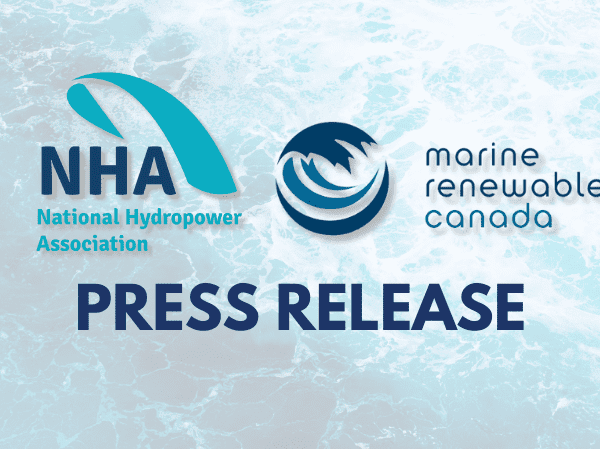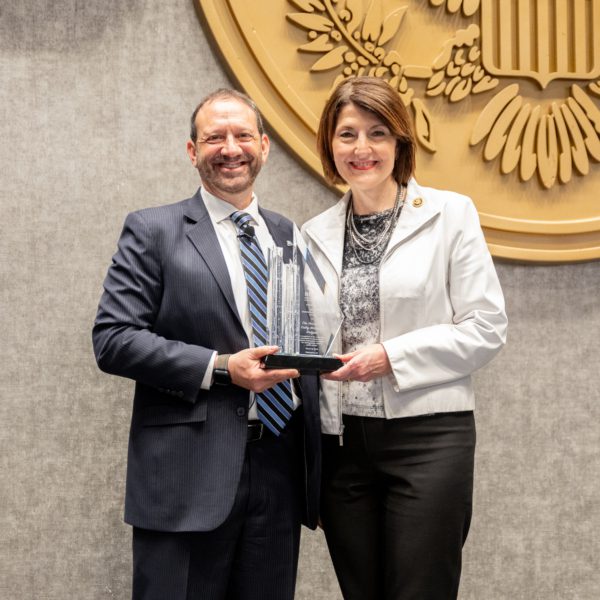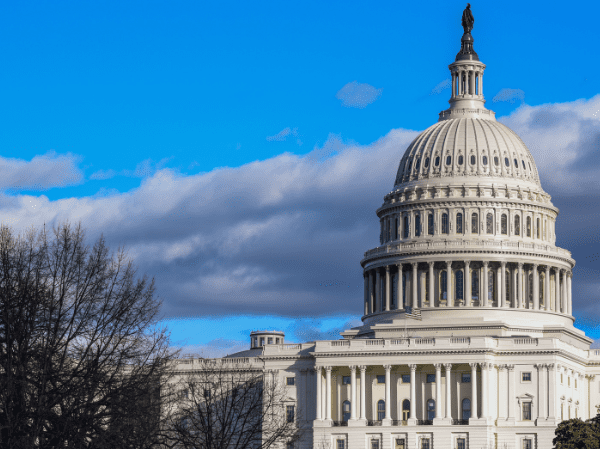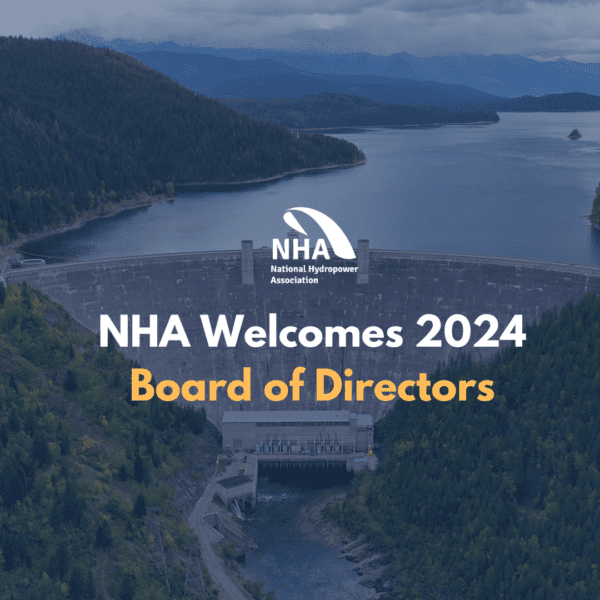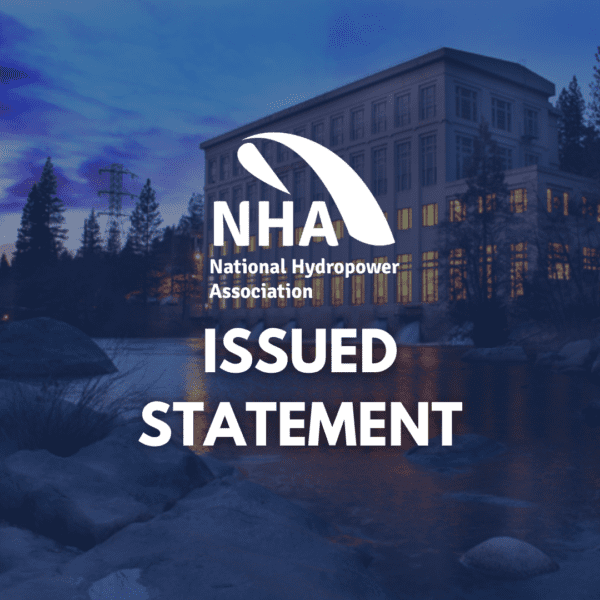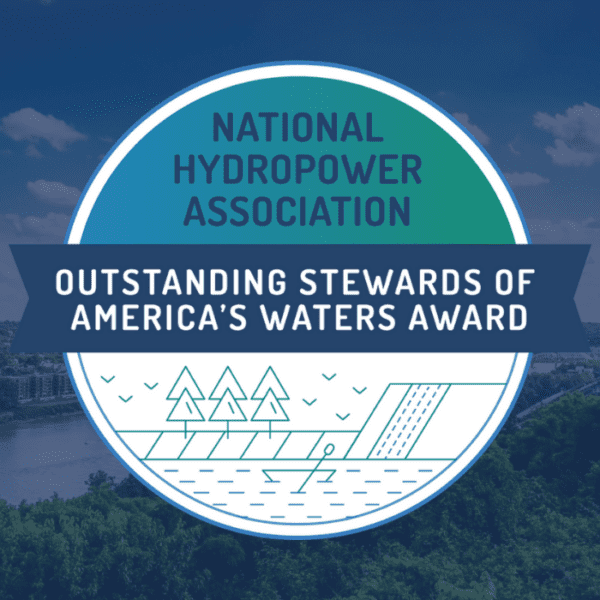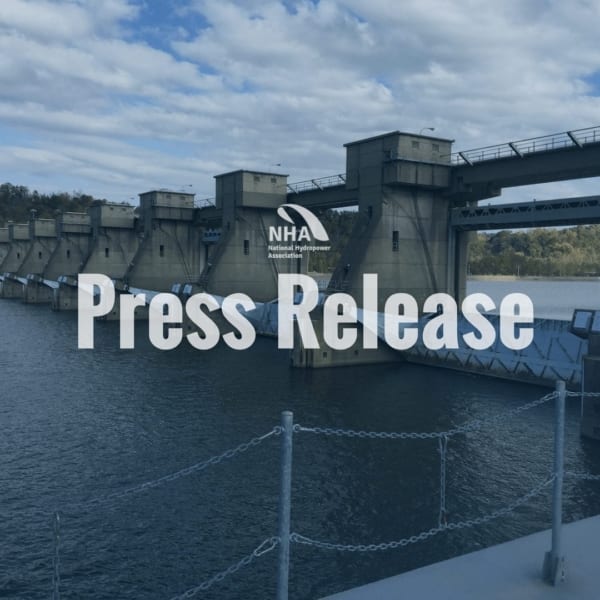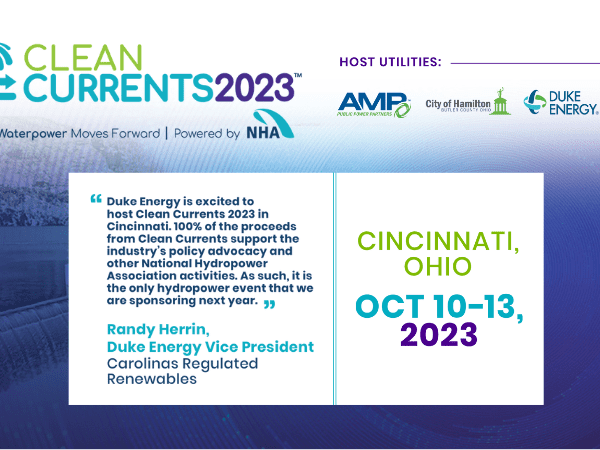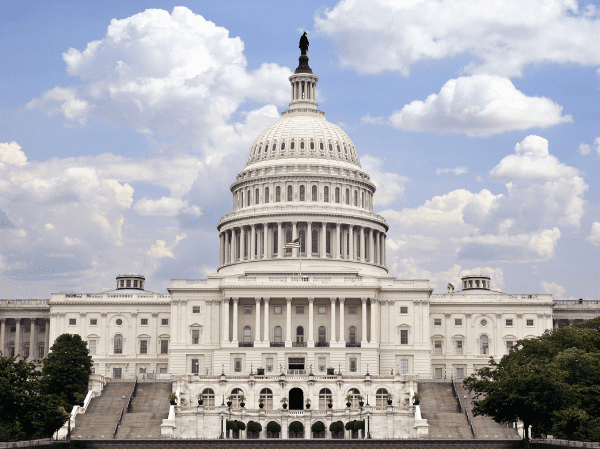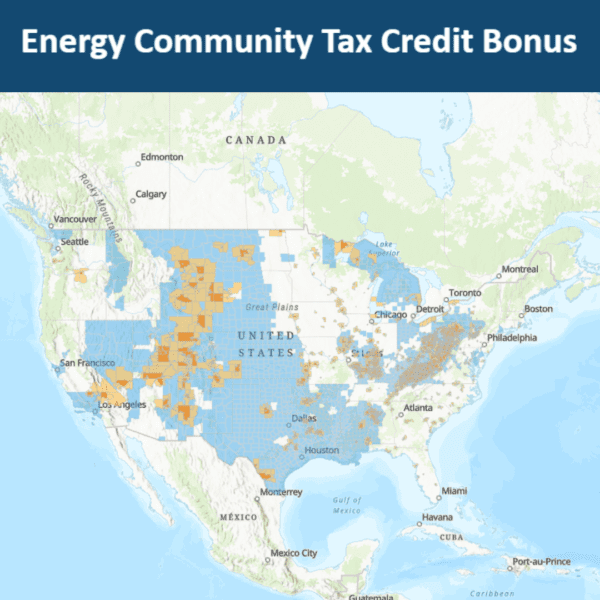The bipartisan Twenty-First Century Dams Act makes a $25.8 billion investment in enhancing the safety, grid resilience benefits, and power generating capacity of America’s existing dams while also providing historic funding to remove dams that are no longer necessary.
Specifically, it will:
- Improve Public Safety: Invests in state dam safety capabilities, expands grant funding for the rehabilitation of existing dams, and makes available low-interest loans to rehabilitate non-federal dams.
- Enhance Clean Energy Production and Grid Resilience: Creates a 30% investment tax credit at qualifying dams for safety, environmental improvements, grid flexibility, and dam removals, and invests in existing federal dams to improve their safety and renewable energy generating capacity.
- Restore River Ecosystems: Authorizes an interagency and stakeholder advisory committee to help administer a public source of climate resilience and conservation funding to reconnect 10,000 miles of rivers through the removal of 1,000 dams with owner consent.
The bill was introduced by Rep. Annie Kuster (NH-02), a member of the House Energy and Commerce Committee, who was joined by Representatives Don Young (AK-AL), Kim Schrier M.D. (WA-08), Julia Brownley (CA-26), Jared Huffman (CA-02), Debbie Dingell (MI-12), Emanuel Cleaver (MO-05), Nanette Diaz Barragán (CA-44), Bonnie Watson Coleman (NJ-12). Sen. Dianne Feinstein (D-CA) has introduced companion legislation in the Senate.
The bill is supported by the following organizations: American Rivers * National Hydropower Association * Association of State Dam Safety Officials * Hydropower Reform Coalition *American Whitewater * American Society of Civil Engineers * World Wildlife Fund * Low Impact Hydropower Institute * The Nature Conservancy
This legislation builds on
the negotiations and lessons learned from Stanford University’s
Uncommon Dialogue and puts them into action to ensure dams are safe for our communities and designed and operated to meet the climate, economic, and environmental needs of the 21st century.
Bill Support from Twenty-First Century Dams Act
Press Release:
“We have the opportunity to build stronger, more resilient water infrastructure and hydropower systems in the United States, and the Twenty-First Century Dams Act advances an innovative plan to rehabilitate, retrofit, or remove U.S. dams (the 3Rs) to bolster clean energy production while taking steps to conserve our waterways for generations to come,” said Rep. Kuster. “It is rare to see such coordination and unified problem-solving from across industries, and I am proud to introduce this legislation in the House to enhance America’s clean energy production and the health of our nation’s rivers.”
“The state of Alaska has tremendous hydroelectric potential, and through it, we can provide our rural and remote communities with reliable, renewable energy,” said Congressman Don Young. “Unfortunately, our state is home to dams in urgent need of repair and retrofitting, in addition to dams that need to be removed outright. Today, I am proud to join Congresswoman Annie Kuster as we introduce the Twenty-First Century Dams Act, which will make significant investments to achieve these goals. I have long supported utilizing Alaska’s vast hydropower capabilities, and was proud to support projects such as the Terror Lake Hydroelectric Plant and the Swan Lake Hydroelectric Project. Our bill will help us truly unleash Alaska’s hydro momentum so that we can not only diversify our energy portfolio, but secure clean, affordable energy for future generations. I call on my friends on both sides of the aisle and in both chambers of Congress to help us get the Twenty-First Century Dams Act across the finish line.”
“The Twenty-First Century Dams Act is a critical step in efforts to modernize our nation’s dams and hydropower systems,” said Senator Feinstein. “The bill includes significant investments to increase the safety and power generation of our dams, a particularly important issue for California. Hydropower generation is a critical part of a comprehensive climate strategy to mitigate U.S. carbon emissions, a complement to increasing solar and wind generation. The bill will also allow for the removal of unnecessary dams and the restoration of river ecosystems. We know all too well in California that we must invest in our water infrastructure, and modernizing dams and hydropower is a big step in that direction.”
“Hydropower’s existing fleet plays a significant role in America’s clean energy infrastructure, and will play a critical role in achieving President Biden’s goal of a zero-carbon electricity grid,” said Malcolm Woolf, CEO & President of the National Hydropower Association. “With the right tools, we can optimize generation efficiency and output, make environmental enhancements, and bolster dam safety – outcomes that will lead to more clean energy and healthier rivers. The hydropower industry, along with the river and climate communities, have found common ground to address the nation’s 90,000 dams, and we applaud Rep. Kuster, Rep. Young, and Senator Feinstein for leading a once-in-a-generation opportunity to improve the performance of the existing hydropower fleet.”
“The major agreement we brokered last October between the U.S. hydropower industry and environmental community has led to an exciting opportunity to address climate change and the health of our nation’s rivers through the “3Rs” — rehabilitating some of the nation’s 90,000 dams for safety, retrofitting some for power, and removing some for conservation,” said Dan Reicher, Former U.S. Assistant Secretary of Energy, Senior Scholar at the Stanford Woods Institute, and Founding Executive Director, Stanford Steyer-Taylor Center for Energy Policy and Finance. “The 3Rs legislation being introduced in both the House and Senate will help seize this terrific opportunity, with great upside for people and the planet.”
“Healthy, free-flowing rivers are essential to our future as we face the challenges of climate change. Investing in dam removal and river restoration will revitalize ecosystem health, improve public safety and strengthen communities,” said Tom Kiernan, President, American Rivers. “We applaud Rep. Kuster, Rep. Young, and Senator Feinstein for recognizing the need to improve the safety and management of dams, and for prioritizing healthy rivers. We urge Congress to enact all of the elements of this important bipartisan package together.”
“The Twenty-First Century Dams Act addresses our nation’s more than 90,000 dams targeting investments to ensure they are safe for our communities and can meet the energy and environmental needs of the 21st century. The Act also supports a historic investment to restore at least 10,000 miles of free-flowing rivers, emphasizing the critical role healthy freshwater ecosystems play in allowing people and nature to adapt to a changing climate,” said Tara Moberg, Global Freshwater Advisor for The Nature Conservancy. “Taken as a comprehensive package, these are critical and timely infrastructure investments, and we’re grateful for the leadership of Rep. Kuster, Rep. Young, Senator Feinstein and all of the original co-sponsors to make sure they are on the table.”
“The Twenty-First Century Dams Act is an important step for our freshwater ecosystems,” said Jeff Opperman, Global Freshwater Lead Scientist, WWF. “This legislation would make critical investments in river restoration while contributing to solving the climate crisis and moving us further down the road toward smart infrastructure. These benefits will be seen across the US, and also serve as a model for how communities around the world can craft solutions to find a better balance between river systems and water management infrastructure.”
“We have no doubt that the goals of this landmark proposal are achievable,” said Shannon Ames, Executive Director of the Low Impact Hydropower Institute. “Environmental and safety investments in dams have fallen behind where they haven’t been specifically incentivized or valued by the marketplace or regulatory policy. This bill will go a long way to closing the gap between what we have and what we need for more adaptable, responsive, safe, and protected river systems.”
“Deficient and unregulated dams pose a public-safety threat to thousands of U.S. citizens, their property, and the environment,” said Lori Spragens, executive director of the Association of State Dam Safety Officials. “Recent dam failures and incidents show the urgent need for stronger state and federal dam safety programs and policies to ensure the safety of communities living near dams. ASDSO applauds Representative Kuster and Representative Young for introducing legislation to address this public safety need.”
“ASCE fully supports increased investments in our nation’s dams, which are largely overlooked when infrastructure needs are addressed,” said Jean-Louis Briaud, Ph.D., P.E. “Chronic lack of investment in the nation’s 91,000 dams has led to the sector receiving a ‘D’ grade in the 2021 ASCE Report Card for America’s Infrastructure, as more than 2,300 high-hazard dams are now considered deficient. By prioritizing dams, including the National Dam Safety Program and the High Hazard Potential Dam Rehabilitation Program, we can help keep communities safe and protect the environment.”
“Our nation’s hydropower fleet developed over the last century and it is past time to take a critical look at the future of this energy source. Some projects where environmental and social justice impacts outweigh societal benefits are candidates for removal, while others would benefit from investments to address deferred maintenance and provide environmental upgrades,” said Thomas O’Keefe, Chair, Hydropower Reform Coalition. “We applaud Representative Kuster for her leadership in bringing diverse interests together and recognizing the opportunity to make investments that address safety issues and improve environmental performance and the health of our nation’s rivers.”
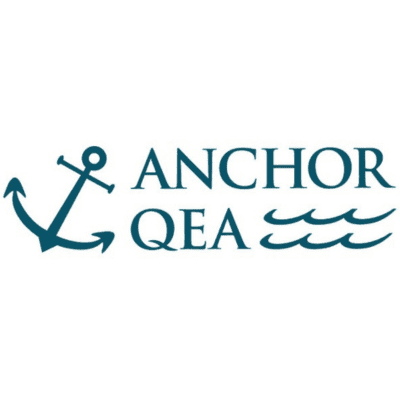
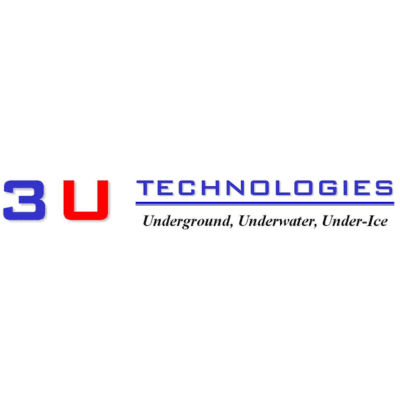
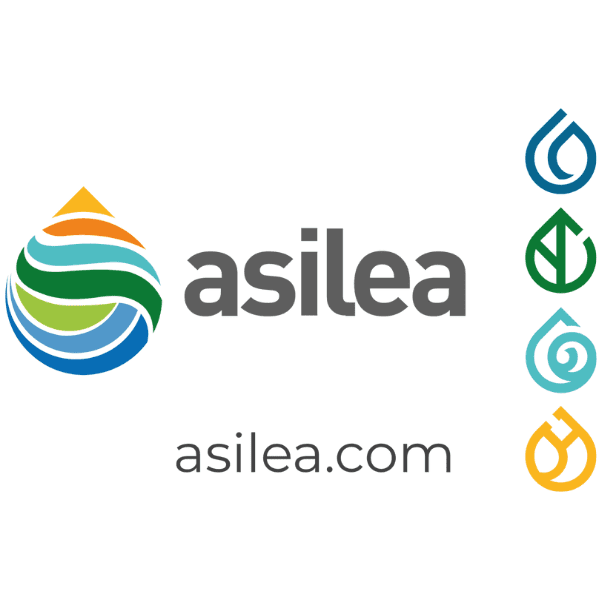
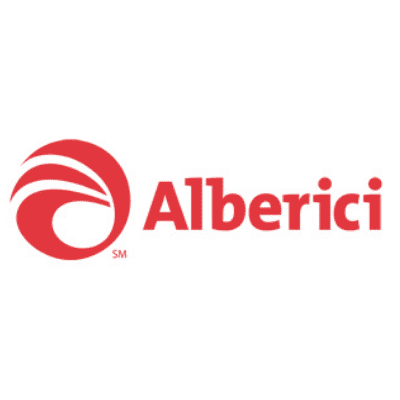
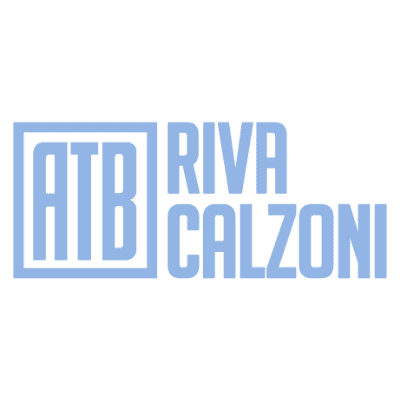

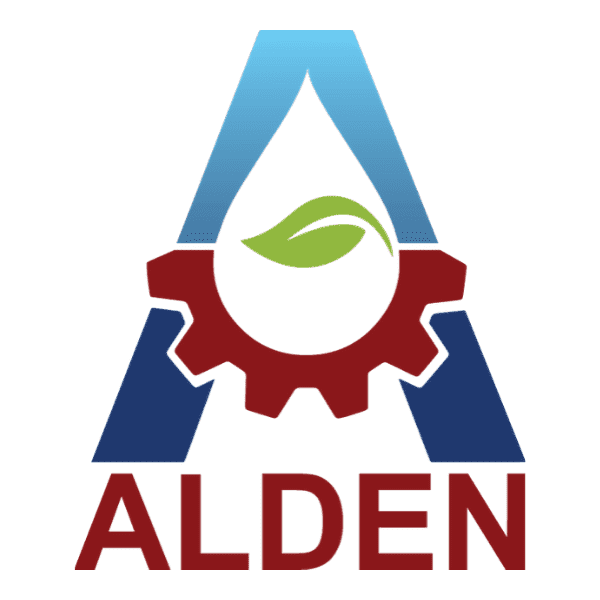



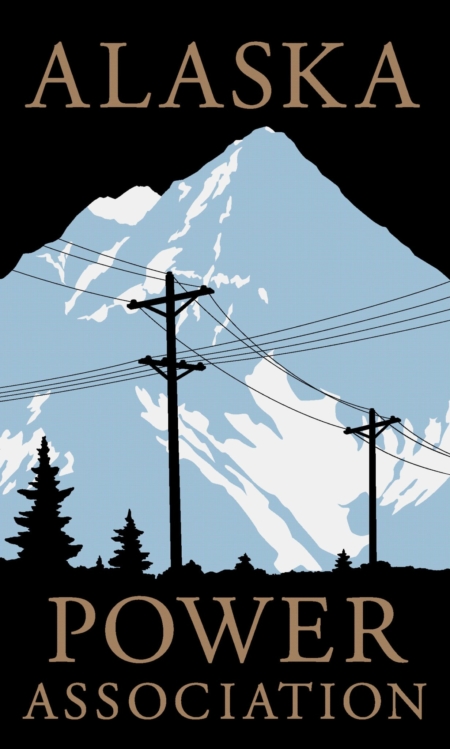
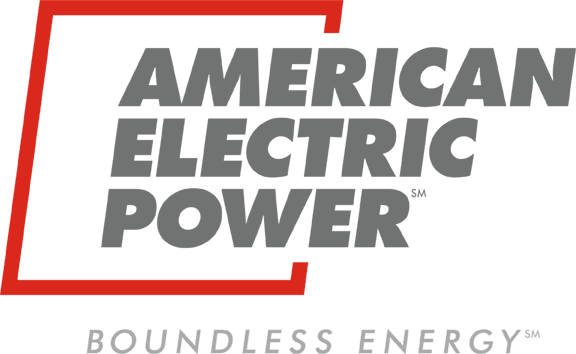
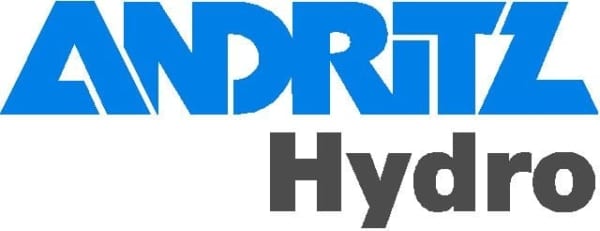

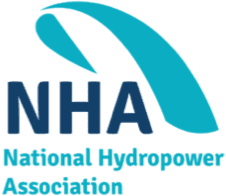
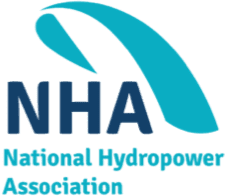
 Member
Member 

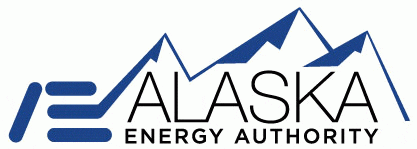

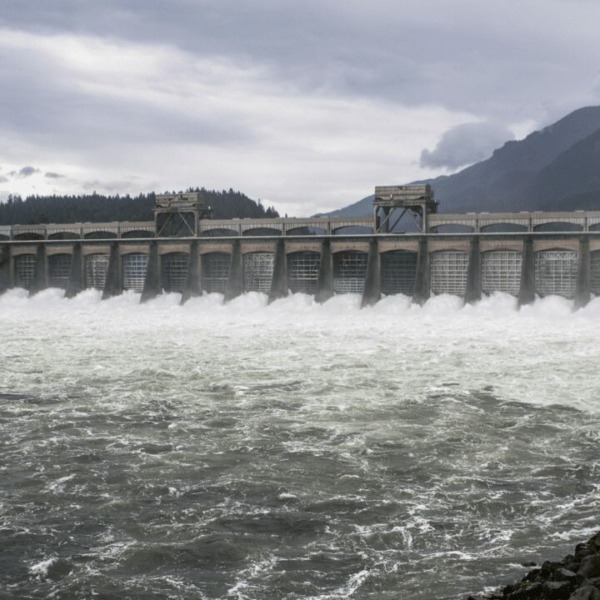



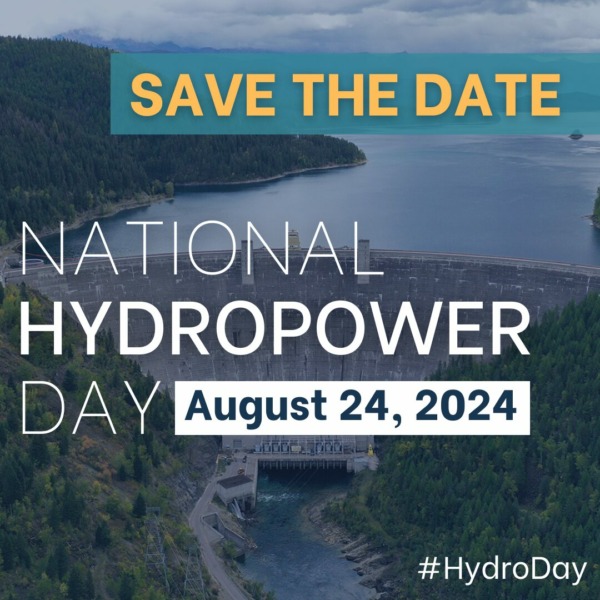

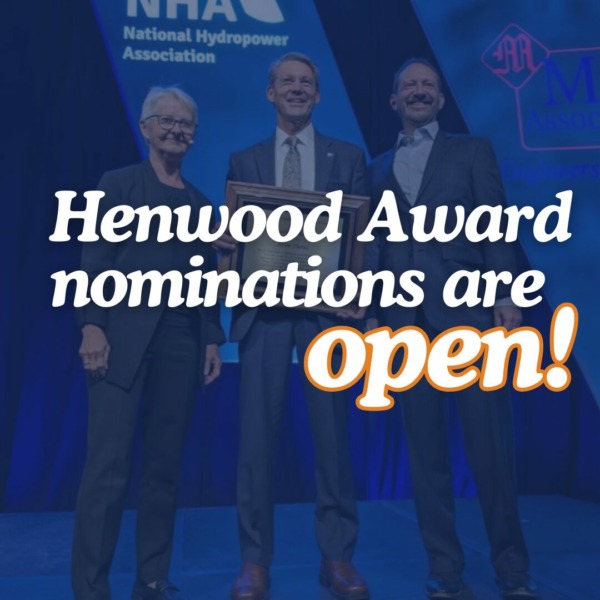
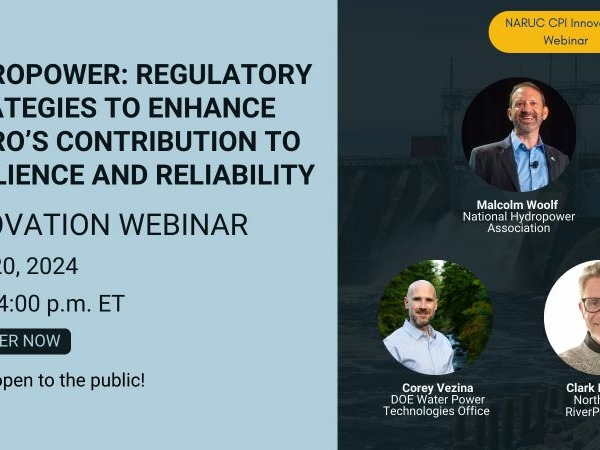
 Press Releases
Press Releases 


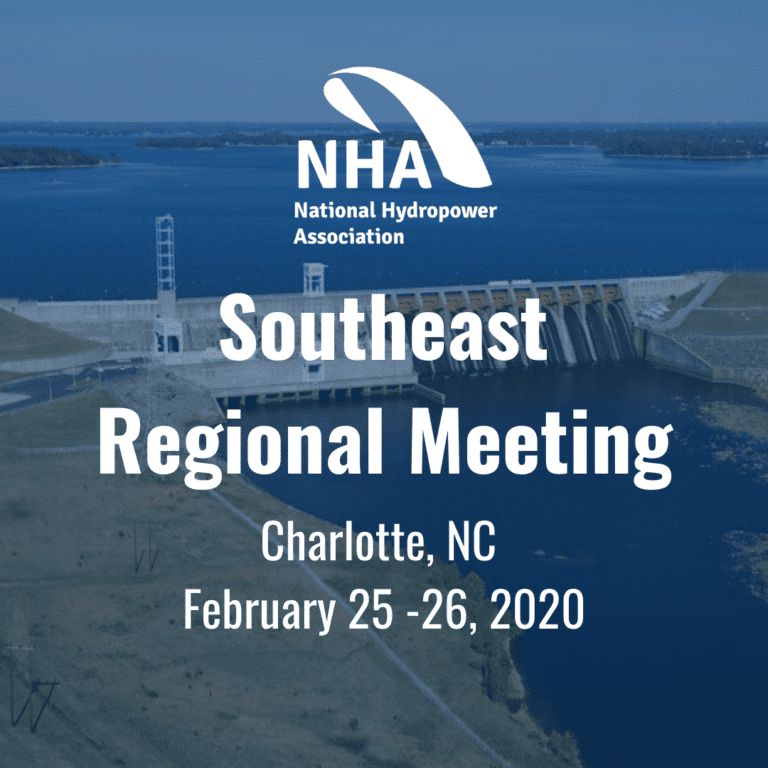


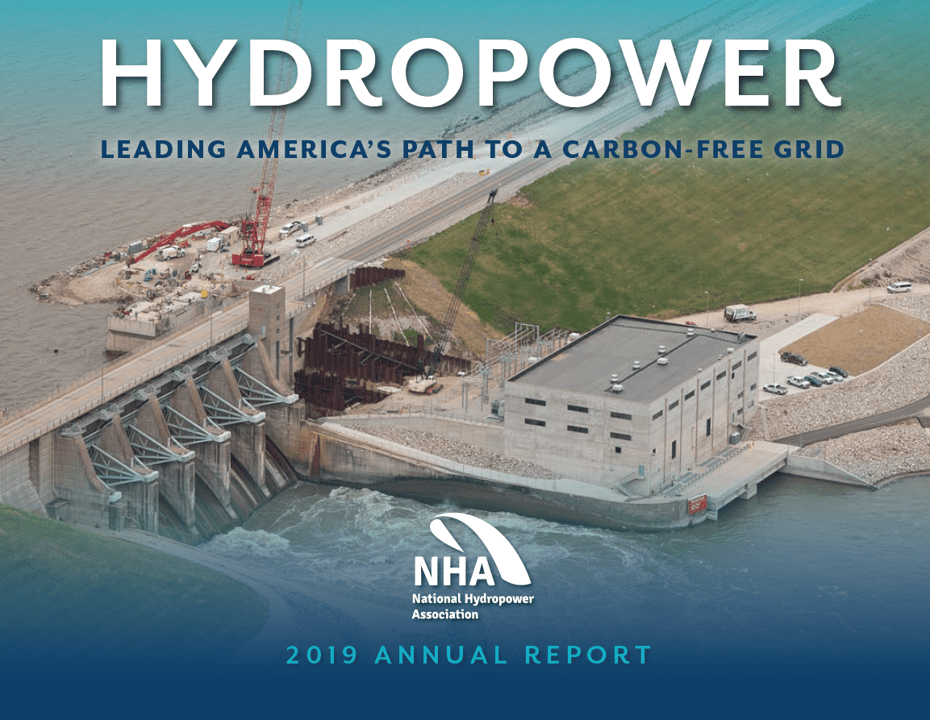


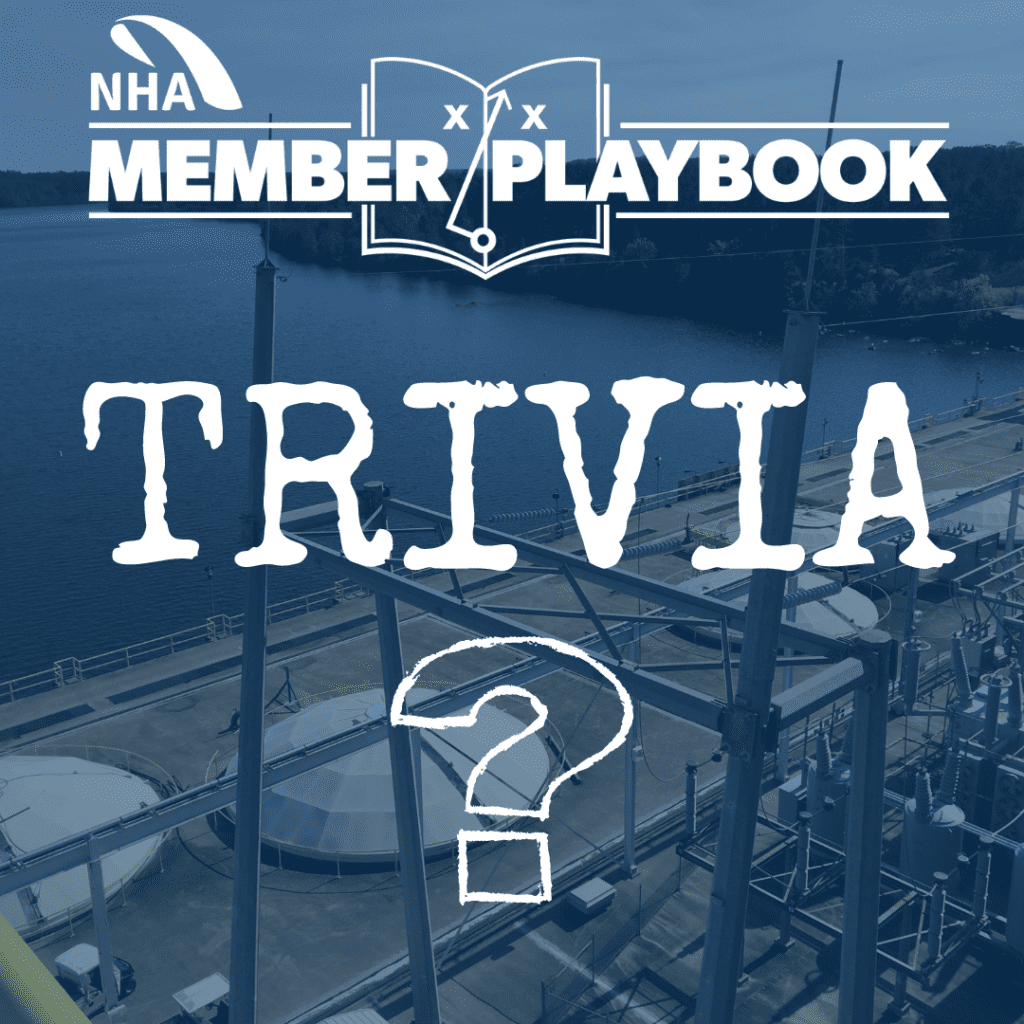

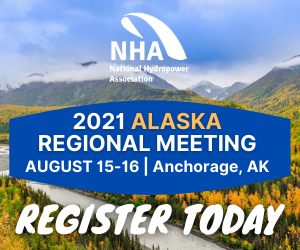

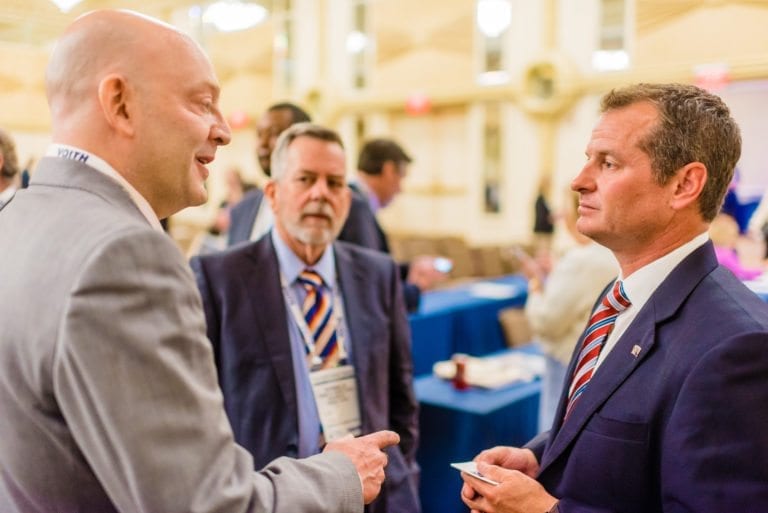

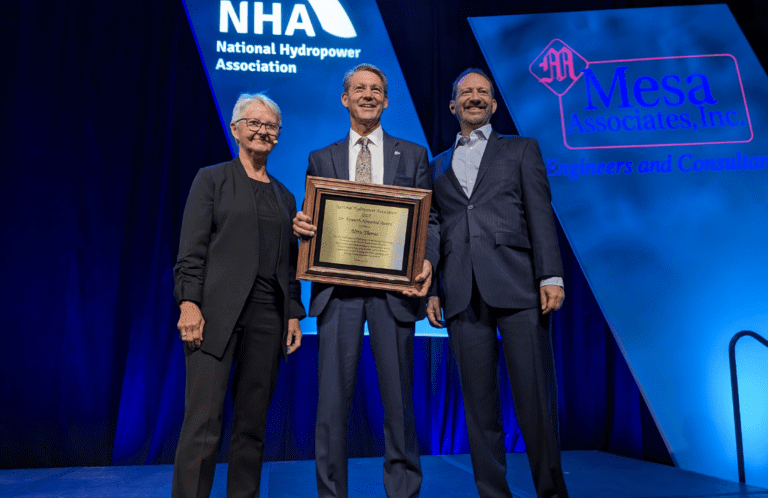
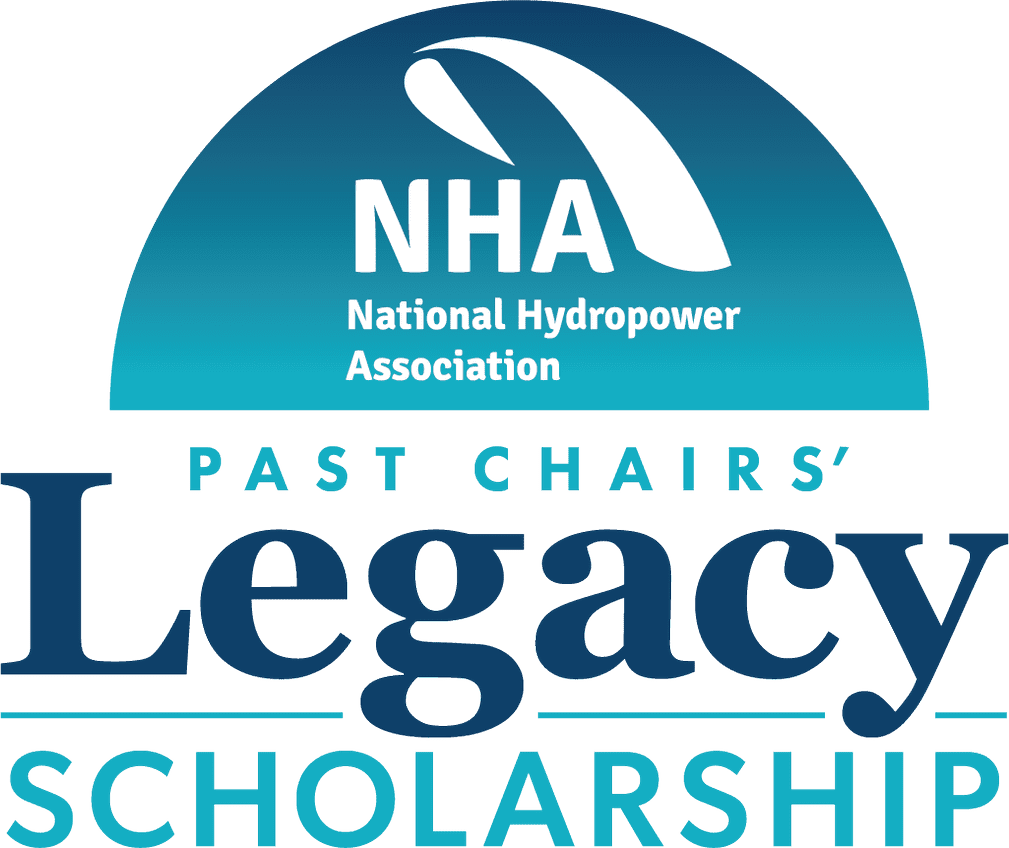




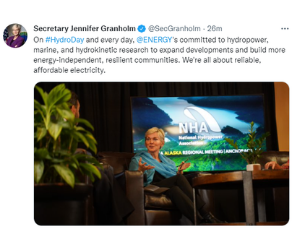
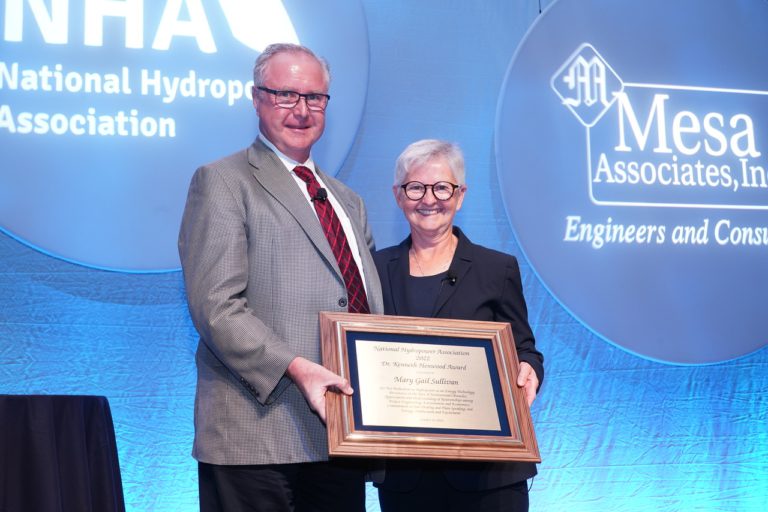
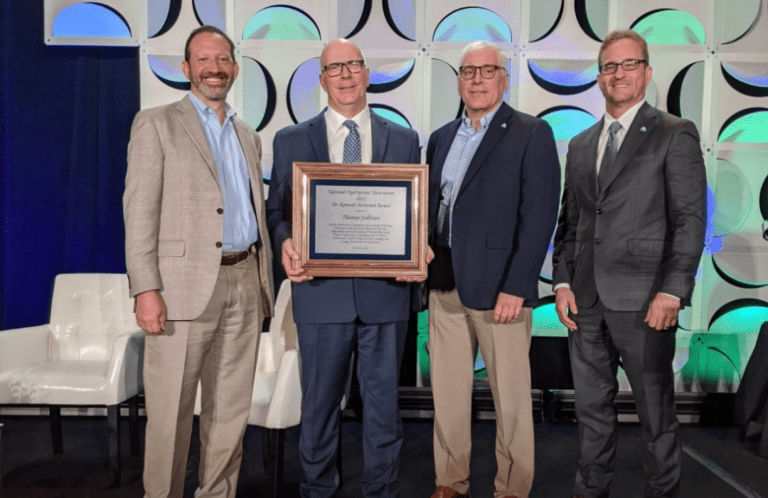
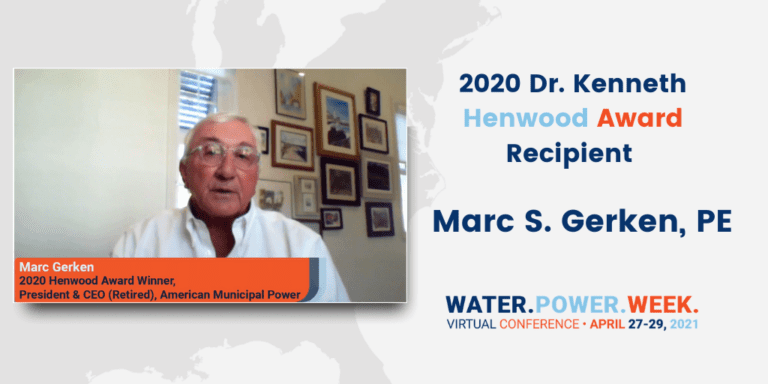
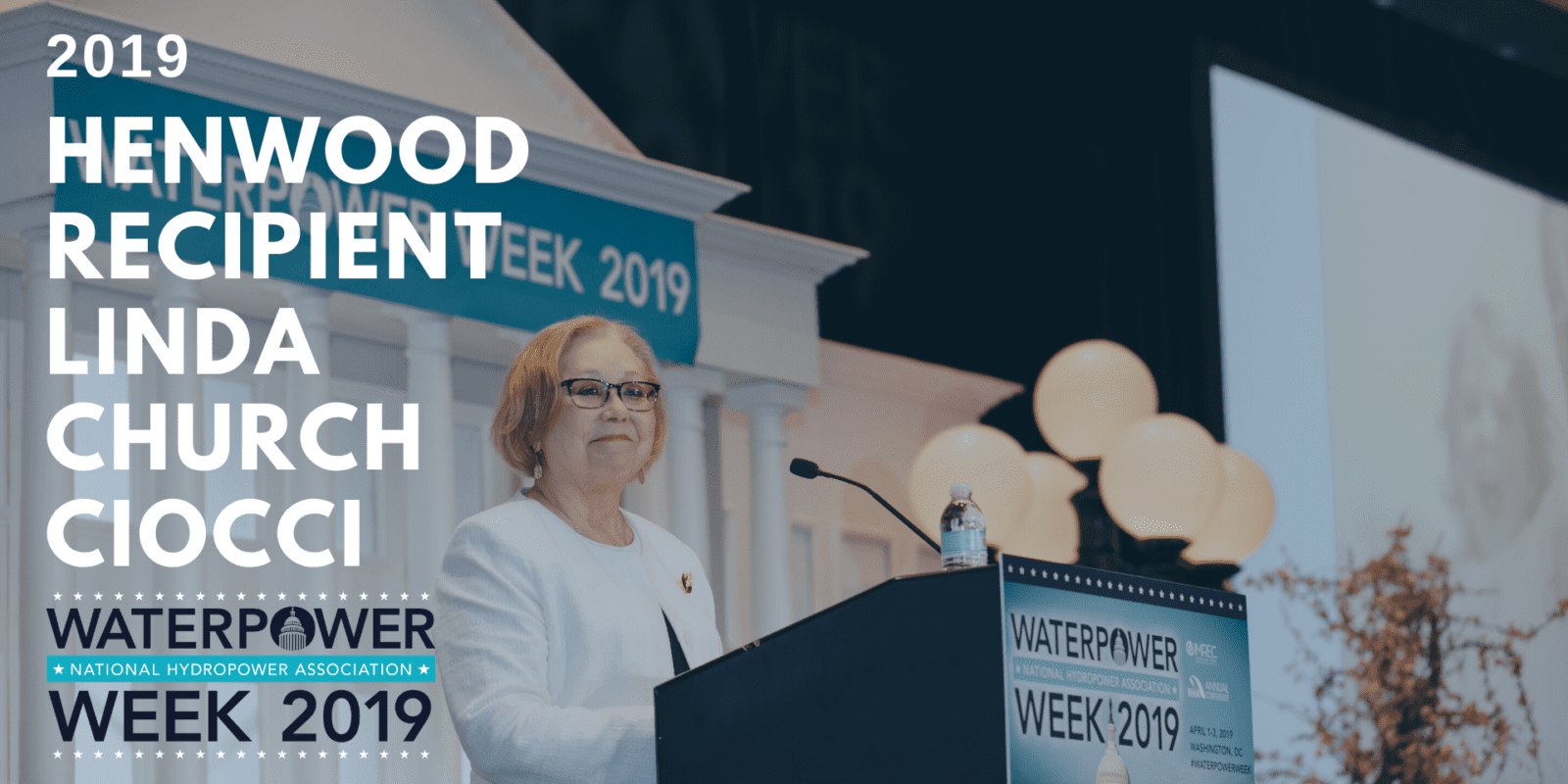


 Ocean Renewable Power Company successfully deployed the RivGen® Power System, a submersible hydrokinetic system designed for river and shallow tidal applications. RivGen supplied one-third of the power for the remote Alaskan village of Igiugig – demonstrating the viability of the marine energy technology for rural communities worldwide.
Ocean Renewable Power Company successfully deployed the RivGen® Power System, a submersible hydrokinetic system designed for river and shallow tidal applications. RivGen supplied one-third of the power for the remote Alaskan village of Igiugig – demonstrating the viability of the marine energy technology for rural communities worldwide.
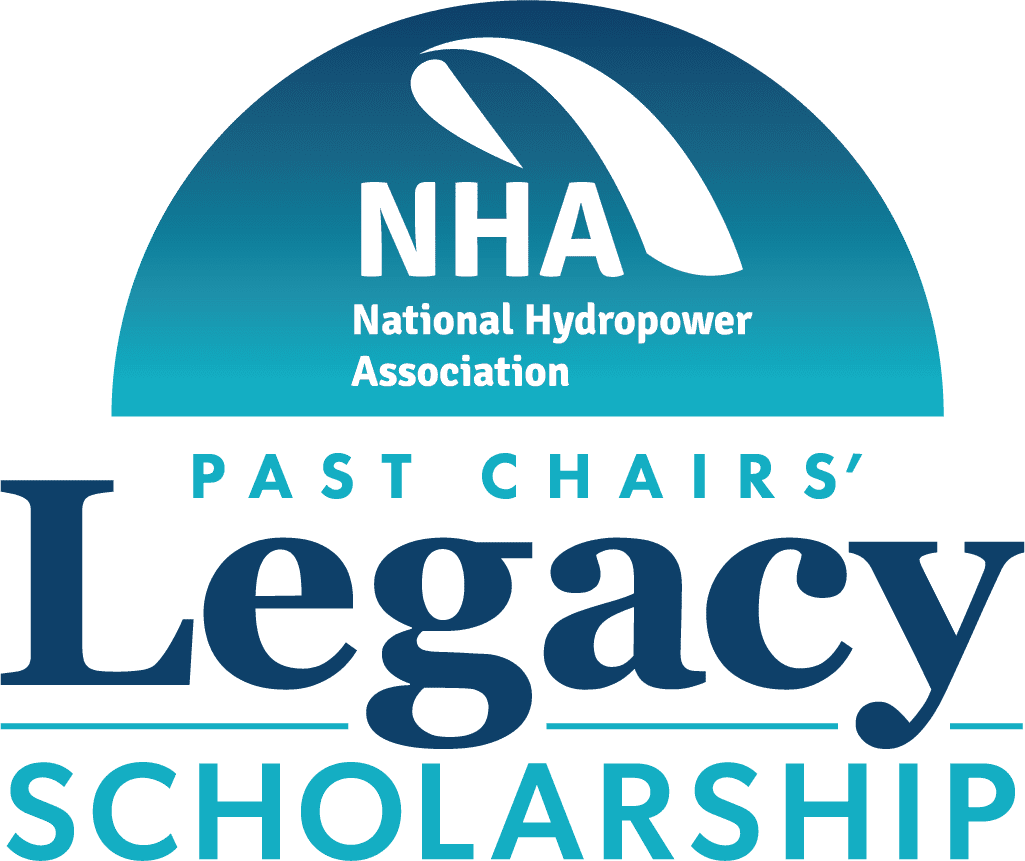
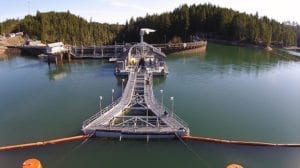 The entire collector, including the nets and Net Transition Structure, has to be able to rise and fall, withstand epic storm conditions, collect fish within the entire reservoir operating range and allow employees to safely get on and off. The collector puts a 150,000-pound load on the dam through the connection during extreme storm events.
Engineers built a space-age structural connection that includes a cutting-edge, shock-absorbing connector to anchor the aft end of the collector. This connection allows for the FSC to roll, pitch, move up and down freely, and compress if needed.
The entire collector, including the nets and Net Transition Structure, has to be able to rise and fall, withstand epic storm conditions, collect fish within the entire reservoir operating range and allow employees to safely get on and off. The collector puts a 150,000-pound load on the dam through the connection during extreme storm events.
Engineers built a space-age structural connection that includes a cutting-edge, shock-absorbing connector to anchor the aft end of the collector. This connection allows for the FSC to roll, pitch, move up and down freely, and compress if needed.

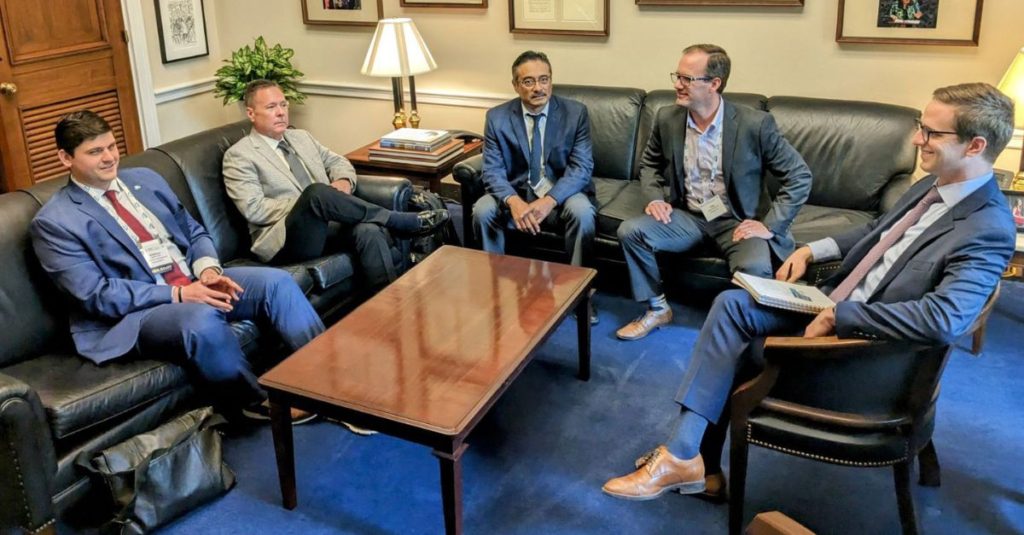
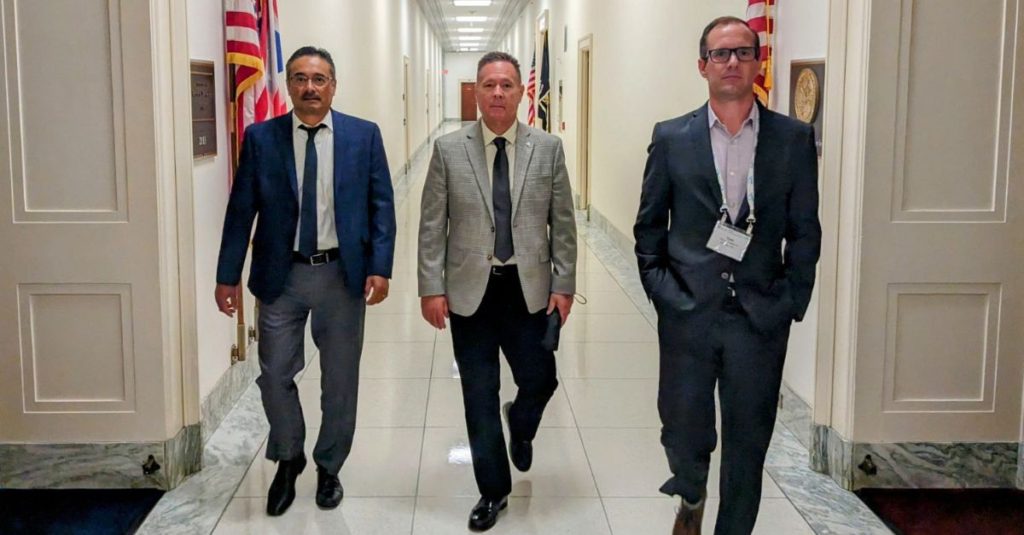
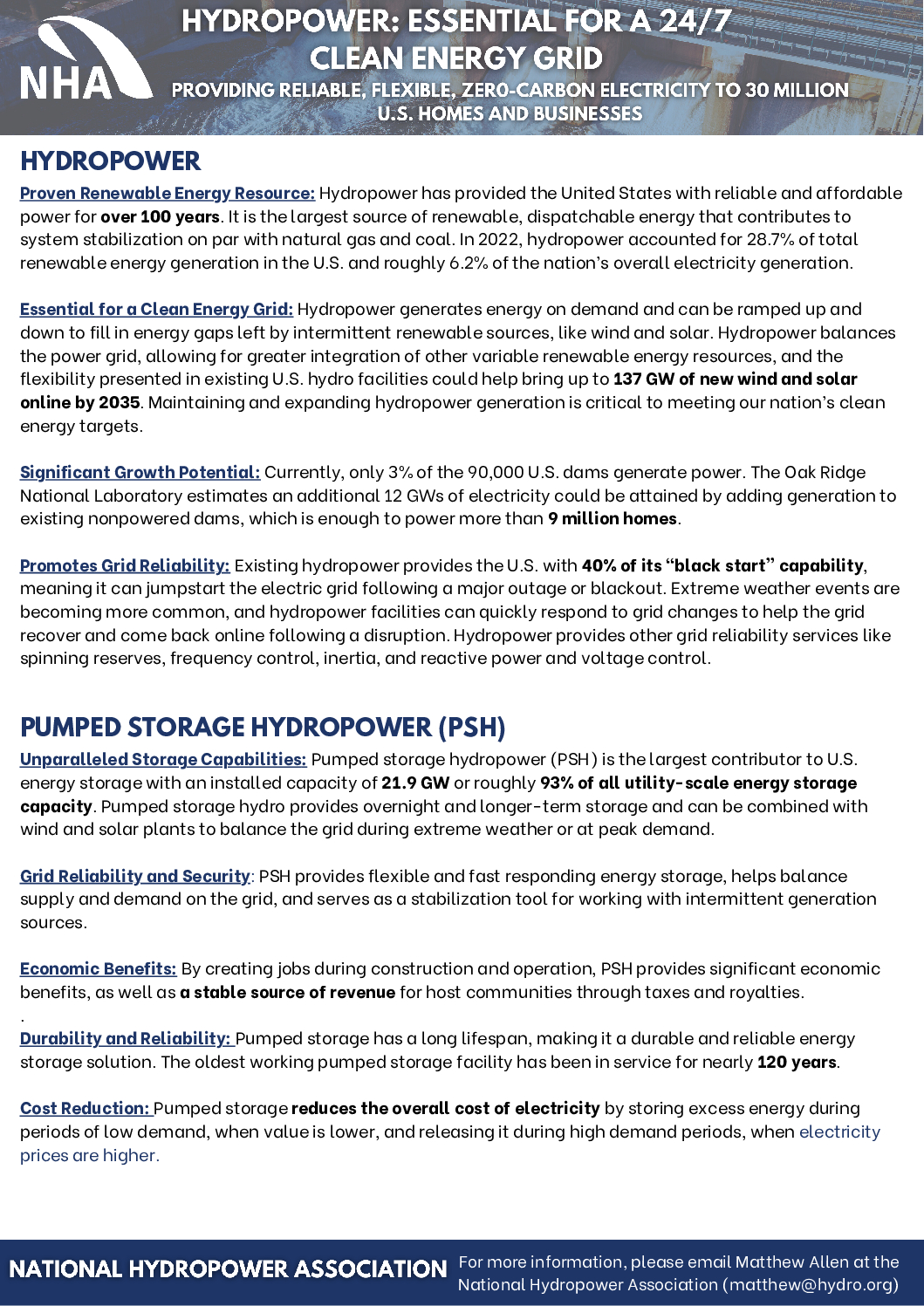

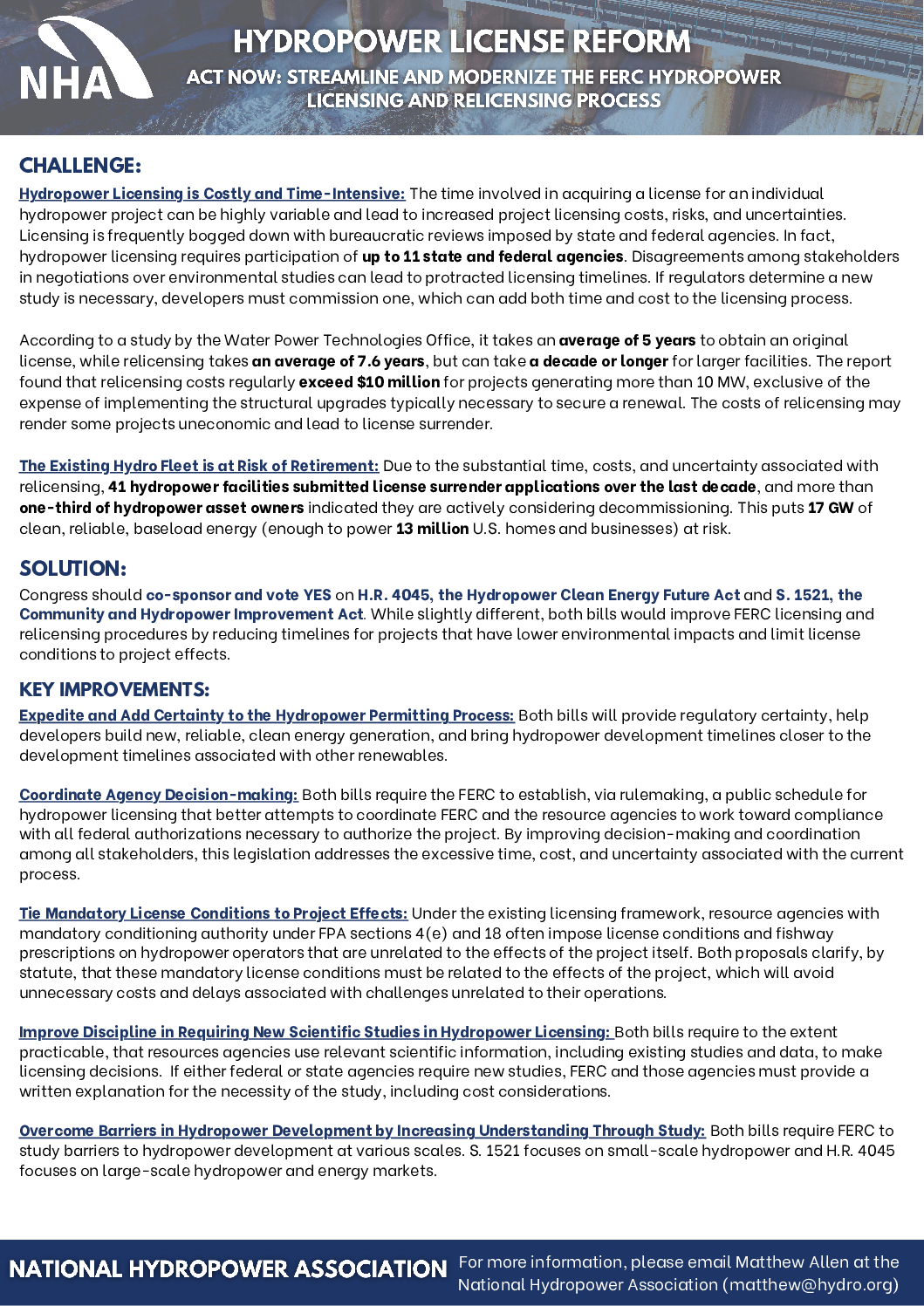
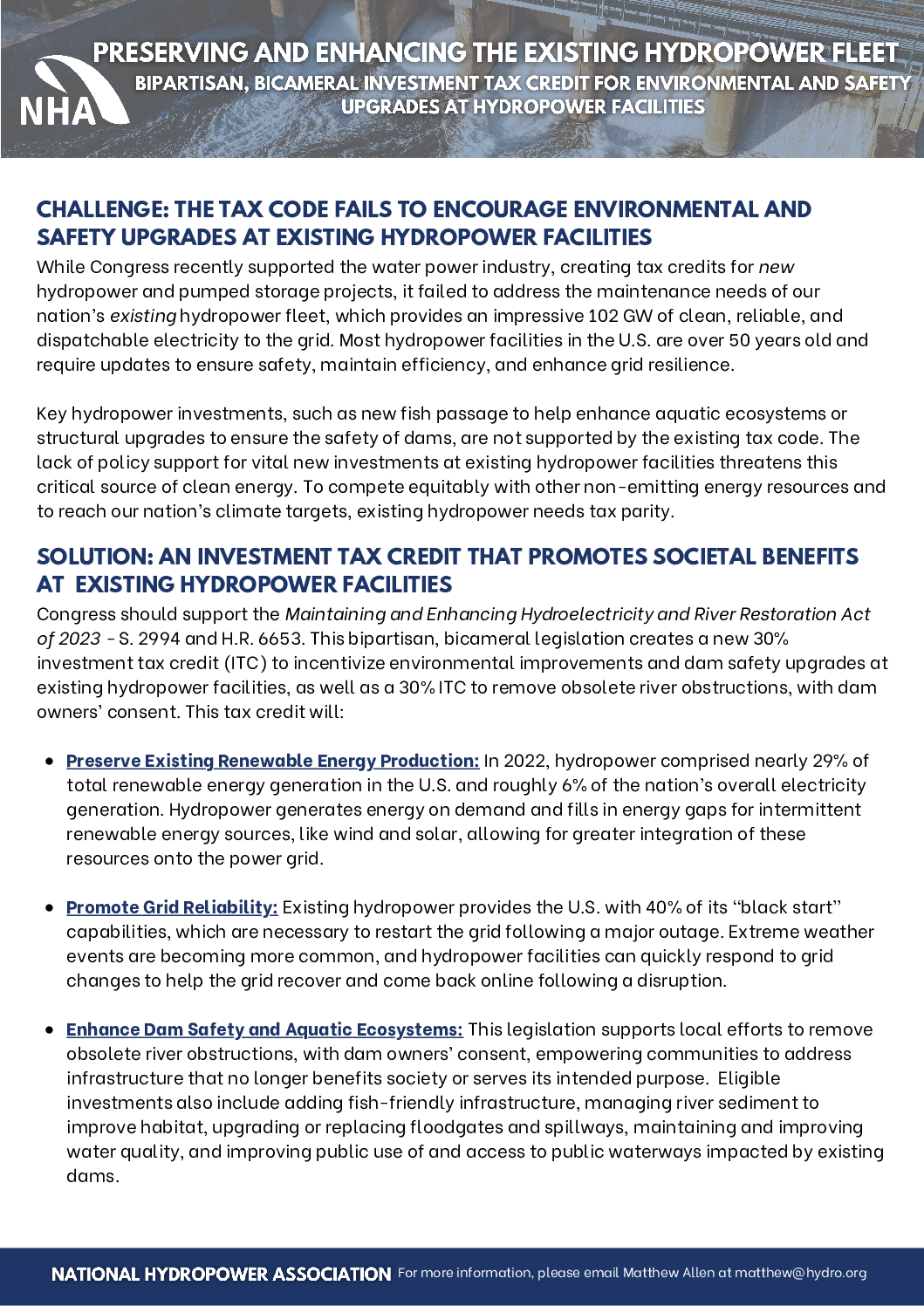
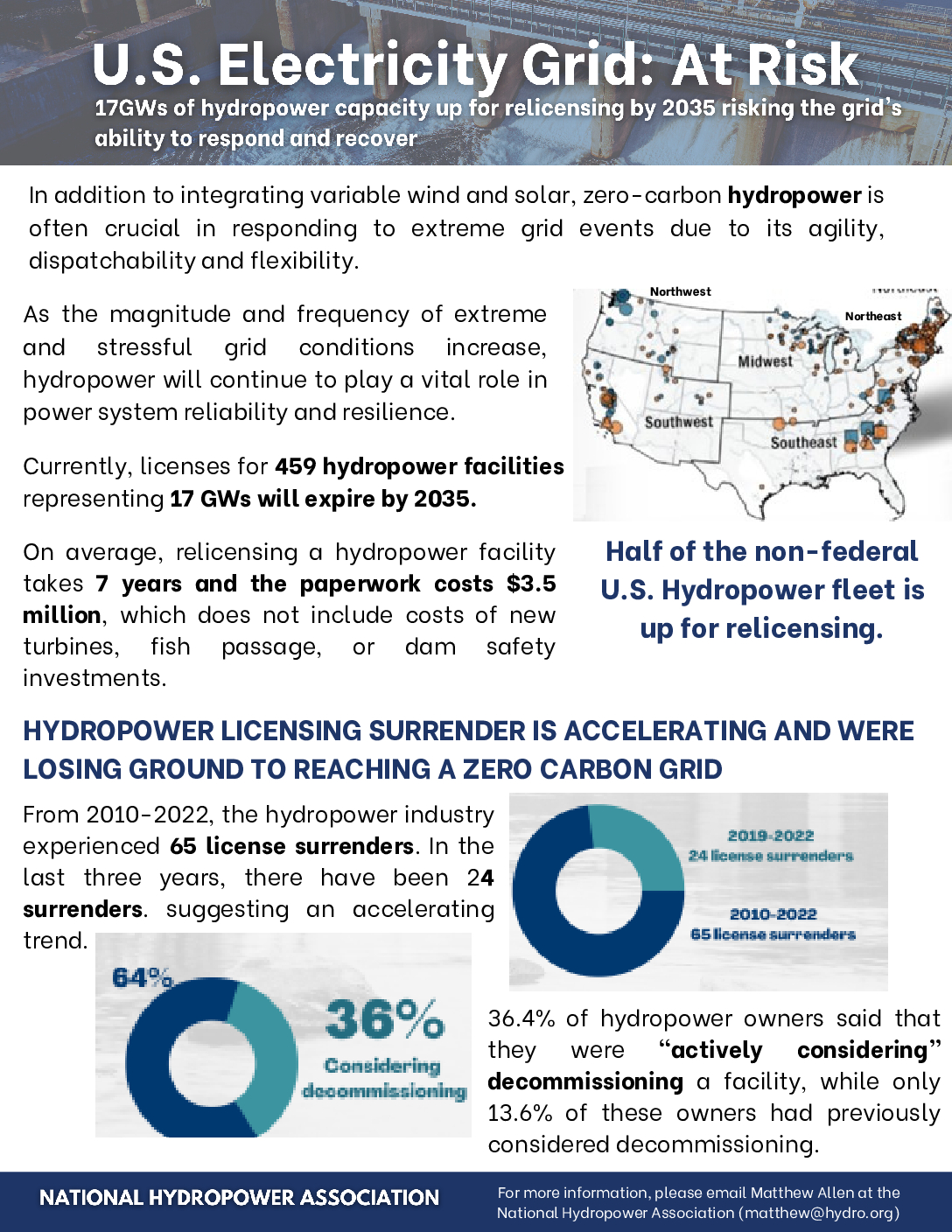
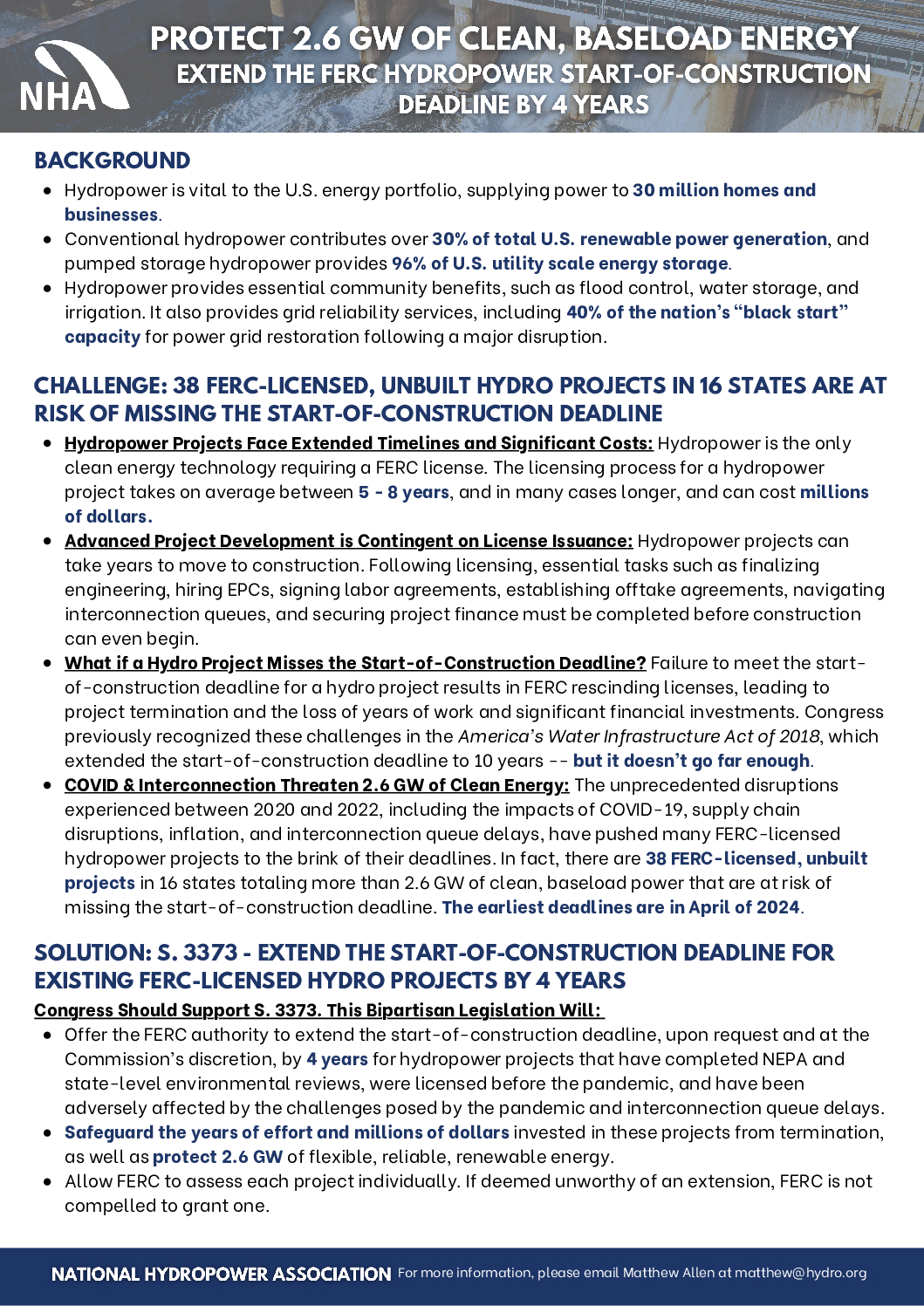
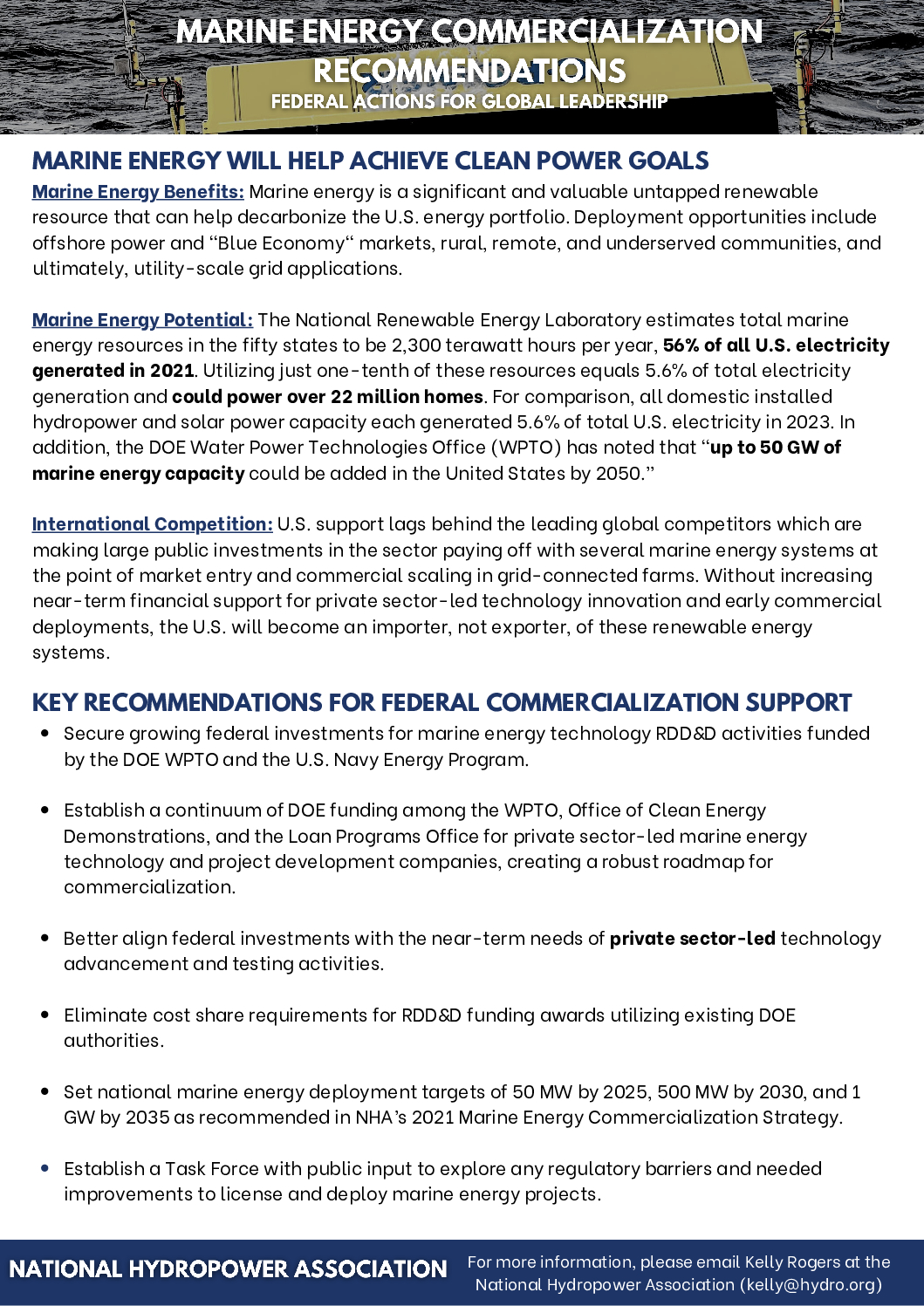
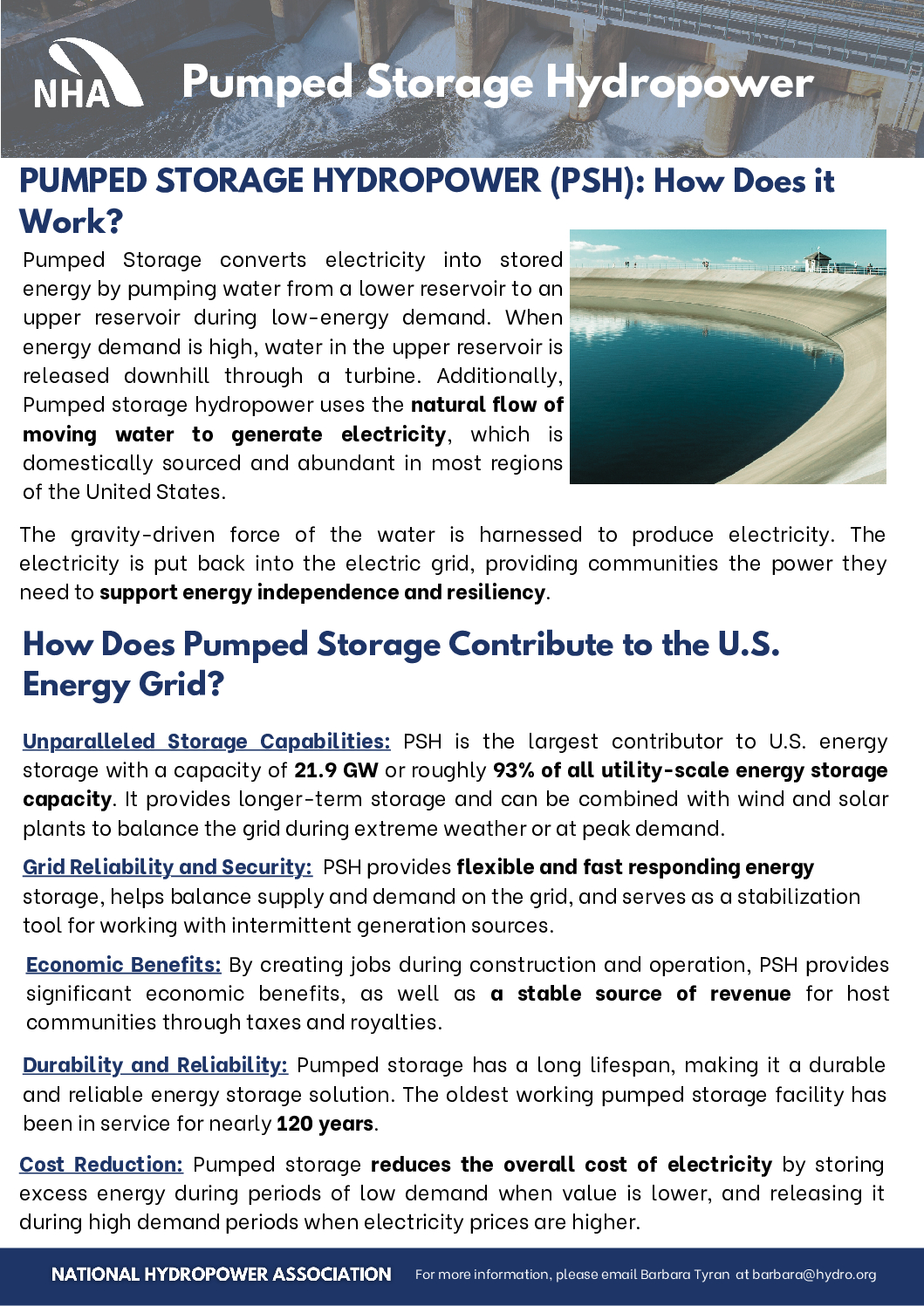

 The Spokane Tribal Gathering Place, previously a parking lot, connects the newly transformed Huntington Park to the City of Spokane’s Riverfront Park, allowing the public access to the Spokane River Lower Falls for the first time in 100 years. Today, visitors can access the Lower Falls and along the way experience interpretive signs, sculptures, and artifacts that depict the area’s history, including Native American, European American and hydroelectric development.
The Spokane Tribal Gathering Place, previously a parking lot, connects the newly transformed Huntington Park to the City of Spokane’s Riverfront Park, allowing the public access to the Spokane River Lower Falls for the first time in 100 years. Today, visitors can access the Lower Falls and along the way experience interpretive signs, sculptures, and artifacts that depict the area’s history, including Native American, European American and hydroelectric development.



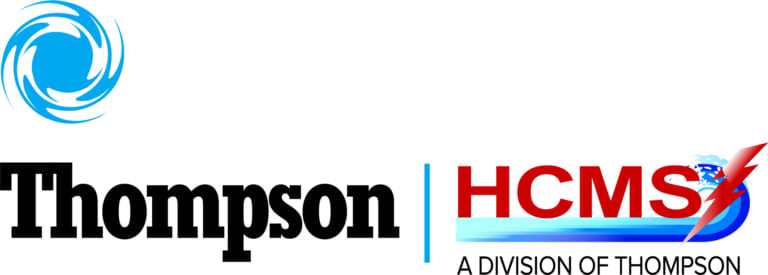



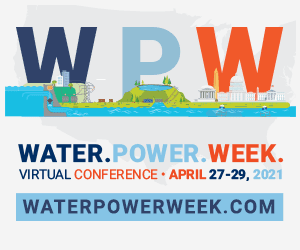
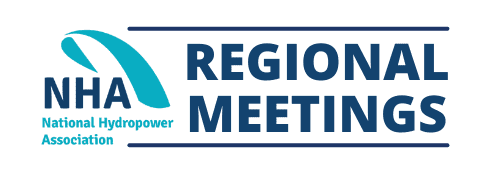




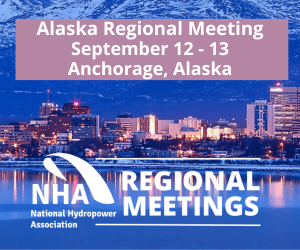


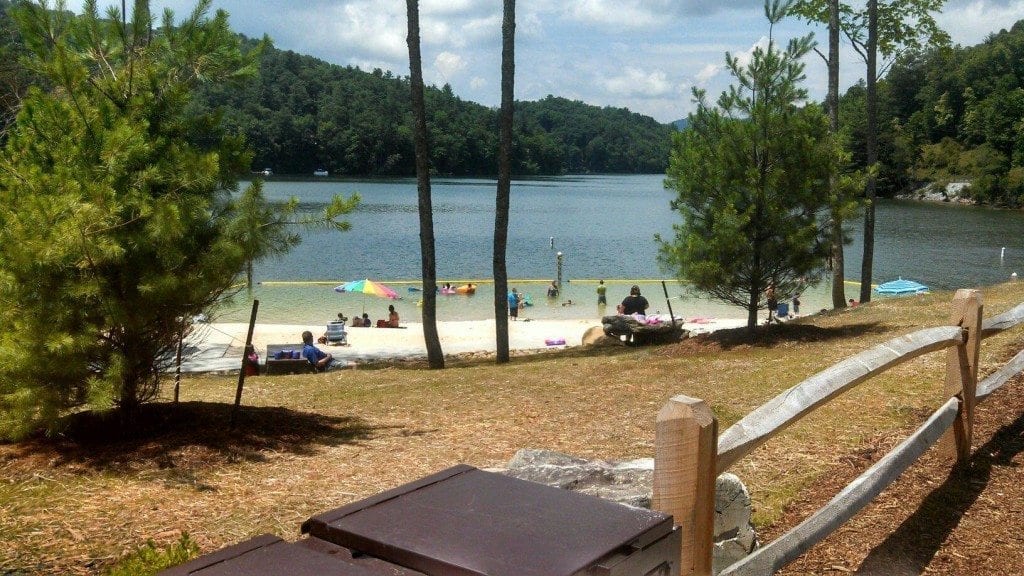 Hydroelectric Project. Visitors now have access to a hiking and whitewater boating access trail, fishing pier, picnic facilities, educational and historical signage, and a swim beach – an engineering marvel, completed with a first-ever design using a concrete cloth material and rock-filled wire gabion baskets.
Hydroelectric Project. Visitors now have access to a hiking and whitewater boating access trail, fishing pier, picnic facilities, educational and historical signage, and a swim beach – an engineering marvel, completed with a first-ever design using a concrete cloth material and rock-filled wire gabion baskets.


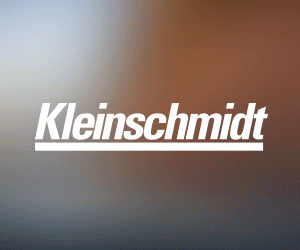
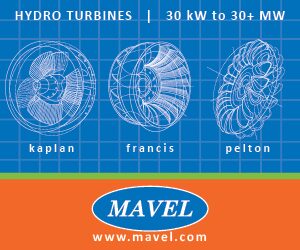

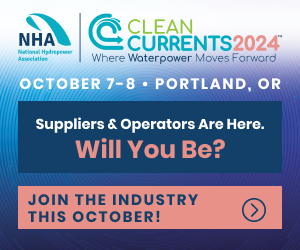



 Operational Excellence (OpEx) Program
Operational Excellence (OpEx) Program
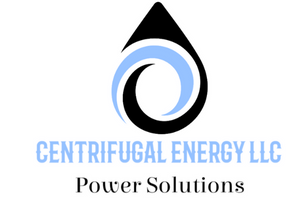
.gif)
 The New York Power Authority (NYPA) has restored two acres of lost fish and wildlife habitat within the middle of the resource-starved Upper Niagara River, with its Frog Island Wetland Habitat Restoration Project, adding a key element that did not exist before: protection against the loss of this restored habitat. To achieve these goals, NYPA overcame especially challenging design and construction considerations, including the inherent high energy river environment, varying water levels, adverse weather conditions, a severely limited construction window, and the presence of the project within surrounding valuable habitat that could not be compromised. This was further complicated by additional competing constraints such as seasonal limitations for fish spawning, visibility to boaters, and the need for a modest appearance. These many variables were addressed with the aid of extensive stakeholder collaboration.
The New York Power Authority (NYPA) has restored two acres of lost fish and wildlife habitat within the middle of the resource-starved Upper Niagara River, with its Frog Island Wetland Habitat Restoration Project, adding a key element that did not exist before: protection against the loss of this restored habitat. To achieve these goals, NYPA overcame especially challenging design and construction considerations, including the inherent high energy river environment, varying water levels, adverse weather conditions, a severely limited construction window, and the presence of the project within surrounding valuable habitat that could not be compromised. This was further complicated by additional competing constraints such as seasonal limitations for fish spawning, visibility to boaters, and the need for a modest appearance. These many variables were addressed with the aid of extensive stakeholder collaboration.




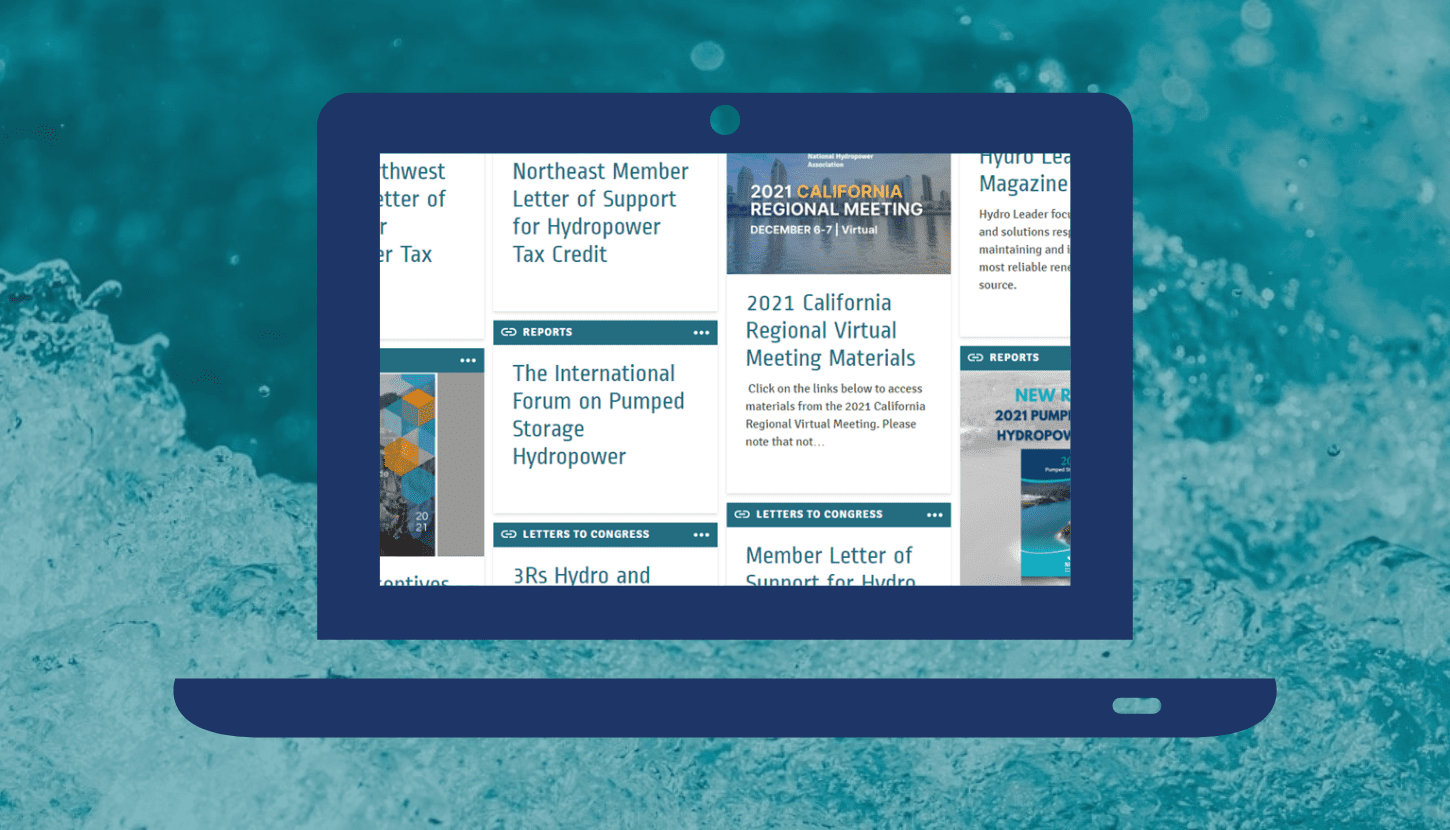
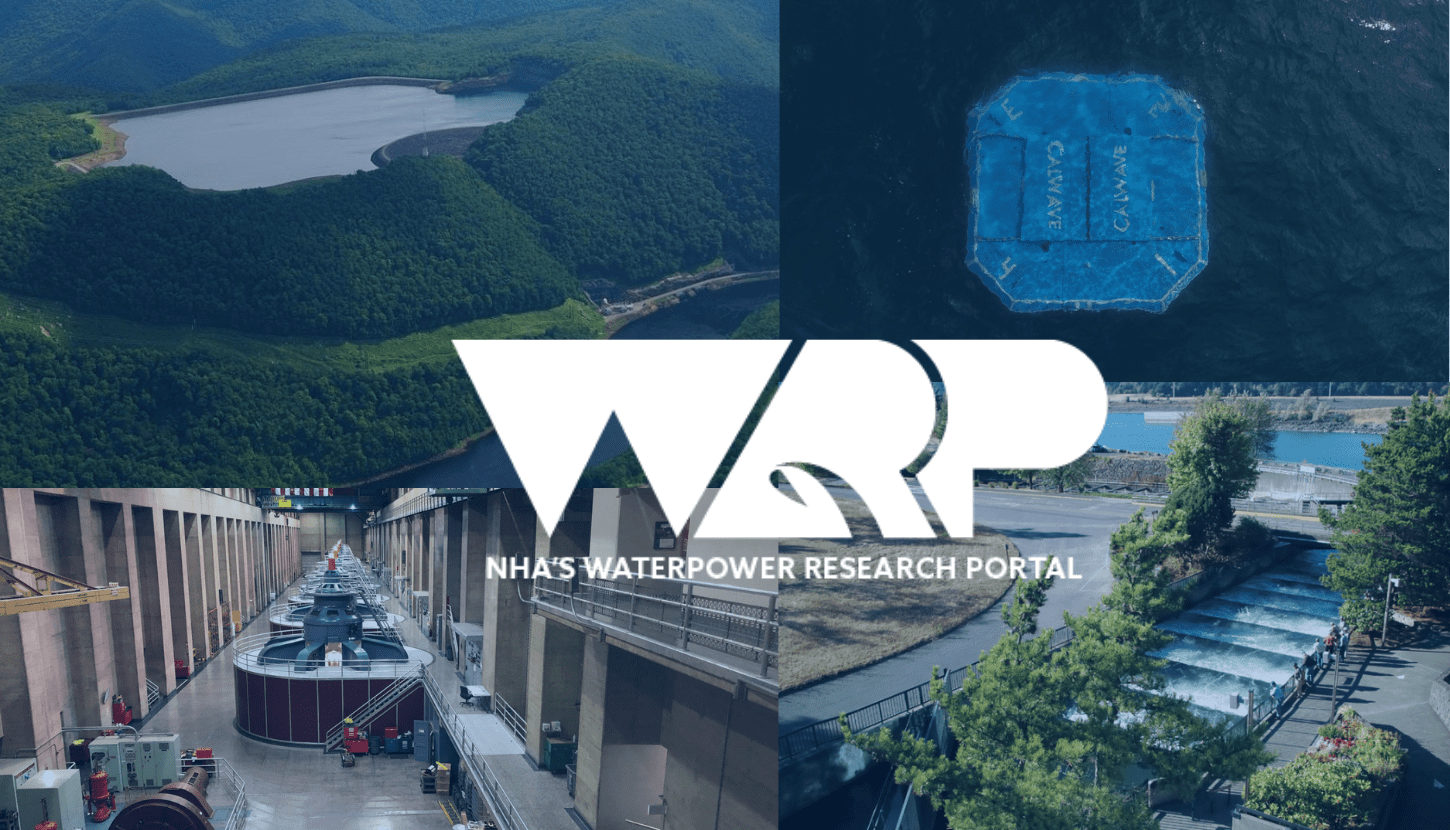

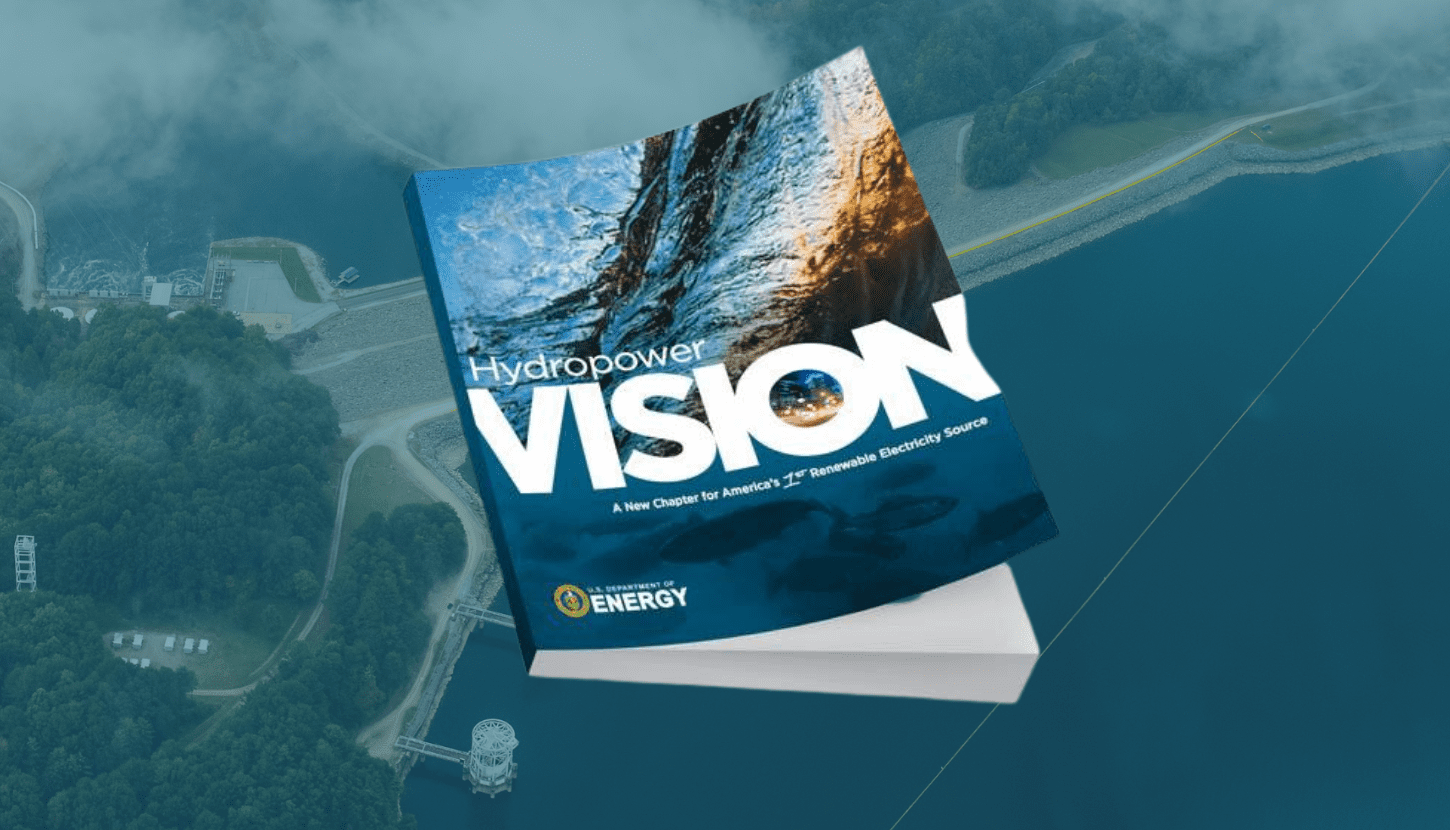
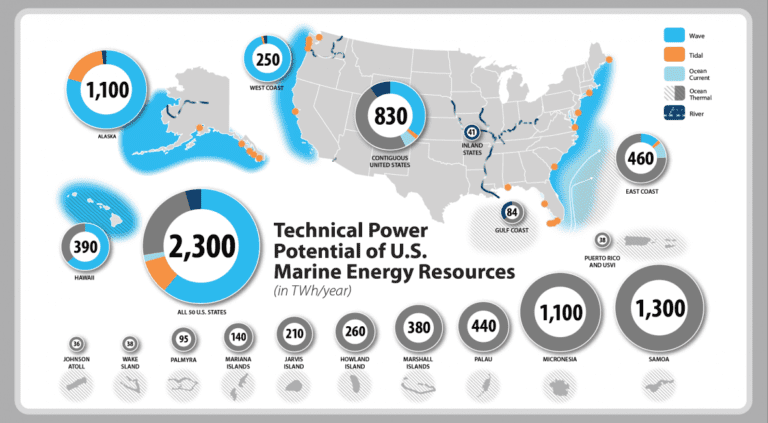
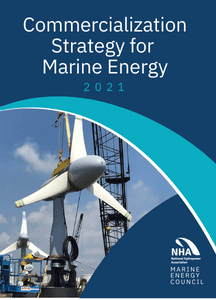

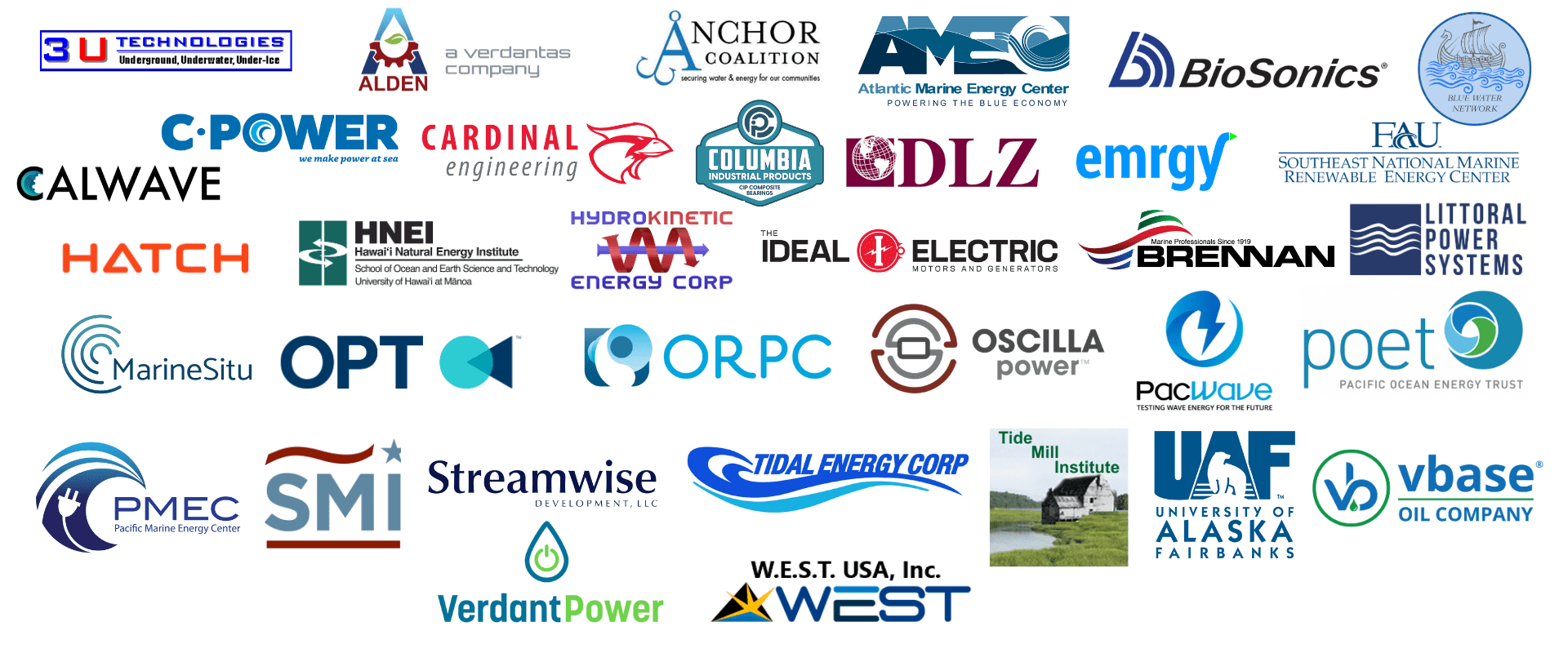
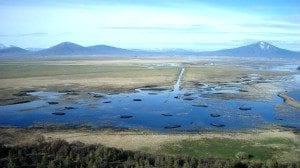 Pacific Gas and Electric Company (PG&E) has restored approximately 500 acres of wetland habitat on PG&E property located along the Pacific Flyway, the major flyway for migratory birds in the Americas that extends from Alaska to Patagonia. The restored McArthur Swamp has seen a 20-fold increase in migratory waterfowl who are benefitting from the feeding and nesting habitat which was constructed by PG&E in collaboration with California Waterfowl Association. The McArthur Swamp Wildlife Habitat Improvement Project (WHIP) created a mosaic of meandering swales, depressions, and loafing islands that are flooded annually with water from the adjacent Big Lake, the headwaters of the Pit 1 Hydroelectric Project.
Pacific Gas and Electric Company (PG&E) has restored approximately 500 acres of wetland habitat on PG&E property located along the Pacific Flyway, the major flyway for migratory birds in the Americas that extends from Alaska to Patagonia. The restored McArthur Swamp has seen a 20-fold increase in migratory waterfowl who are benefitting from the feeding and nesting habitat which was constructed by PG&E in collaboration with California Waterfowl Association. The McArthur Swamp Wildlife Habitat Improvement Project (WHIP) created a mosaic of meandering swales, depressions, and loafing islands that are flooded annually with water from the adjacent Big Lake, the headwaters of the Pit 1 Hydroelectric Project.
 Tacoma Power’s improvements at Little Falls on the North Fork Skokomish River in Mason County, Washington, will help secure salmon and steelhead populations for years to come. The project provided many challenges for the team, which used innovation and intellect to overcome them. The project also helped the utility maintain its important relationship with the Skokomish Indian Tribe.
The flow of the river at Little Falls is divided into two channels, both of which were previously identified as barriers to fish. To help ease fish passage and keep the natural beauty of this culturally significant location, Tacoma Power collaborated with the Skokomish Indian Tribe and permitting agencies to carve a fish ladder into existing bedrock. Weirs were created to maintain water elevations along with resting pools and connecting chutes to allow fish to pass the 12-foot-high falls in a series of bursts.
With the project complete, adult fish can now migrate upstream to the base of Cushman No. 2 Dam to the fish collection and transportation facility.
Tacoma Power’s improvements at Little Falls on the North Fork Skokomish River in Mason County, Washington, will help secure salmon and steelhead populations for years to come. The project provided many challenges for the team, which used innovation and intellect to overcome them. The project also helped the utility maintain its important relationship with the Skokomish Indian Tribe.
The flow of the river at Little Falls is divided into two channels, both of which were previously identified as barriers to fish. To help ease fish passage and keep the natural beauty of this culturally significant location, Tacoma Power collaborated with the Skokomish Indian Tribe and permitting agencies to carve a fish ladder into existing bedrock. Weirs were created to maintain water elevations along with resting pools and connecting chutes to allow fish to pass the 12-foot-high falls in a series of bursts.
With the project complete, adult fish can now migrate upstream to the base of Cushman No. 2 Dam to the fish collection and transportation facility.
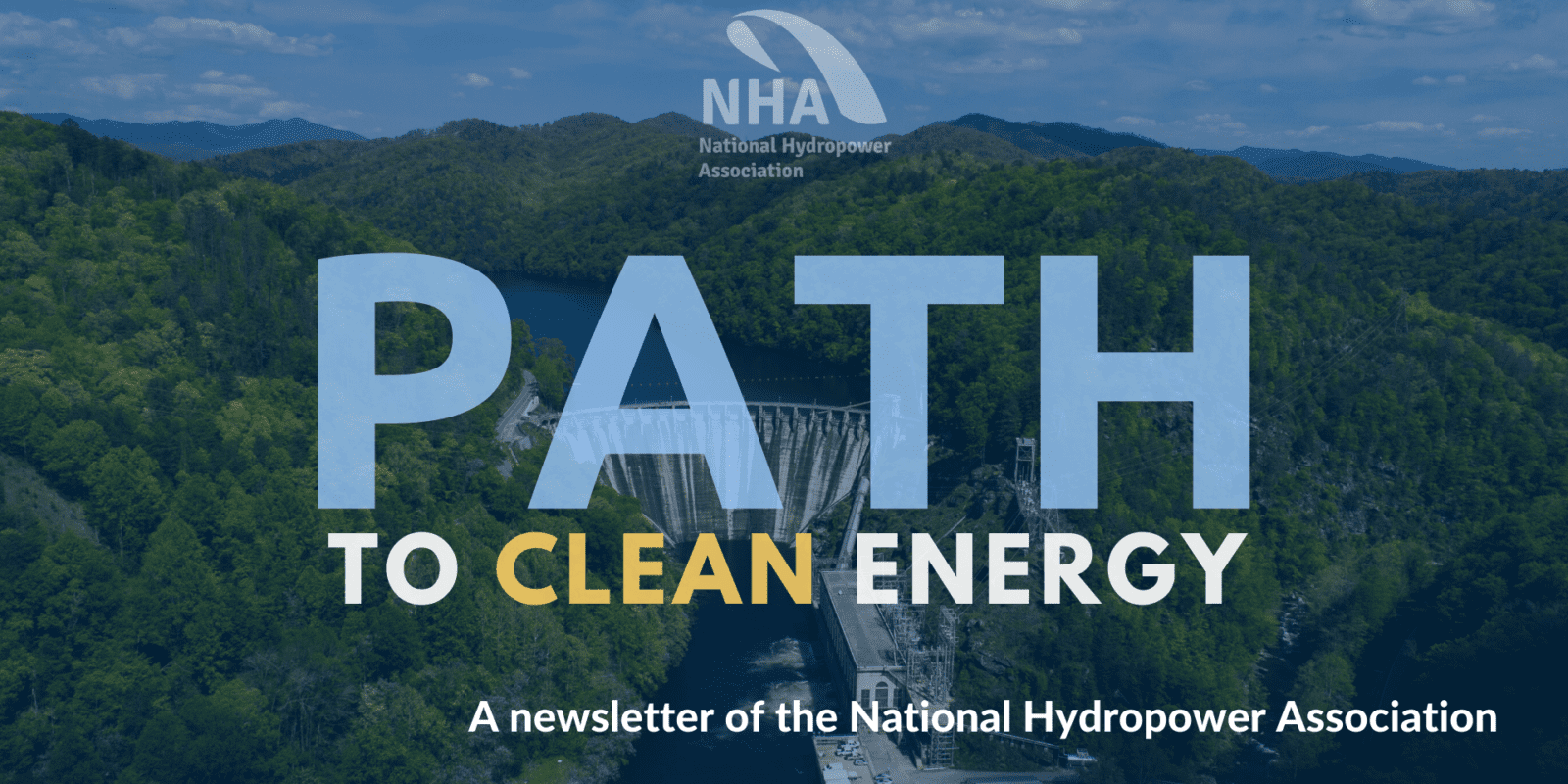





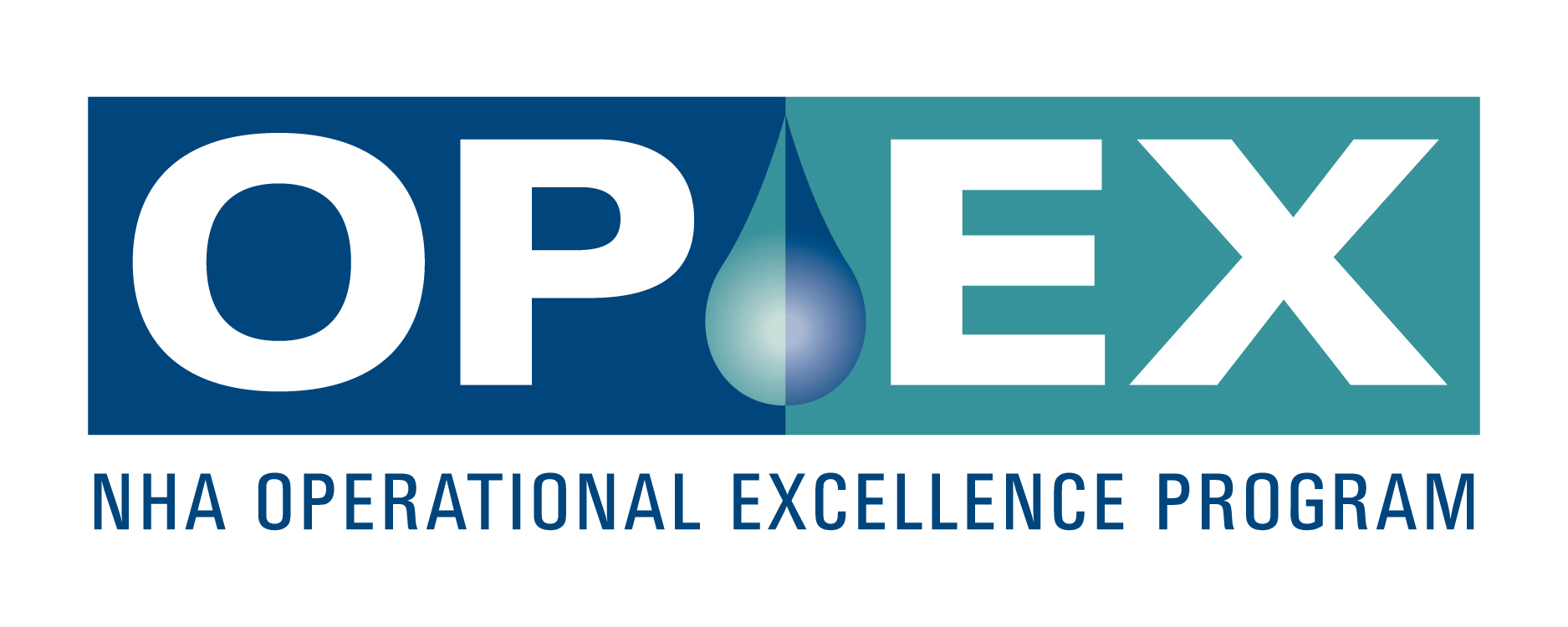



 On Baranof Island in Southeast Alaska sits the small town of Sitka. Sitkans are known for being fiercely independent and very interested in all aspects of their community. Two years ago when the construction on the expansion of one of their two hydroelectric dams began, it was known that the Utility would have to keep the town informed and heavily involved but how? The City of Sitka Electric Department sought to keep the public engaged with the Blue Lake Expansion Project since not only were they directly paying for over 2/3 of the $150 million project, but also passing along those costs to future Sitkans over the 30 year bond payment. They came up with a series of efforts that proved to be amazingly successful at keeping the public informed and supportive which was a fundamental reason for the overwhelming success of the entire project, despite a substantial rate increase to pay for it.
On Baranof Island in Southeast Alaska sits the small town of Sitka. Sitkans are known for being fiercely independent and very interested in all aspects of their community. Two years ago when the construction on the expansion of one of their two hydroelectric dams began, it was known that the Utility would have to keep the town informed and heavily involved but how? The City of Sitka Electric Department sought to keep the public engaged with the Blue Lake Expansion Project since not only were they directly paying for over 2/3 of the $150 million project, but also passing along those costs to future Sitkans over the 30 year bond payment. They came up with a series of efforts that proved to be amazingly successful at keeping the public informed and supportive which was a fundamental reason for the overwhelming success of the entire project, despite a substantial rate increase to pay for it.


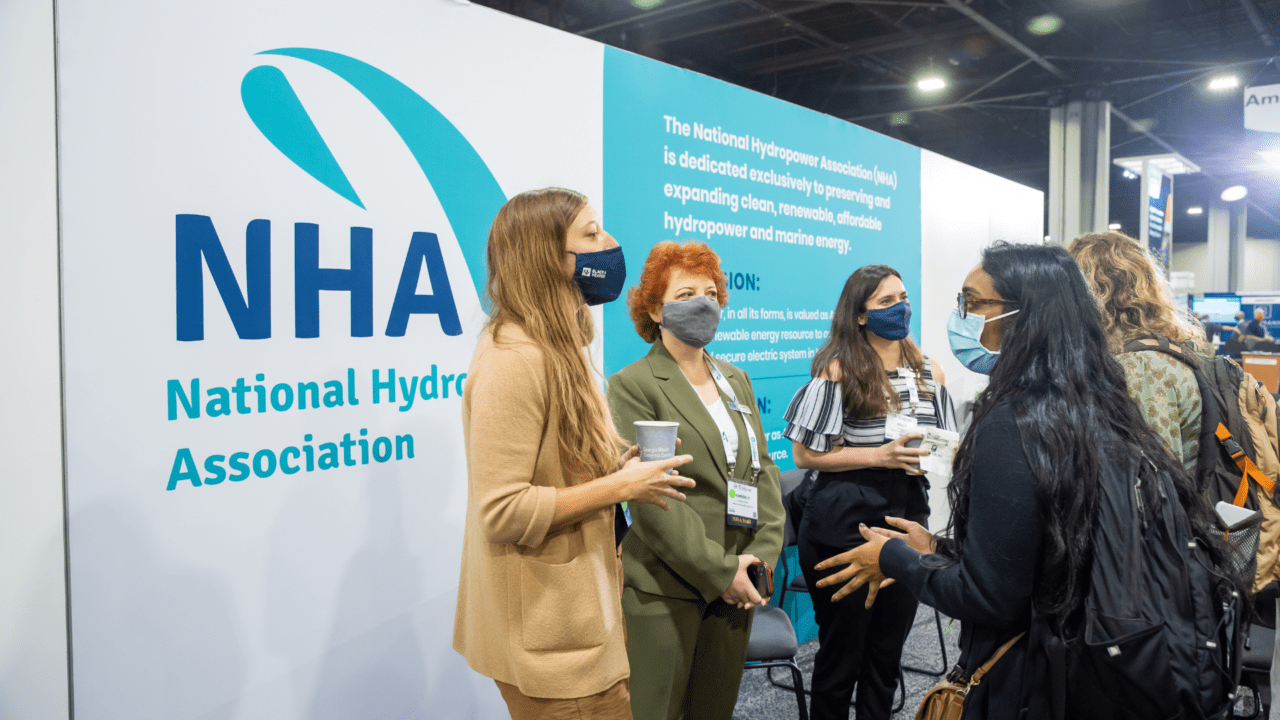






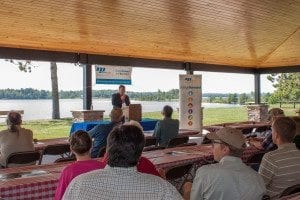 Minnesota Power launched “Hometown Hydropower” in May 2014 to help raise the public profile of the company’s hydroelectric system. The initiative came about two years after historic floodwaters raced down the St. Louis River, severely damaging Thomson Hydro, the heart of the company’s hydropower system, and forcing it offline.
In advance of Thomson’s return to service in November 2014, Minnesota Power decided to rededicate its entire hydroelectric system by highlighting individual hydro stations and reservoirs. “Hometown Hydropower” recognized the important role hydroelectric operations play in providing renewable energy to customers and celebrated more than a century of producing hydropower.
The initiative included a series of facility tours and public events at communities that host Minnesota Power’s hydro stations and reservoirs, creation of a commemorative medallion and time capsule, development of a website devoted to Minnesota Power hydropower, creation and distribution of a variety of educational fact sheets, installation of an outdoor informational sign at a popular reservoir, and donations totaling almost $90,000 to various community projects and organizations.
Minnesota Power launched “Hometown Hydropower” in May 2014 to help raise the public profile of the company’s hydroelectric system. The initiative came about two years after historic floodwaters raced down the St. Louis River, severely damaging Thomson Hydro, the heart of the company’s hydropower system, and forcing it offline.
In advance of Thomson’s return to service in November 2014, Minnesota Power decided to rededicate its entire hydroelectric system by highlighting individual hydro stations and reservoirs. “Hometown Hydropower” recognized the important role hydroelectric operations play in providing renewable energy to customers and celebrated more than a century of producing hydropower.
The initiative included a series of facility tours and public events at communities that host Minnesota Power’s hydro stations and reservoirs, creation of a commemorative medallion and time capsule, development of a website devoted to Minnesota Power hydropower, creation and distribution of a variety of educational fact sheets, installation of an outdoor informational sign at a popular reservoir, and donations totaling almost $90,000 to various community projects and organizations.
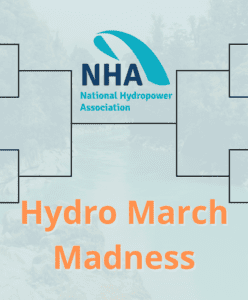
 Anchor Coalition is a community engagement NGO. Its mission is to build local resilience leading to sustainable communities by advancing clean energy technologies and promoting services that achieve water and energy efficiency in an integrated manner.
The Coalition is, and will be, comprised of local communities; stakeholders; educational, research, and international financial institutions; NGOs; sector trade associations; clean tech and water companies; global engineering firms; urban designers and planners; clean tech implementation experts; and system integrators.
Anchor, a project of The Ocean Foundation (a 501c3 organization), will develop the framework for combining and advancing both renewable technologies and equitable community development through project planning. This is in accord with the United Nations’ 17 Sustainable Development Goals and will help regions, such as Central Asia and the Southern African Development Community, through showcase projects in Zimbabwe and the Kyrgyz Republic, respectively, meet intended Nationally Determined Contributions as pledged in COP 21.
Anchor Coalition is a community engagement NGO. Its mission is to build local resilience leading to sustainable communities by advancing clean energy technologies and promoting services that achieve water and energy efficiency in an integrated manner.
The Coalition is, and will be, comprised of local communities; stakeholders; educational, research, and international financial institutions; NGOs; sector trade associations; clean tech and water companies; global engineering firms; urban designers and planners; clean tech implementation experts; and system integrators.
Anchor, a project of The Ocean Foundation (a 501c3 organization), will develop the framework for combining and advancing both renewable technologies and equitable community development through project planning. This is in accord with the United Nations’ 17 Sustainable Development Goals and will help regions, such as Central Asia and the Southern African Development Community, through showcase projects in Zimbabwe and the Kyrgyz Republic, respectively, meet intended Nationally Determined Contributions as pledged in COP 21.
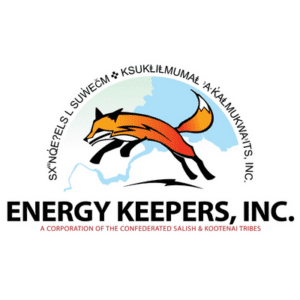 SXʷNQ̓EʔELS L SUW̓EČM / KSUKⱠIⱠMUMAⱠ ʾA·K̓͏AⱠMUKWAʾITS, Inc., which does business as Energy Keepers, Inc., is a Tribally owned corporation of the Confederated Salish and Kootenai Tribes tasked with managing the Project on the Flathead Reservation.
The
SXʷNQ̓EʔELS L SUW̓EČM / KSUKⱠIⱠMUMAⱠ ʾA·K̓͏AⱠMUKWAʾITS, Inc., which does business as Energy Keepers, Inc., is a Tribally owned corporation of the Confederated Salish and Kootenai Tribes tasked with managing the Project on the Flathead Reservation.
The 

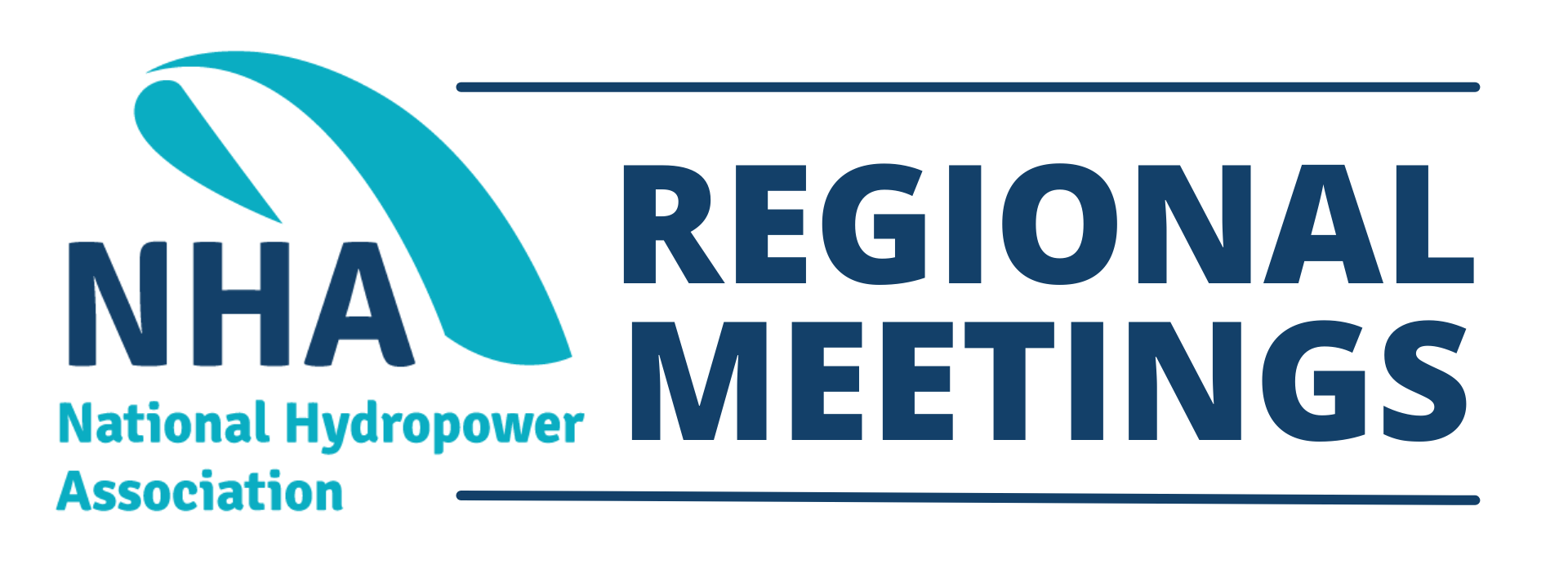

 From 2002-2013, Grant PUD installed ten new Advanced Turbine Designs at Wanapum Dam on the Mid-Columbia River. The goals of the project were to address the mechanical and hydraulic issues, reduce maintenance, increase generation efficiency, and address fish survival concerns.
The new design included a six-blade Kaplan runner with a spherical hub, new wicket gates, reshaped stay vanes and modifications to the existing draft tubes. These changes improve flow stability, increase hydroelectric capacity and minimize impacts to young salmon.
Best available data reveals that the new design increases generation by an average 3.3 percent. This could allow Grant PUD to deliver clean energy to over 8,000 additional homes. In addition to hydroelectric improvements, available fish passage tests show a slight increase in salmon survival rates.
From 2002-2013, Grant PUD installed ten new Advanced Turbine Designs at Wanapum Dam on the Mid-Columbia River. The goals of the project were to address the mechanical and hydraulic issues, reduce maintenance, increase generation efficiency, and address fish survival concerns.
The new design included a six-blade Kaplan runner with a spherical hub, new wicket gates, reshaped stay vanes and modifications to the existing draft tubes. These changes improve flow stability, increase hydroelectric capacity and minimize impacts to young salmon.
Best available data reveals that the new design increases generation by an average 3.3 percent. This could allow Grant PUD to deliver clean energy to over 8,000 additional homes. In addition to hydroelectric improvements, available fish passage tests show a slight increase in salmon survival rates.



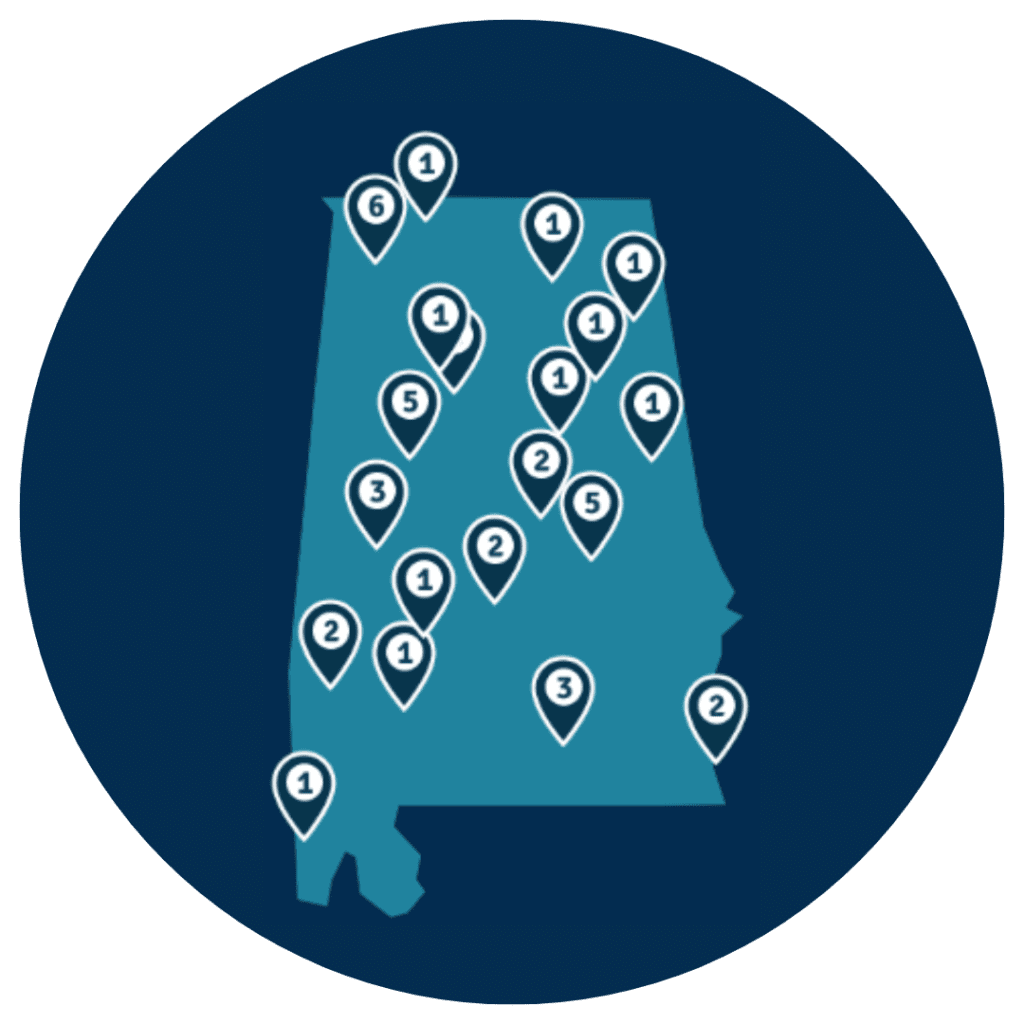

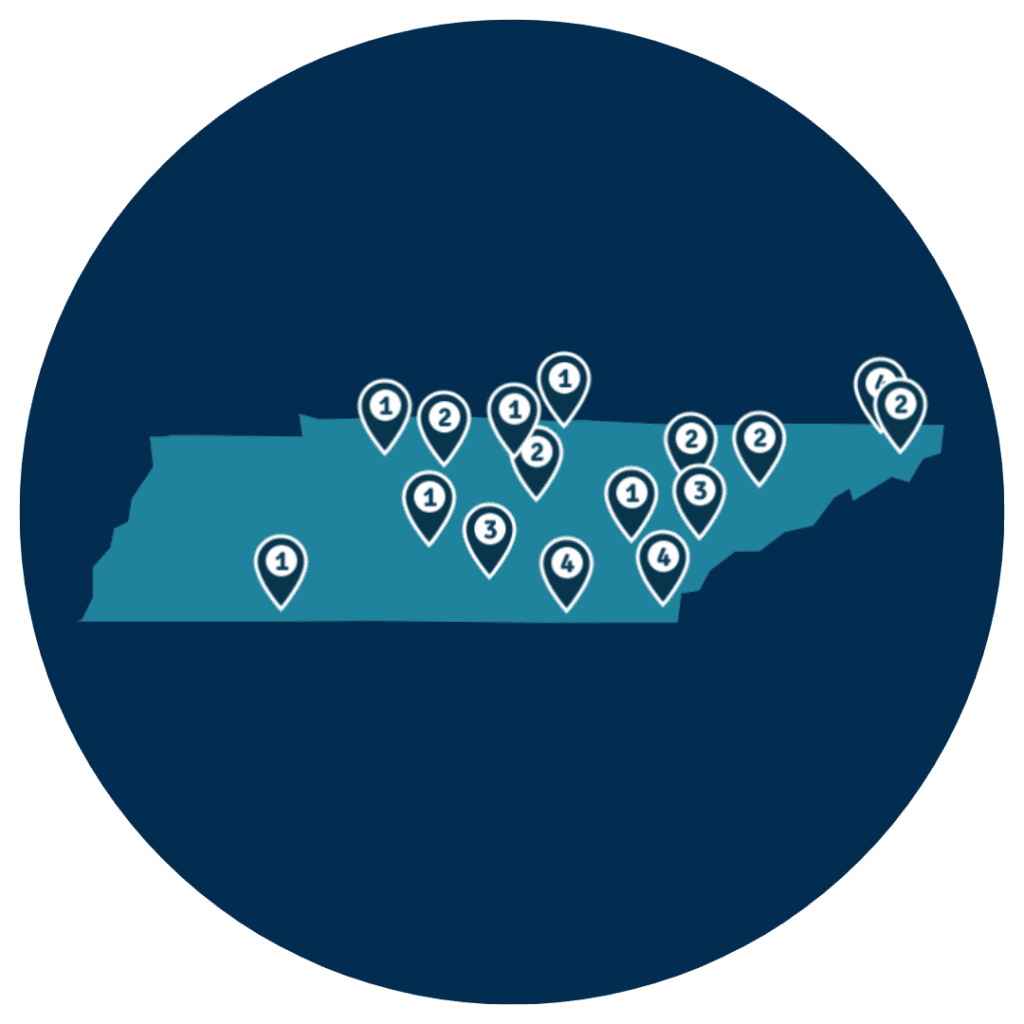

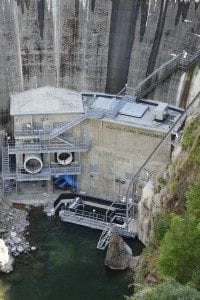 Tacoma Power combined a new, two-generator powerhouse with an innovative fish collection and transportation system. This new source of hydroelectric power on the North Fork Skokomish River in Mason County, Washington:
Tacoma Power combined a new, two-generator powerhouse with an innovative fish collection and transportation system. This new source of hydroelectric power on the North Fork Skokomish River in Mason County, Washington:
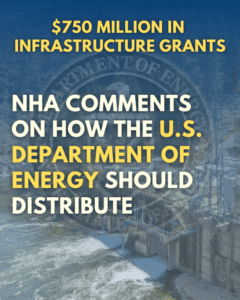
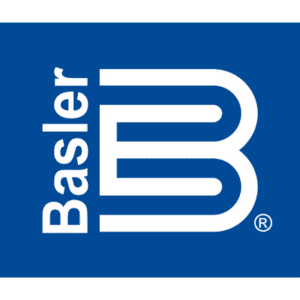
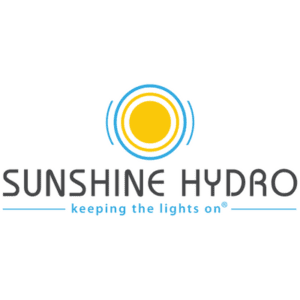

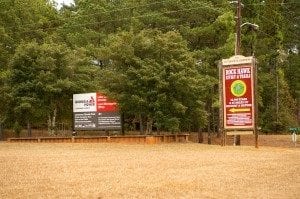 Rock Hawk is a stone effigy, estimated to be more than 2,000 years old and is believed to be one of just two such structures east of the Mississippi River. Both are believed to have been used in a ceremonial manner by Indian tribes who inhabited the river valley thousands of years ago. In partnership with state, local and county agencies, Georgia Power led the preservation and development of a 1,000-acre project centered around the rare rock formation. Enhancements included developing more than 15 miles of hiking and biking trails, displays outlining the history and wildlife of the area, an outdoor museum showcasing 12,000 years of local history, and a unique archery range. The Rock Hawk Park attracts more than 70,000 visitors every year, including many school groups. Atlanta Magazine added the area to its 2013 list of Georgia’s 100 Top Heart Pounding, Adrenaline Pumping Adventures.
Rock Hawk is a stone effigy, estimated to be more than 2,000 years old and is believed to be one of just two such structures east of the Mississippi River. Both are believed to have been used in a ceremonial manner by Indian tribes who inhabited the river valley thousands of years ago. In partnership with state, local and county agencies, Georgia Power led the preservation and development of a 1,000-acre project centered around the rare rock formation. Enhancements included developing more than 15 miles of hiking and biking trails, displays outlining the history and wildlife of the area, an outdoor museum showcasing 12,000 years of local history, and a unique archery range. The Rock Hawk Park attracts more than 70,000 visitors every year, including many school groups. Atlanta Magazine added the area to its 2013 list of Georgia’s 100 Top Heart Pounding, Adrenaline Pumping Adventures.
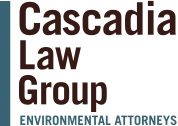
 When opinion polls regarding hydropower showed a drop in support, Northwest RiverPartners tackled it with research, brainstorming, collaboration and membership outreach that ultimately generated financial support for a major TV media campaign launched in 2013. The strategic and professionally developed television campaign reached millions in the Northwest with its positive messages on the value of hydro and the Columbia and Snake rivers. Unprecedented in hydropower’s history, it is a perfect example of bringing together people and organizations that are passionate about hydropower – over 90 organizations participated. The ads also helped educate state and federal policymakers and legislators, creating a positive environment and outlook for promoting hydro as the Northwest’s – and the nation’s – cleanest, most affordable and reliable renewable energy source. Public opinion polling conducted before and after the campaign proved the campaign was a great success with support for hydropower’s benefits increasing 3-9% with marked increases in public support for key messages.
When opinion polls regarding hydropower showed a drop in support, Northwest RiverPartners tackled it with research, brainstorming, collaboration and membership outreach that ultimately generated financial support for a major TV media campaign launched in 2013. The strategic and professionally developed television campaign reached millions in the Northwest with its positive messages on the value of hydro and the Columbia and Snake rivers. Unprecedented in hydropower’s history, it is a perfect example of bringing together people and organizations that are passionate about hydropower – over 90 organizations participated. The ads also helped educate state and federal policymakers and legislators, creating a positive environment and outlook for promoting hydro as the Northwest’s – and the nation’s – cleanest, most affordable and reliable renewable energy source. Public opinion polling conducted before and after the campaign proved the campaign was a great success with support for hydropower’s benefits increasing 3-9% with marked increases in public support for key messages.



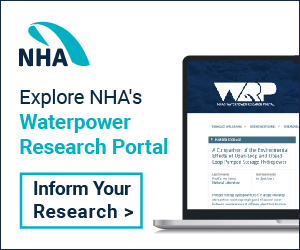

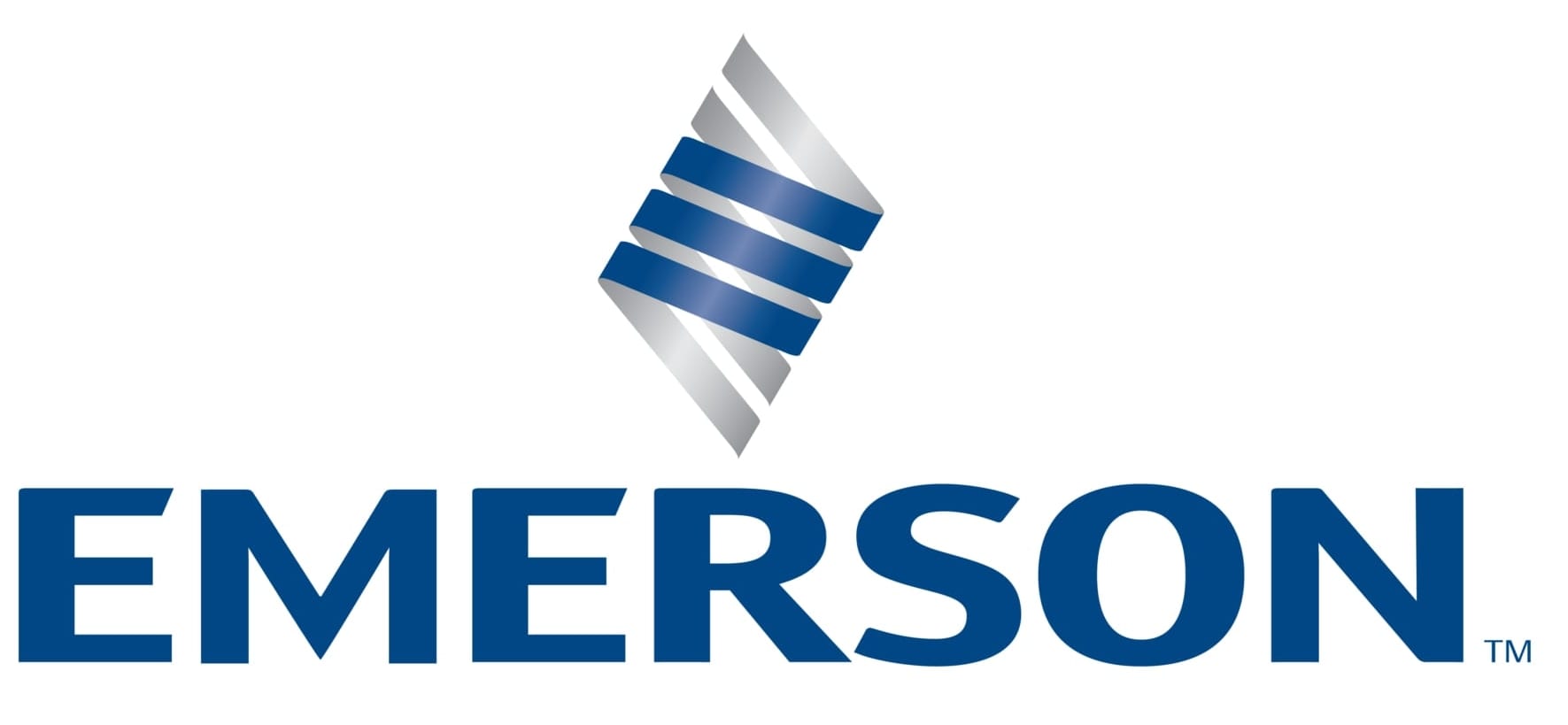



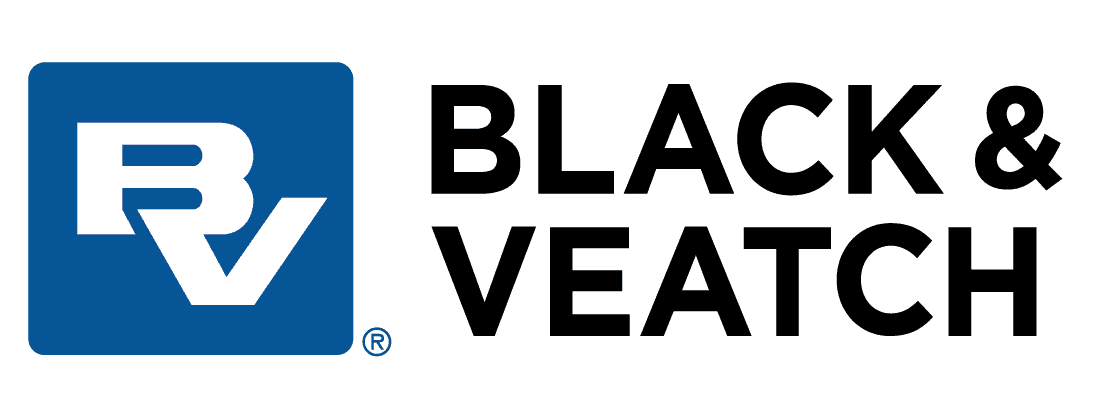




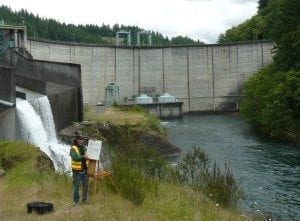 Art Jam is an innovative and collaborative outreach program designed to foster public appreciation of the rich history of northwest hydroelectric power.
The 2013 North Fork Art Jam took place over a two-day period in June, where thirty local artists from the Estacada Area Arts Commission were hosted by Portland General Electric (PGE). PGE staff provided the artists with safety gear, safety instruction, a brief history of PGE and generating facilities on the Clackamas River. Artists were given a guided tour of the North Fork Dam and Powerhouse and the new adult fish sorting facility and then created works of fine art in a variety of media based on inspiration from the hydro industry and the surrounding wooded, river environment. These resulting works of art have been made available for public viewing at four venues via a year-long traveling art show that began in September at the Estacada Public Library in Estacada, Oregon.
Art Jam is an innovative and collaborative outreach program designed to foster public appreciation of the rich history of northwest hydroelectric power.
The 2013 North Fork Art Jam took place over a two-day period in June, where thirty local artists from the Estacada Area Arts Commission were hosted by Portland General Electric (PGE). PGE staff provided the artists with safety gear, safety instruction, a brief history of PGE and generating facilities on the Clackamas River. Artists were given a guided tour of the North Fork Dam and Powerhouse and the new adult fish sorting facility and then created works of fine art in a variety of media based on inspiration from the hydro industry and the surrounding wooded, river environment. These resulting works of art have been made available for public viewing at four venues via a year-long traveling art show that began in September at the Estacada Public Library in Estacada, Oregon.
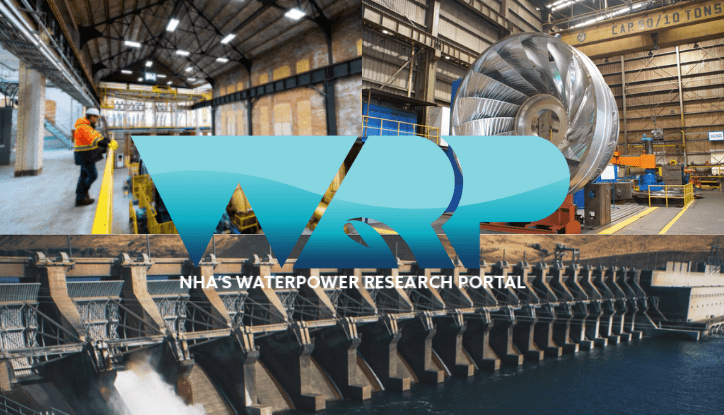
 Kaukauna Utilities partnered with 1000 Islands Environmental Center, and Park Community Charter School, to implement National Energy Education Development (NEED) curriculum. Kaukauna Utilities Staff provided tours, engaging demonstrations, and hands-on activities to support the NEED curriculum. This provided school children a beneficial educational experience that included education on the function and history of Kauakauna’s hydropower, a tour of a hydropower facility and other renewable energy and energy efficiency activities. The school was recognized for its efforts by NEED as the top school in the state and was a finalist for national recognition.
Kaukauna Utilities partnered with 1000 Islands Environmental Center, and Park Community Charter School, to implement National Energy Education Development (NEED) curriculum. Kaukauna Utilities Staff provided tours, engaging demonstrations, and hands-on activities to support the NEED curriculum. This provided school children a beneficial educational experience that included education on the function and history of Kauakauna’s hydropower, a tour of a hydropower facility and other renewable energy and energy efficiency activities. The school was recognized for its efforts by NEED as the top school in the state and was a finalist for national recognition.
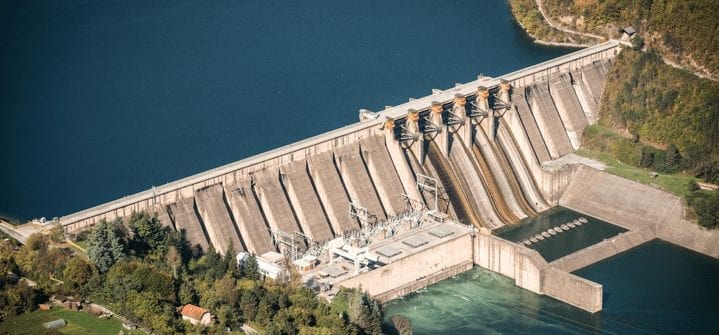



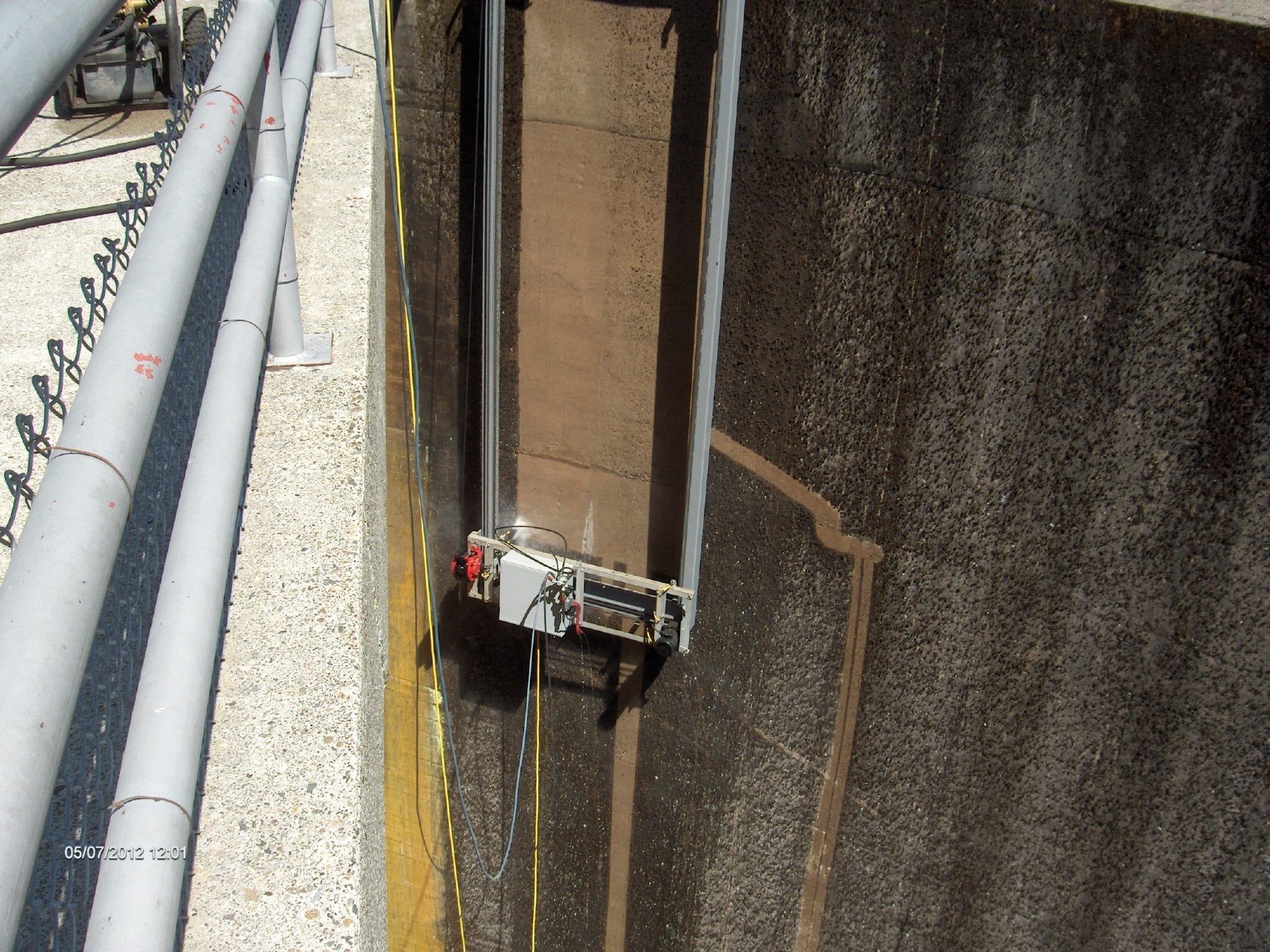
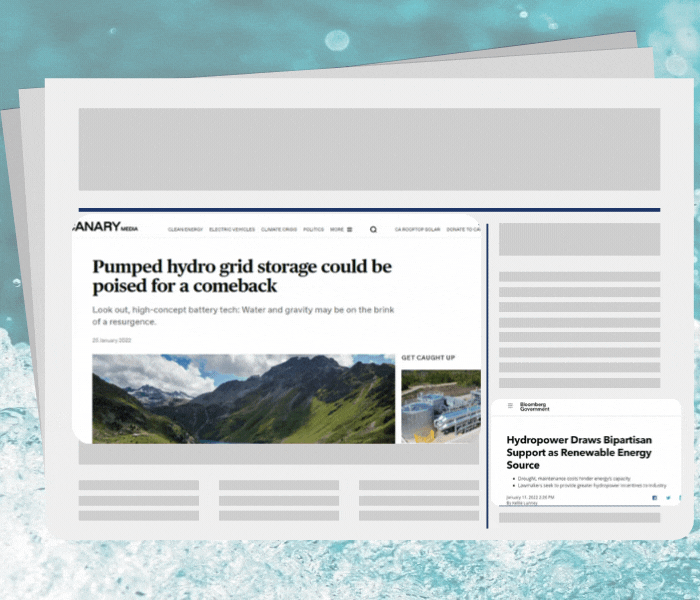

%20(1).png)
%20(1).png)

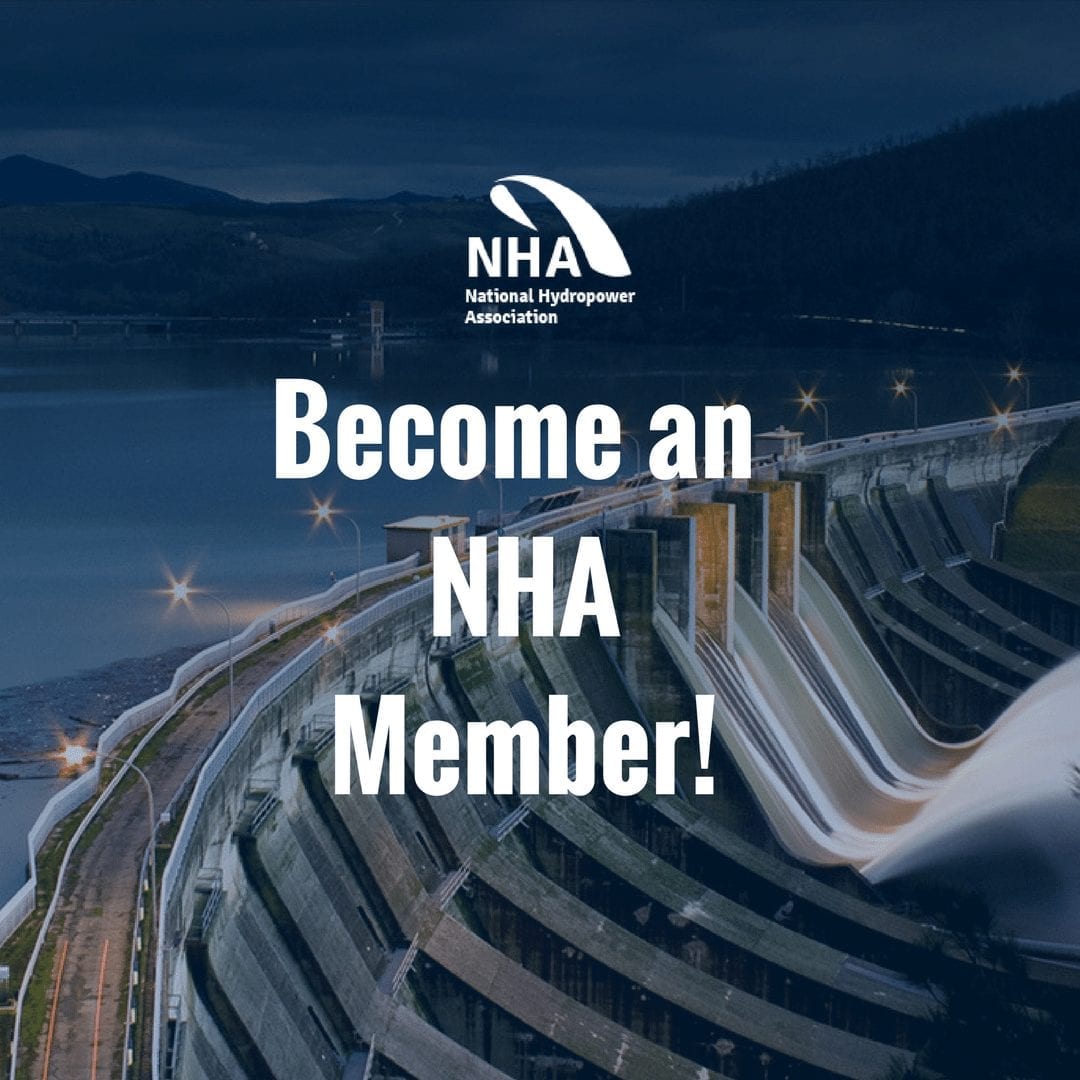

 Reunite at NHA’s First In-Person Regional Meeting in Over a Year!
Reunite at NHA’s First In-Person Regional Meeting in Over a Year!
 Questions? Contact Marla Barnes at
Questions? Contact Marla Barnes at 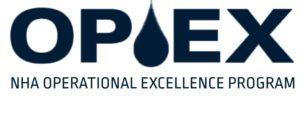
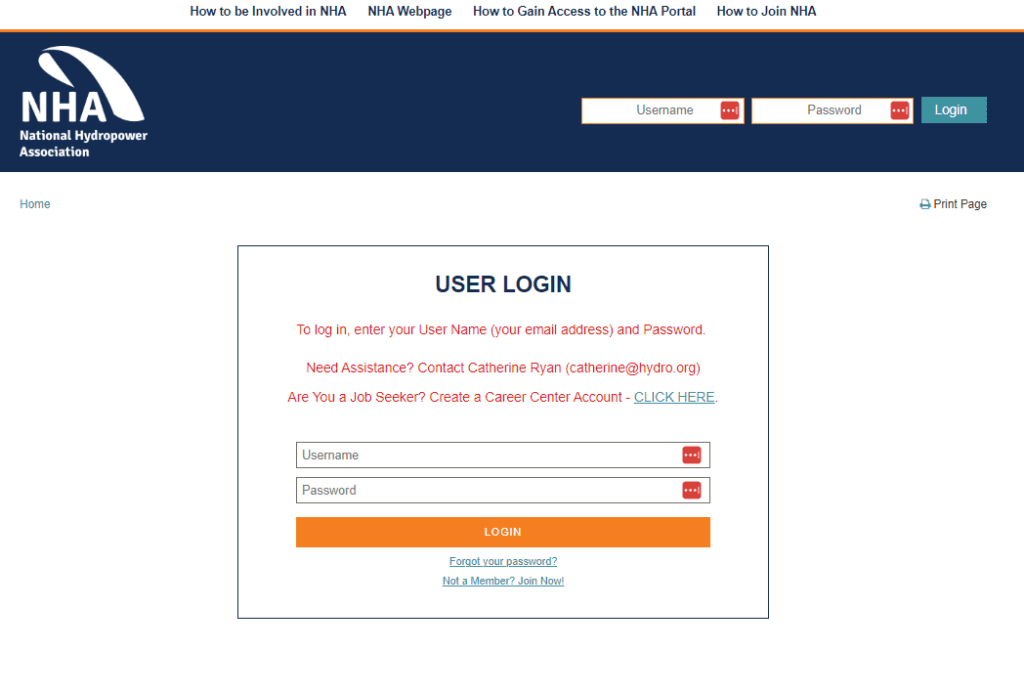
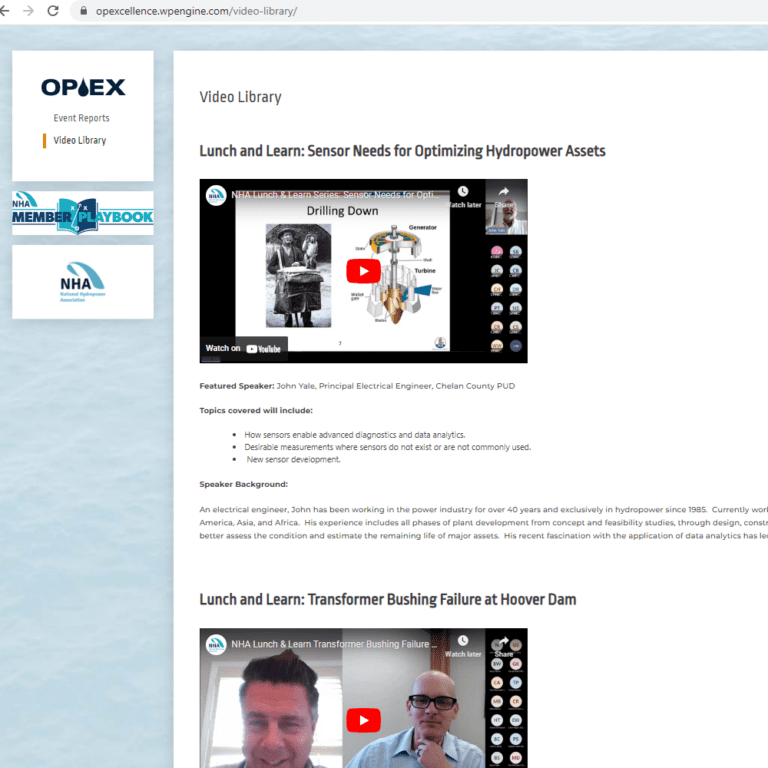

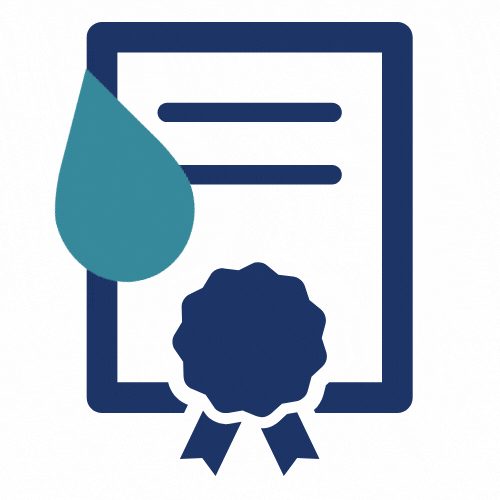
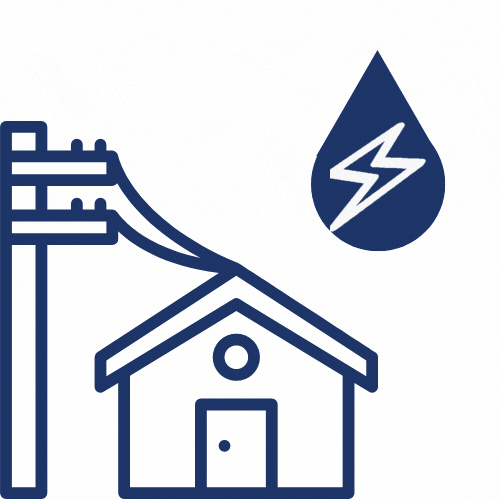
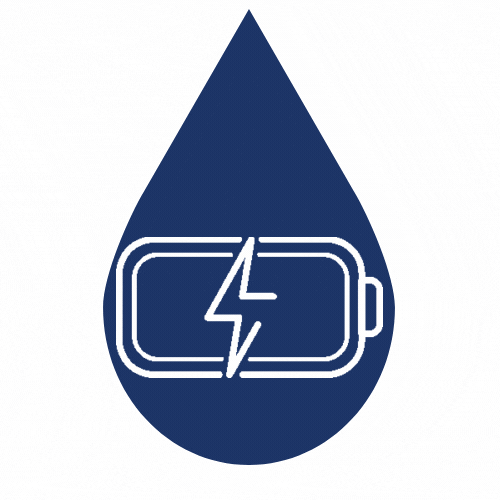
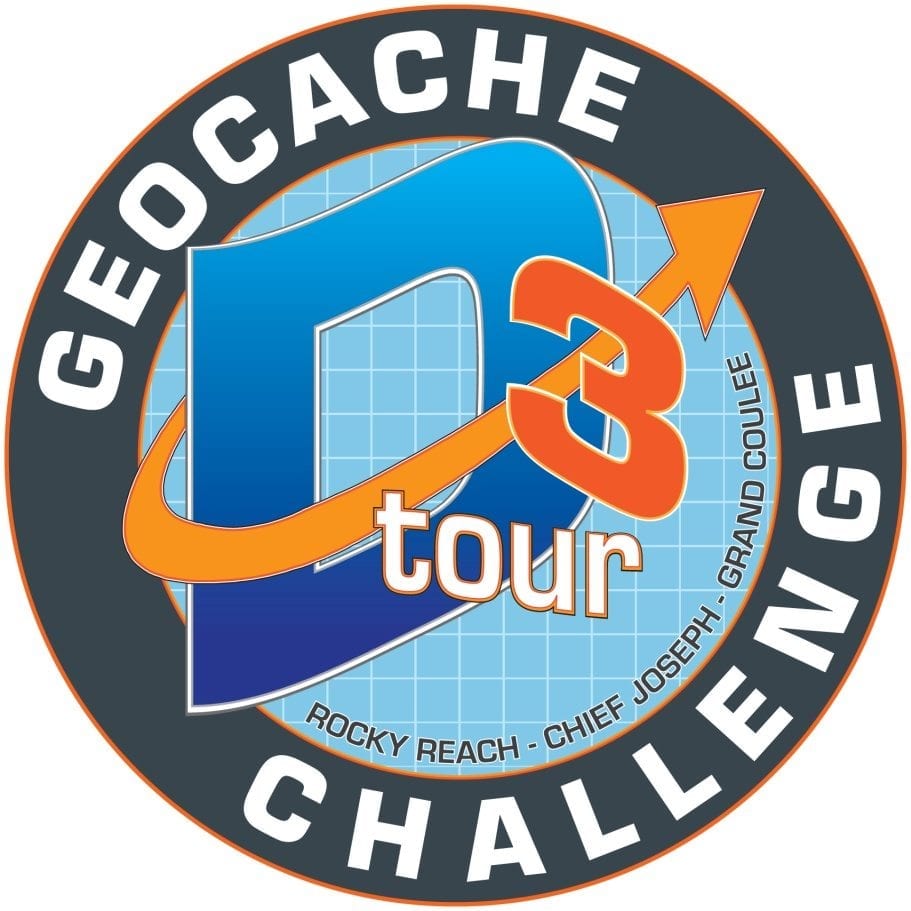
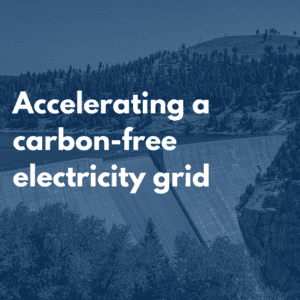
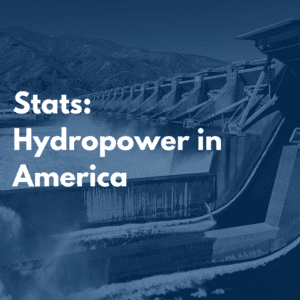
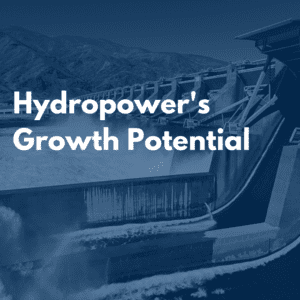
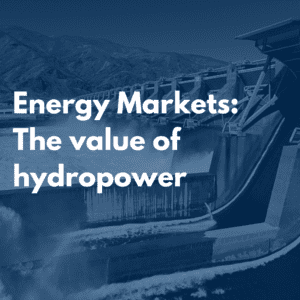

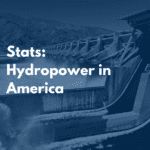


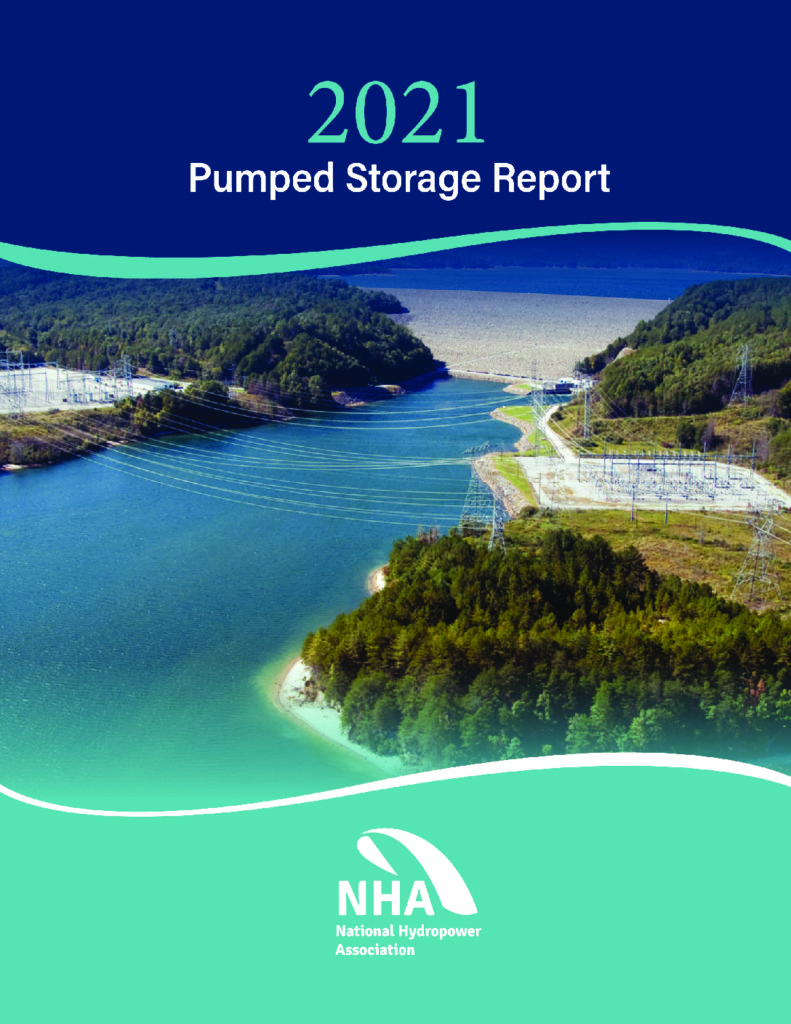


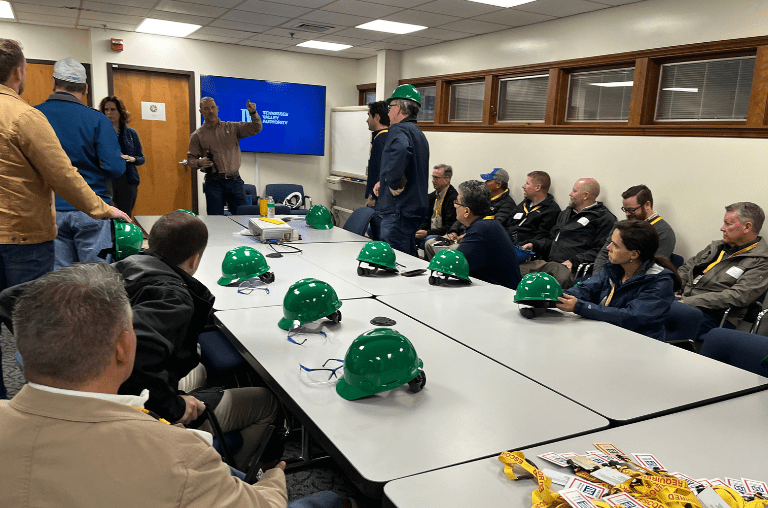
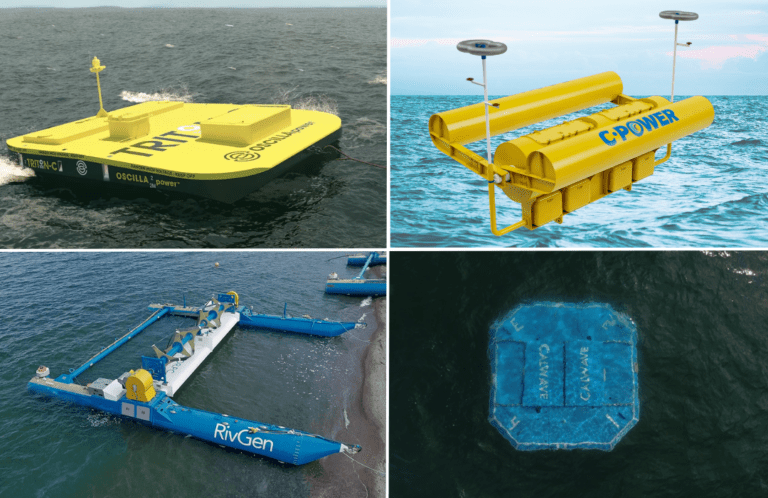
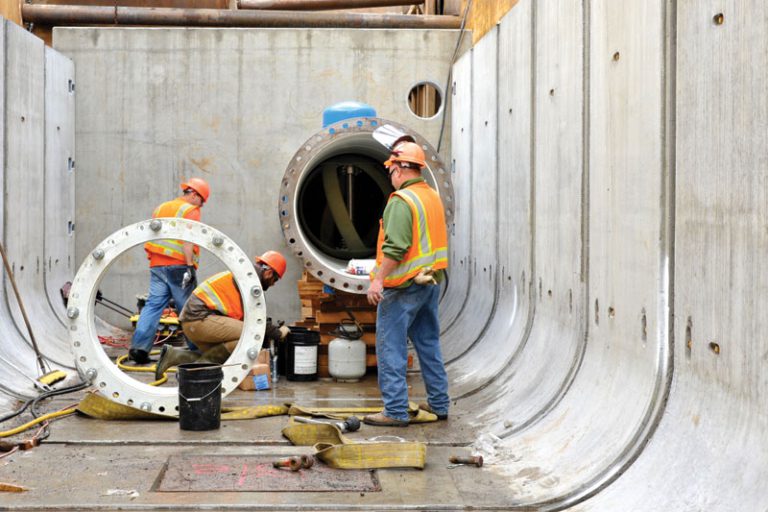
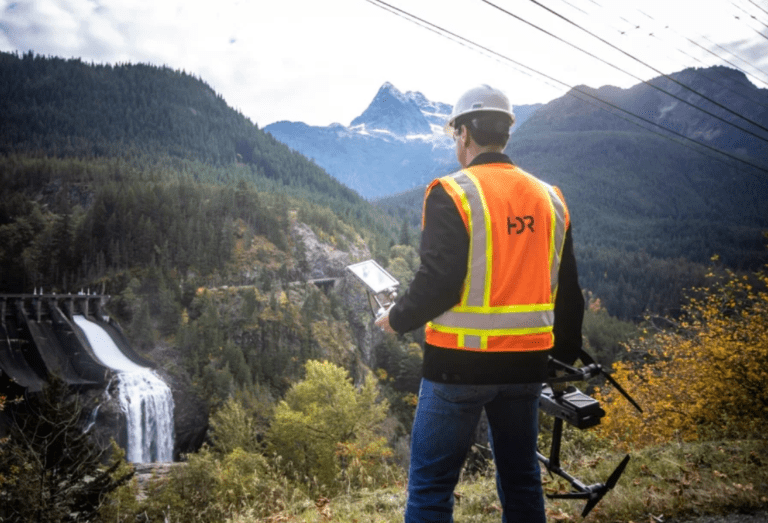
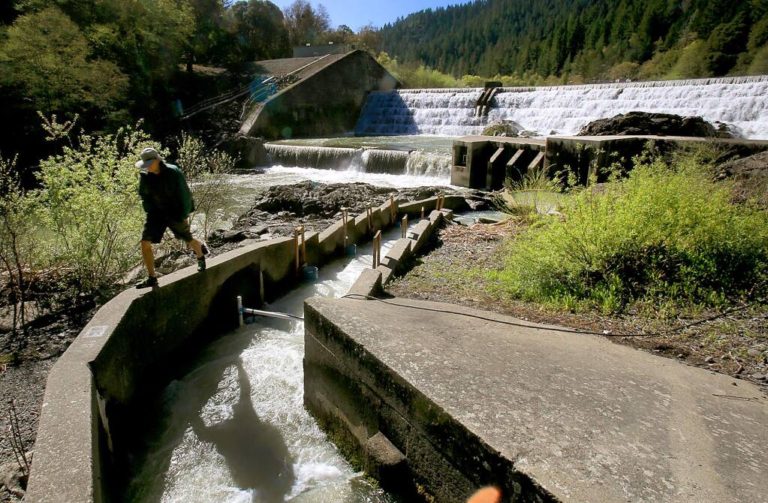
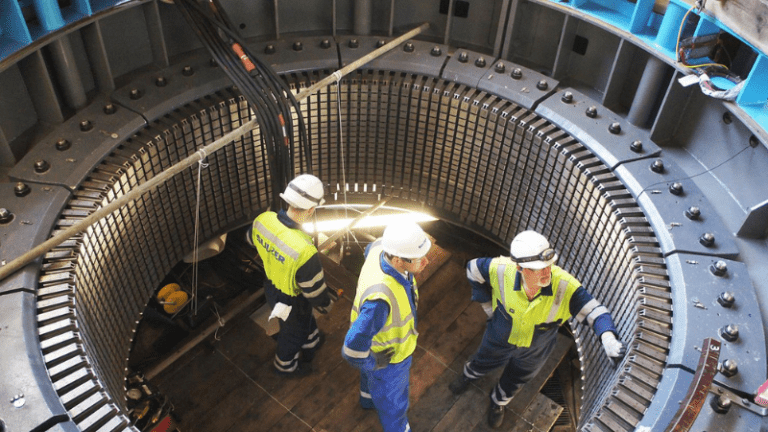
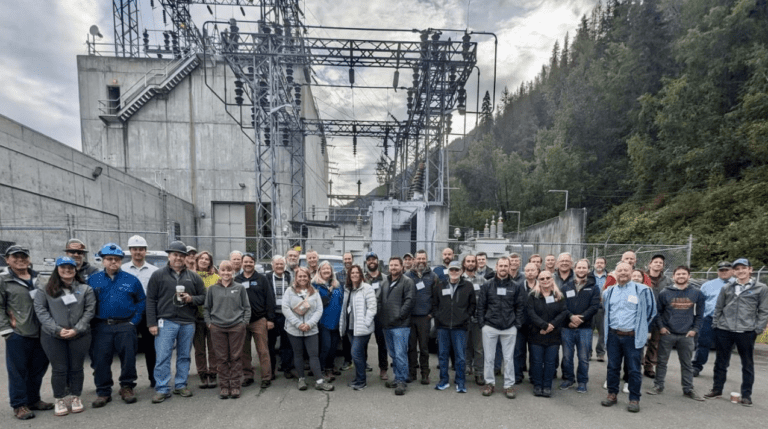

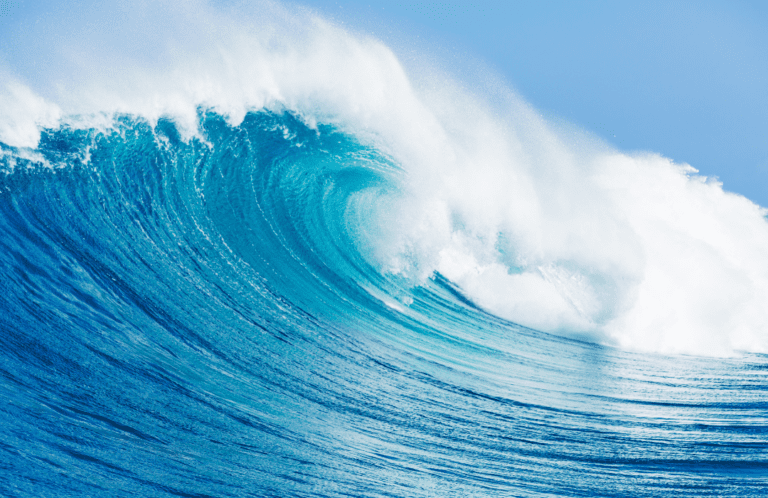








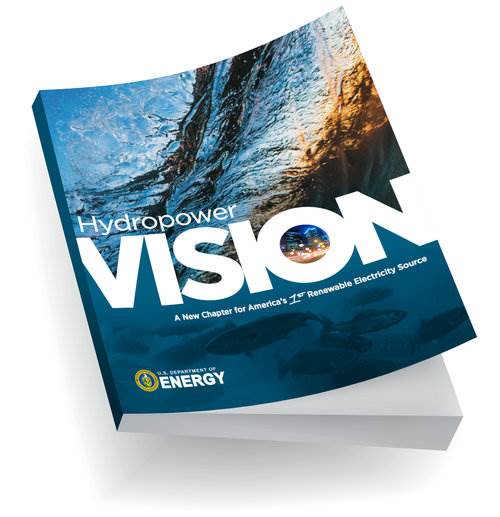
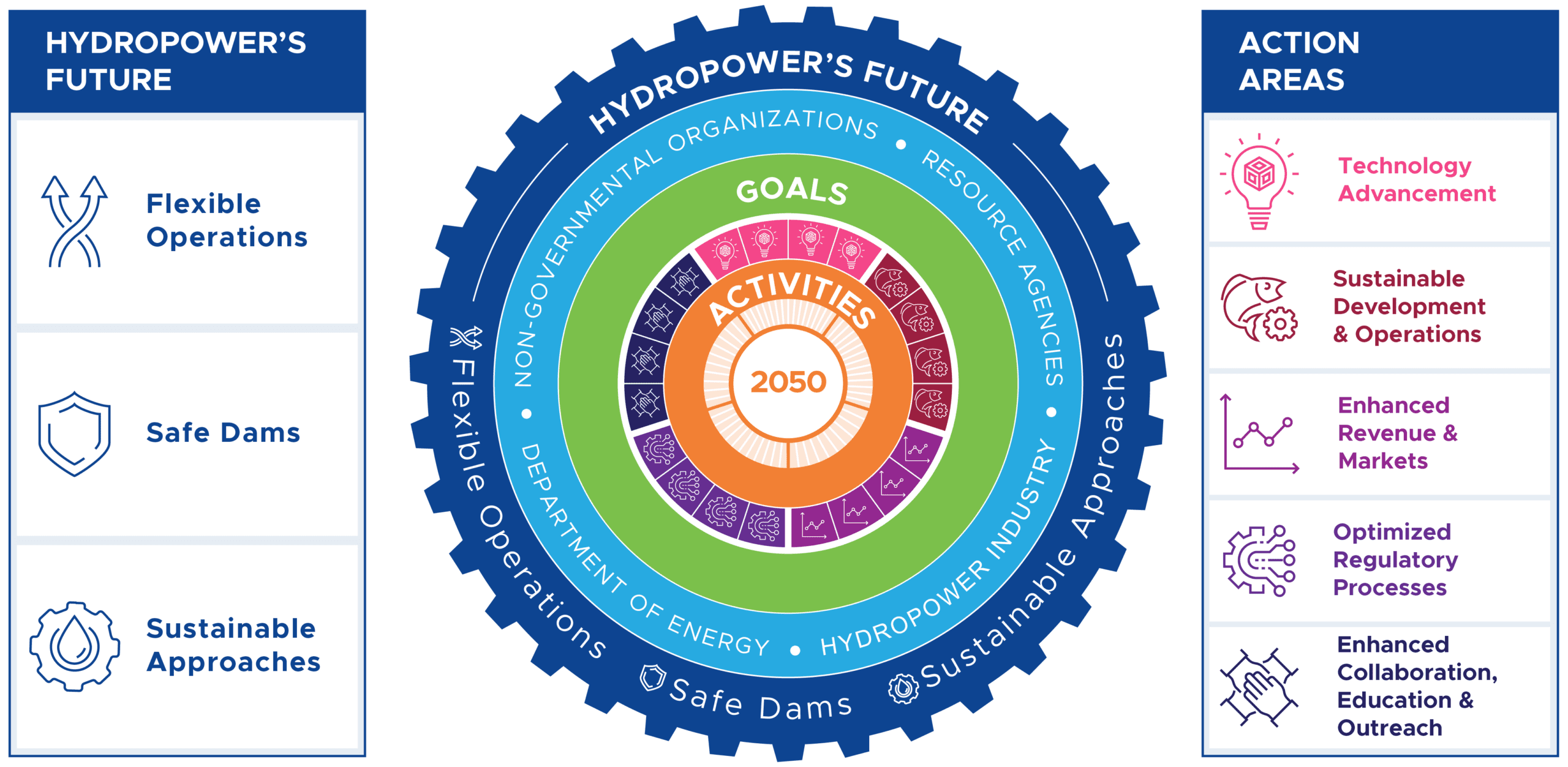



 Alberici is a diversified construction company recognized for superior quality, customer service, and above all, our rock-solid reliability. Centrally headquartered in St. Louis, we maintain operations throughout North America, servicing many repeat clients coast-to-coast. Alberici is a long-standing leader in the broader power generation construction industry, and is responsible for the construction of the largest hydroelectric power plant in operation on the Ohio River. Within our Energy and Heavy Civil Markets, we self-perform up to 70% of the work on hydroelectric, dam rehabilitation and other marine works projects, which allows us greater control over critical aspects of complex construction work.
Learn more:
Alberici is a diversified construction company recognized for superior quality, customer service, and above all, our rock-solid reliability. Centrally headquartered in St. Louis, we maintain operations throughout North America, servicing many repeat clients coast-to-coast. Alberici is a long-standing leader in the broader power generation construction industry, and is responsible for the construction of the largest hydroelectric power plant in operation on the Ohio River. Within our Energy and Heavy Civil Markets, we self-perform up to 70% of the work on hydroelectric, dam rehabilitation and other marine works projects, which allows us greater control over critical aspects of complex construction work.
Learn more: %20(3).gif)


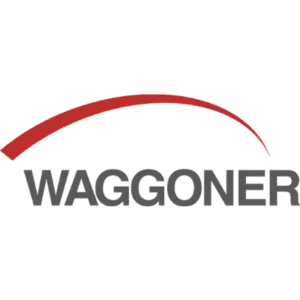


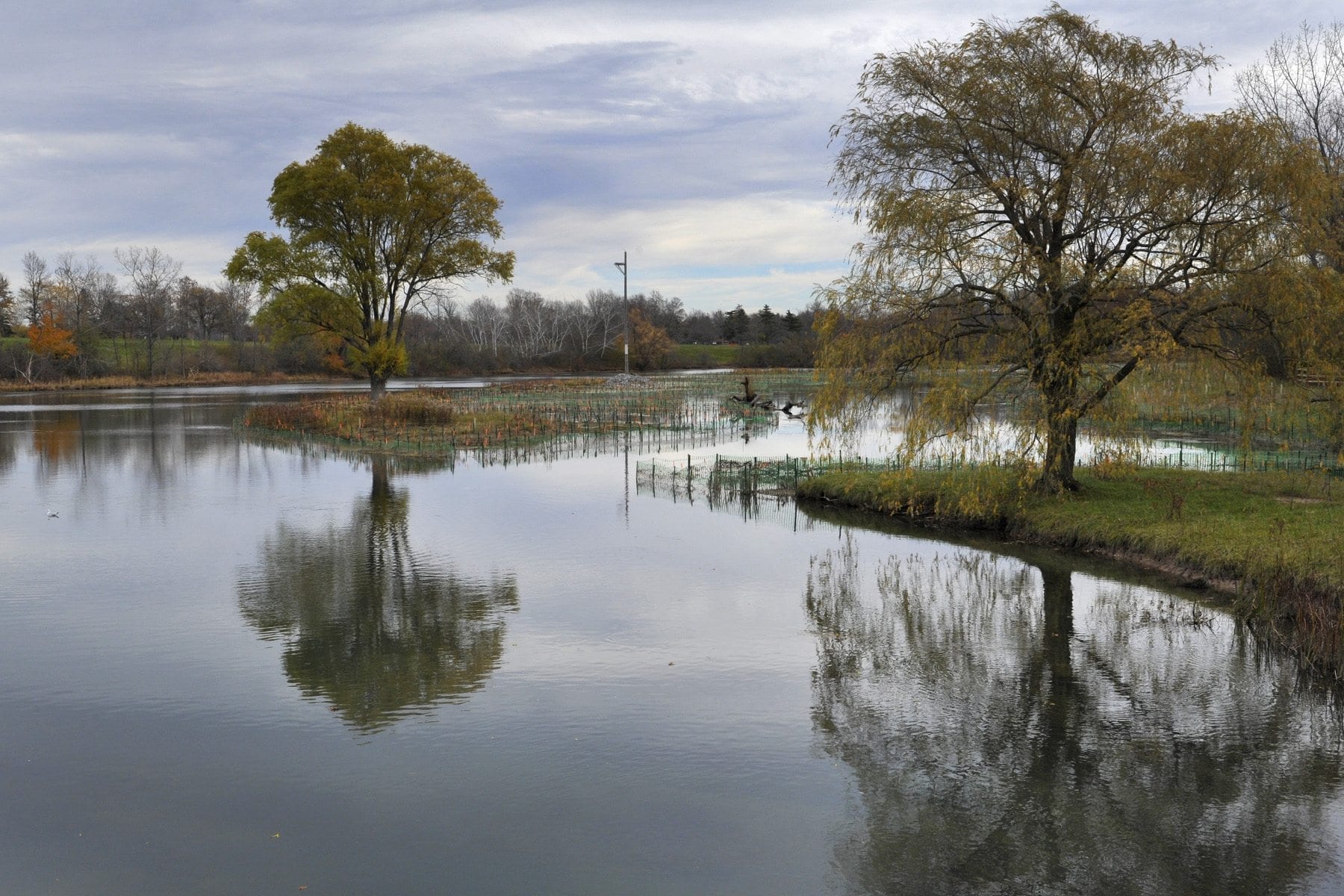









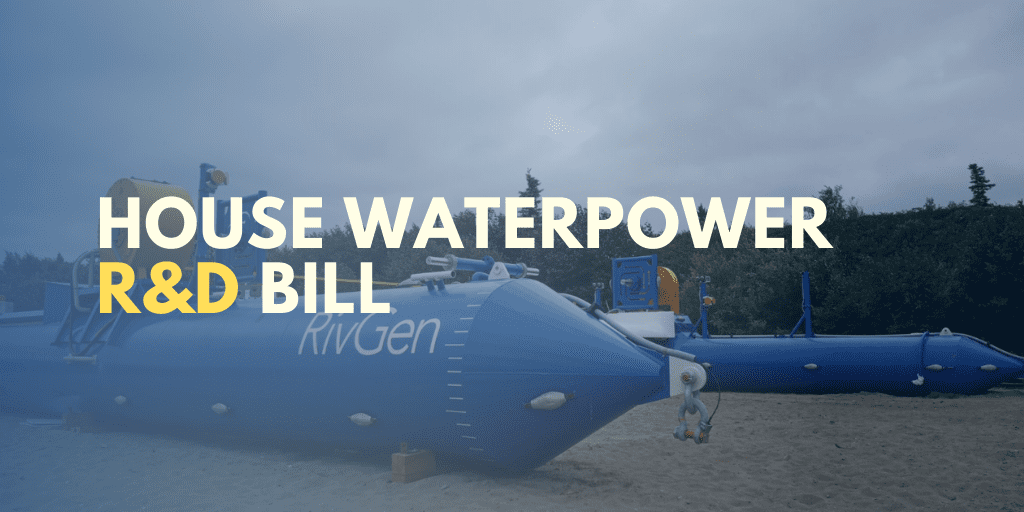
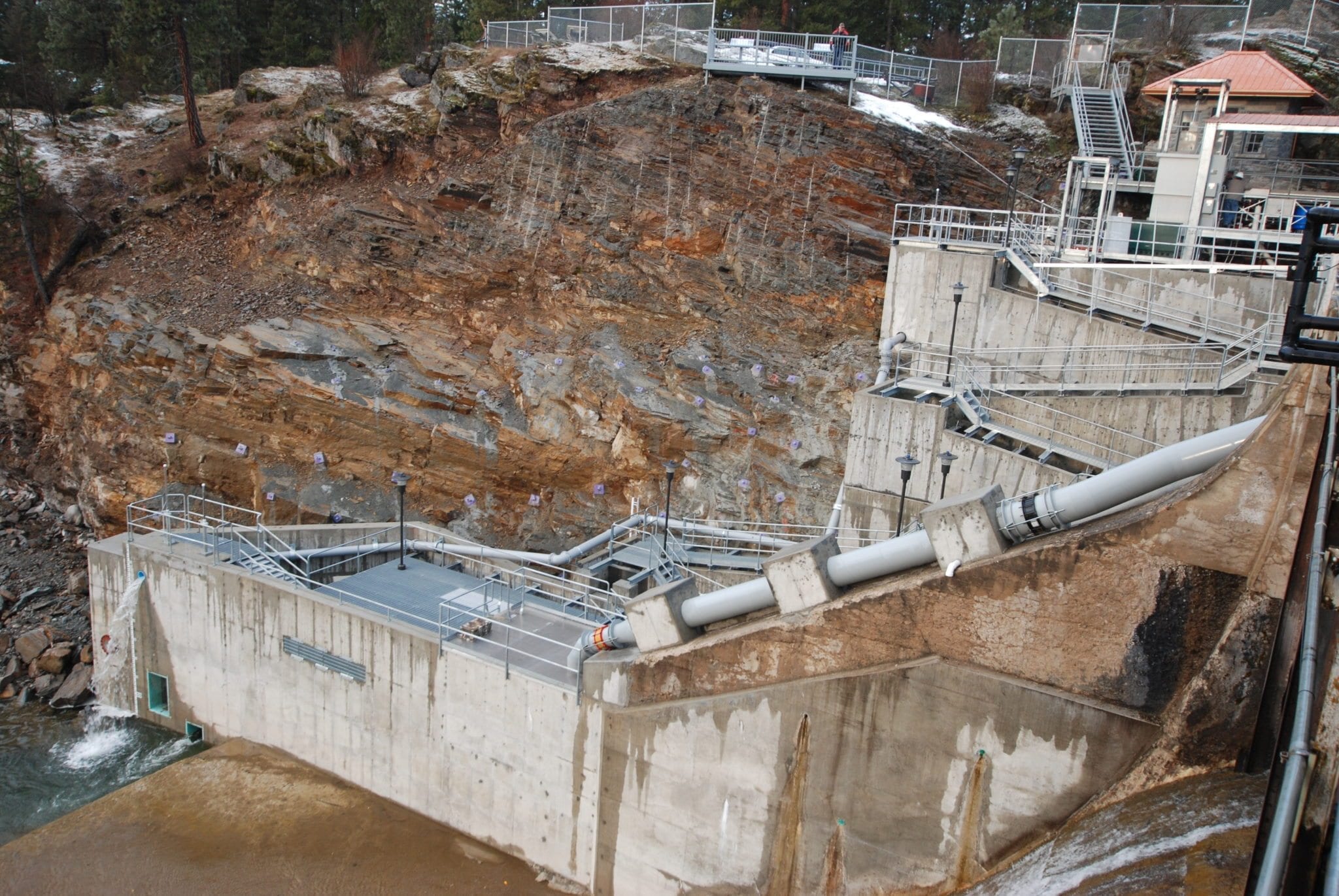


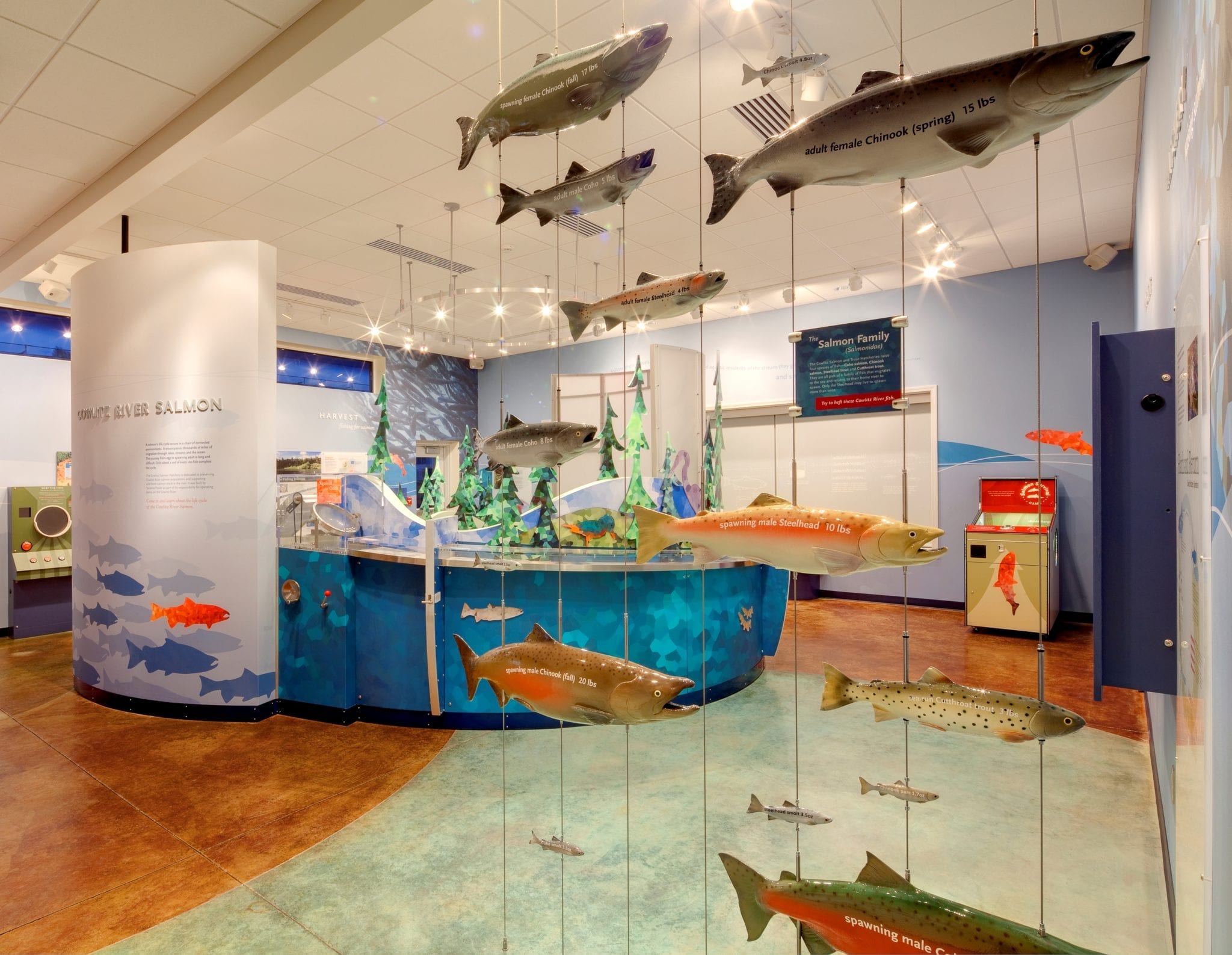
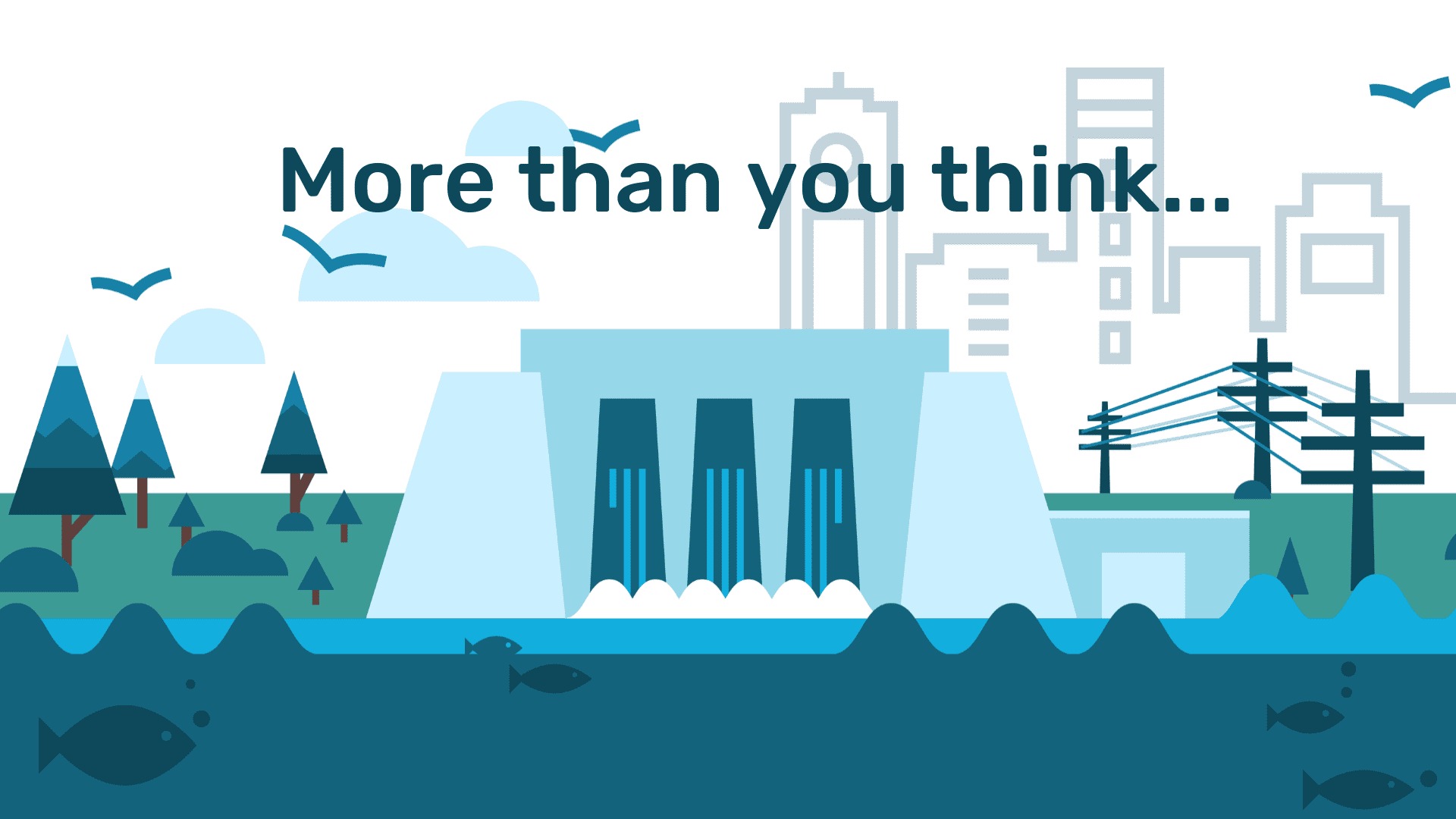
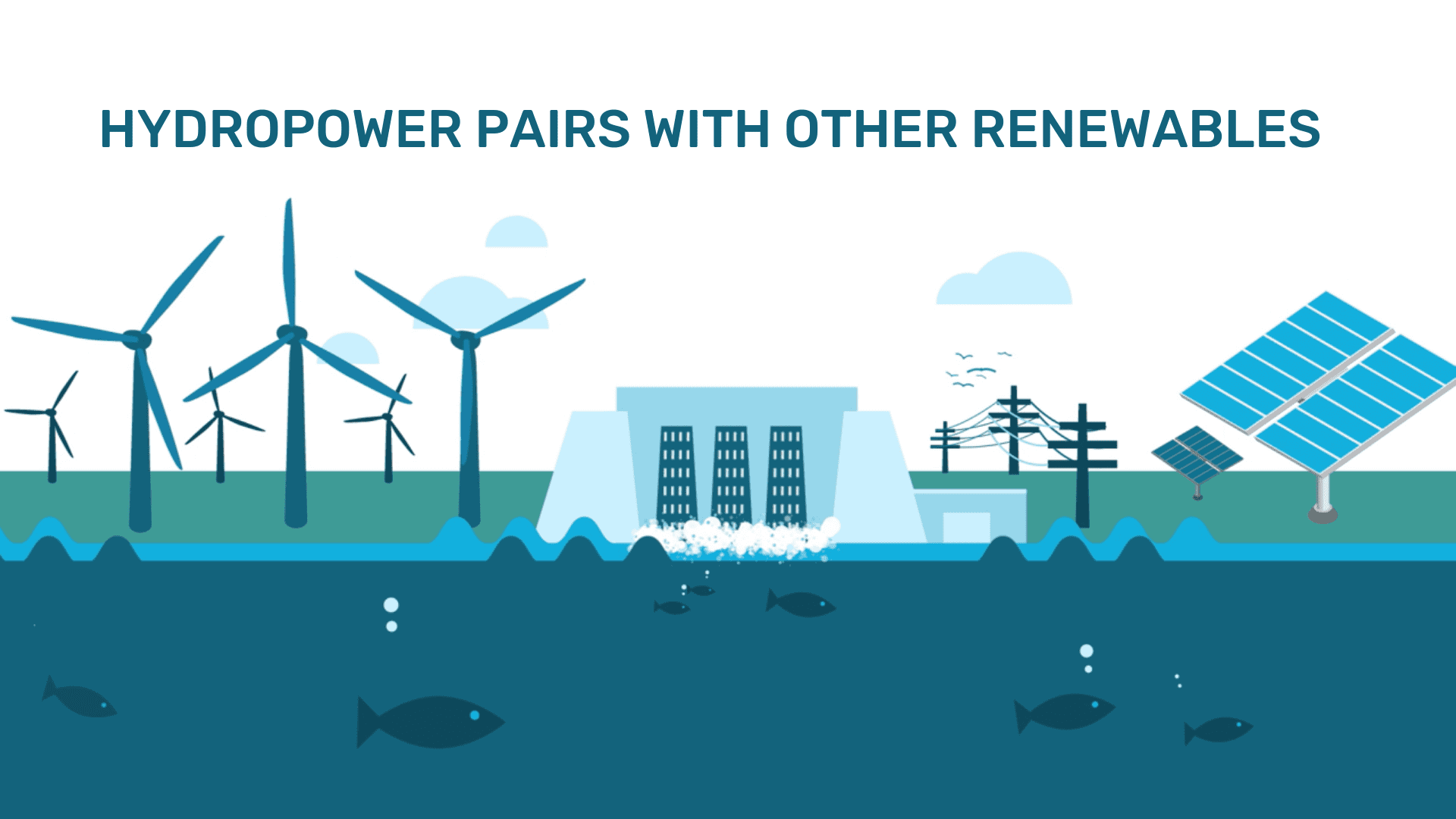


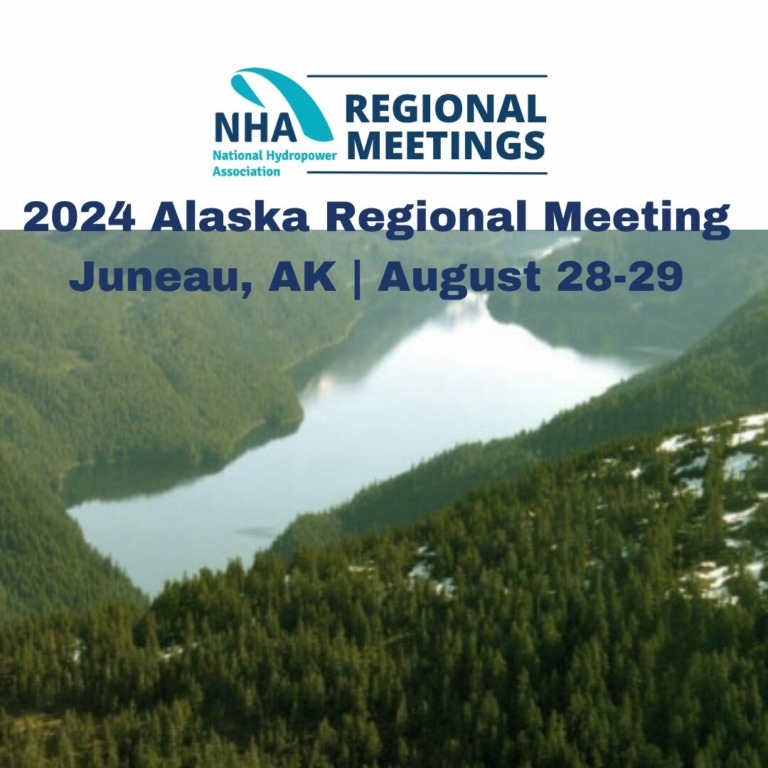

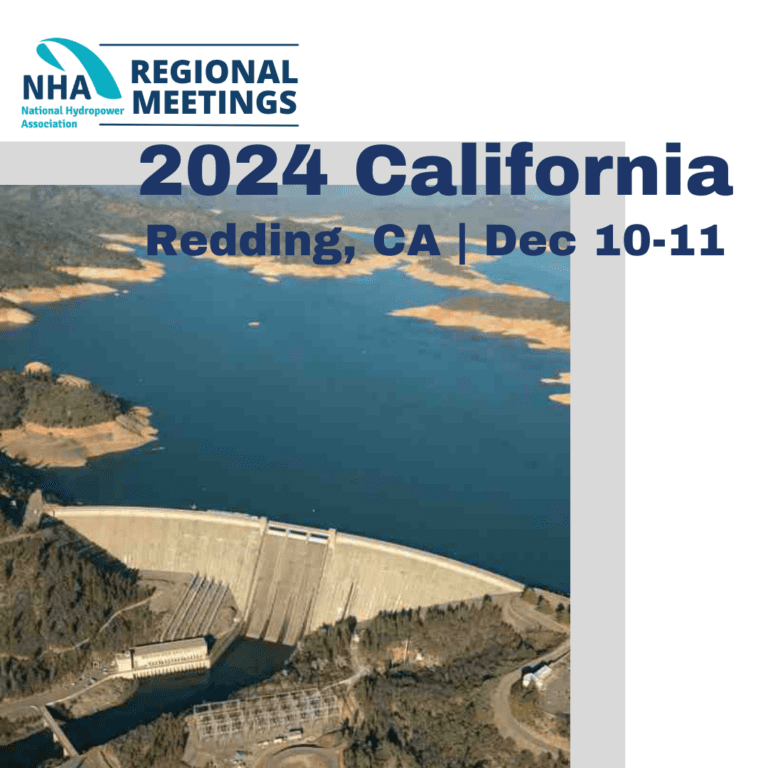

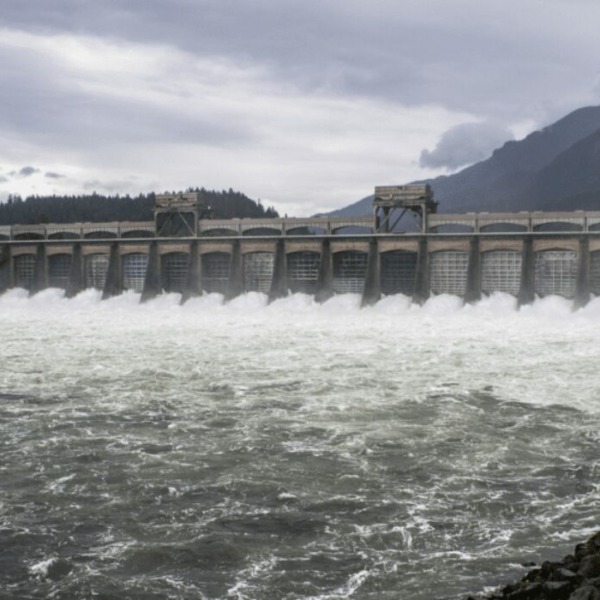
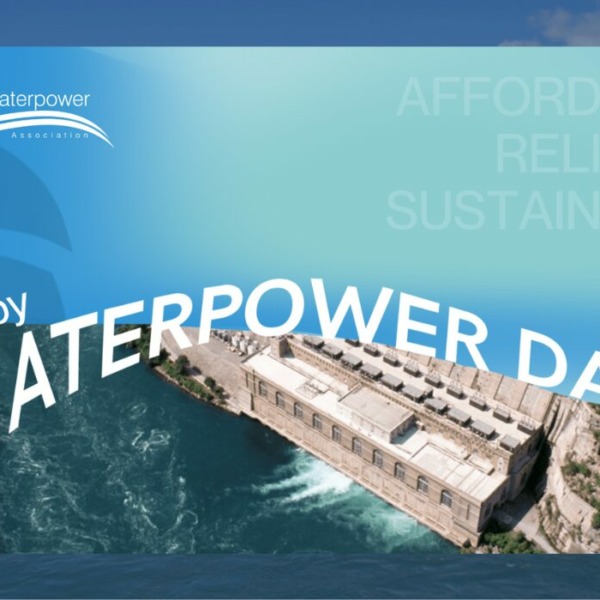
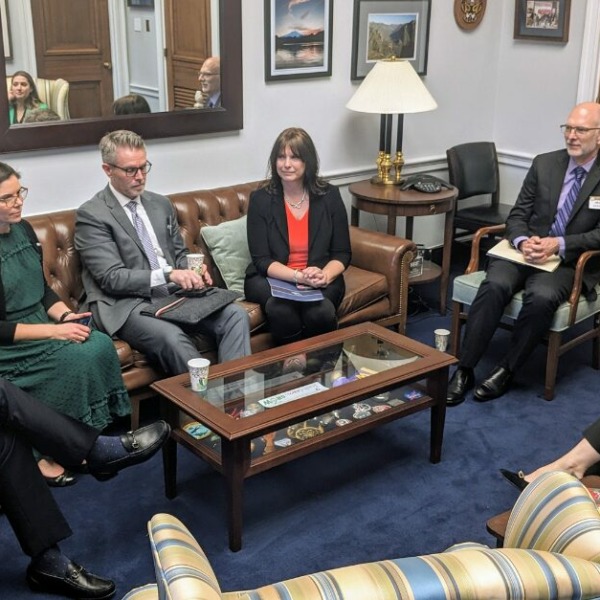
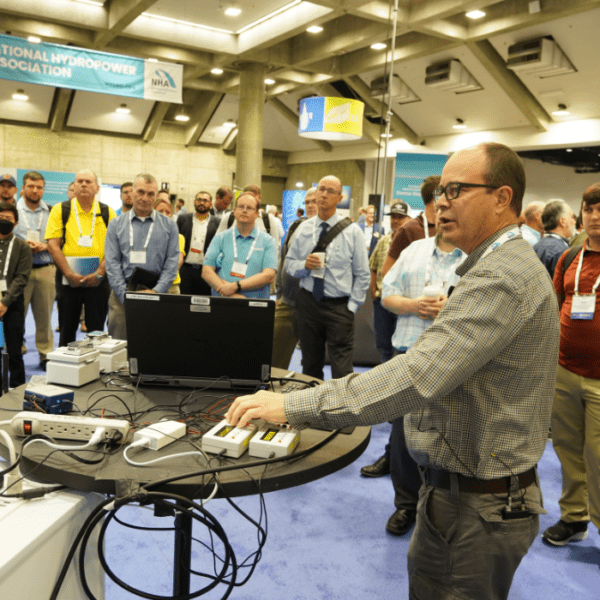

 Summary
Summary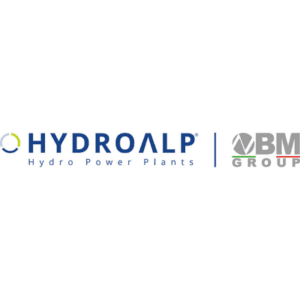
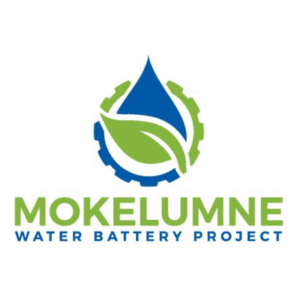
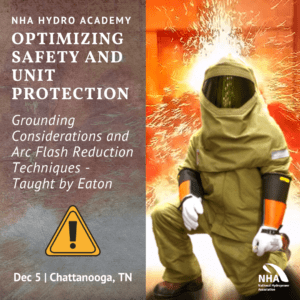

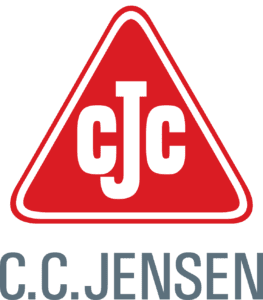
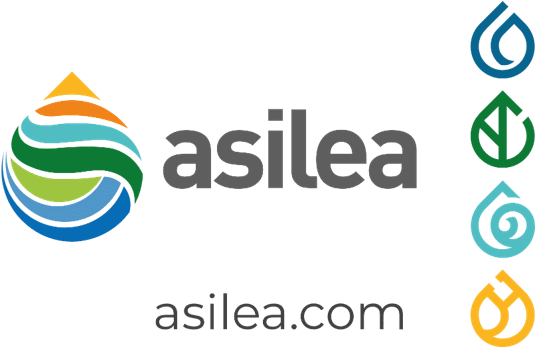

 Summary
Summary


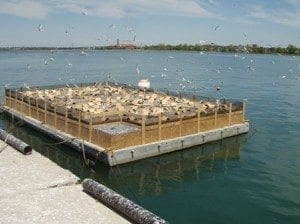 Summary
Summary
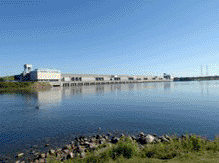



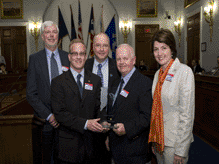
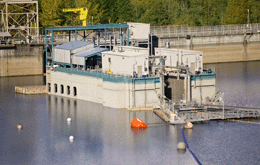
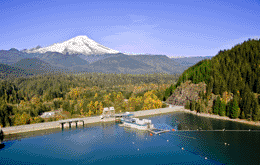



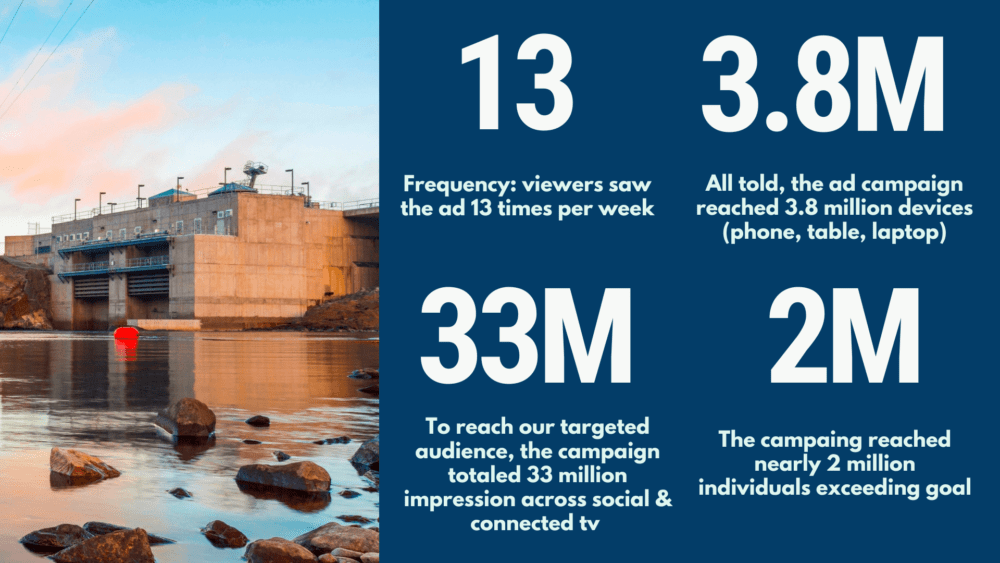
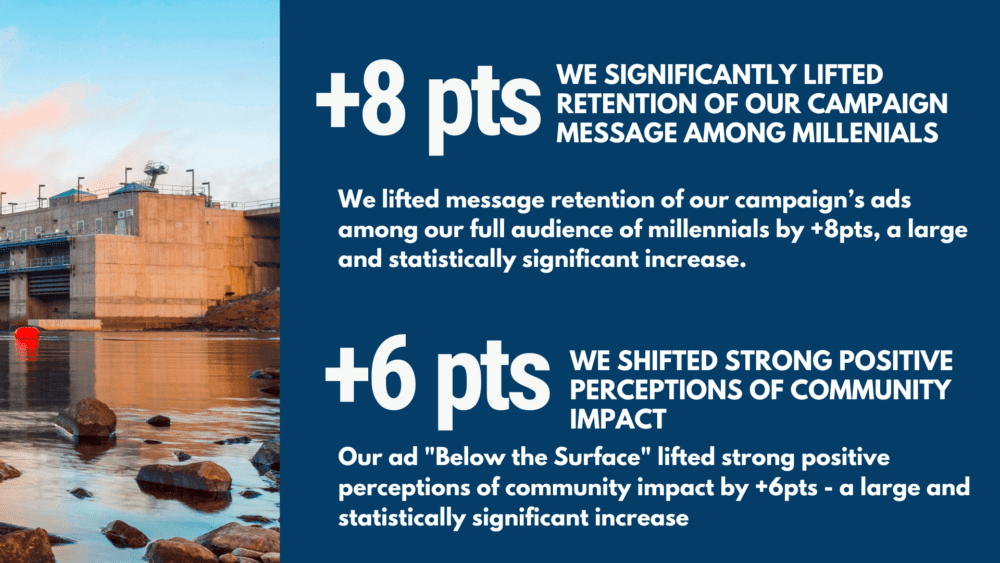

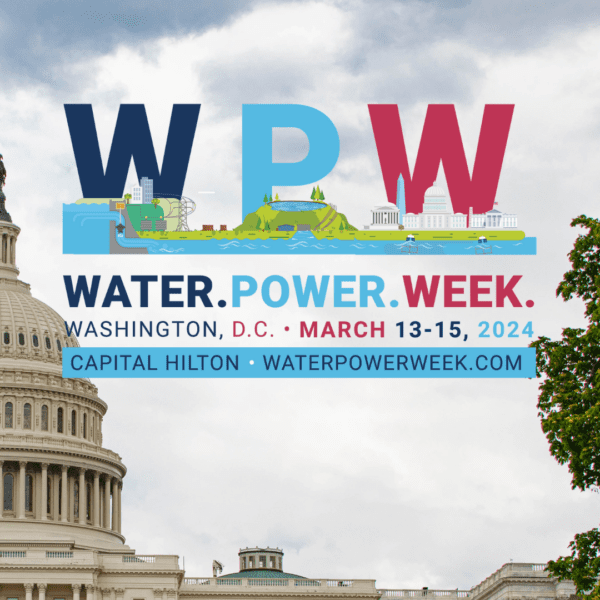
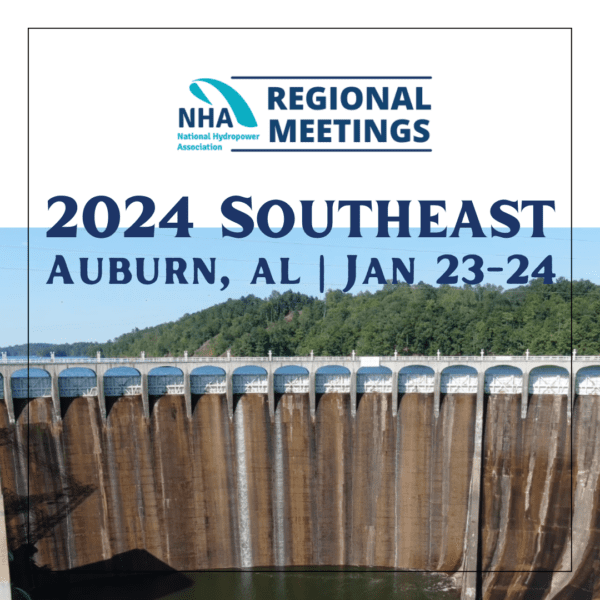
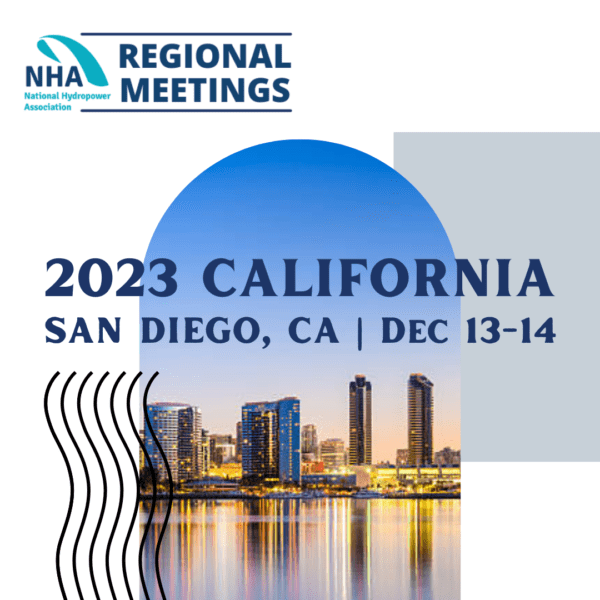
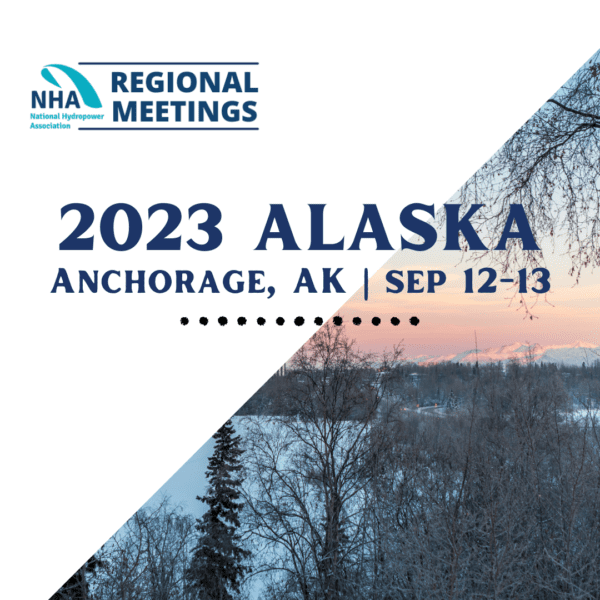
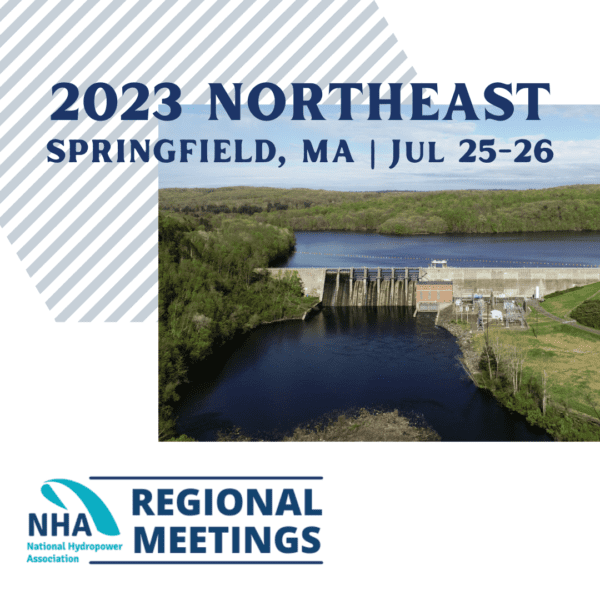
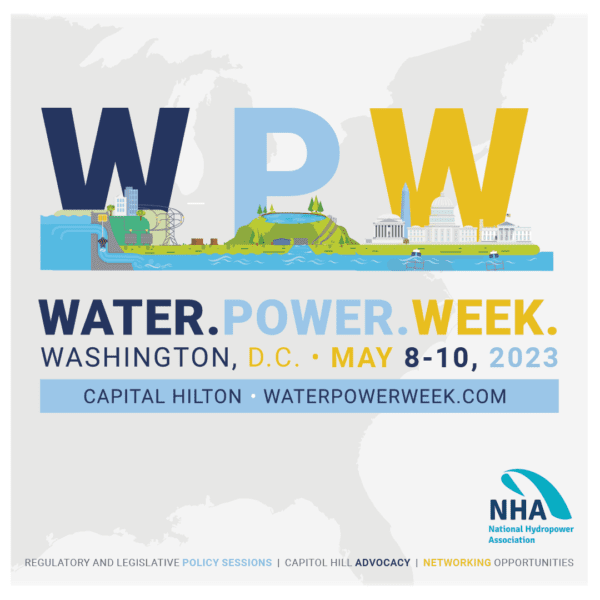

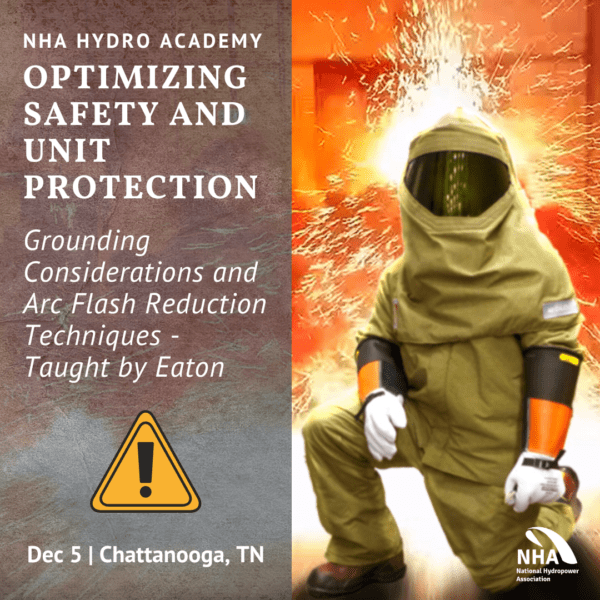
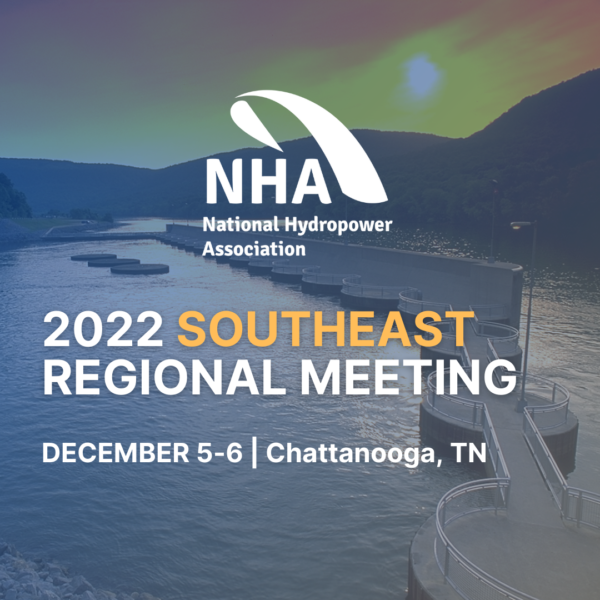
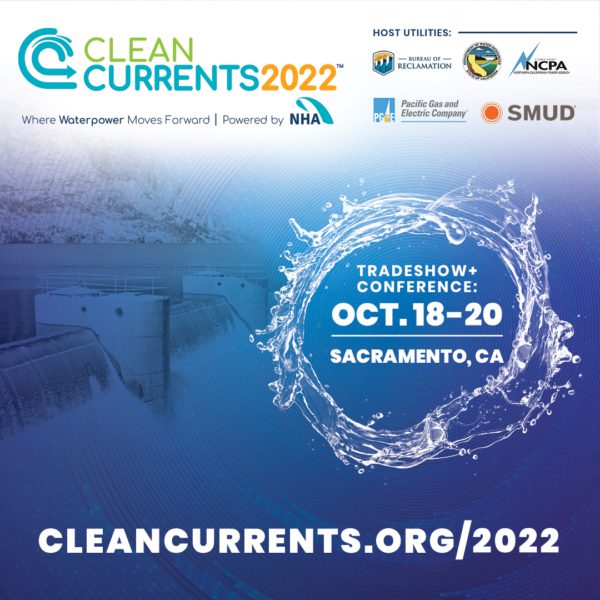

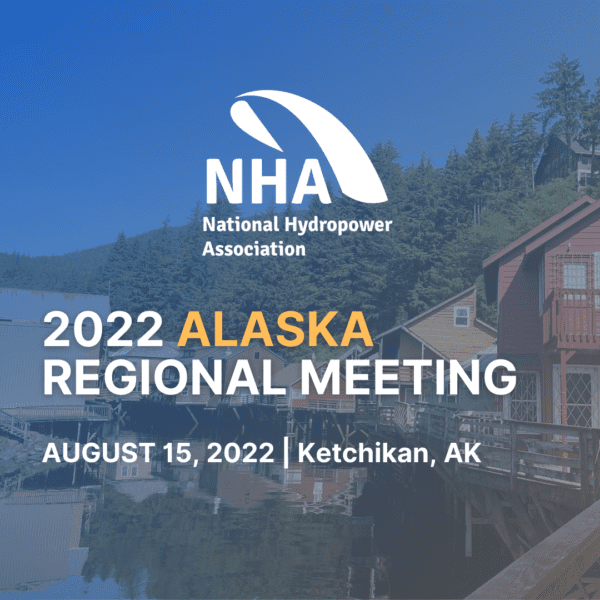
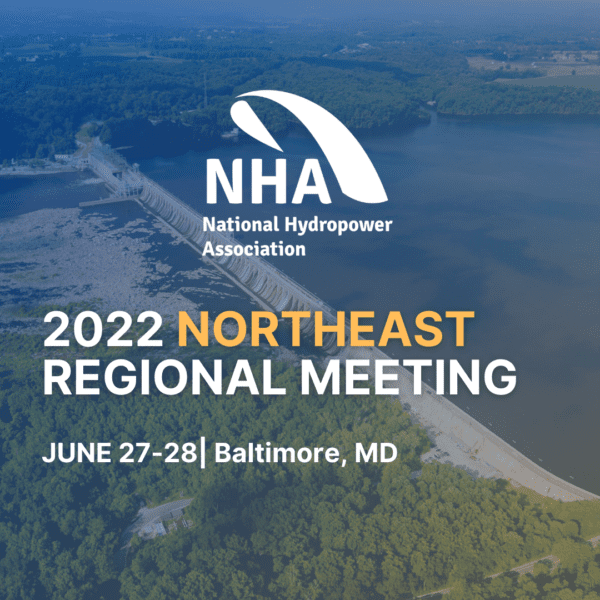
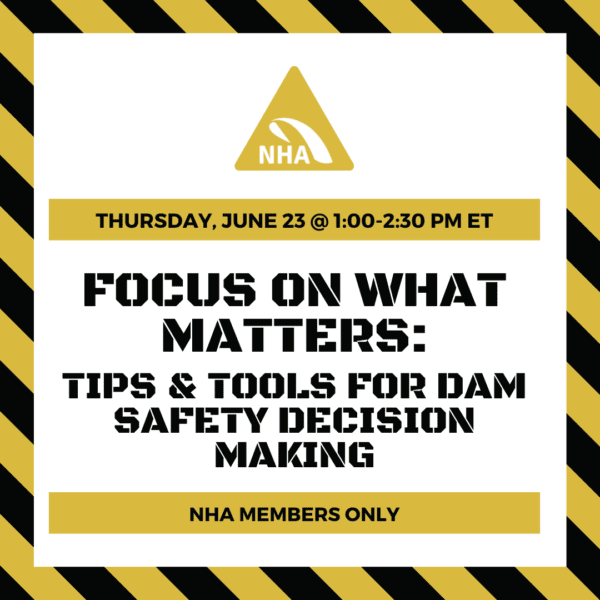
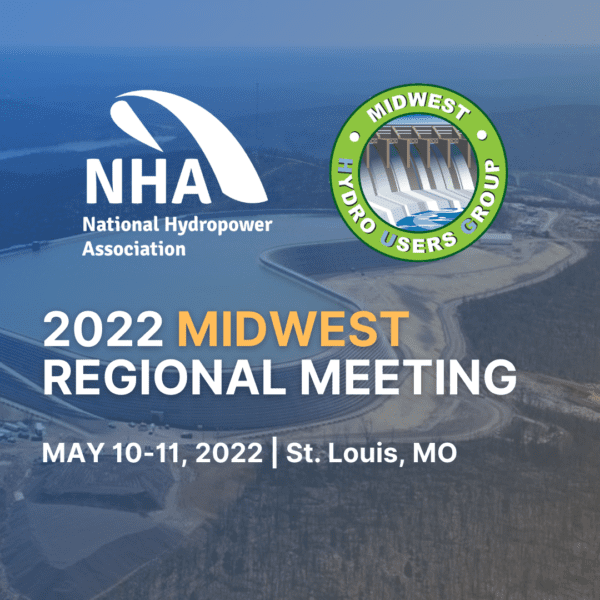
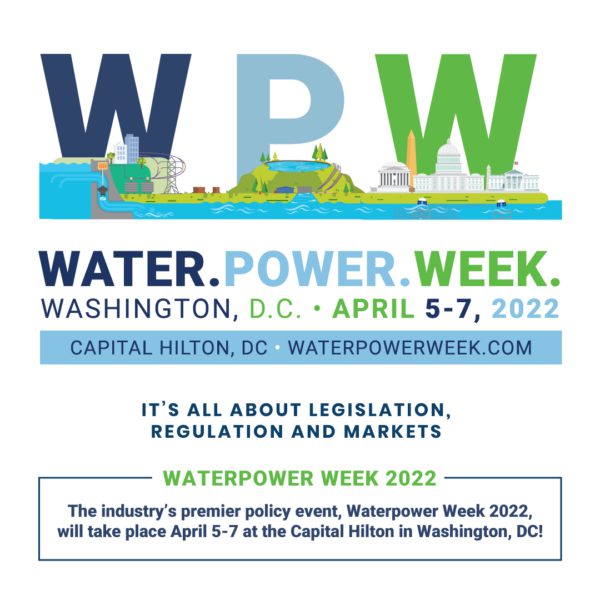
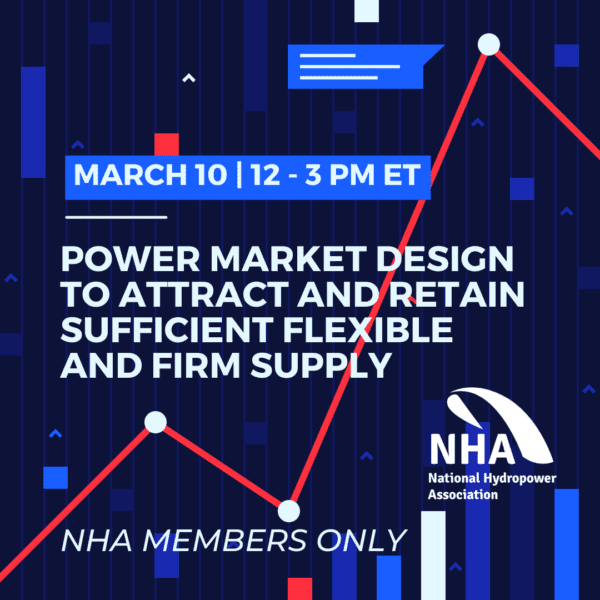
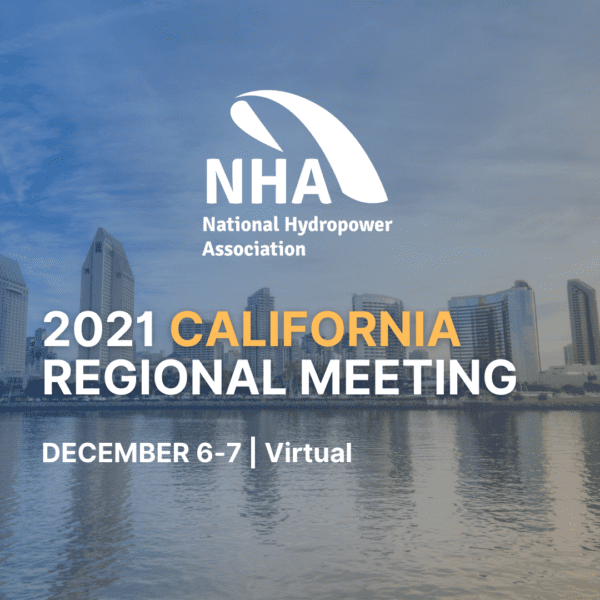


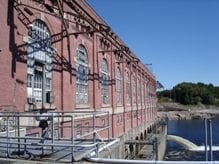

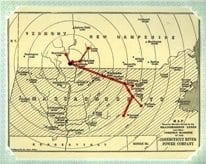

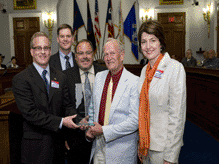
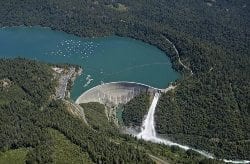
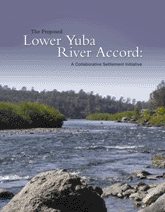






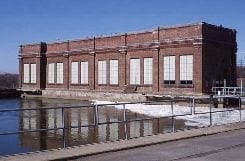
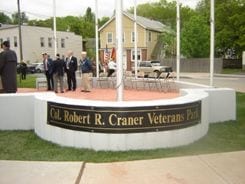




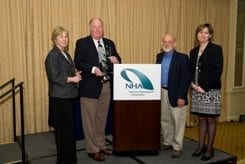


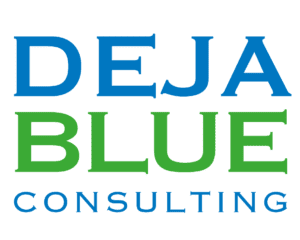
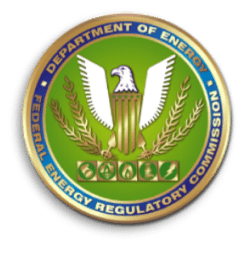


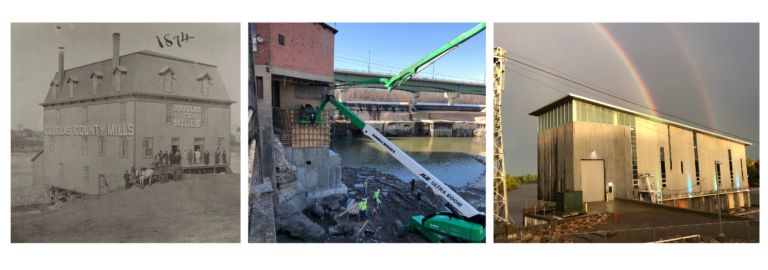
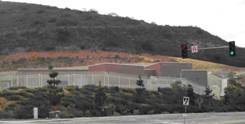
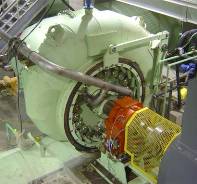
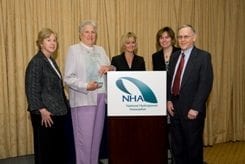
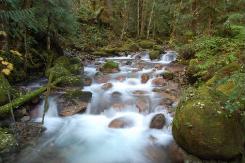
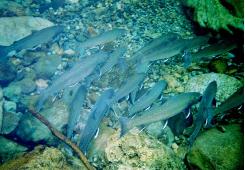
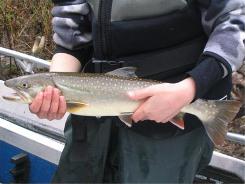
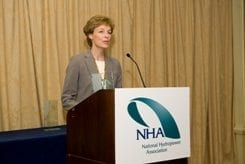
 Thank you for your interest in signing up to receive the POWERHOUSE weekly email, published by the National Hydropower Association (NHA).
The POWERHOUSE weekly email is a free, unique service that leverages AI technology to feed you information, tips, insights, and intelligence most relevant to you. The more you read and click, the more refined your personal feed will become.
All contacts at NHA member organizations will automatically receive the POWERHOUSE weekly email.
If your organization is not a member of NHA, but you want to receive the POWERHOUSE weekly email, follow the steps below to sign up.
Thank you for your interest in signing up to receive the POWERHOUSE weekly email, published by the National Hydropower Association (NHA).
The POWERHOUSE weekly email is a free, unique service that leverages AI technology to feed you information, tips, insights, and intelligence most relevant to you. The more you read and click, the more refined your personal feed will become.
All contacts at NHA member organizations will automatically receive the POWERHOUSE weekly email.
If your organization is not a member of NHA, but you want to receive the POWERHOUSE weekly email, follow the steps below to sign up.

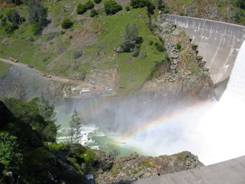
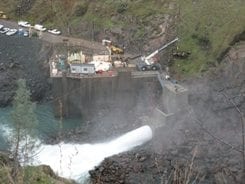
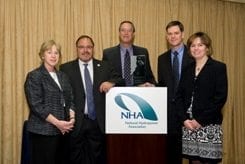


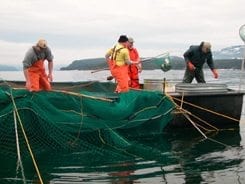
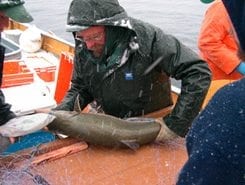
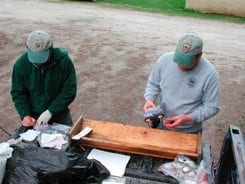
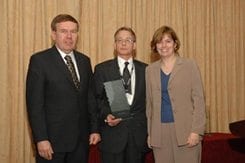
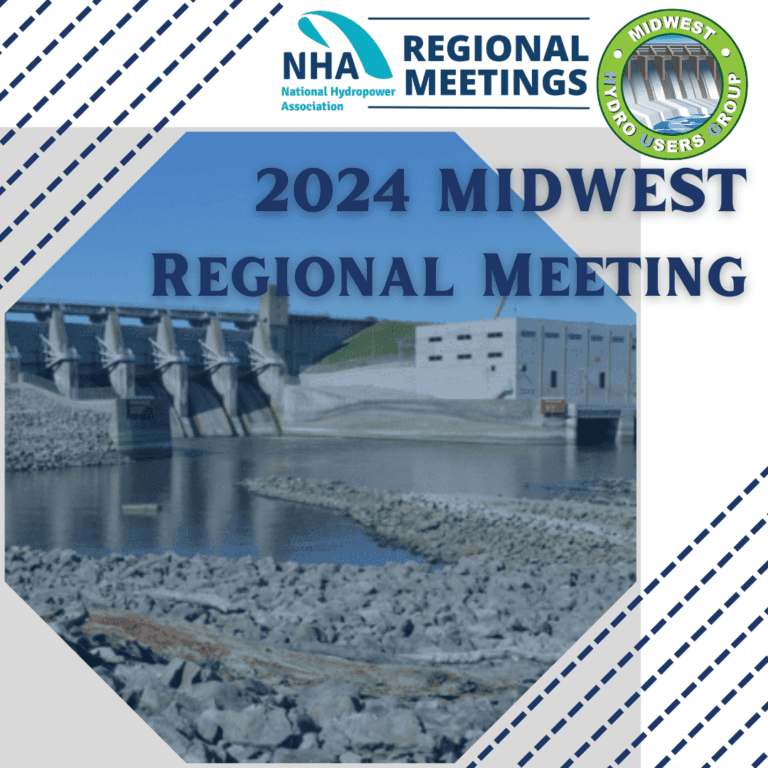

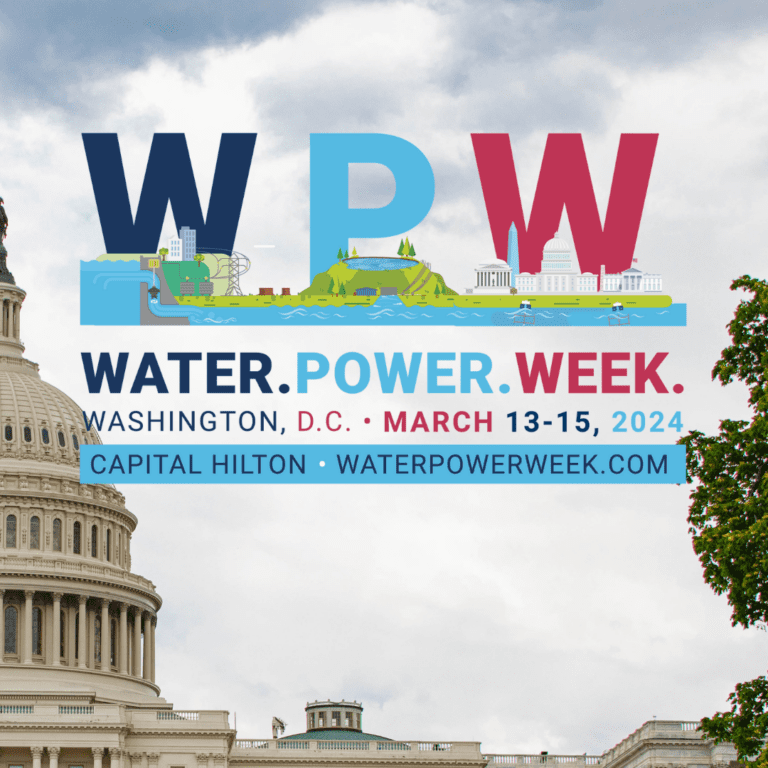
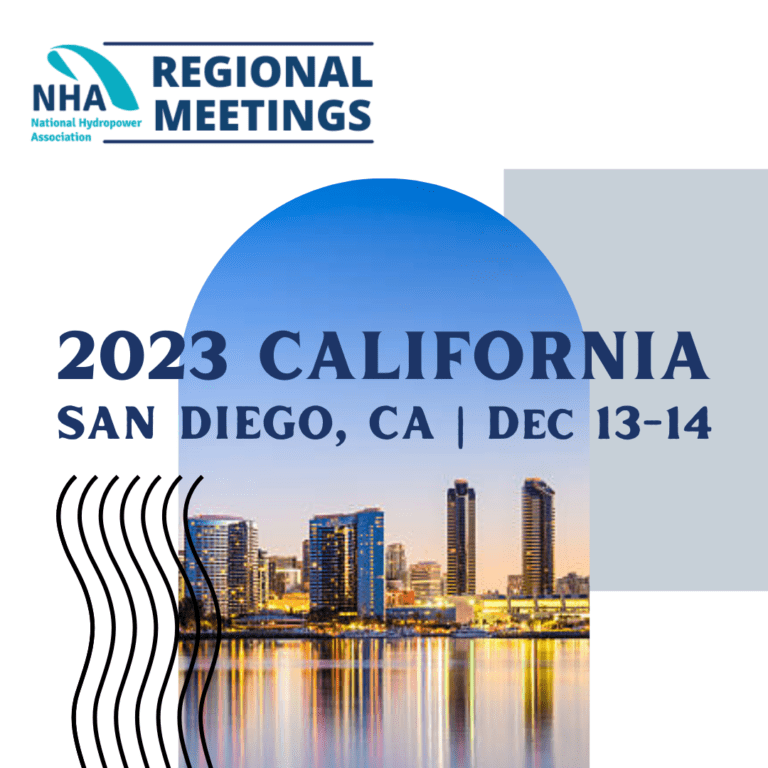
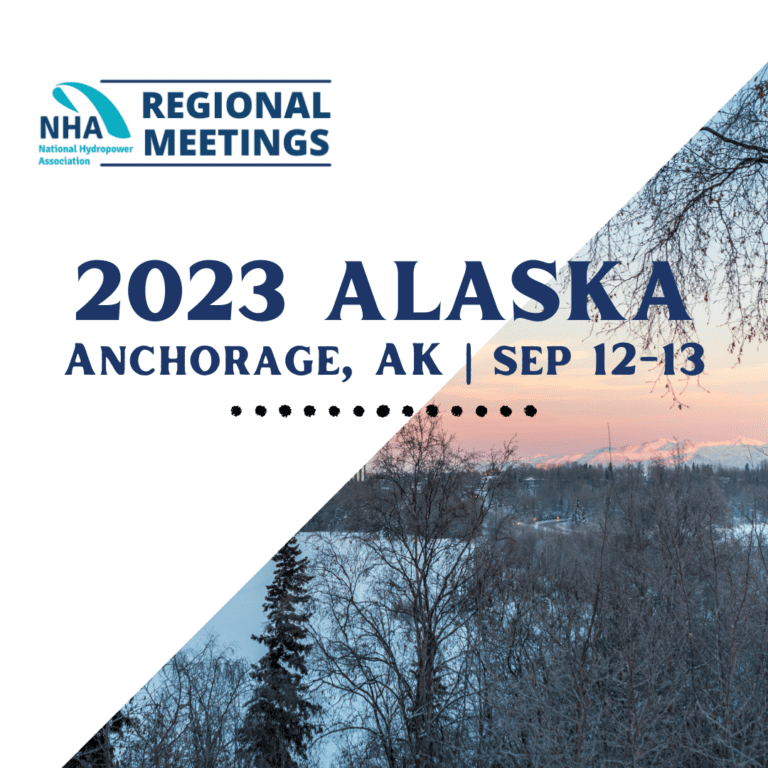



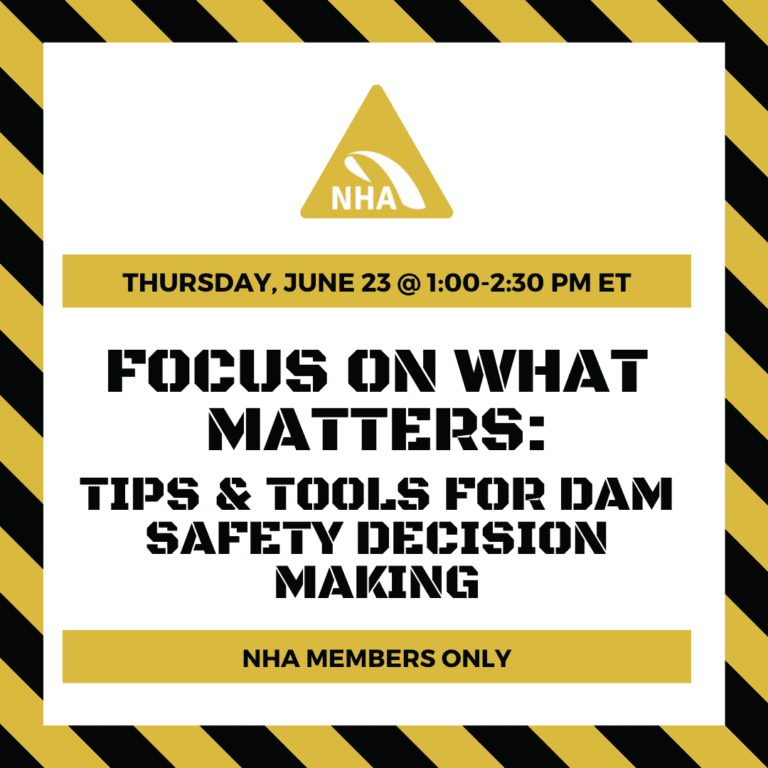
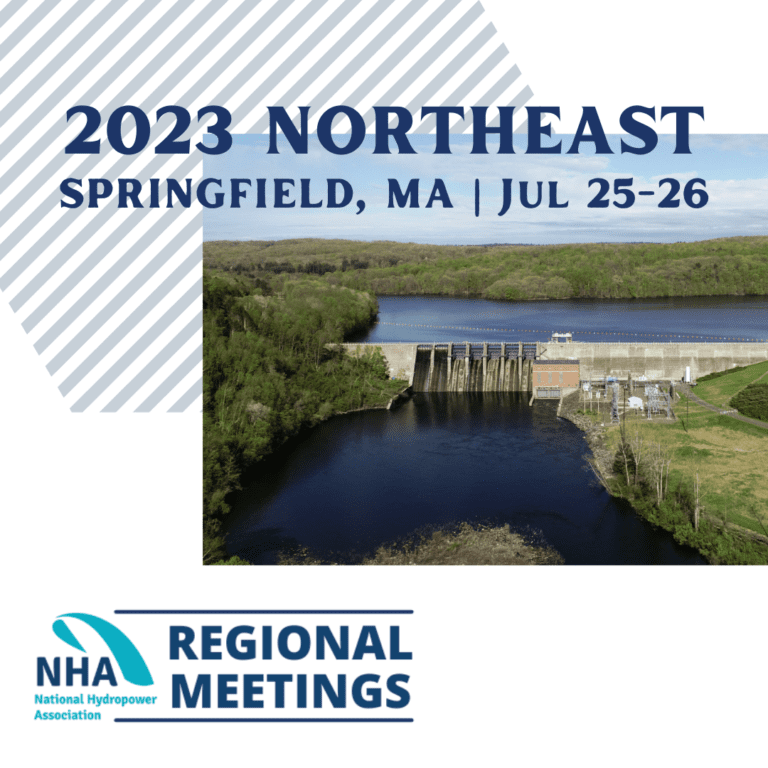
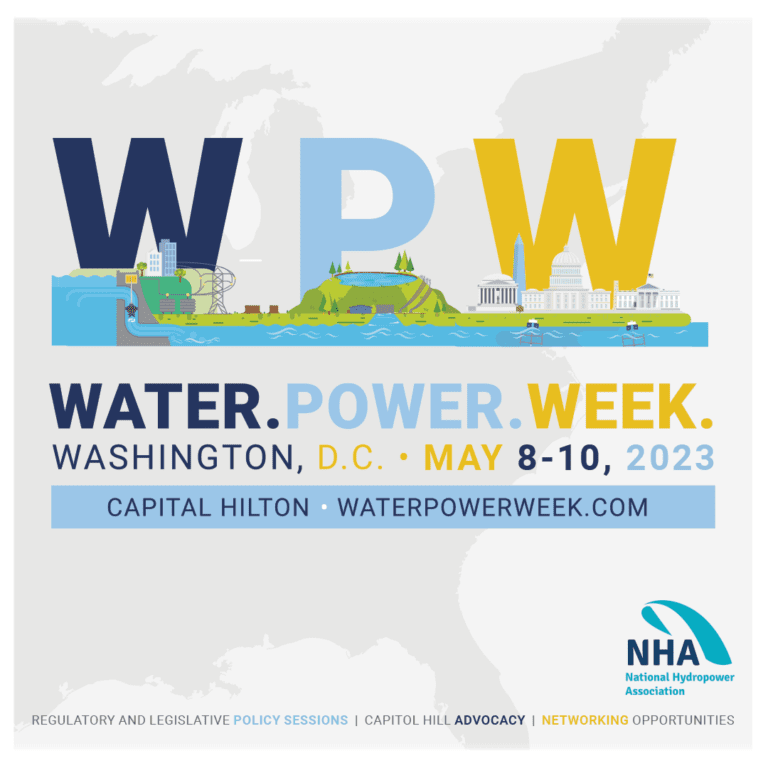
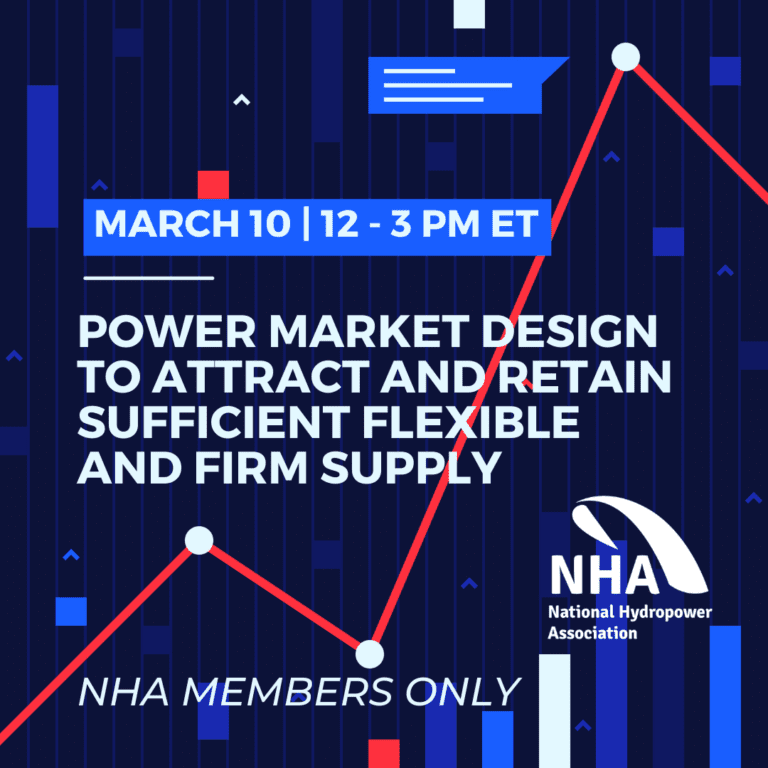
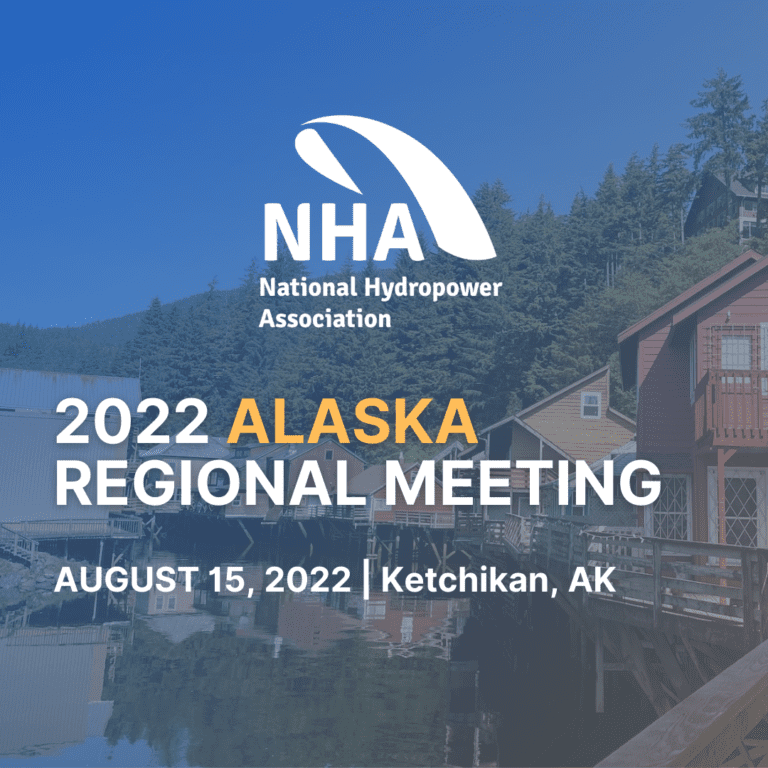
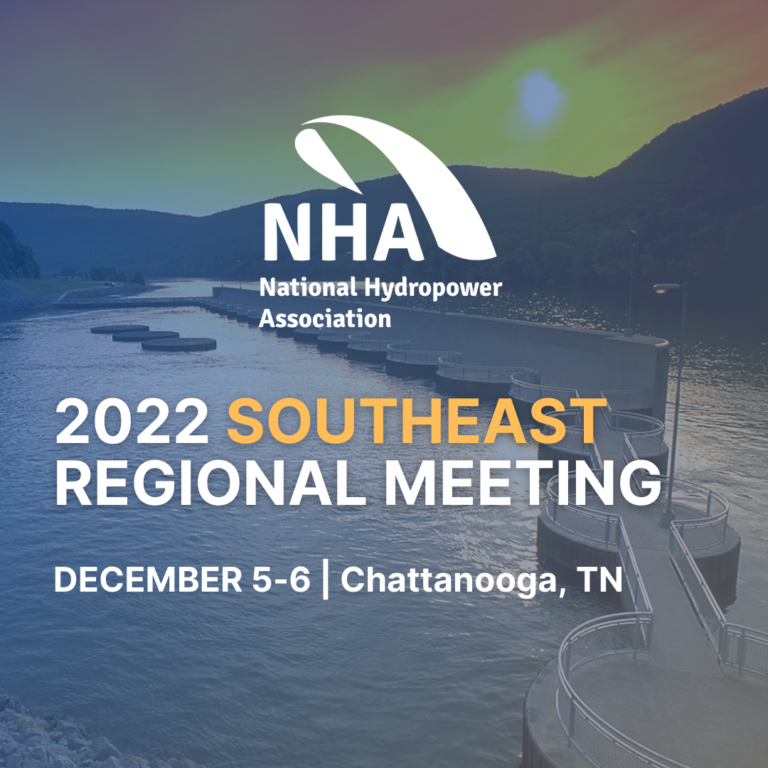



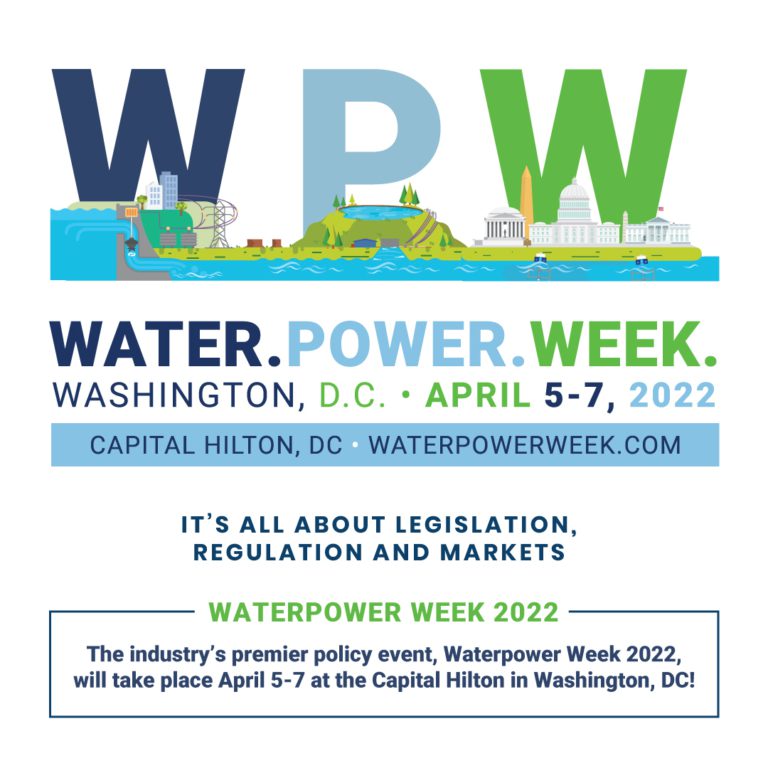
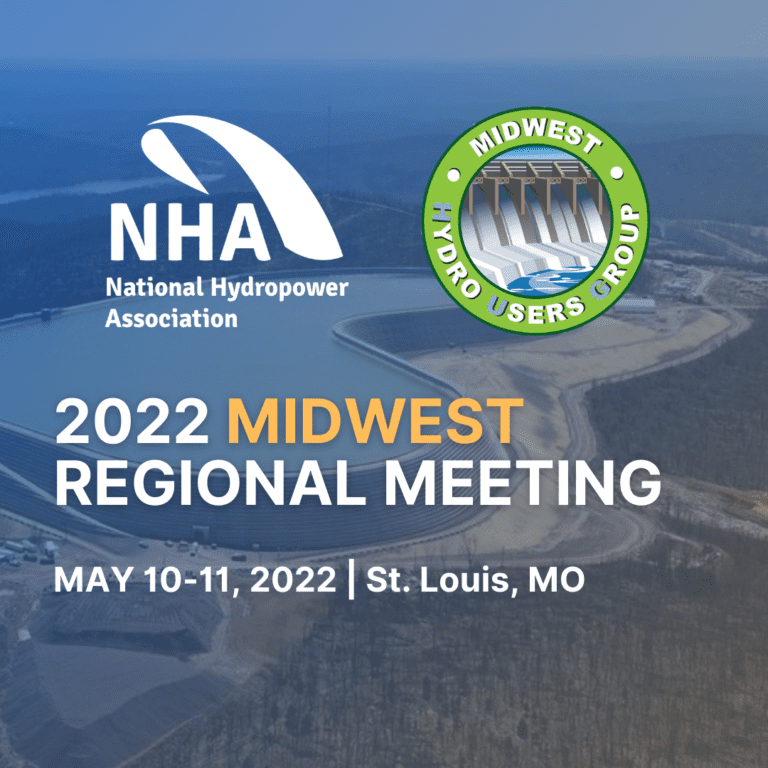

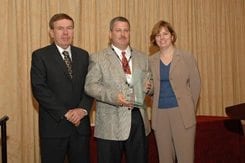

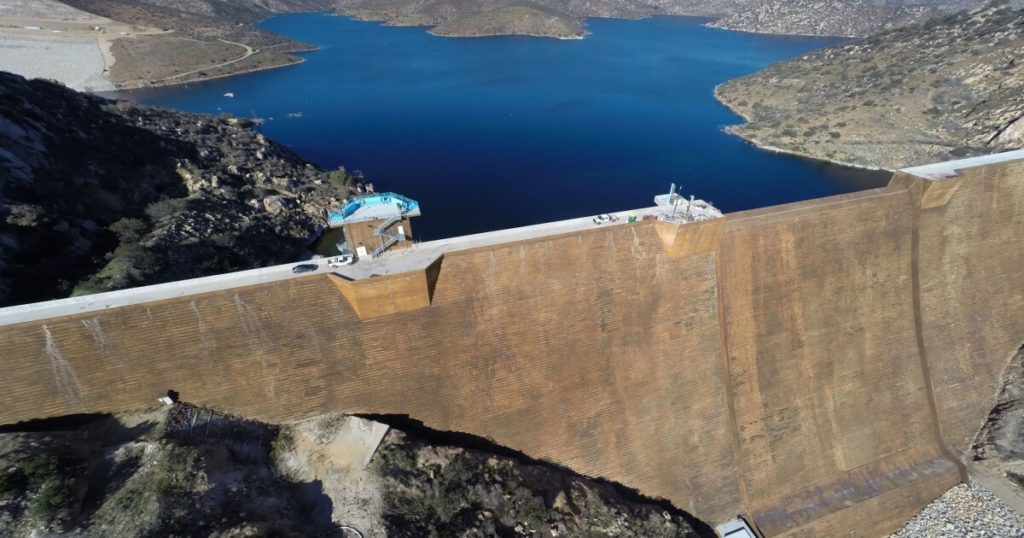

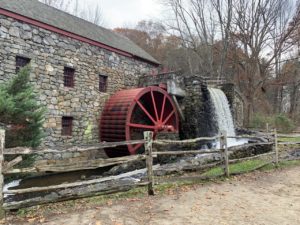

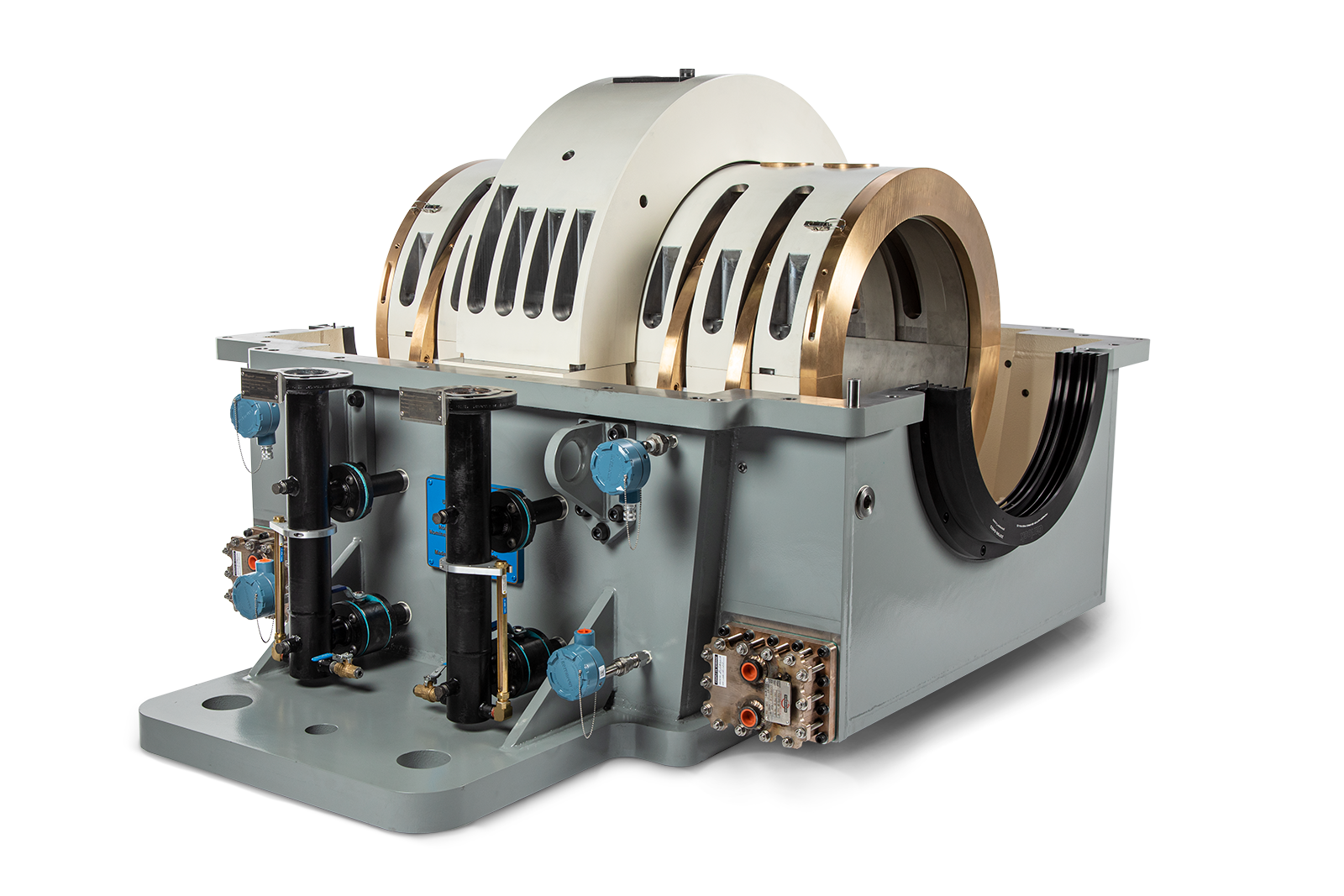
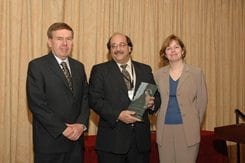
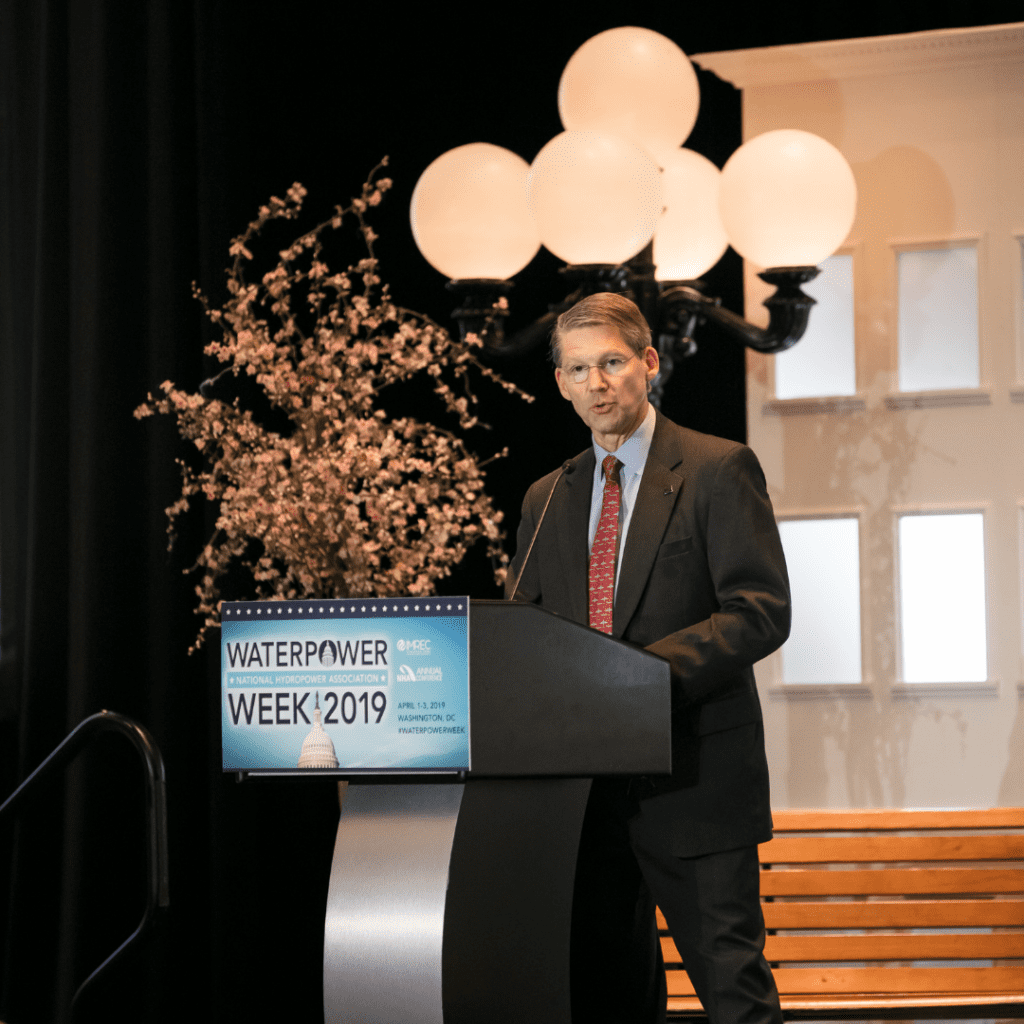

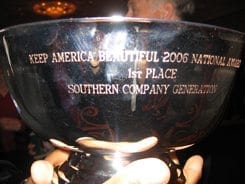
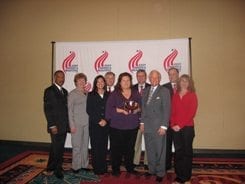



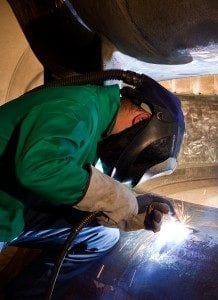 NAVIGANT STUDY 2009
NAVIGANT STUDY 2009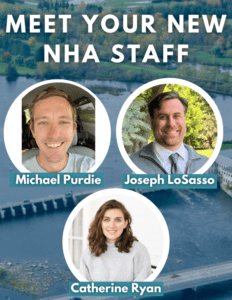


.png)
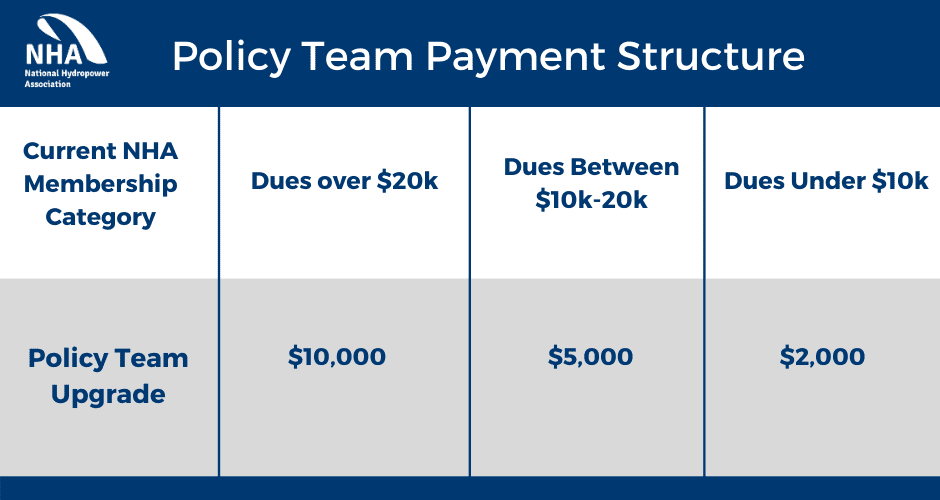
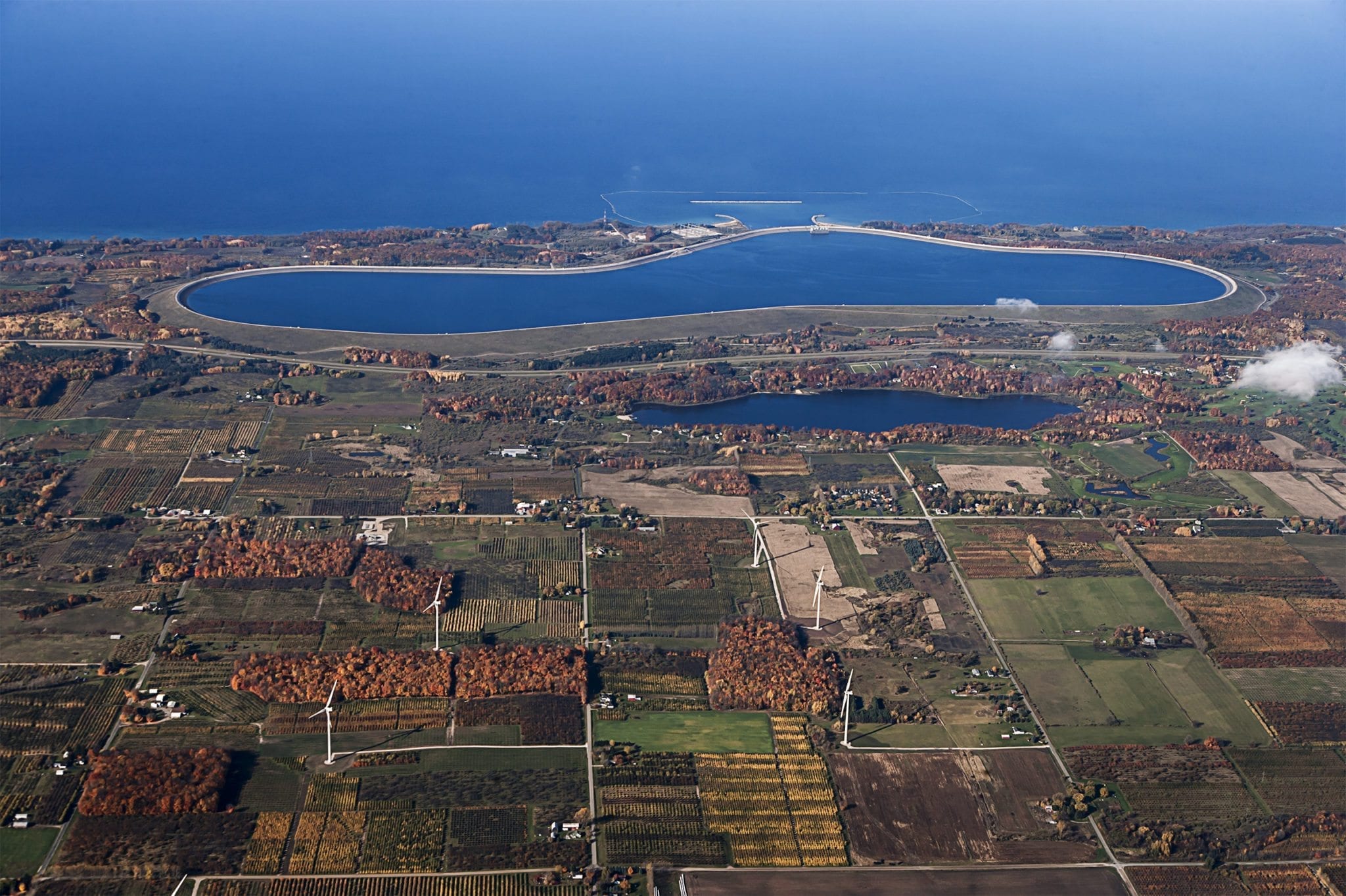
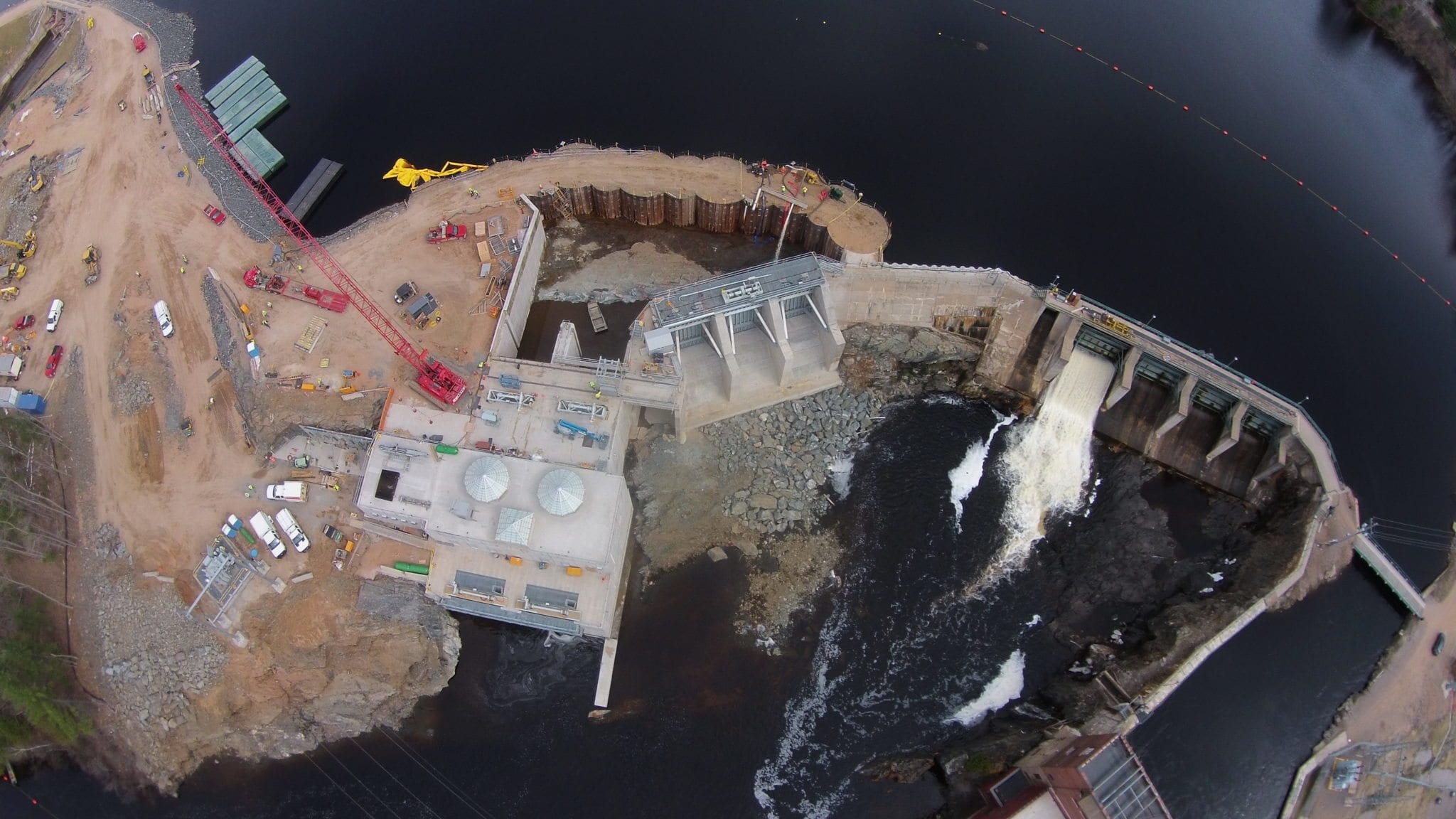

 Allowing water to flow from a reservoir through a dam and turbine system, conventional hydro has been reliably generating electricity for decades — and is poised to expand through upgrades and capacity additions at existing facilities.
Allowing water to flow from a reservoir through a dam and turbine system, conventional hydro has been reliably generating electricity for decades — and is poised to expand through upgrades and capacity additions at existing facilities.
 Scientists and engineers working to capture the vast power of our oceans are on the cutting edge of energy technology development.
Scientists and engineers working to capture the vast power of our oceans are on the cutting edge of energy technology development.
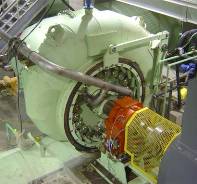 This technology places turbines in existing water infrastructure, like irrigation canals, where there is minimal environmental footprint.
This technology places turbines in existing water infrastructure, like irrigation canals, where there is minimal environmental footprint.
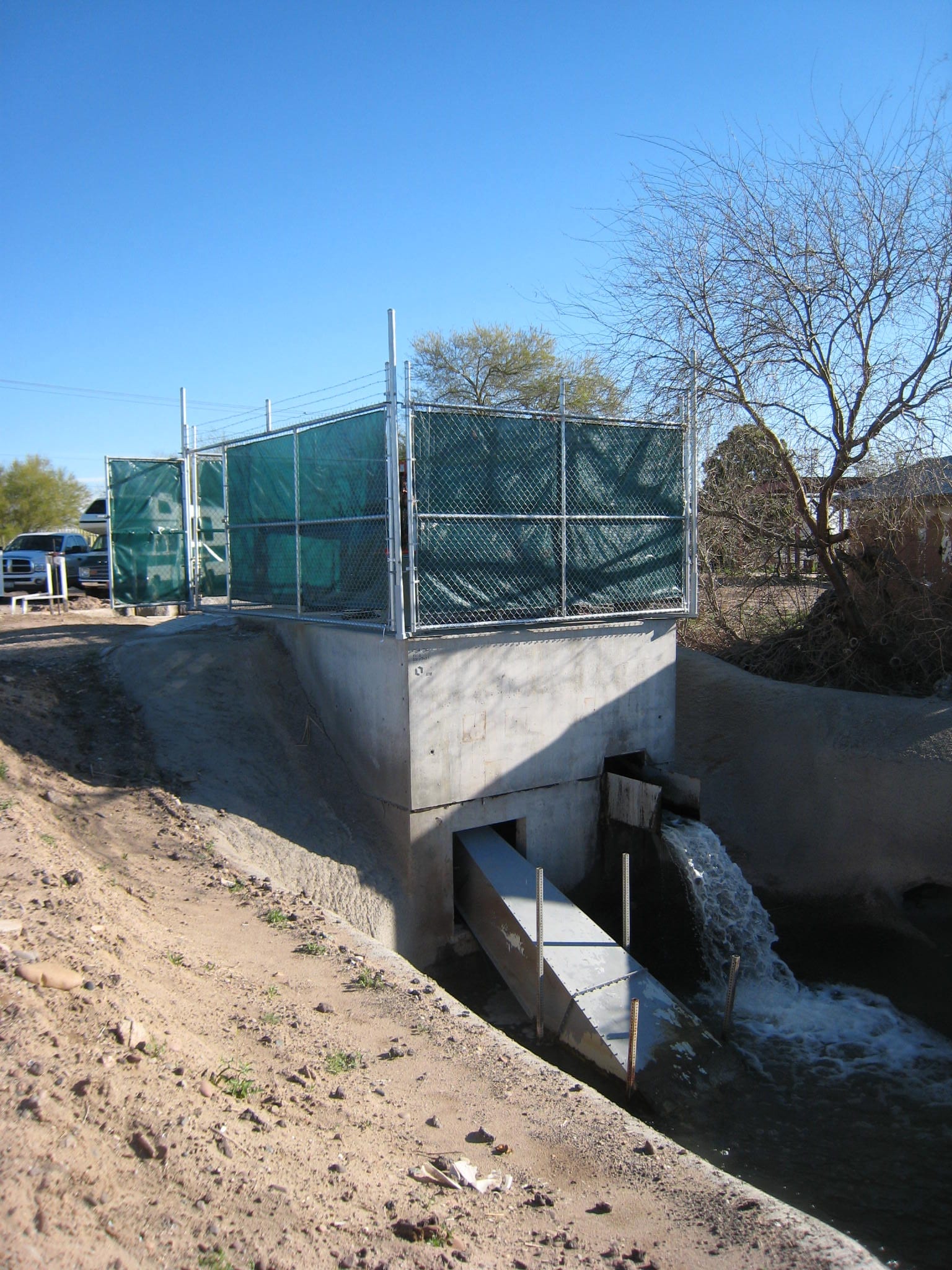 Developers and local communities in all regions of the country are re-examining existing dams and infrastructure to support small hydro installations. Small hydro is an important component to expanding U.S. hydro capacity.
Developers and local communities in all regions of the country are re-examining existing dams and infrastructure to support small hydro installations. Small hydro is an important component to expanding U.S. hydro capacity.

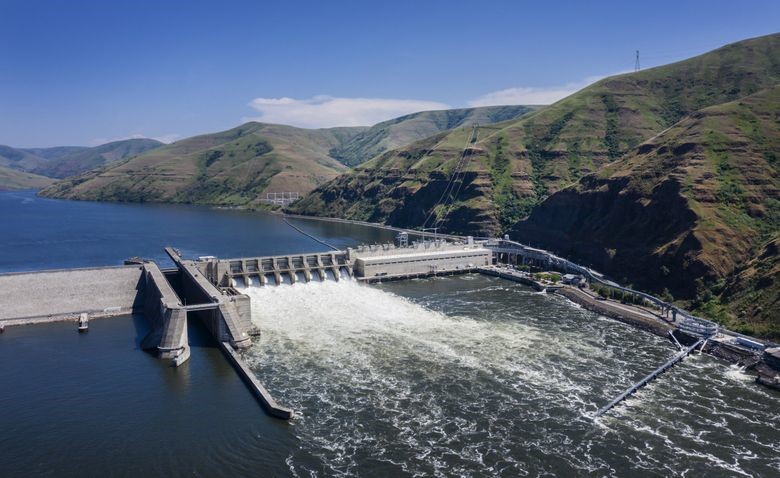
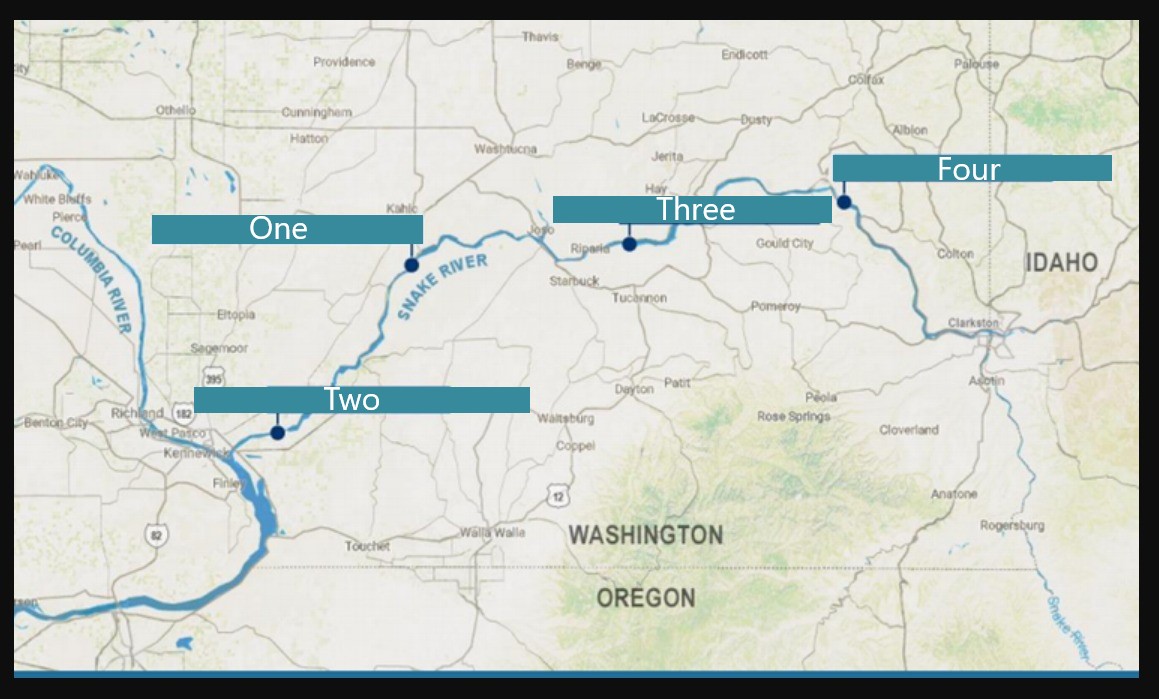
 Renewable Energy Aggregators – Renewable Energy Aggregators (REA) has identified a novel market opportunity for building charging and refueling infrastructure for America’s emerging Class 8 EV/H2 Commercial Truck Fleet by repurposing hundreds of the Country’s abandoned quarries and non-powered dams located near interstate highway rest stops into scalable renewable energy generators.
REA’s business model seeks to generate and deliver higher power-quality to its customers at considerably lower prices. This business model fundamentally aligns with Federal Clean Energy Policies, and positions REA at the forefront of an entirely new energy market space; Distributed, Behind-The-Meter, Renewable Energy Infrastructure-as-a-Service (IAAS) from a single patented platform.
Although all REA hydropower projects qualify for federal infrastructure grants and subsidies, REA is currently focused on pursuing private funding. We believe this funding methodology will accelerate the start and completion of projects with accompanying positive impacts on local economies and the environment.
Renewable Energy Aggregators – Renewable Energy Aggregators (REA) has identified a novel market opportunity for building charging and refueling infrastructure for America’s emerging Class 8 EV/H2 Commercial Truck Fleet by repurposing hundreds of the Country’s abandoned quarries and non-powered dams located near interstate highway rest stops into scalable renewable energy generators.
REA’s business model seeks to generate and deliver higher power-quality to its customers at considerably lower prices. This business model fundamentally aligns with Federal Clean Energy Policies, and positions REA at the forefront of an entirely new energy market space; Distributed, Behind-The-Meter, Renewable Energy Infrastructure-as-a-Service (IAAS) from a single patented platform.
Although all REA hydropower projects qualify for federal infrastructure grants and subsidies, REA is currently focused on pursuing private funding. We believe this funding methodology will accelerate the start and completion of projects with accompanying positive impacts on local economies and the environment.

 Employing fish passage and ladder devices, dam operators help migrating species (such as salmon, steelhead and shad) move through river systems, while a number of best practices and technologies help preserve the aquatic environment for in-river fish species (such as bull trout and rainbow trout) The hydropower industry has for many years pursued a variety of measures to improve fish populations and new technologies are being developed and deployed successfully by hydropower operators to further reduce hydropower’s impacts.
Techniques to lessen dam impacts on animals, plants and surrounding lands include:
Employing fish passage and ladder devices, dam operators help migrating species (such as salmon, steelhead and shad) move through river systems, while a number of best practices and technologies help preserve the aquatic environment for in-river fish species (such as bull trout and rainbow trout) The hydropower industry has for many years pursued a variety of measures to improve fish populations and new technologies are being developed and deployed successfully by hydropower operators to further reduce hydropower’s impacts.
Techniques to lessen dam impacts on animals, plants and surrounding lands include:



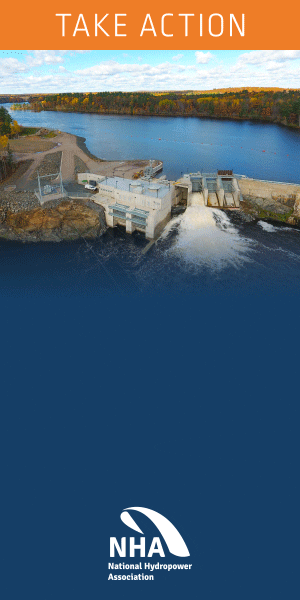


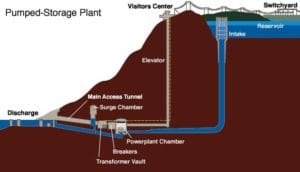 Pumped storage is one of the most cost-effective utility-scale options for grid energy storage, acting as a key provider of what is known as ancillary services. Ancillary services include network frequency control and reserve generation – ways of balancing electricity across a large grid system. With an ability to respond almost instantaneously to changes in the amount of electricity running through the grid, pumped storage is an essential component of the nation’s electricity network.
The U.S. has more than 20GW of pumped storage capacity today, with facilities in every region of the country. Developers have proposed an additional 31GW, primarily in the West, to support an increasing amount of variable generation that is coming online.
Pumped storage is one of the most cost-effective utility-scale options for grid energy storage, acting as a key provider of what is known as ancillary services. Ancillary services include network frequency control and reserve generation – ways of balancing electricity across a large grid system. With an ability to respond almost instantaneously to changes in the amount of electricity running through the grid, pumped storage is an essential component of the nation’s electricity network.
The U.S. has more than 20GW of pumped storage capacity today, with facilities in every region of the country. Developers have proposed an additional 31GW, primarily in the West, to support an increasing amount of variable generation that is coming online.
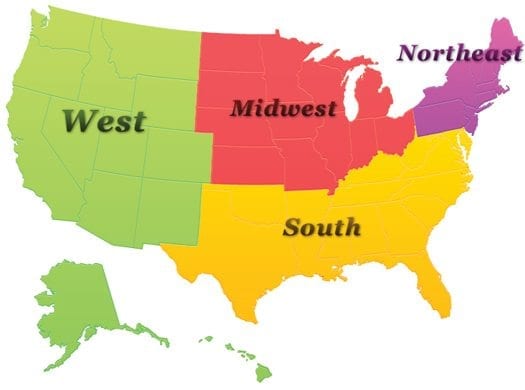
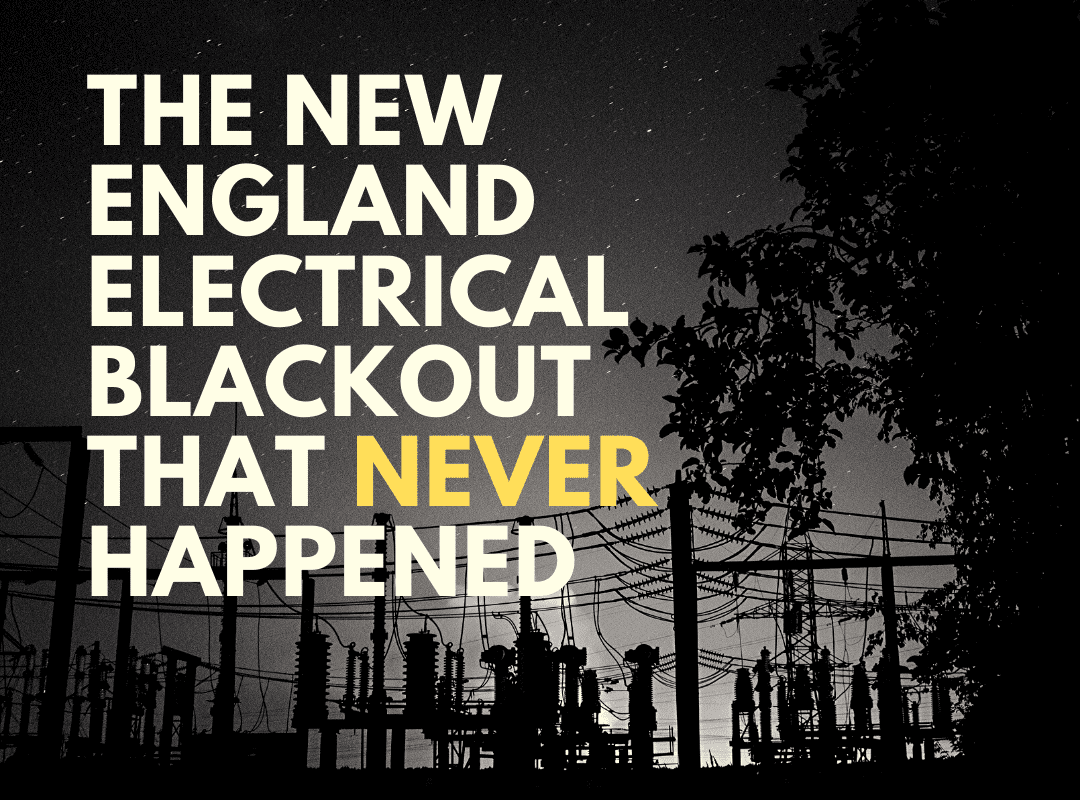
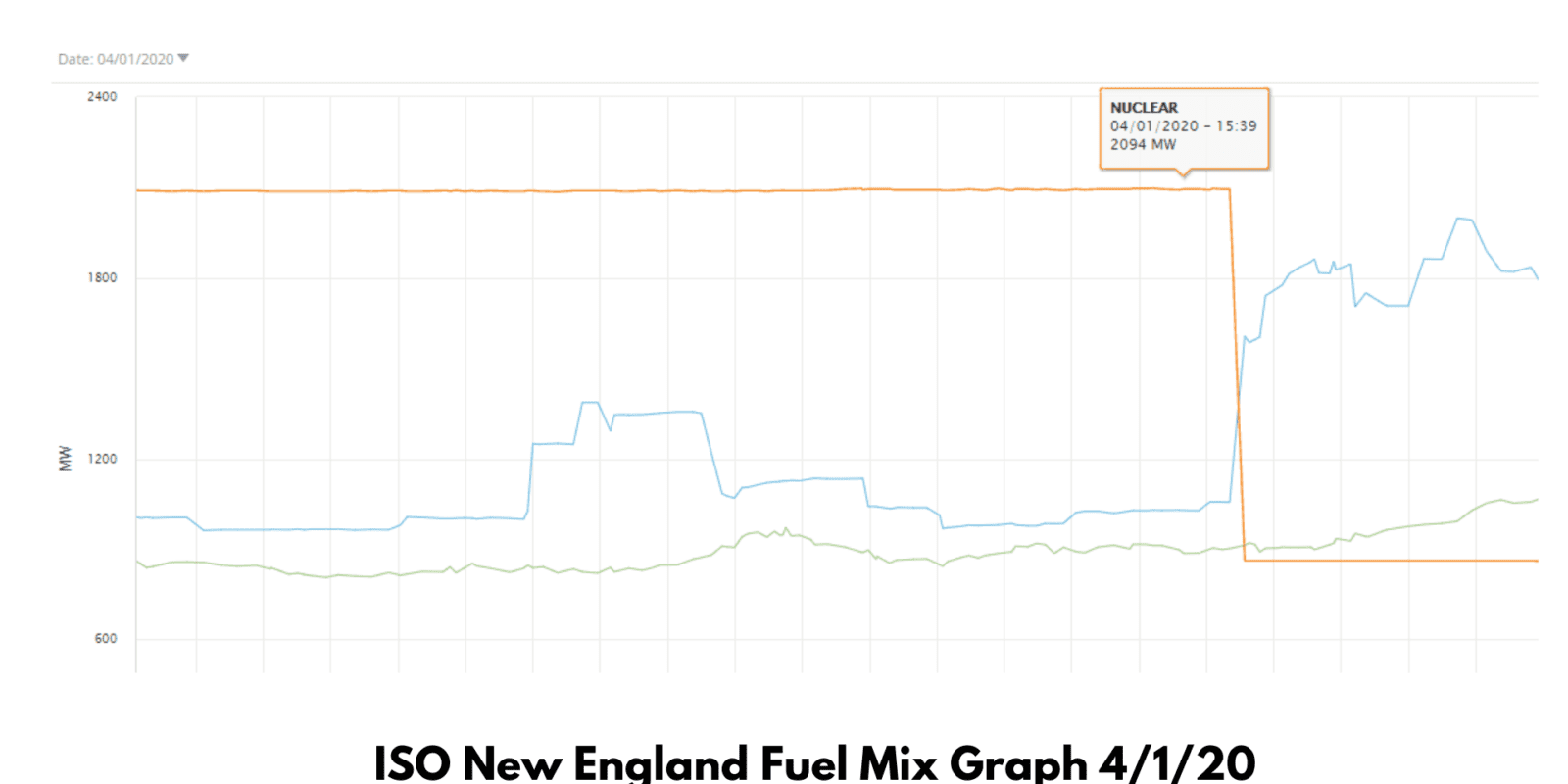

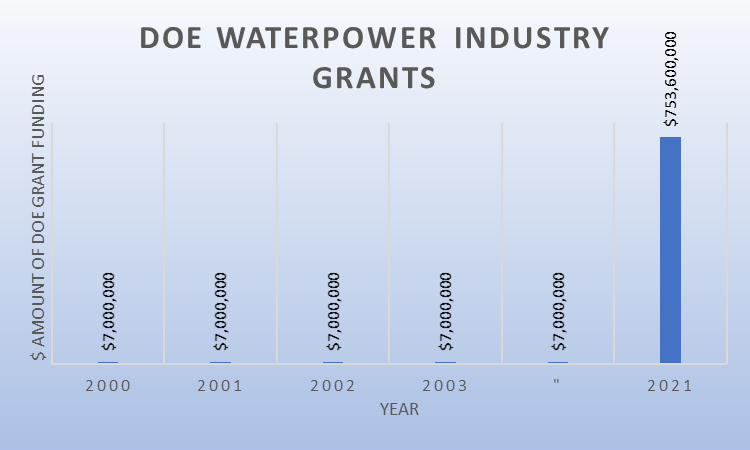
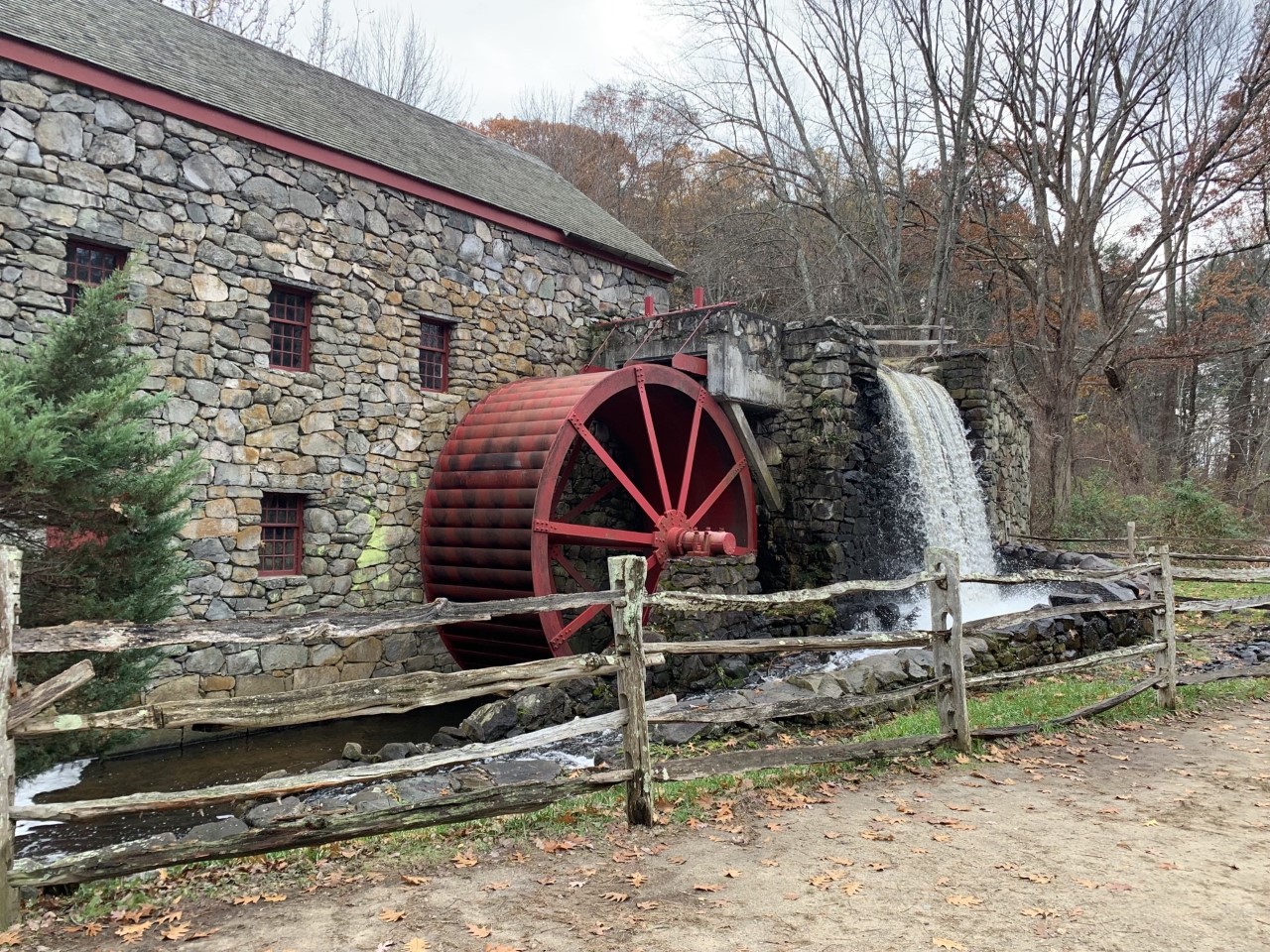
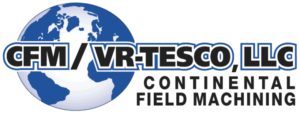

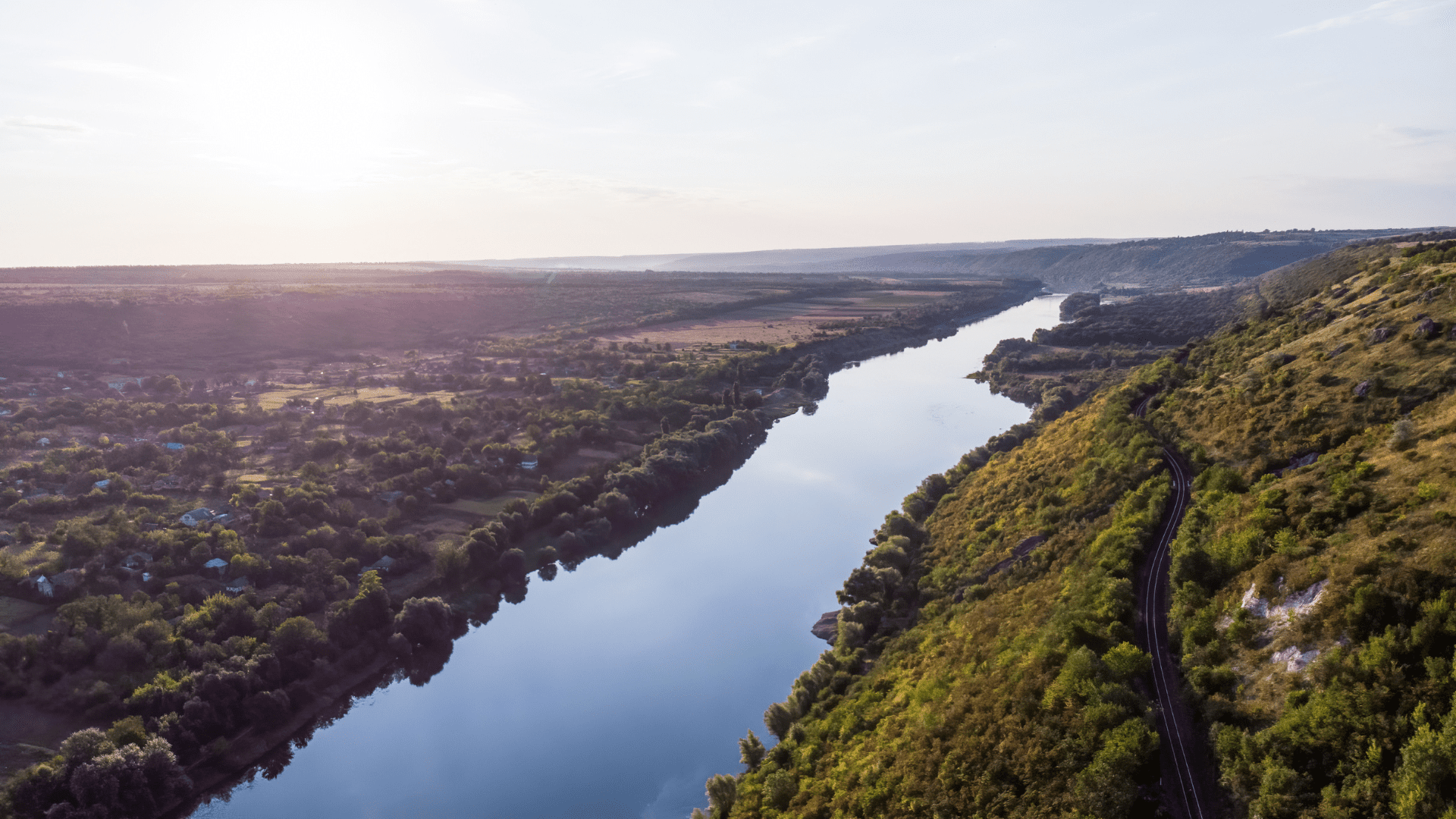




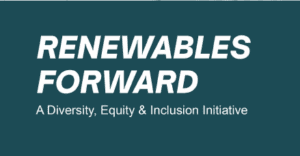

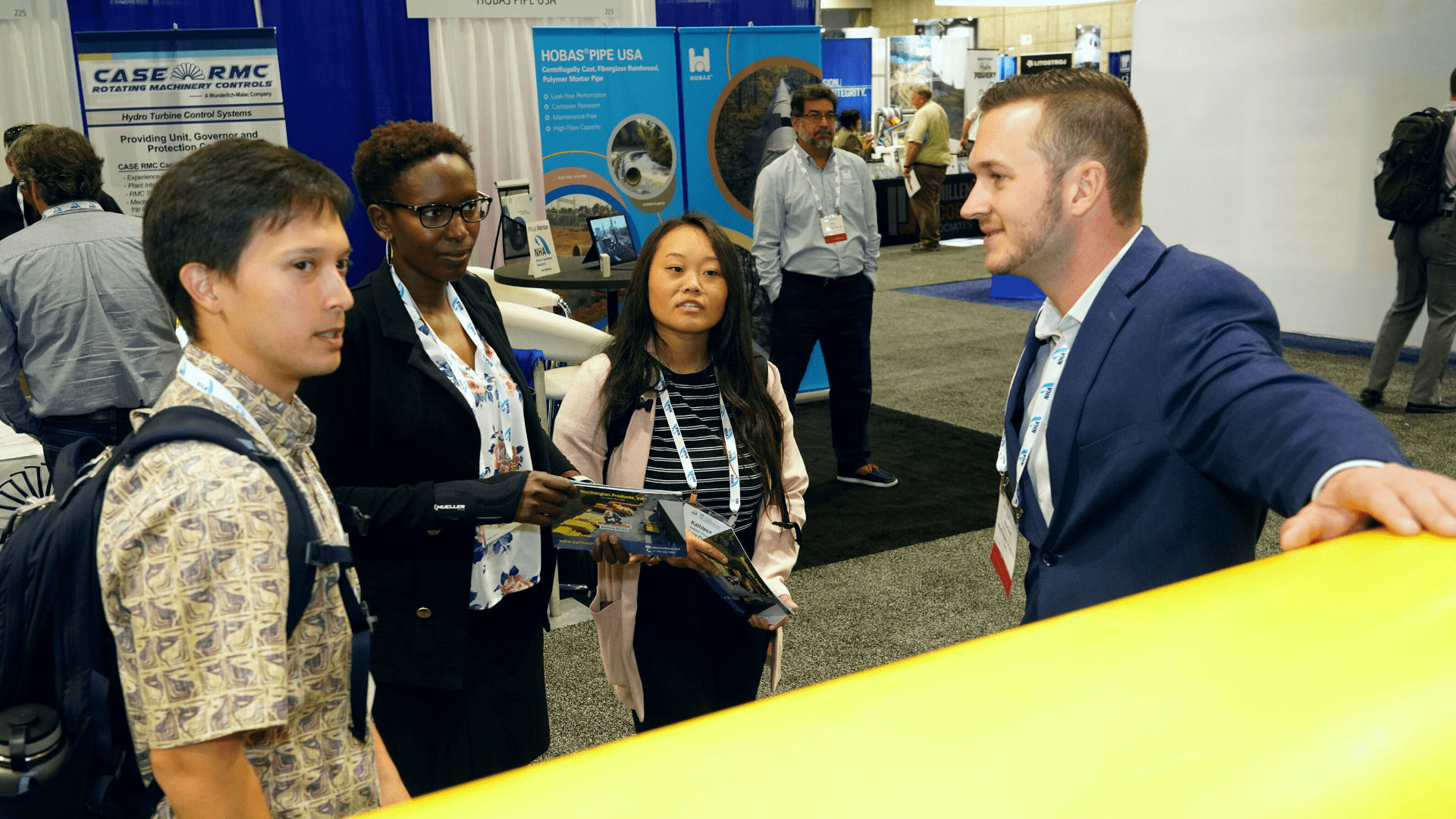


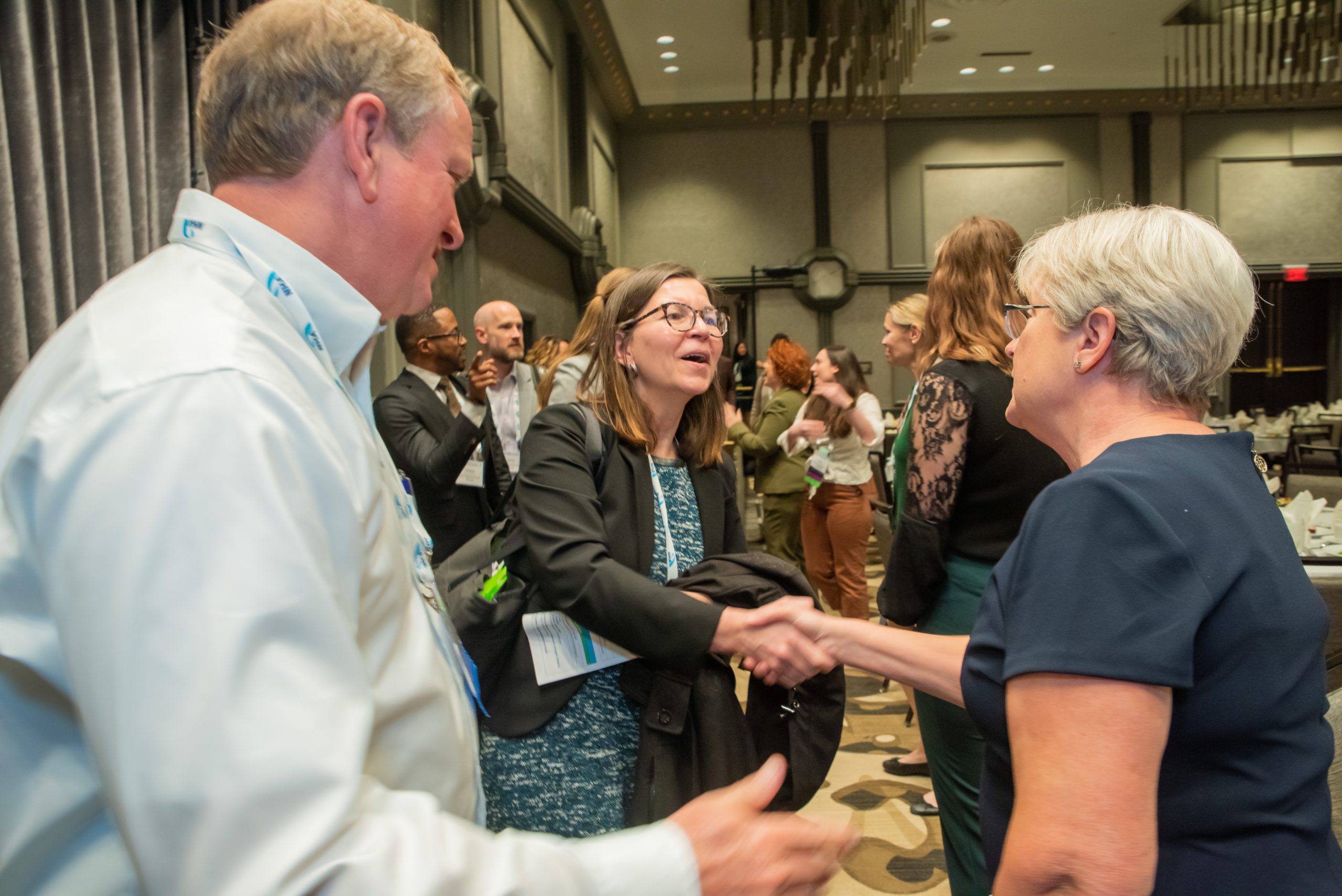

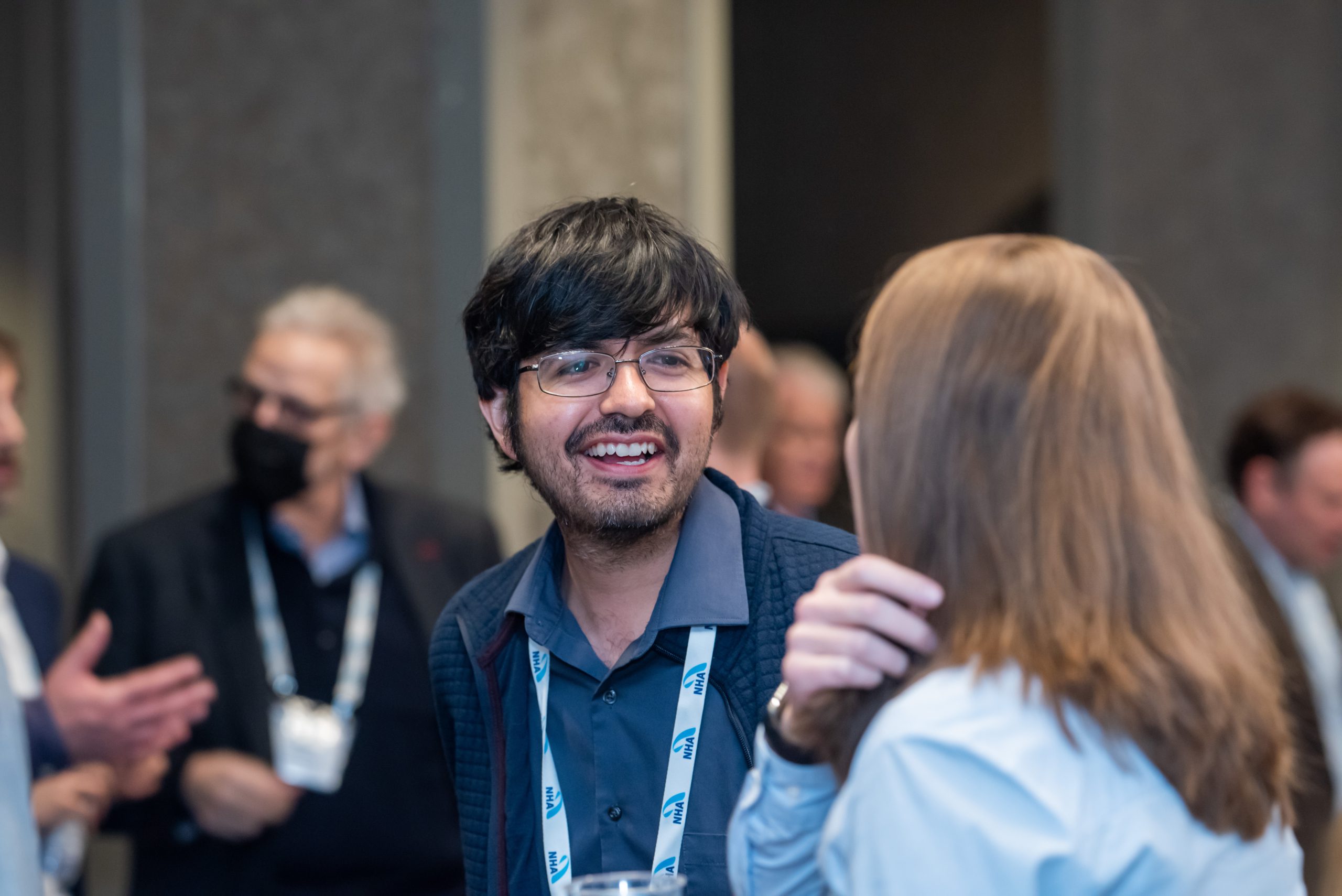

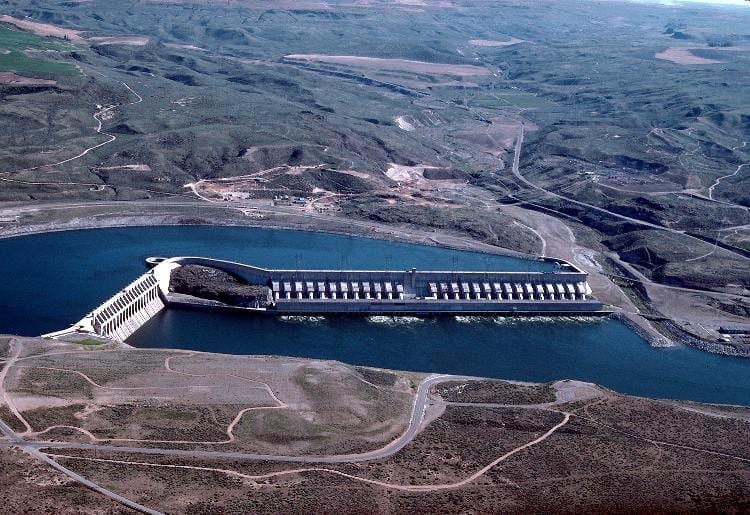 This modernization project will increase the facility’s power generation capacity by more than 40 MW and boost turbine efficiency to 95% or better. Alstom’s new ultra-efficient Francis runners (the central, rotating parts of hydroelectric turbines) are not only bringing the facility up to date, but when completed, will also deliver clean electricity to an additional 30,000 homes in the Northwestern U.S.
Already underway, the $120 million project will provide an economic boost to the region through 2017. Installing the new Alstom equipment will also protect wildlife such as salmon and steelhead. The project is an example of the incredible opportunities to grow renewable energy generation sustainably at the country’s existing dams.
This modernization project will increase the facility’s power generation capacity by more than 40 MW and boost turbine efficiency to 95% or better. Alstom’s new ultra-efficient Francis runners (the central, rotating parts of hydroelectric turbines) are not only bringing the facility up to date, but when completed, will also deliver clean electricity to an additional 30,000 homes in the Northwestern U.S.
Already underway, the $120 million project will provide an economic boost to the region through 2017. Installing the new Alstom equipment will also protect wildlife such as salmon and steelhead. The project is an example of the incredible opportunities to grow renewable energy generation sustainably at the country’s existing dams.
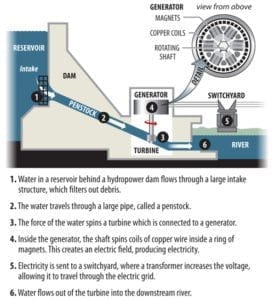 Conventional hydropower projects make up the majority of the water power generated in the U.S. today and have been doing so reliably for decades.
Conventional hydropower projects make up the majority of the water power generated in the U.S. today and have been doing so reliably for decades.
 Some conventional hydropower projects use a dam to collect and release water
Some conventional hydropower projects use a dam to collect and release water
 in controlled circumstances. Dams are often built on rivers where there is a drop in elevation creating what is known as “head” — the height difference between the water contained in the reservoir behind the dam and that of the water released below the dam, use the gravity of the flowing water to produce clean renewable power. A higher head means that water will flow with more force through a turbine to generate more power.
Water stored behind a dam enters the turbine through a pipe called a penstock. Water flows from the penstock to turn the blades of a turbine, which spins a shaft connected to the generator that generates electricity. Water then flows out of the turbine and back into the river beyond.
There are approximately 80,000 dams in the U.S., but only three percent of them currently generate electricity. Learn more about
in controlled circumstances. Dams are often built on rivers where there is a drop in elevation creating what is known as “head” — the height difference between the water contained in the reservoir behind the dam and that of the water released below the dam, use the gravity of the flowing water to produce clean renewable power. A higher head means that water will flow with more force through a turbine to generate more power.
Water stored behind a dam enters the turbine through a pipe called a penstock. Water flows from the penstock to turn the blades of a turbine, which spins a shaft connected to the generator that generates electricity. Water then flows out of the turbine and back into the river beyond.
There are approximately 80,000 dams in the U.S., but only three percent of them currently generate electricity. Learn more about 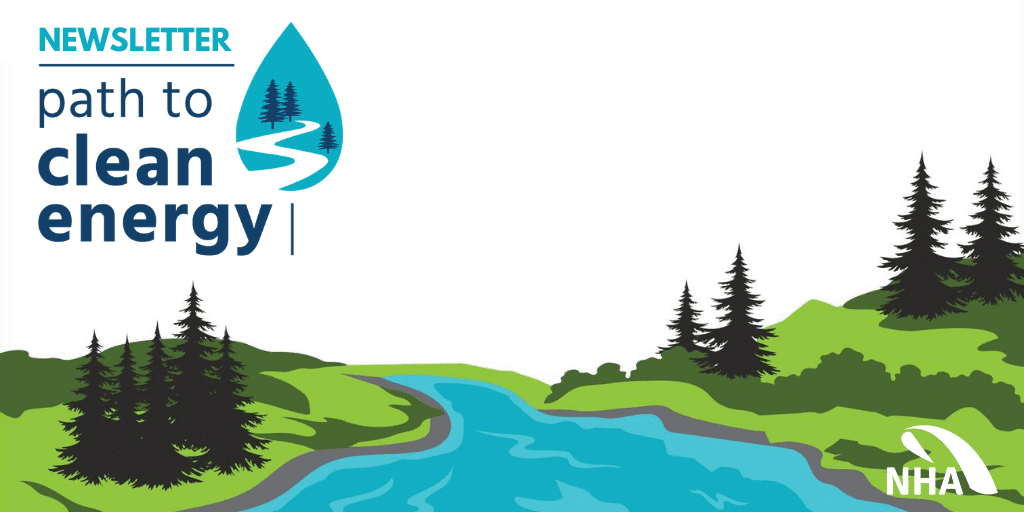
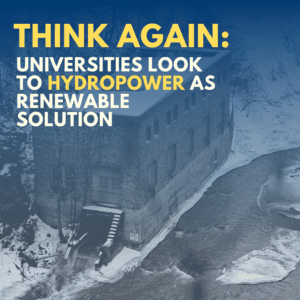
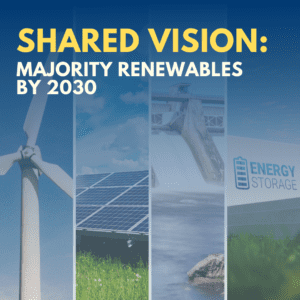


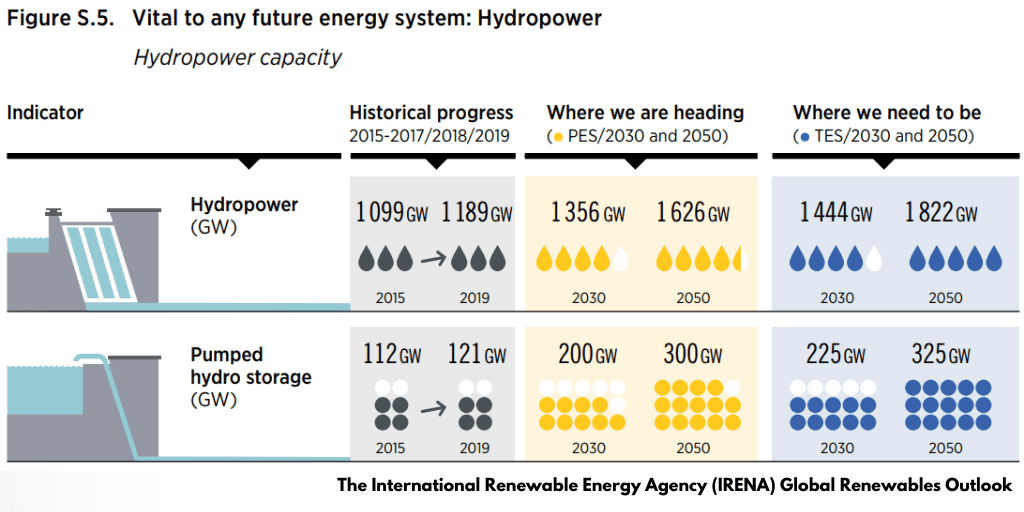




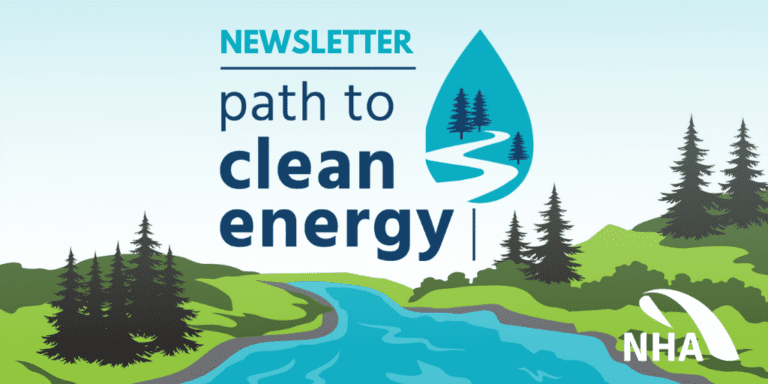
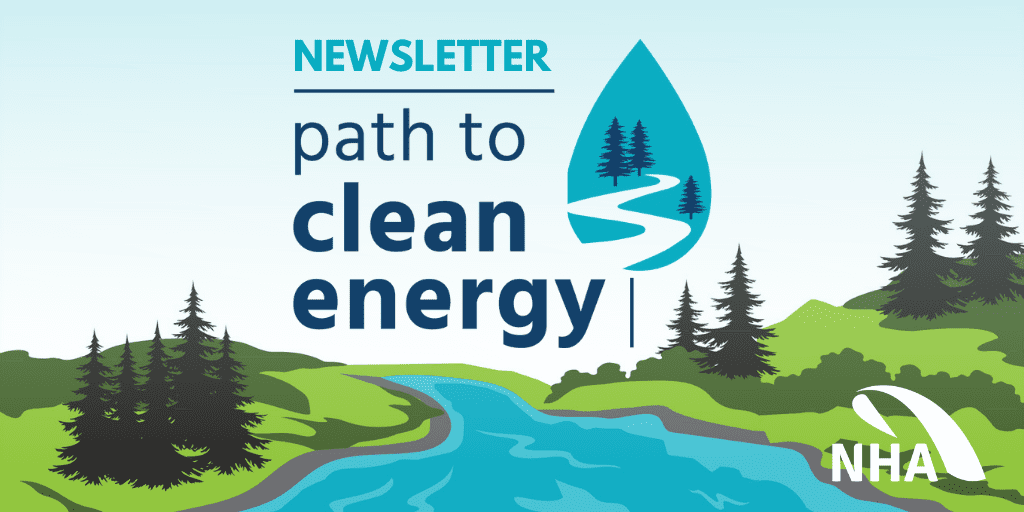
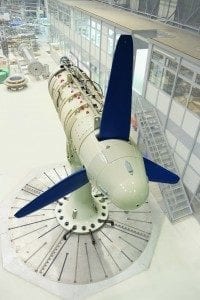 Wave and tidal power technologies represent a huge opportunity to create reliable, clean energy. While these technologies are currently in various stages of research, development and deployment, industry estimates have pegged US wave potential at 90GW. In Florida alone, an estimated 4 to 10GW of potential is thought possible, according to a University of Florida study.
To focus on these new technologies, the National Hydropower established the Marine Energy Council. The council collaborates with NHA’s standing committees to focus attention on the potential growth opportunities of emerging technologies, share information among industry members, and provide a forum in which to discuss the various challenges ocean, tidal, hydrokinetic and emerging water technologies face.
The council focuses on:
Wave and tidal power technologies represent a huge opportunity to create reliable, clean energy. While these technologies are currently in various stages of research, development and deployment, industry estimates have pegged US wave potential at 90GW. In Florida alone, an estimated 4 to 10GW of potential is thought possible, according to a University of Florida study.
To focus on these new technologies, the National Hydropower established the Marine Energy Council. The council collaborates with NHA’s standing committees to focus attention on the potential growth opportunities of emerging technologies, share information among industry members, and provide a forum in which to discuss the various challenges ocean, tidal, hydrokinetic and emerging water technologies face.
The council focuses on:
 The unceasing movement of ocean waves creates a continually available and predicable power source that has an estimated technical potential in the U.S. of 90GW. Among other benefits, oceans are close to major population centers that need electricity most, while the potential wave power installations have a low visual impact and no fuel costs.
With a range of innovated technologies under development, wave power energy conversion devices can capture energy located on the ocean shoreline, near the shore or floating offshore. Technologies in development include:
The unceasing movement of ocean waves creates a continually available and predicable power source that has an estimated technical potential in the U.S. of 90GW. Among other benefits, oceans are close to major population centers that need electricity most, while the potential wave power installations have a low visual impact and no fuel costs.
With a range of innovated technologies under development, wave power energy conversion devices can capture energy located on the ocean shoreline, near the shore or floating offshore. Technologies in development include:
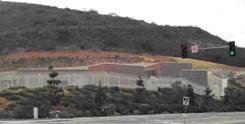
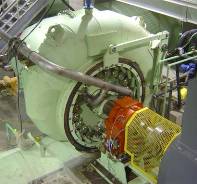
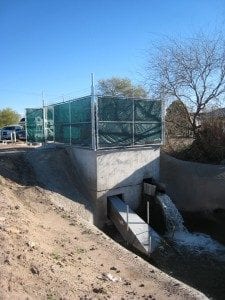 Natel, which enables power generation from low head dams and, existing irrigation canals. “We have chosen to focus on the low head market because there are numerous settings in the U.S. where existing low head infrastructure could be retrofitted to capture energy that is currently wasted,” Natel’s co-founder, chairman and chief executive officer Gia Schneider, said in a hearing before the House Natural Resources committee in July 2010. Beyond being a low-impact technology, Schneider said, “we believe the potential exists to implement projects that both deliver renewable energy and create positive environmental co-benefits.”
The Buckeye project is currently being tested and will be connected to the grid once an agreement is reached with Arizona Public Service.
Read more of Schneider’s testimony
Natel, which enables power generation from low head dams and, existing irrigation canals. “We have chosen to focus on the low head market because there are numerous settings in the U.S. where existing low head infrastructure could be retrofitted to capture energy that is currently wasted,” Natel’s co-founder, chairman and chief executive officer Gia Schneider, said in a hearing before the House Natural Resources committee in July 2010. Beyond being a low-impact technology, Schneider said, “we believe the potential exists to implement projects that both deliver renewable energy and create positive environmental co-benefits.”
The Buckeye project is currently being tested and will be connected to the grid once an agreement is reached with Arizona Public Service.
Read more of Schneider’s testimony 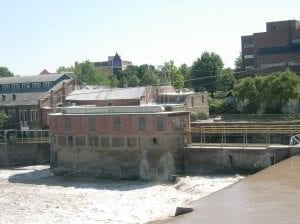 Recognizing the benefits this small hydropower facility brings to the surrounding communities and the state of Kansas, Bowersock is in the process of building a major $20 million addition to furnish power to the Kansas City (KS) Board of Public Utilities under a 25-year contract. The expansion will add four larger generating units that will produce an additional 5 MW of power. When fully operational, the project is expected to produce enough electricity to supply 3,300 homes, avoiding 44,000 tons of carbon dioxide emissions
The Bowersock Mills & Power Company remains privately-owned by the same family that started the company in 1874. Stephen Hill, who has run the company since 1972 and his daughter, Sarah Hill-Nelson, who joined in 2002, are Kansas business leaders carrying on a long tradition of bringing renewable hydropower to the local community. With a strong commitment to the environment and Kansas economy, Bowersock has been a small hydro success for over a century.
Recognizing the benefits this small hydropower facility brings to the surrounding communities and the state of Kansas, Bowersock is in the process of building a major $20 million addition to furnish power to the Kansas City (KS) Board of Public Utilities under a 25-year contract. The expansion will add four larger generating units that will produce an additional 5 MW of power. When fully operational, the project is expected to produce enough electricity to supply 3,300 homes, avoiding 44,000 tons of carbon dioxide emissions
The Bowersock Mills & Power Company remains privately-owned by the same family that started the company in 1874. Stephen Hill, who has run the company since 1972 and his daughter, Sarah Hill-Nelson, who joined in 2002, are Kansas business leaders carrying on a long tradition of bringing renewable hydropower to the local community. With a strong commitment to the environment and Kansas economy, Bowersock has been a small hydro success for over a century.


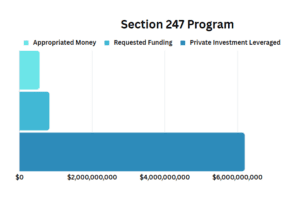
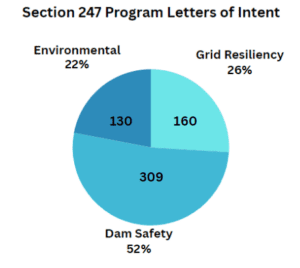


 The Electric Department has served the Sturgis area since its inception in 1896. Today, the department serves over 7,200 customers within the City of Sturgis and other parts of St. Joseph County. The majority of the City’s electric service is purchased power, supplemented by the City’s hydroelectric dam and in emergency situations, City-operated diesel generators.
The Electric Department has served the Sturgis area since its inception in 1896. Today, the department serves over 7,200 customers within the City of Sturgis and other parts of St. Joseph County. The majority of the City’s electric service is purchased power, supplemented by the City’s hydroelectric dam and in emergency situations, City-operated diesel generators.
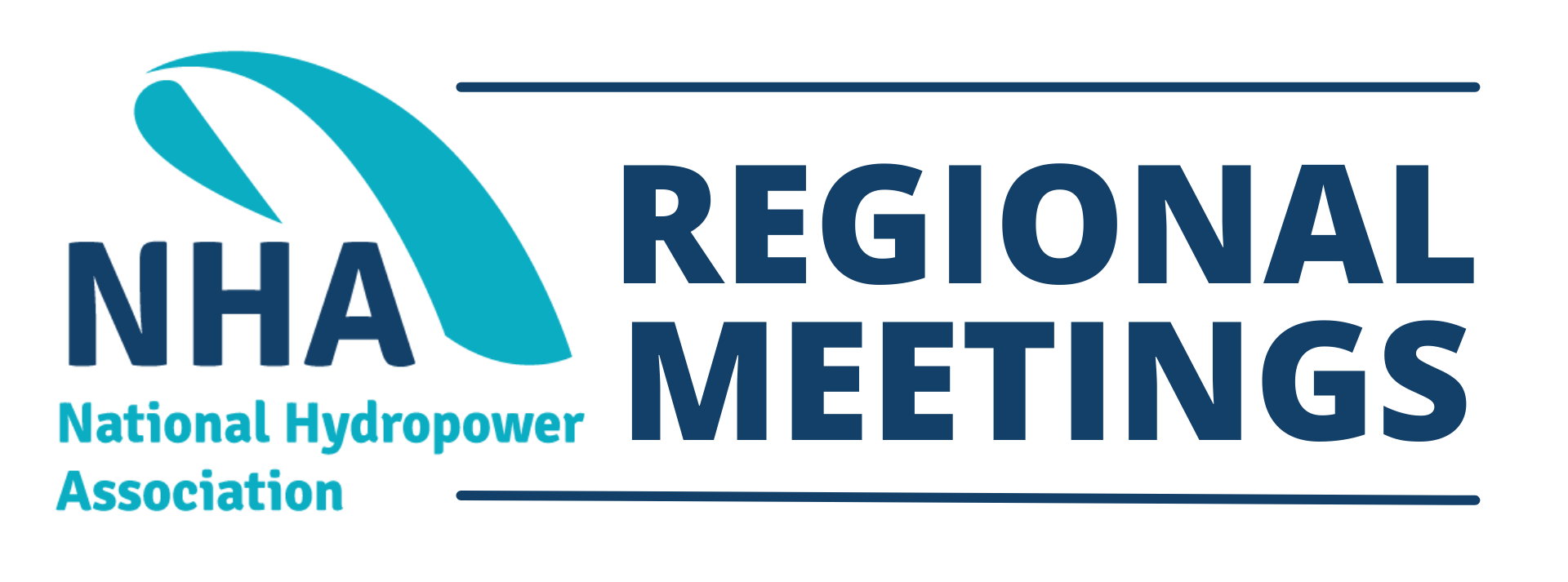





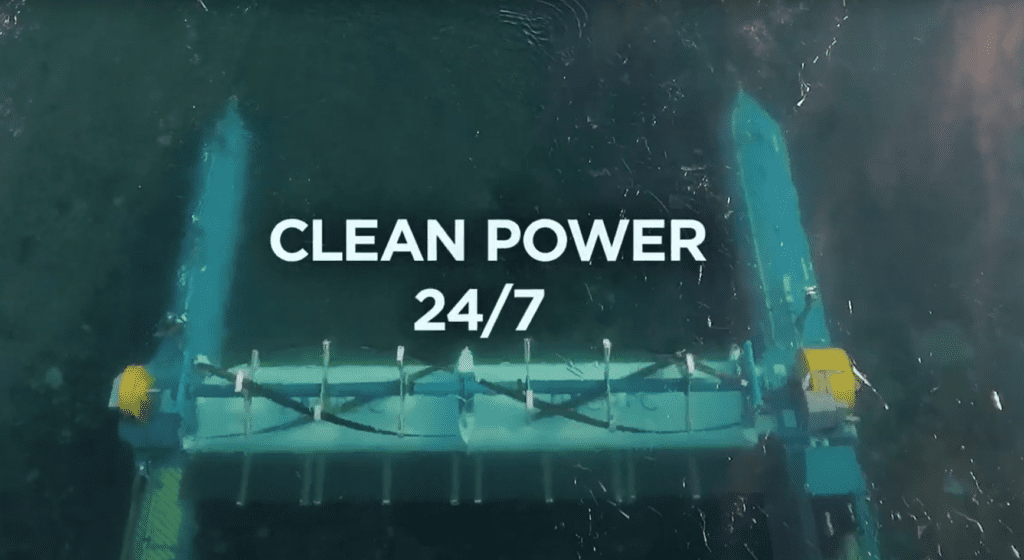

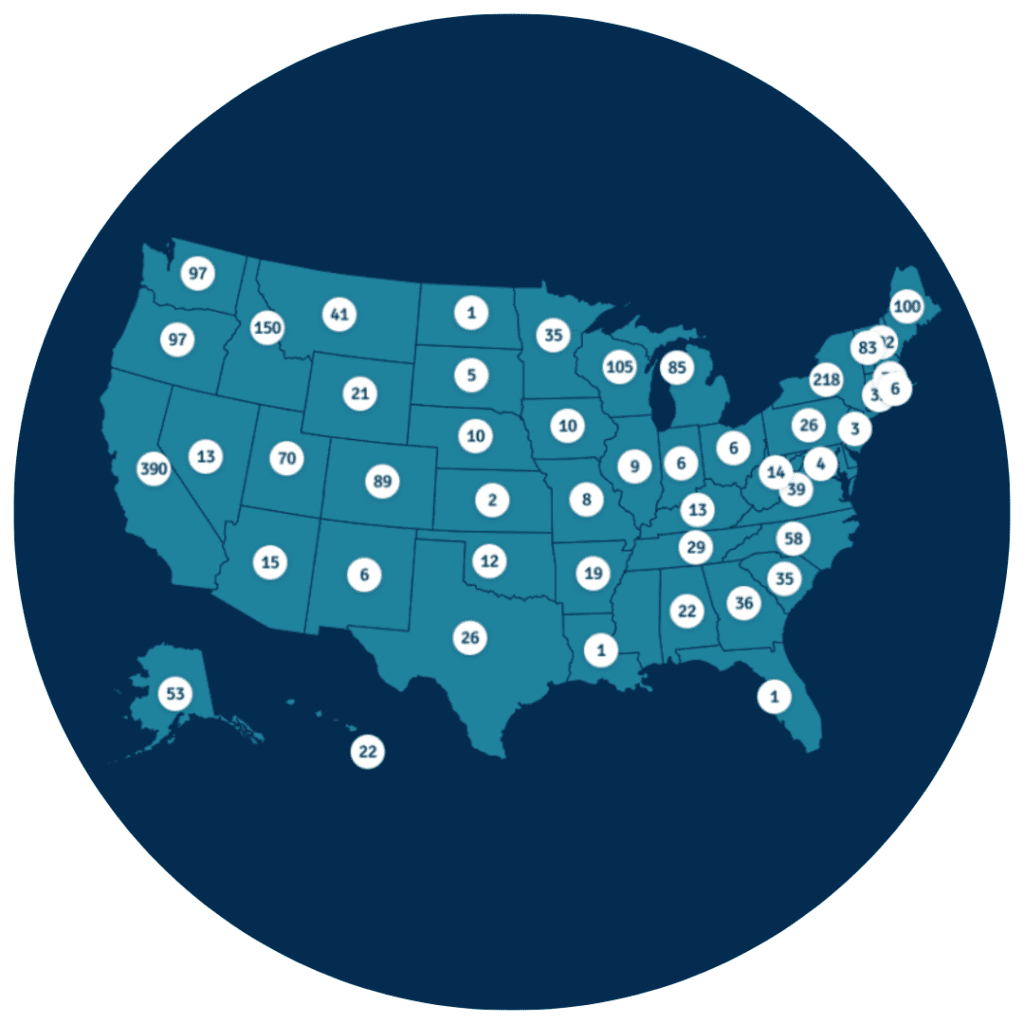
 Other parts of the hydropower supply chain are also a source of economic vitality in the region. Harking back to New England’s industrial roots, Fitchburg, Massachusetts –based Steel-Fab builds water control gates – devices that can maintain water flow and levels for hydroelectric plants and flood control dams. The company builds gates that suit varying dam designs, as well as custom gates.
An American-owned manufacturing company, Steel-Fab is helping to grow the hydropower industry here at home.
Other parts of the hydropower supply chain are also a source of economic vitality in the region. Harking back to New England’s industrial roots, Fitchburg, Massachusetts –based Steel-Fab builds water control gates – devices that can maintain water flow and levels for hydroelectric plants and flood control dams. The company builds gates that suit varying dam designs, as well as custom gates.
An American-owned manufacturing company, Steel-Fab is helping to grow the hydropower industry here at home.
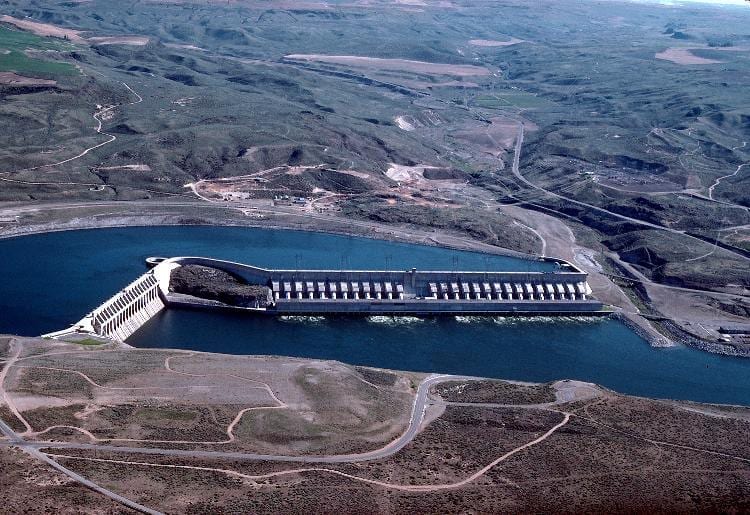 This modernization project will increase the facility’s power generation capacity by more than 40 MW and boost turbine efficiency to 95% or better. Alstom’s new ultra-efficient Francis runners (the central, rotating parts of hydroelectric turbines) are not only bringing the facility up to date, but when completed, will also deliver clean electricity to an additional 30,000 homes in the Northwestern U.S.
Already underway, the $120 million project will provide an economic boost to the region through 2017. Installing the new Alstom equipment will also protect wildlife such as salmon and steelhead. The project is an example of the incredible opportunities to grow renewable energy generation sustainably at the country’s existing dams.
This modernization project will increase the facility’s power generation capacity by more than 40 MW and boost turbine efficiency to 95% or better. Alstom’s new ultra-efficient Francis runners (the central, rotating parts of hydroelectric turbines) are not only bringing the facility up to date, but when completed, will also deliver clean electricity to an additional 30,000 homes in the Northwestern U.S.
Already underway, the $120 million project will provide an economic boost to the region through 2017. Installing the new Alstom equipment will also protect wildlife such as salmon and steelhead. The project is an example of the incredible opportunities to grow renewable energy generation sustainably at the country’s existing dams.
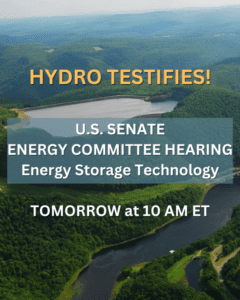




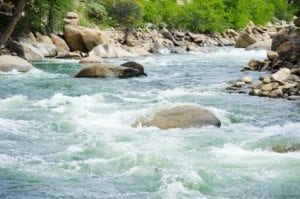 Of the 28,000 existing dams in the Midwest, those that generate electricity supplied thousands of megawatt hours (MWh) of power to the region in 2013. South Dakota enjoys the highest percentage of hydro in its generation mix, and at more than 4 million MWh, the state produced nearly 40 of its electricity from hydro facilities in 2013.
Of the 28,000 existing dams in the Midwest, those that generate electricity supplied thousands of megawatt hours (MWh) of power to the region in 2013. South Dakota enjoys the highest percentage of hydro in its generation mix, and at more than 4 million MWh, the state produced nearly 40 of its electricity from hydro facilities in 2013.

.gif)
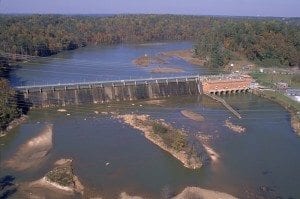 Driven in part by the availability of clean, low-cost hydroelectric power, Alabama ranks 5th among states for renewable electricity generation overall, and with numerous projects along the Alabama and Coosa Rivers, is one of the largest hydroelectric producing states east of the Rocky Mountains. The largest electricity producer in the U.S., Southern Company, operates 34 hydropower facilities in Alabama and Georgia totaling 2,730MW. Generating up to 5 percent of the company’s electricity output, hydropower helps keeps the lights on for Southern’s more than 4 million customers in the Southeast.
Driven in part by the availability of clean, low-cost hydroelectric power, Alabama ranks 5th among states for renewable electricity generation overall, and with numerous projects along the Alabama and Coosa Rivers, is one of the largest hydroelectric producing states east of the Rocky Mountains. The largest electricity producer in the U.S., Southern Company, operates 34 hydropower facilities in Alabama and Georgia totaling 2,730MW. Generating up to 5 percent of the company’s electricity output, hydropower helps keeps the lights on for Southern’s more than 4 million customers in the Southeast.
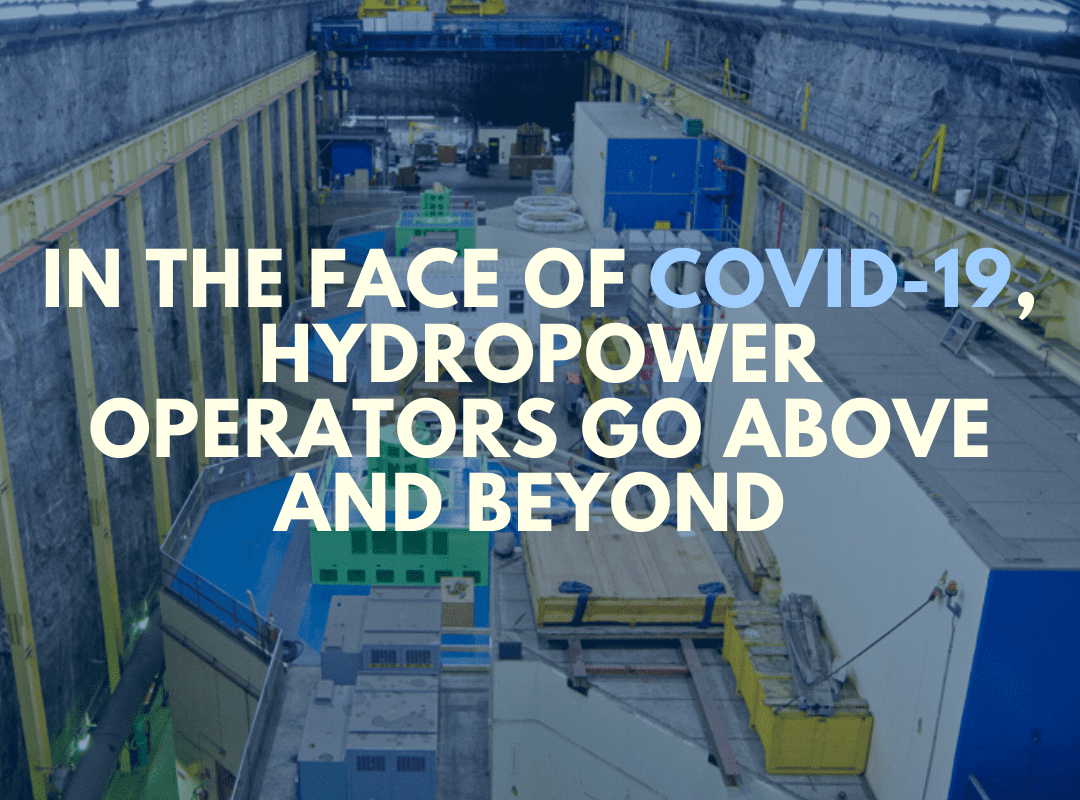




.png)
.png)


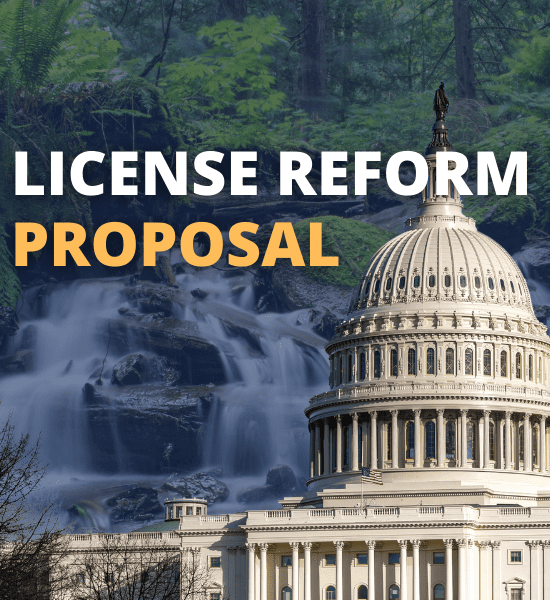

 Preformed Windings Ltd are a high-quality manufacturer of HV diamond coils based in England. As an independent manufacturer, Preformed Windings are uniquely positioned to partner with OEM’s and service companies to offer world class product and technical support. Preformed Windings diamond coils have been used in thousands of HV motor and hydro generator rewinds all over North America as well as globally and we are trusted partners to repair companies and end users alike.
As specialists in coil manufacturing for over 50 years we work with our customers and end users to optimize coil design and in many cases, coils can be manufactured to not only replace existing coils but upgrade them. This can result in greater efficiency and significant increases in output which is proving very popular as the demand for renewable energy increases and a large proportion of the installed base approaches the age of major service requirements. Our range of HV coils includes coils with the lowest partial discharge available which are designed to work for decades. Additionally, ‘QualCoil H’, the first resin rich coil specification suitable for class H applications which has passed rigorous testing such as Voltage Endurance (VE) and Thermal Cycle (TC) testing, with the coils successfully passing 2,000 hours on VE test.
GE Renewables say:
“Preformed Windings have supplied many sets of high voltage coils to GE Renewables over the years. The quality of product and service is exceptional, and they are a trusted partner in our supply chain. We enjoy collaborative and cutting-edge research and development with Preformed Windings, which positions both organizations as thought leaders in the hydro industry. Their products offer significant benefits such as very low partial discharge and a long service life”
Preformed Windings Ltd are a high-quality manufacturer of HV diamond coils based in England. As an independent manufacturer, Preformed Windings are uniquely positioned to partner with OEM’s and service companies to offer world class product and technical support. Preformed Windings diamond coils have been used in thousands of HV motor and hydro generator rewinds all over North America as well as globally and we are trusted partners to repair companies and end users alike.
As specialists in coil manufacturing for over 50 years we work with our customers and end users to optimize coil design and in many cases, coils can be manufactured to not only replace existing coils but upgrade them. This can result in greater efficiency and significant increases in output which is proving very popular as the demand for renewable energy increases and a large proportion of the installed base approaches the age of major service requirements. Our range of HV coils includes coils with the lowest partial discharge available which are designed to work for decades. Additionally, ‘QualCoil H’, the first resin rich coil specification suitable for class H applications which has passed rigorous testing such as Voltage Endurance (VE) and Thermal Cycle (TC) testing, with the coils successfully passing 2,000 hours on VE test.
GE Renewables say:
“Preformed Windings have supplied many sets of high voltage coils to GE Renewables over the years. The quality of product and service is exceptional, and they are a trusted partner in our supply chain. We enjoy collaborative and cutting-edge research and development with Preformed Windings, which positions both organizations as thought leaders in the hydro industry. Their products offer significant benefits such as very low partial discharge and a long service life”
 Verterra Energy is on a mission to harness the power of flowing water in rivers, oceans and canals to produce abundant clean, reliable power for all the world’s people. Volturnus is a simple and elegant device that, when submerged in moving water, generates zero emission, baseload electricity. They create scalable power from 50 kW to multi- MW arrays; ultimately capable of achieving gigawatts of decentralized power globally. Our diverse team brings experience from leading industrial and Fortune 500 companies like Boeing, GE and Tesla.
Based in St. Paul, MN Verterra is funded by mission driven investors and is currently collaborating with the US Army Corps of Engineers on an advanced microgrid project.
Verterra Energy is on a mission to harness the power of flowing water in rivers, oceans and canals to produce abundant clean, reliable power for all the world’s people. Volturnus is a simple and elegant device that, when submerged in moving water, generates zero emission, baseload electricity. They create scalable power from 50 kW to multi- MW arrays; ultimately capable of achieving gigawatts of decentralized power globally. Our diverse team brings experience from leading industrial and Fortune 500 companies like Boeing, GE and Tesla.
Based in St. Paul, MN Verterra is funded by mission driven investors and is currently collaborating with the US Army Corps of Engineers on an advanced microgrid project.
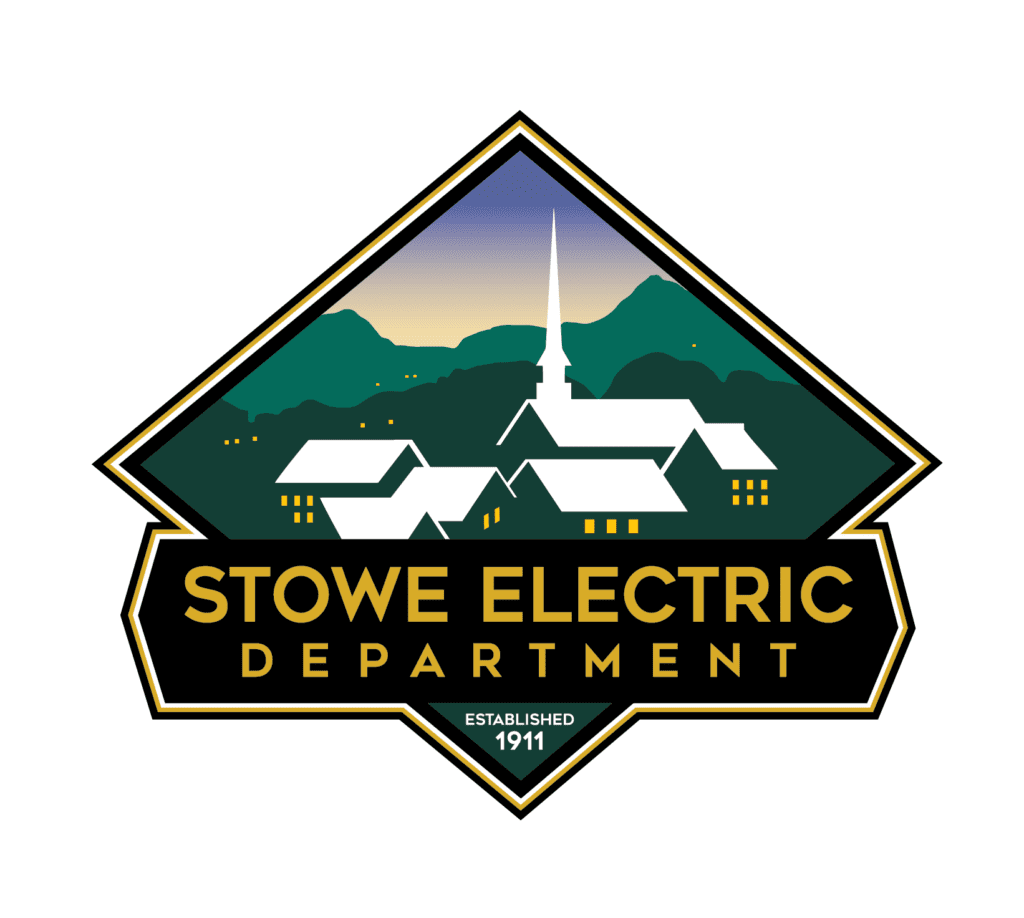 The Village of Stowe was founded in 1763 and as the village grew it absorbed surrounding settlements. In 1911, the Village of Stowe Electric Light and Power System was formed, and over time grew into the Town of Stowe Electric Department. The Electric Department currently serves over 5,000 year-around customers and the Stowe’s seasonal daily population can swell to over 9,000 people. This makes system planning and electric service reliability vital for the local economy and Vermont’s regional economy.
Stowe Electric is committed to innovation while maintaining a least cost and reliable service for our customers. We operate and maintain a utility scale solar array, multiple electric vehicle charging stations, and offer incentives for electrification technologies. We are committed to bringing additional renewable local generation assets online, which is why we are excited to join the National Hydropower Association.
The Village of Stowe was founded in 1763 and as the village grew it absorbed surrounding settlements. In 1911, the Village of Stowe Electric Light and Power System was formed, and over time grew into the Town of Stowe Electric Department. The Electric Department currently serves over 5,000 year-around customers and the Stowe’s seasonal daily population can swell to over 9,000 people. This makes system planning and electric service reliability vital for the local economy and Vermont’s regional economy.
Stowe Electric is committed to innovation while maintaining a least cost and reliable service for our customers. We operate and maintain a utility scale solar array, multiple electric vehicle charging stations, and offer incentives for electrification technologies. We are committed to bringing additional renewable local generation assets online, which is why we are excited to join the National Hydropower Association.
 Log into the portal by clicking on the NHA PORTAL button (top right of
Log into the portal by clicking on the NHA PORTAL button (top right of 
.gif)




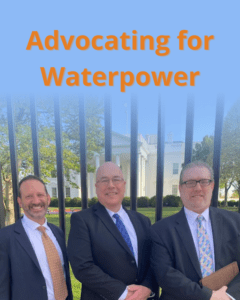
.png?cb=882021)




 (002).png?cb=124839)
.png)
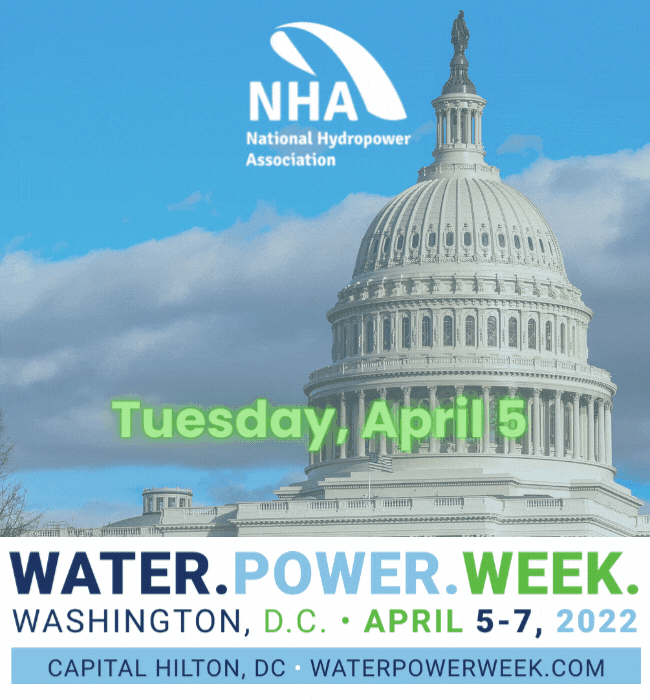

 The Conservation Fund is the nation’s only environmental organization chartered for both conservation and economic development. Our dual-purpose mission makes us uniquely able to work with infrastructure developers, regulators, and our public agency partners to bring environmental protection and economic vitality together.
Since our founding in 1985, we’ve protected over 8.5 million acres of land, including habitat for wildlife, cultural/historic sites, as well as recreational access for people who enjoy the outdoors. Our compensatory mitigation and voluntary stewardship solutions help our country significantly improve its critical infrastructure while at the same time achieving meaningful and lasting conservation results on the ground.
We achieve results for our partners because we have trusted relationships with the state and federal regulators. Our relationships allow us to easily identify the priority conservation projects that could offset and simplify compliance requirements and build positive relationships with the regulatory and local communities.
Learn more:
The Conservation Fund is the nation’s only environmental organization chartered for both conservation and economic development. Our dual-purpose mission makes us uniquely able to work with infrastructure developers, regulators, and our public agency partners to bring environmental protection and economic vitality together.
Since our founding in 1985, we’ve protected over 8.5 million acres of land, including habitat for wildlife, cultural/historic sites, as well as recreational access for people who enjoy the outdoors. Our compensatory mitigation and voluntary stewardship solutions help our country significantly improve its critical infrastructure while at the same time achieving meaningful and lasting conservation results on the ground.
We achieve results for our partners because we have trusted relationships with the state and federal regulators. Our relationships allow us to easily identify the priority conservation projects that could offset and simplify compliance requirements and build positive relationships with the regulatory and local communities.
Learn more:  Waterpower’s 3-Day National Policy Conference
Waterpower’s 3-Day National Policy Conference
 If you work in the midwestern region of the U.S., mark your calendar for the May 10-11 in-person Midwest Regional Meeting in St. Louis, jointly offered by NHA and the Midwest Hydro Users Group (HUG).
If you work in the midwestern region of the U.S., mark your calendar for the May 10-11 in-person Midwest Regional Meeting in St. Louis, jointly offered by NHA and the Midwest Hydro Users Group (HUG). 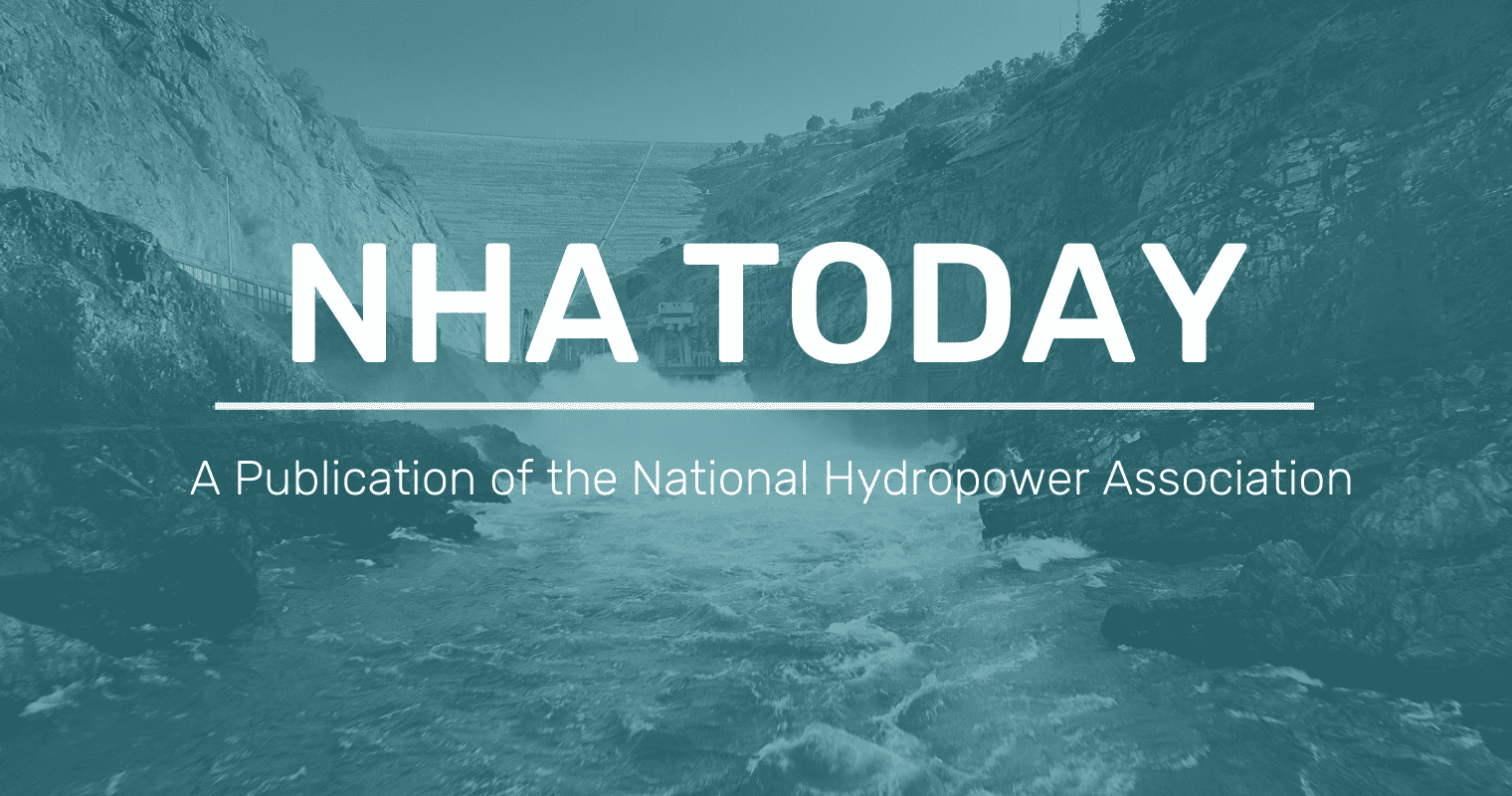

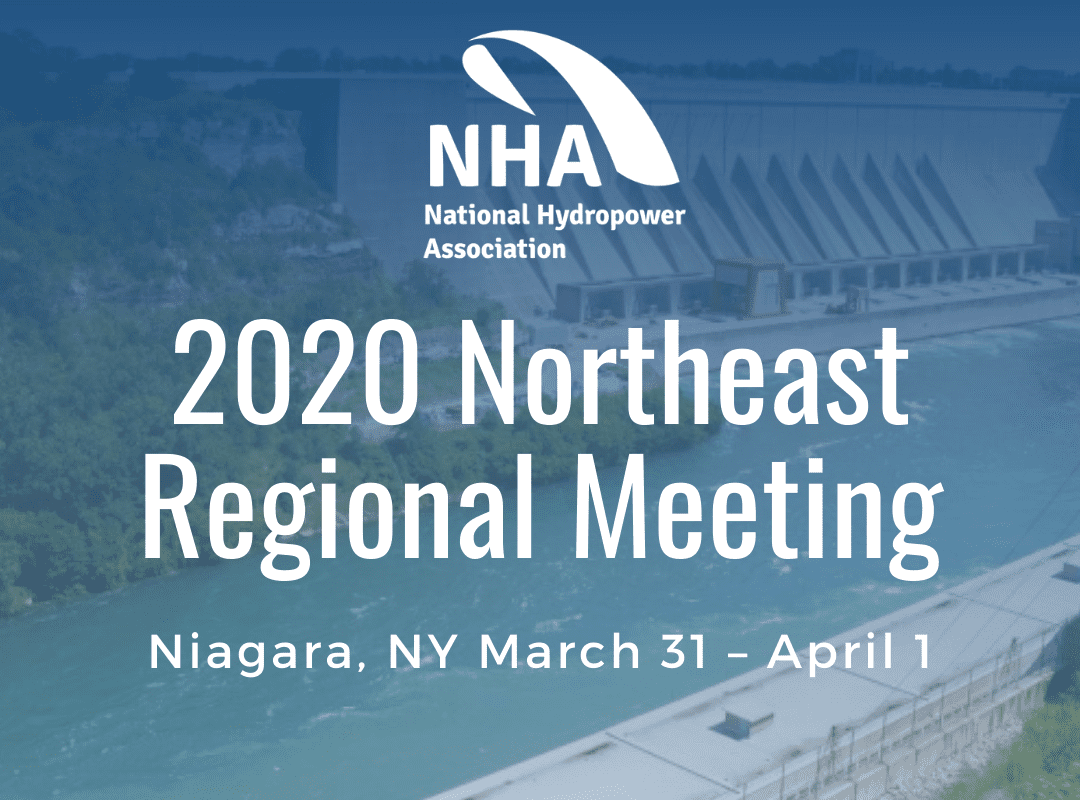
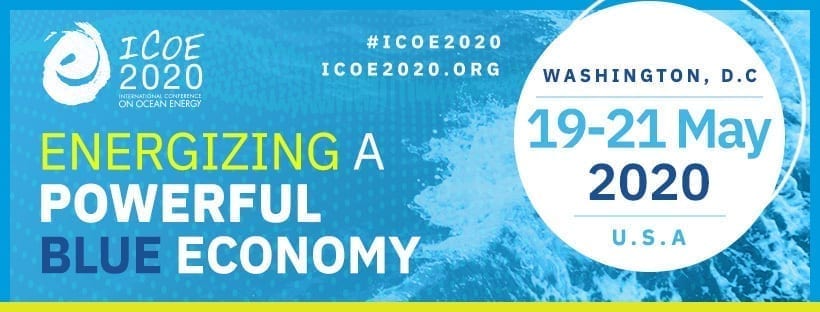

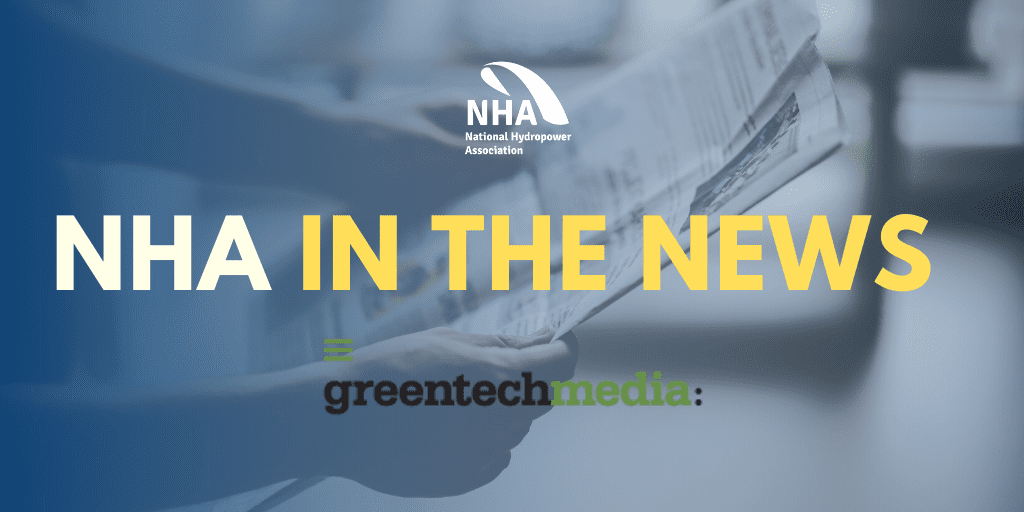

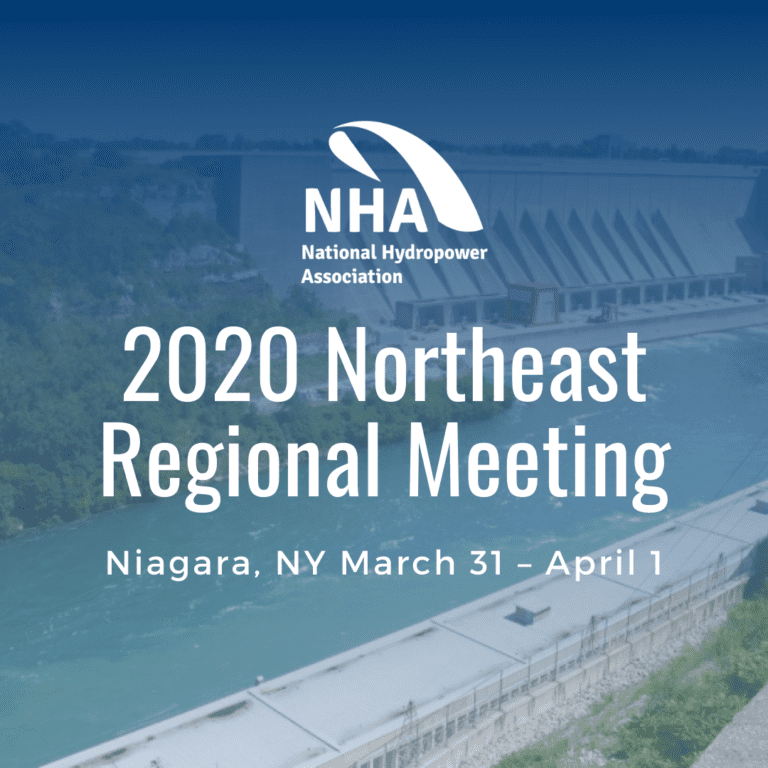
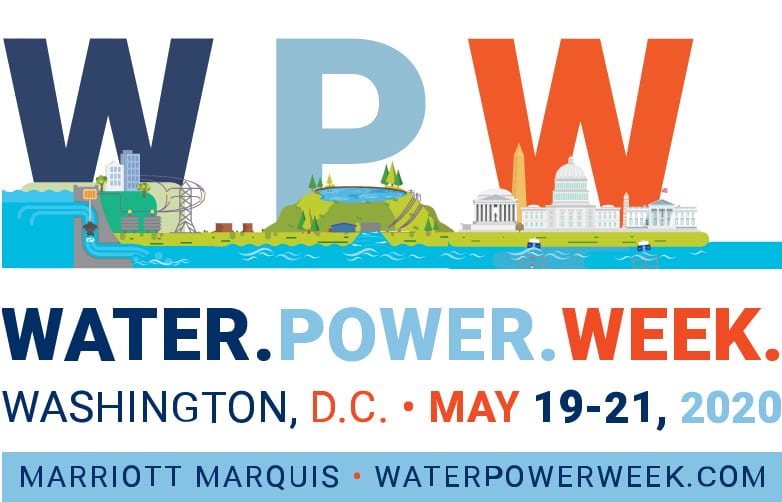

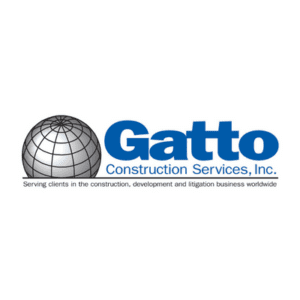

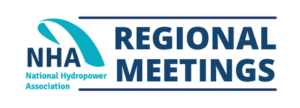
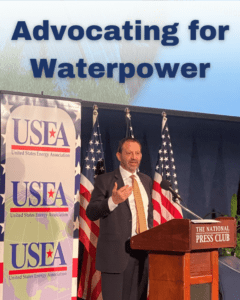




 (002).png?cb=84311)
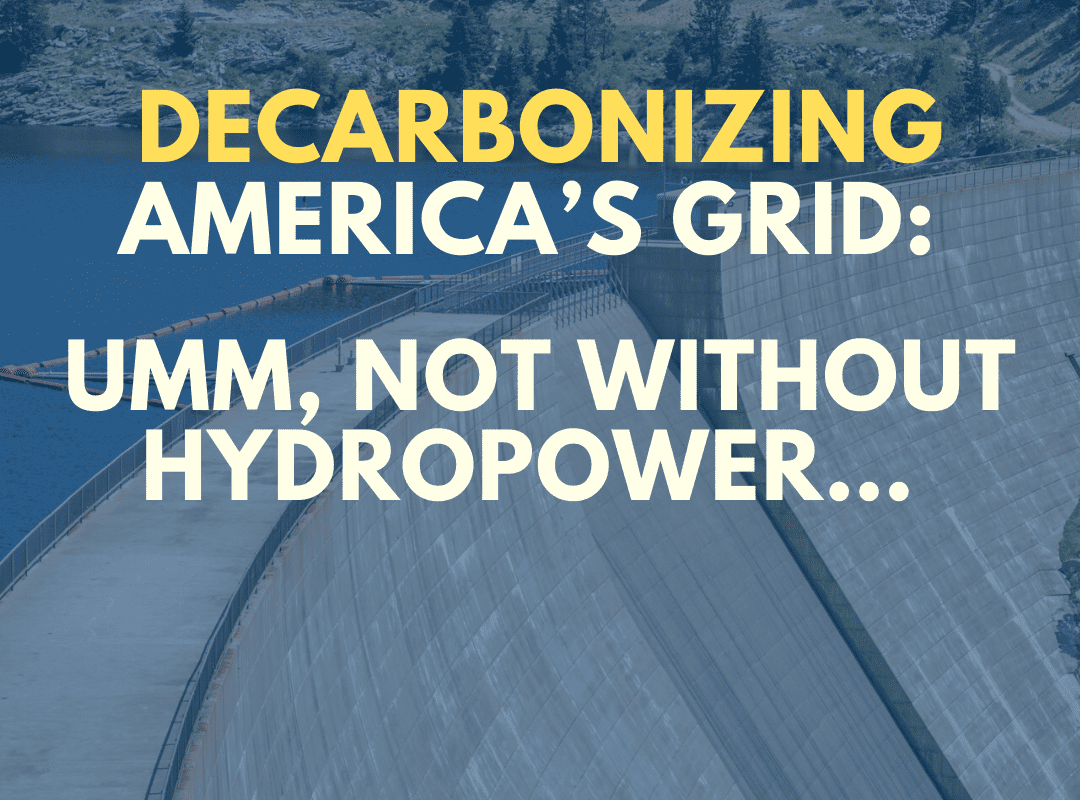
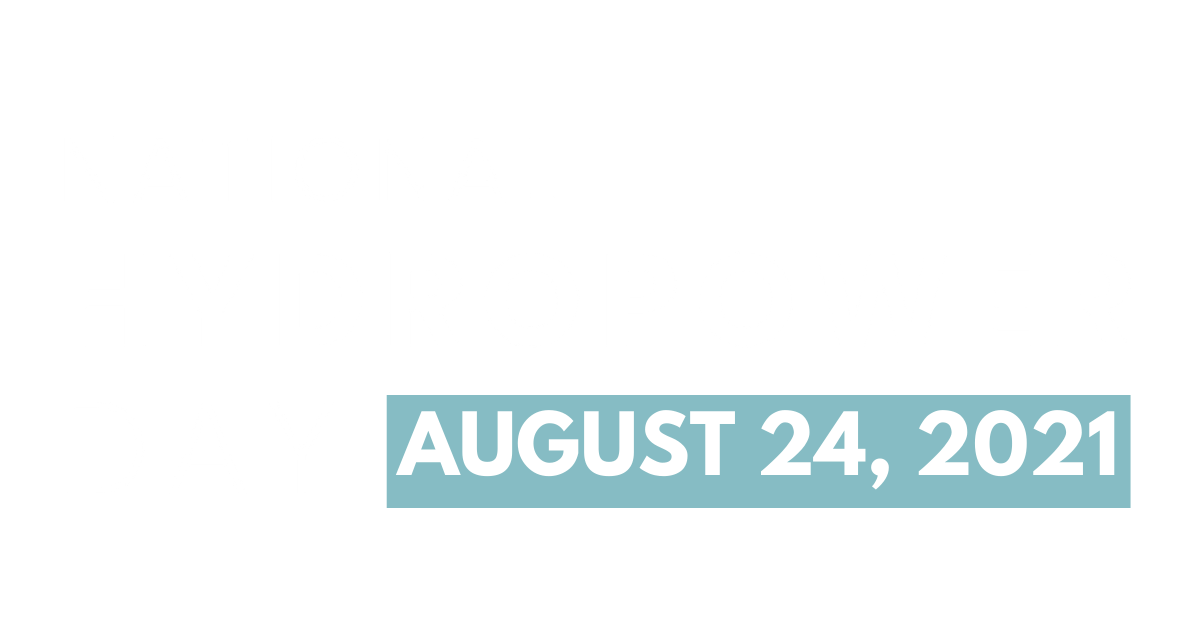
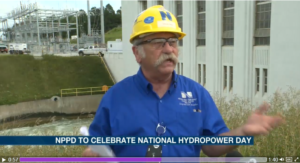
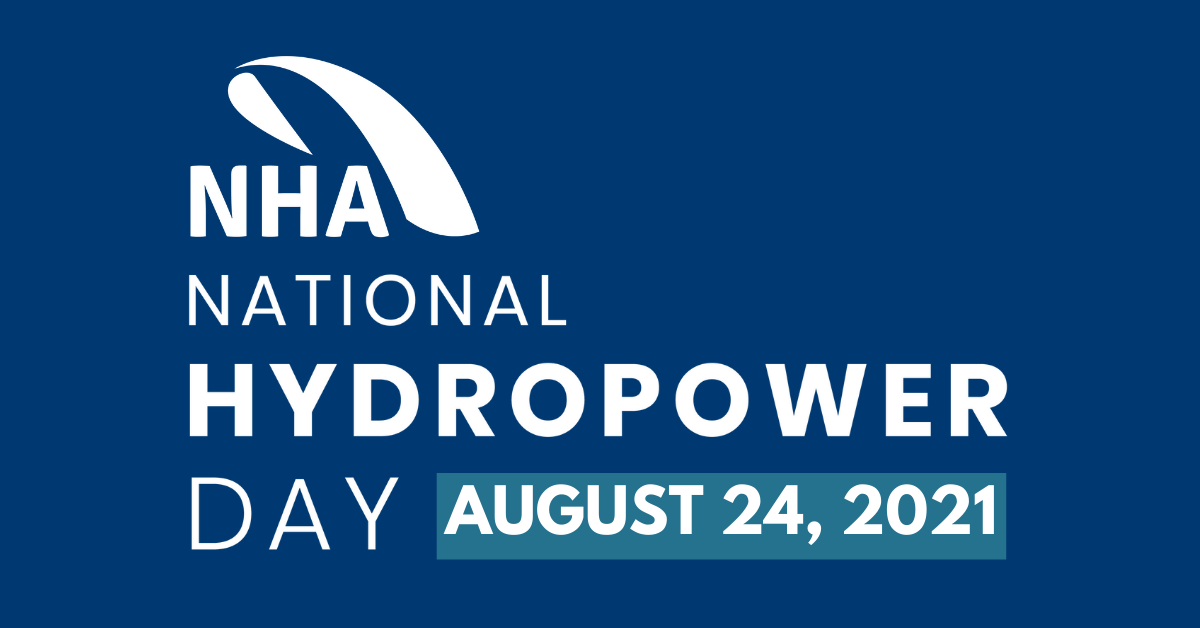

 (1).png)

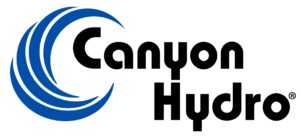
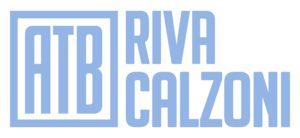
 (1).png)







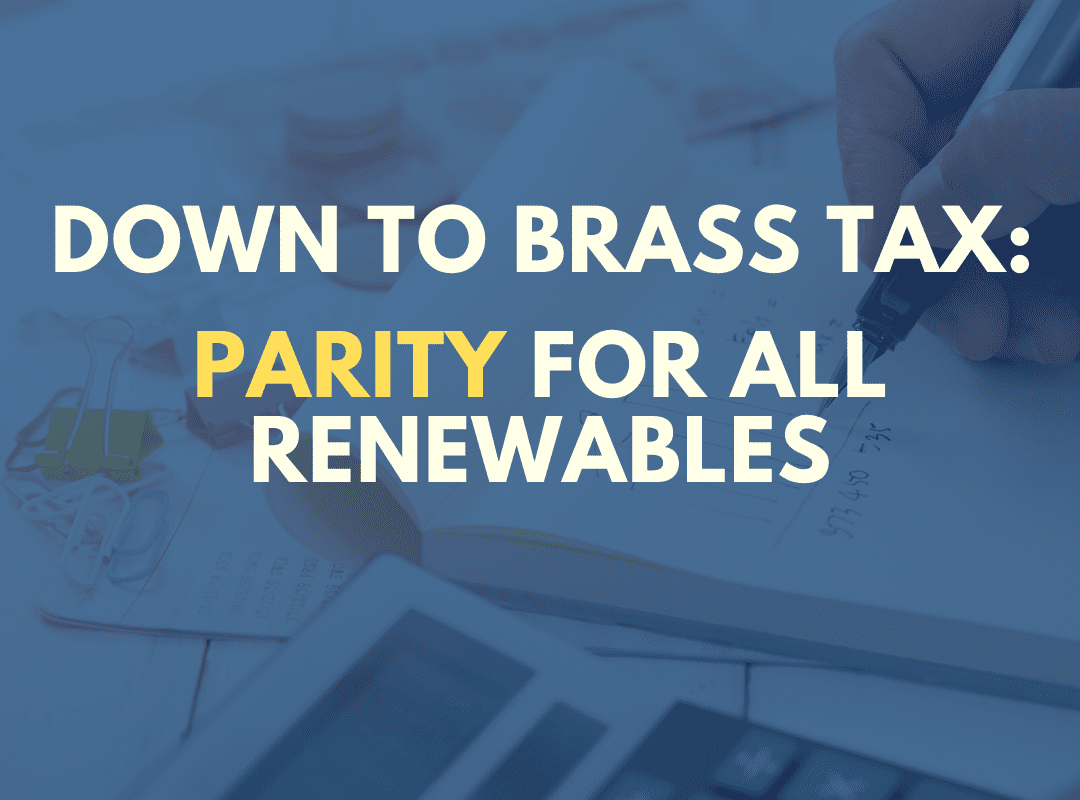
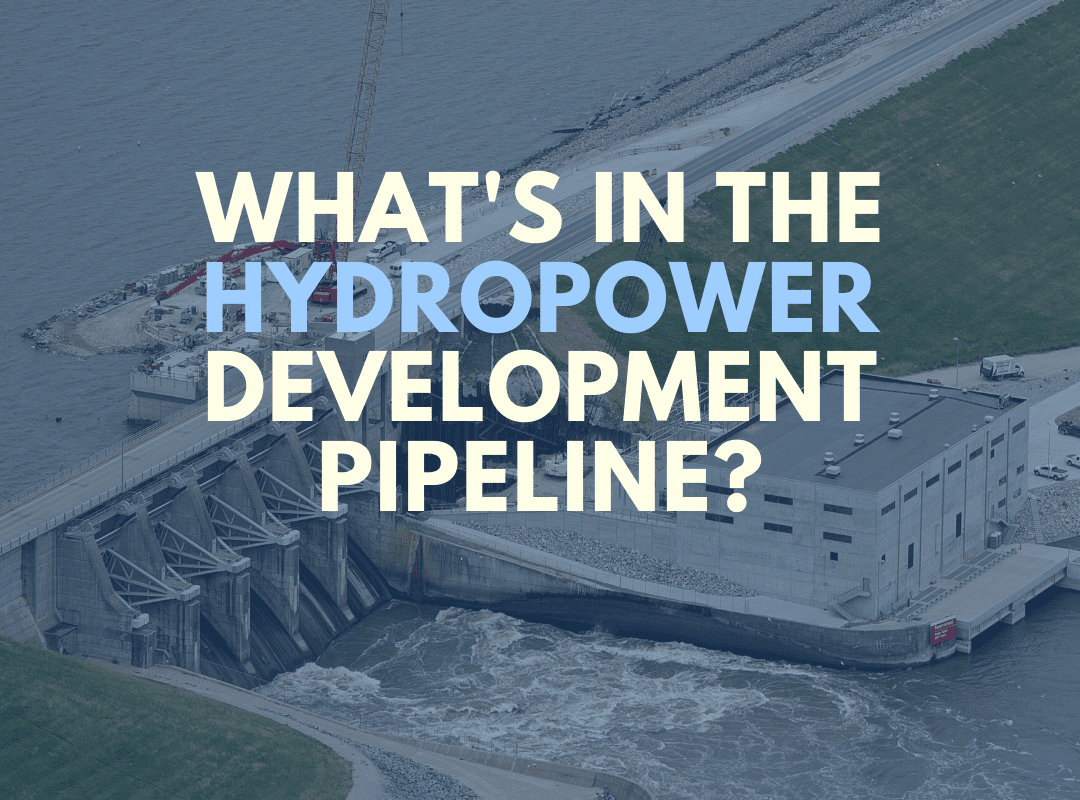
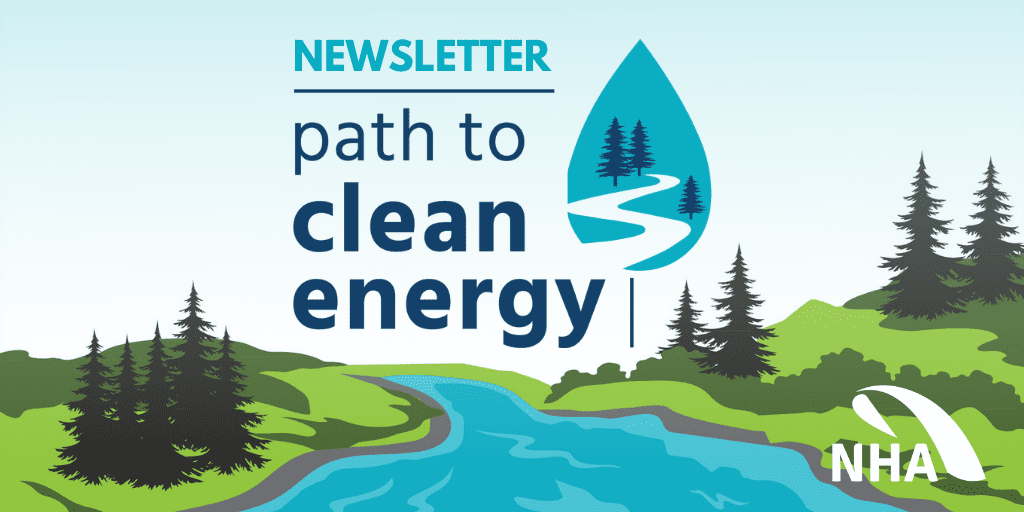
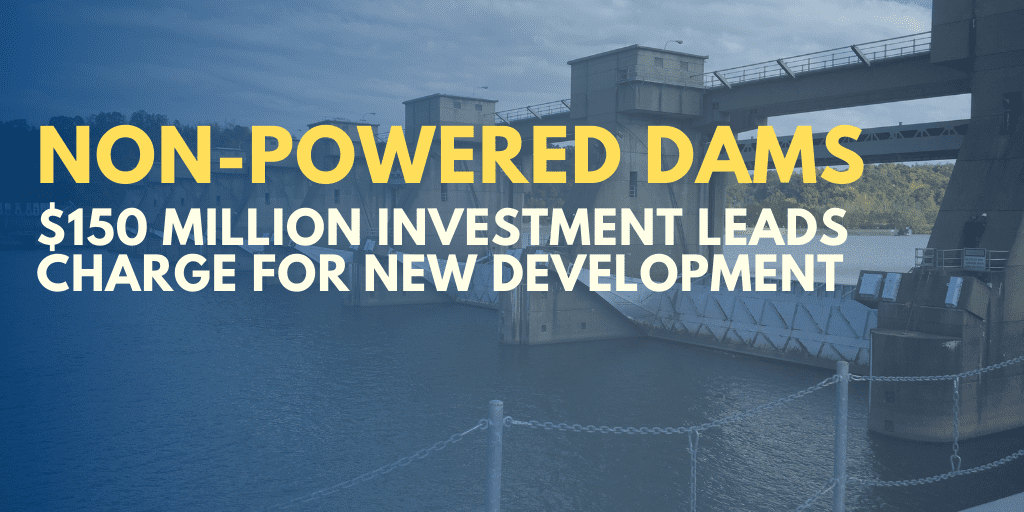
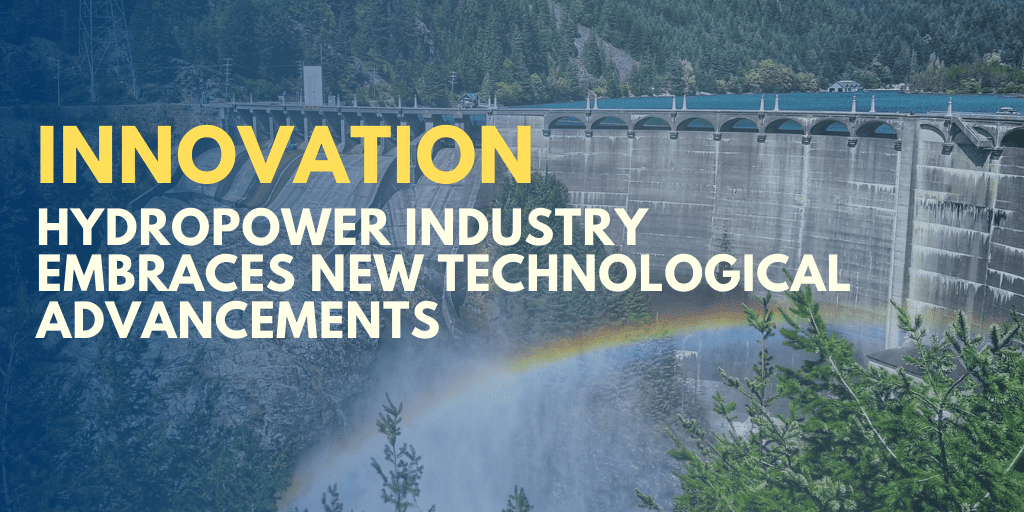

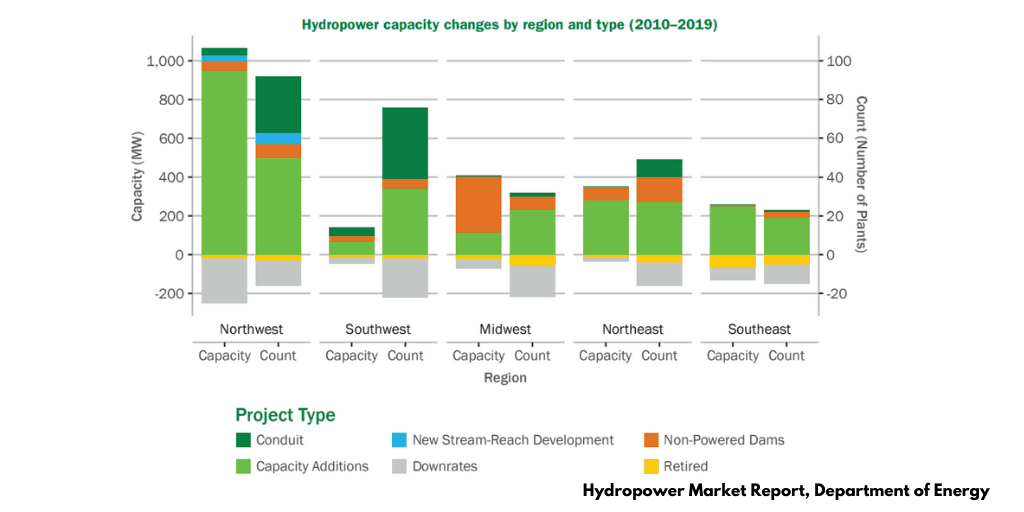


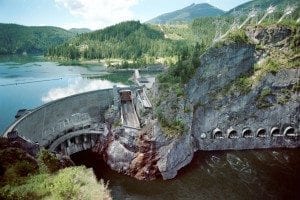 Seattle City Light is undertaking an upgrade of its 1050 MW Boundary Hydroelectric Project on the Pend Oreille River in Washington State, with the assistance of federal Clean Renewable Energy Bonds (CREBs). The investment will allow the public power utility to increase generation, create new jobs, and improve environmental performance.
With $53 million of low-interest bonds, SCL will complete two generator and turbine refurbishments, as well as replace two generator step-up transformers. The end result is expected to add 40 MW of new capacity to the project, enough to provide about 4,000 homes with access to clean, reliable hydropower. Using CREBs will save the utility $24 million of interest payments over the life of the bond – savings that ensure hydropower remains an affordable electricity resource for SCL’s ratepayers.
The economic benefits of the work are not just being felt in Washington State. In addition to the four temporary employees needed at SCL to complete the upgrades, contracts signed resulted in up to 15 contract employees to provide installation services for the generators and transformers. The turbine runners for the upgrade are American-made, manufactured right in Pennsylvania by Weir American Hydro before being shipped on a three week trek across 13 states to Boundary.
The aquatic life of the Pend Oreille River will also enjoy improved habitat as a result of the upgrade. The new turbines will reduce the total dissolved gas in the tailrace waters of the project, improving water quality for fish that call Pend Oreille home, including ESA-listed Bull Trout.
Seattle City Light is just one of the success stories of the CREBs Program; many public utilities are employing CREBs to bring additional hydropower and other renewable energy technologies online. CREBs allow tax-exempt entities to secure financing for projects by allowing them issuing bonds that are financed through tax credits paid out to the bond holder. Since these entities do not qualify for tax incentives like the production tax credit (PTC), CREBs are vital.
Learn more about CREBs and other policies that are
Seattle City Light is undertaking an upgrade of its 1050 MW Boundary Hydroelectric Project on the Pend Oreille River in Washington State, with the assistance of federal Clean Renewable Energy Bonds (CREBs). The investment will allow the public power utility to increase generation, create new jobs, and improve environmental performance.
With $53 million of low-interest bonds, SCL will complete two generator and turbine refurbishments, as well as replace two generator step-up transformers. The end result is expected to add 40 MW of new capacity to the project, enough to provide about 4,000 homes with access to clean, reliable hydropower. Using CREBs will save the utility $24 million of interest payments over the life of the bond – savings that ensure hydropower remains an affordable electricity resource for SCL’s ratepayers.
The economic benefits of the work are not just being felt in Washington State. In addition to the four temporary employees needed at SCL to complete the upgrades, contracts signed resulted in up to 15 contract employees to provide installation services for the generators and transformers. The turbine runners for the upgrade are American-made, manufactured right in Pennsylvania by Weir American Hydro before being shipped on a three week trek across 13 states to Boundary.
The aquatic life of the Pend Oreille River will also enjoy improved habitat as a result of the upgrade. The new turbines will reduce the total dissolved gas in the tailrace waters of the project, improving water quality for fish that call Pend Oreille home, including ESA-listed Bull Trout.
Seattle City Light is just one of the success stories of the CREBs Program; many public utilities are employing CREBs to bring additional hydropower and other renewable energy technologies online. CREBs allow tax-exempt entities to secure financing for projects by allowing them issuing bonds that are financed through tax credits paid out to the bond holder. Since these entities do not qualify for tax incentives like the production tax credit (PTC), CREBs are vital.
Learn more about CREBs and other policies that are 
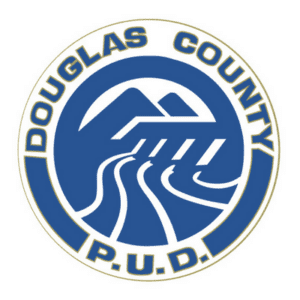
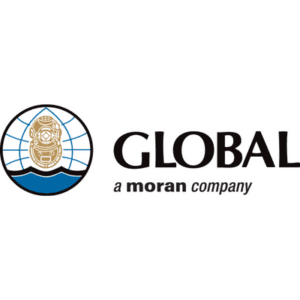


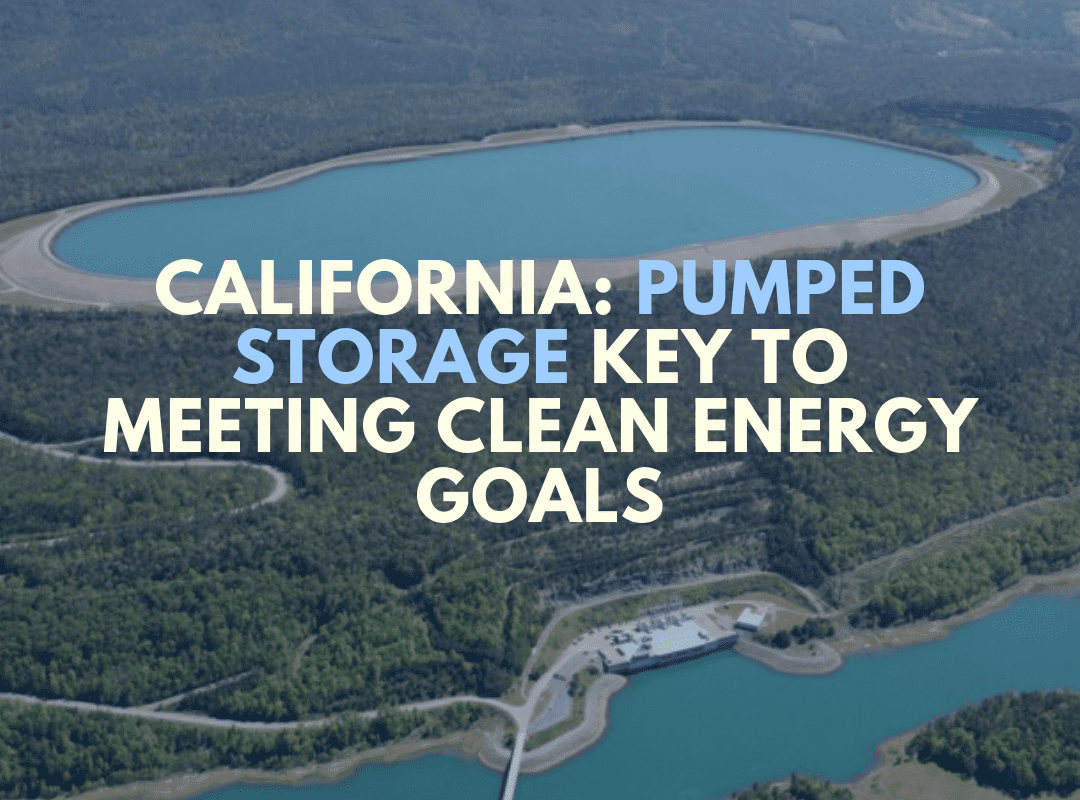
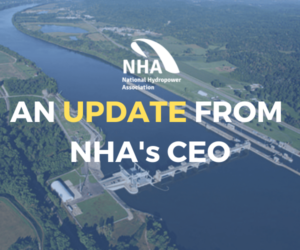

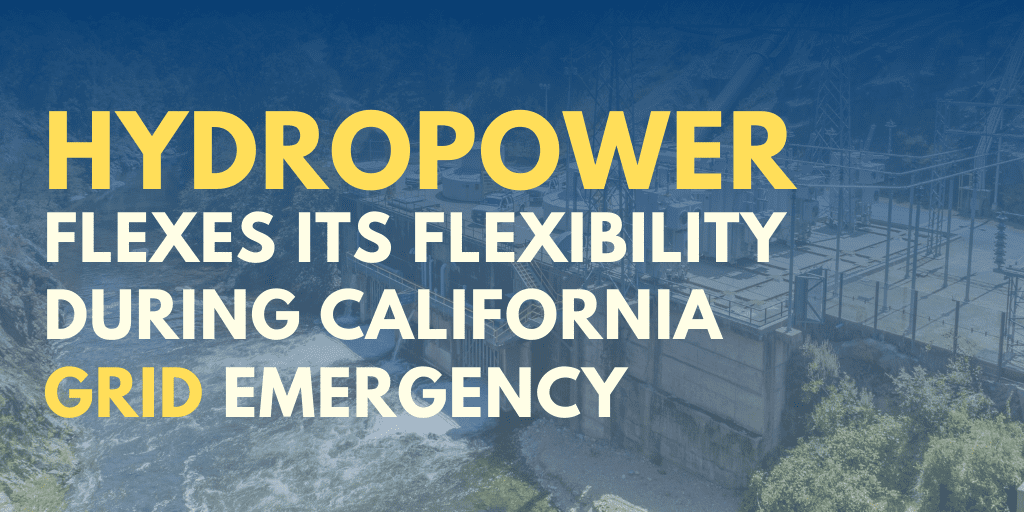
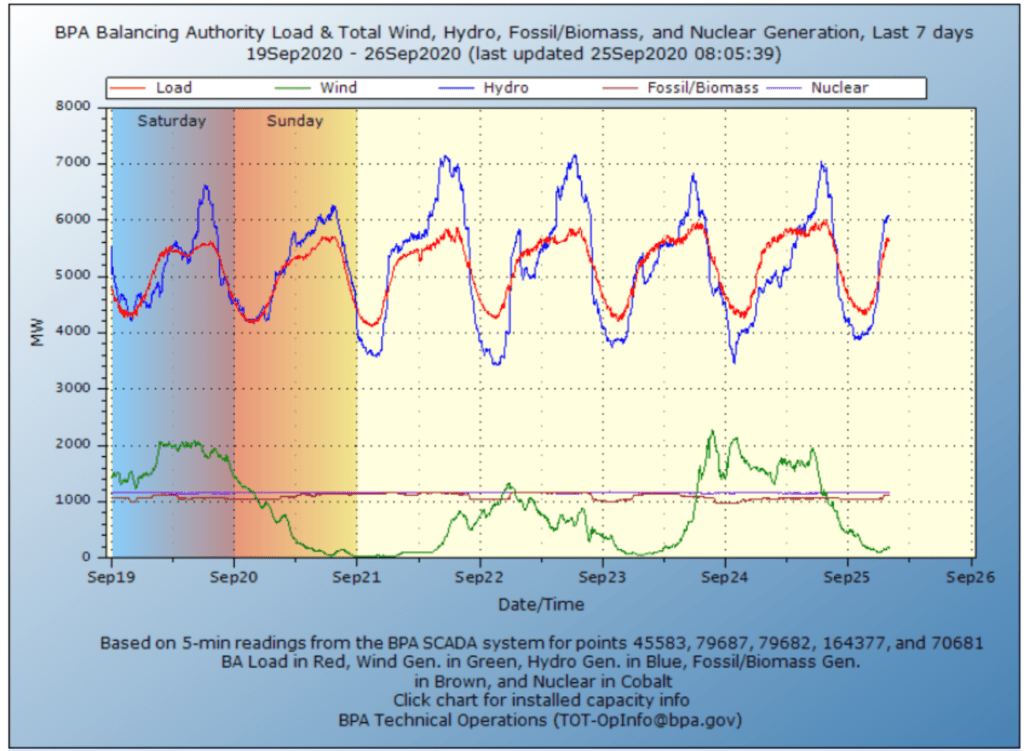
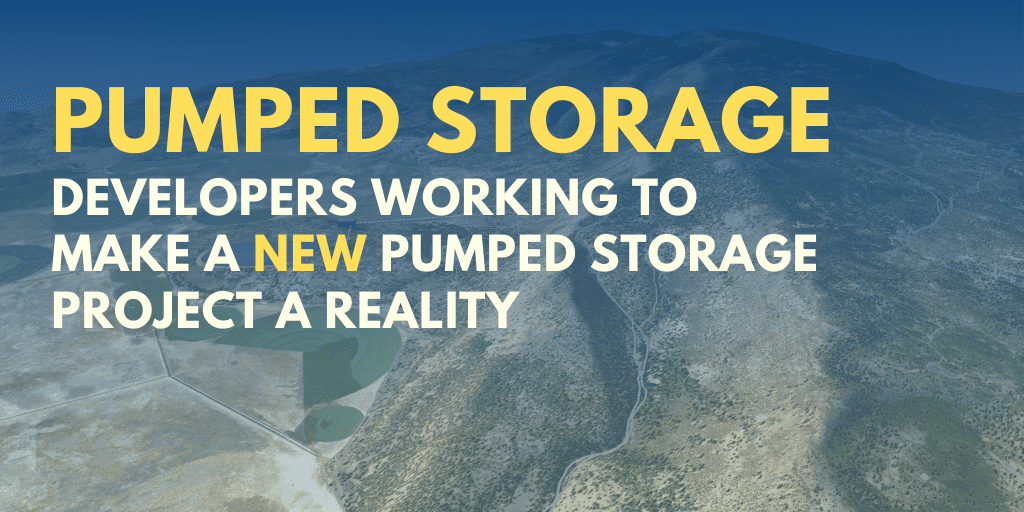
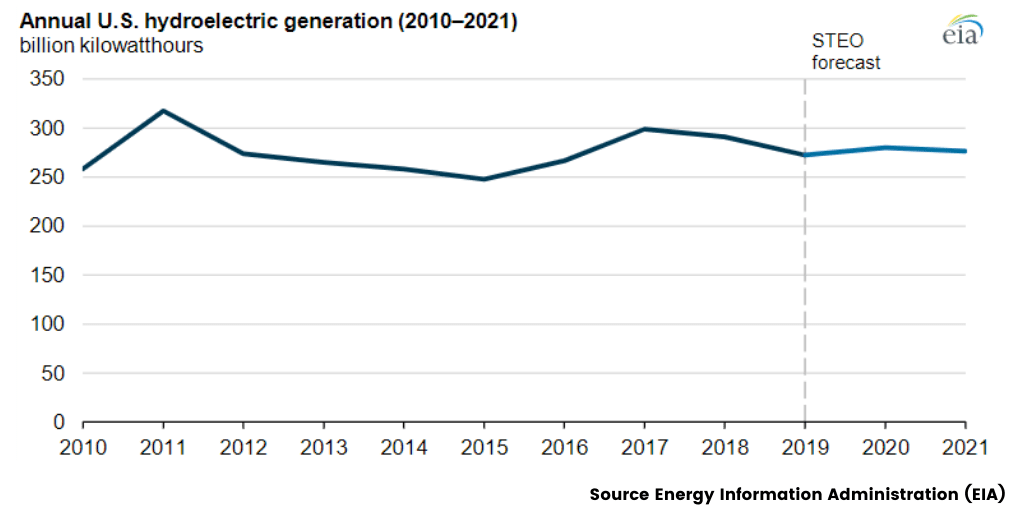
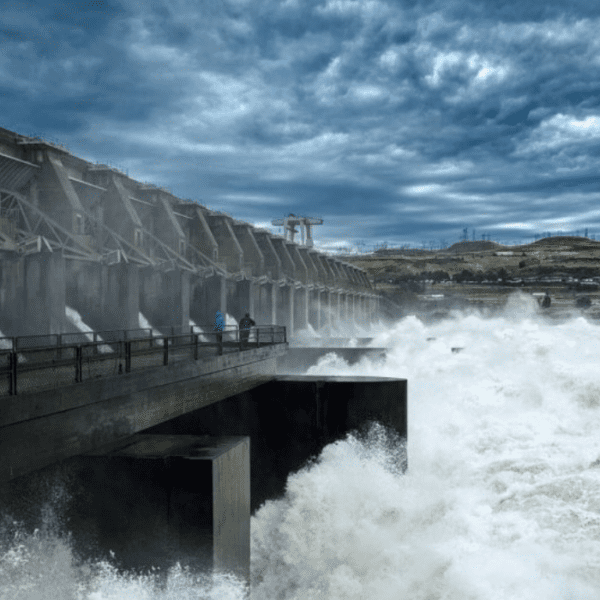
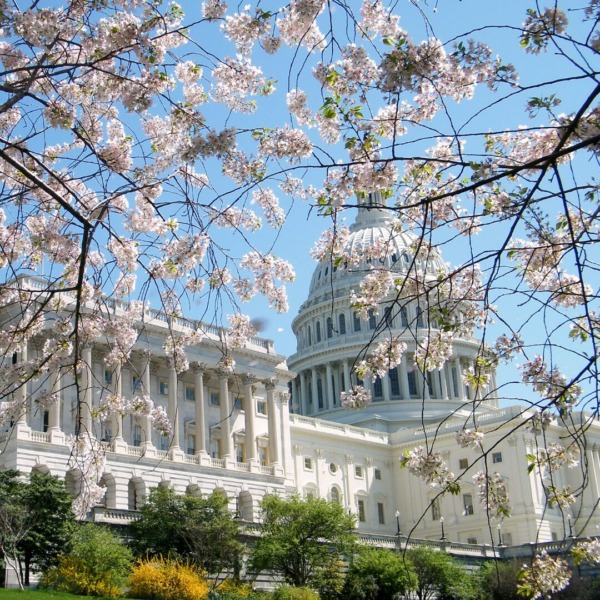








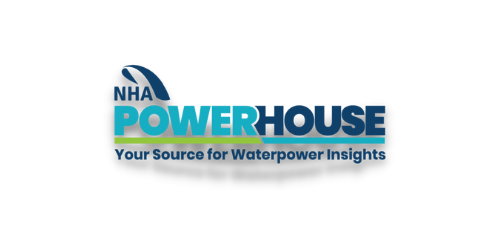
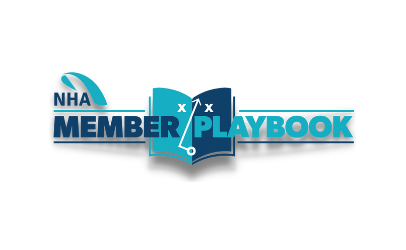

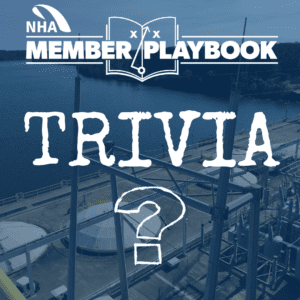
.png)



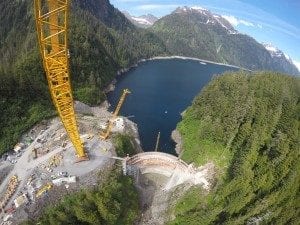


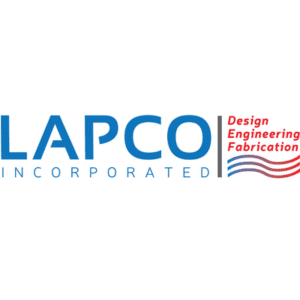
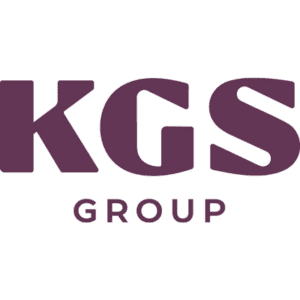

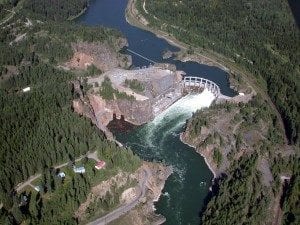 A domestic energy source, hydropower requires only the power of America’s moving waters – rivers, streams and ocean tides – to generate electricity. That means much of the money invested in hydropower stays here in America.
Much of hydropower’s future growth will be focused on facilities and infrastructure already built and in use, which represent
A domestic energy source, hydropower requires only the power of America’s moving waters – rivers, streams and ocean tides – to generate electricity. That means much of the money invested in hydropower stays here in America.
Much of hydropower’s future growth will be focused on facilities and infrastructure already built and in use, which represent 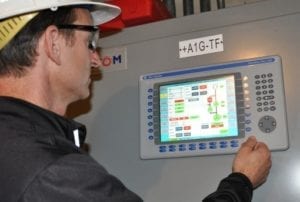 Because hydropower plants are the only major generators that can dispatch power to the grid immediately when all other energy sources are inaccessible, they provide essential back-up power during major electricity disruptions such as the 2003 blackout. An estimated 50 million people living in states from New York to Michigan were affected by the blackout, but hydropower facilities in New York and elsewhere, like the Niagara and St. Lawrence-FDR plants, operated continuously through the blackout and helped to restore power to millions of Americans. This unique operational ability, known as blackstart, means that hydropower facilities can resume operations in isolation without drawing on an outside power source.
Because hydropower plants are the only major generators that can dispatch power to the grid immediately when all other energy sources are inaccessible, they provide essential back-up power during major electricity disruptions such as the 2003 blackout. An estimated 50 million people living in states from New York to Michigan were affected by the blackout, but hydropower facilities in New York and elsewhere, like the Niagara and St. Lawrence-FDR plants, operated continuously through the blackout and helped to restore power to millions of Americans. This unique operational ability, known as blackstart, means that hydropower facilities can resume operations in isolation without drawing on an outside power source.
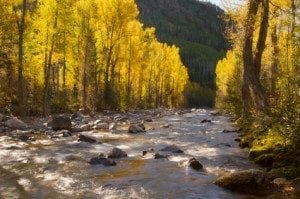 Hydropower generation benefits consumers through lower electricity costs. States that get the majority of their electricity from hydropower like Idaho, Washington, and Oregon on average have energy bills that are lower than the rest of the country. Relying only on the power of moving water, hydro prices don’t depend on unpredictable changes in fuel costs.
Hydropower offers the lowest levelized cost of electricity across all major fossil fuel and renewable energy sources, and costs even less than energy efficiency options, according to a recent study from Navigant Consulting and the American Council on Renewable Energy (ACORE).
Hydropower generation benefits consumers through lower electricity costs. States that get the majority of their electricity from hydropower like Idaho, Washington, and Oregon on average have energy bills that are lower than the rest of the country. Relying only on the power of moving water, hydro prices don’t depend on unpredictable changes in fuel costs.
Hydropower offers the lowest levelized cost of electricity across all major fossil fuel and renewable energy sources, and costs even less than energy efficiency options, according to a recent study from Navigant Consulting and the American Council on Renewable Energy (ACORE).
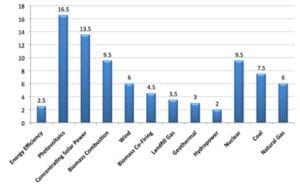
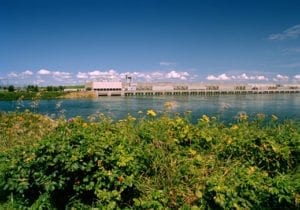
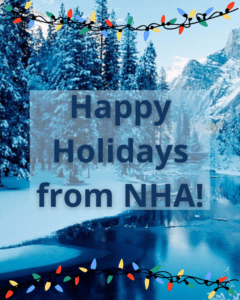
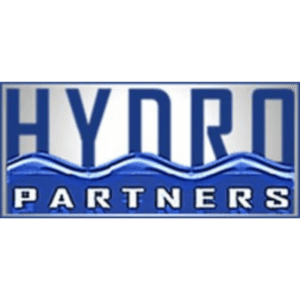
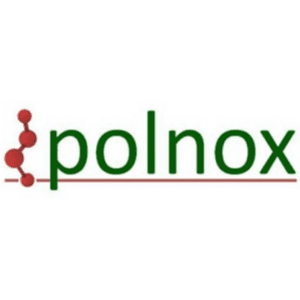
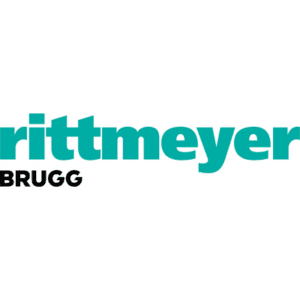


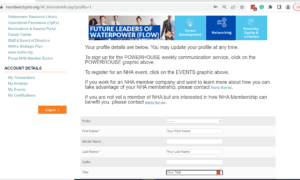

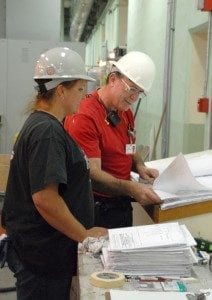 The U.S. hydropower industry currently employs up to 300,000 workers, from project development to manufacturing to facilities operations and maintenance.
With the right policies in place, hydropower can expand its American workforce. A recent study from Navigant Consulting found that 1.4 million cumulative jobs could be created by hydropower by 2025 when policies such as a renewable electricity standard are deployed.
The U.S. hydropower industry currently employs up to 300,000 workers, from project development to manufacturing to facilities operations and maintenance.
With the right policies in place, hydropower can expand its American workforce. A recent study from Navigant Consulting found that 1.4 million cumulative jobs could be created by hydropower by 2025 when policies such as a renewable electricity standard are deployed.
 When developing technologies like wave, ocean current and tidal in-stream energy conversion are taken into account, hydropower’s potential is even larger. Technical capacity from wave power alone is estimated at a massive 90GW, and under a 25pc RES, approximately 14GW of ocean power capacity is realizable from the three technology types together.
To put this in perspective, in 2011, the Energy Information Administration estimates that total electric generating capacity for the country as a whole totaled approximately 1,051GW.
All of this means that by capitalizing on its huge potential for sustainable growth, the hydropower industry can add jobs along the supply chain, from manufacturers to construction workers to plant operations and maintenance.
When developing technologies like wave, ocean current and tidal in-stream energy conversion are taken into account, hydropower’s potential is even larger. Technical capacity from wave power alone is estimated at a massive 90GW, and under a 25pc RES, approximately 14GW of ocean power capacity is realizable from the three technology types together.
To put this in perspective, in 2011, the Energy Information Administration estimates that total electric generating capacity for the country as a whole totaled approximately 1,051GW.
All of this means that by capitalizing on its huge potential for sustainable growth, the hydropower industry can add jobs along the supply chain, from manufacturers to construction workers to plant operations and maintenance.


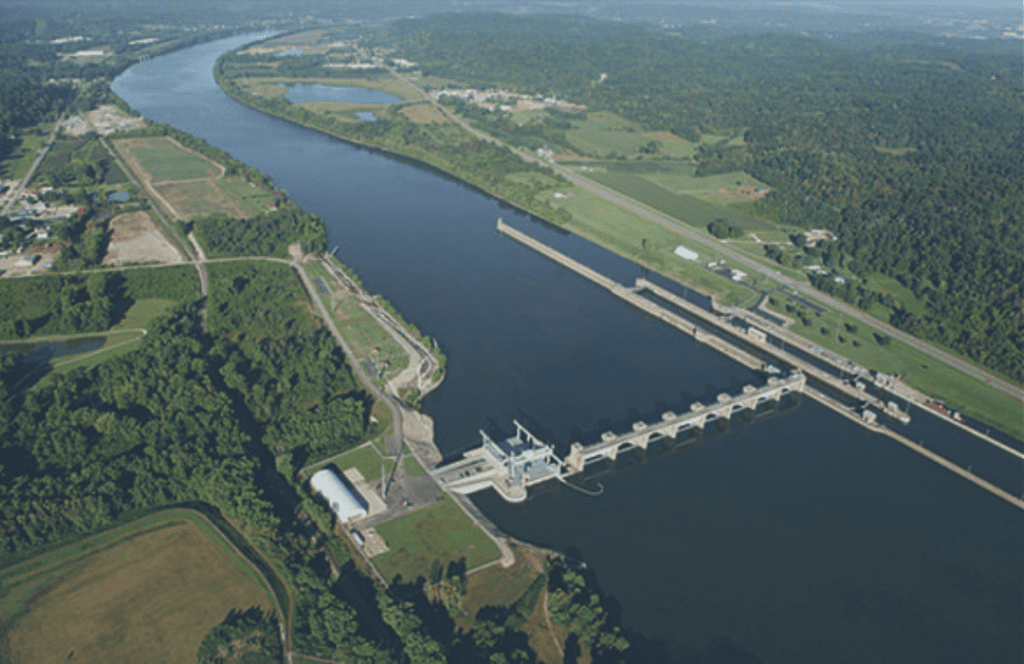
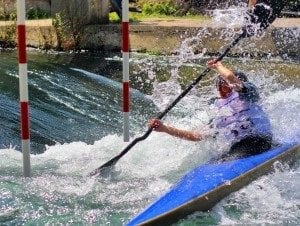 Swimming, boating, fishing, camping, skiing, and hiking are just some of the recreational activities that take place year-round and across the country at sites developed and supported by the hydropower industry. Dam operators work with local communities to allow for recreational access. For example, dam operators can schedule water releases so that whitewater rafters can hone their skills on tailwaters – fast moving water located immediately downstream from the dam. In just one of many examples, utility PacifiCorp operates 15 recreational facilities along the Lewis River below the Merwin Dam in Washington State. Along the river and shores of three reservoirs, the utility offers the public 304 campsites in four campgrounds, 270 picnic sites and nine boat launch locations.
Swimming, boating, fishing, camping, skiing, and hiking are just some of the recreational activities that take place year-round and across the country at sites developed and supported by the hydropower industry. Dam operators work with local communities to allow for recreational access. For example, dam operators can schedule water releases so that whitewater rafters can hone their skills on tailwaters – fast moving water located immediately downstream from the dam. In just one of many examples, utility PacifiCorp operates 15 recreational facilities along the Lewis River below the Merwin Dam in Washington State. Along the river and shores of three reservoirs, the utility offers the public 304 campsites in four campgrounds, 270 picnic sites and nine boat launch locations.
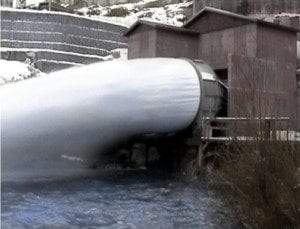 The Federal Energy Regulatory Commission (FERC) is responsible for overseeing the safety of non-federal dams and performs routine inspections to ensure compliance. Dam safety is also ensured through a partnership of states, federal agencies and other stakeholders known as the National Dam Safety Program. Headed by the Federal Emergency Management System, the program provides training for dam safety staff and inspectors, issues grants to state dam safety programs and conducts safety research.
The Federal Energy Regulatory Commission (FERC) is responsible for overseeing the safety of non-federal dams and performs routine inspections to ensure compliance. Dam safety is also ensured through a partnership of states, federal agencies and other stakeholders known as the National Dam Safety Program. Headed by the Federal Emergency Management System, the program provides training for dam safety staff and inspectors, issues grants to state dam safety programs and conducts safety research.
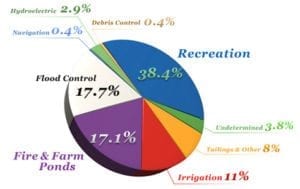 The USACE describes the dam system: “The principal objective of the dam and reservoir is to protect downstream communities. It is part of a network of five flood control dams in the Merrimack River Basin. These dams work together to control flood waters during heavy rains and storms until rivers begin to drop and the stored water can be slowly and safely released. Located approximately 8.6 miles above the confluence of the Blackwater and Contoocook Rivers, Blackwater Dam helps protect cities and towns from Concord, Manchester, and Nashua, New Hampshire to Lowell, Lawrence, and Haverhill, Massachusetts. Blackwater Dam was completed in 1941 at a cost of $1.32 million and has already prevented $15.3 million in damages. The reservoir has a storage capacity of 15 billion gallons of water. To date, record high water occurred during the flood of April 1987.The reservoir was filled to 93% capacity with a water level of 564.1 mean sea level (msl). The normal level is 518 msl.”
The USACE describes the dam system: “The principal objective of the dam and reservoir is to protect downstream communities. It is part of a network of five flood control dams in the Merrimack River Basin. These dams work together to control flood waters during heavy rains and storms until rivers begin to drop and the stored water can be slowly and safely released. Located approximately 8.6 miles above the confluence of the Blackwater and Contoocook Rivers, Blackwater Dam helps protect cities and towns from Concord, Manchester, and Nashua, New Hampshire to Lowell, Lawrence, and Haverhill, Massachusetts. Blackwater Dam was completed in 1941 at a cost of $1.32 million and has already prevented $15.3 million in damages. The reservoir has a storage capacity of 15 billion gallons of water. To date, record high water occurred during the flood of April 1987.The reservoir was filled to 93% capacity with a water level of 564.1 mean sea level (msl). The normal level is 518 msl.”


 Dr. Michael Atkinson for being selected for NC Renewable Ocean Energy Program’s Edge Award
Dr. Michael Atkinson for being selected for NC Renewable Ocean Energy Program’s Edge Award
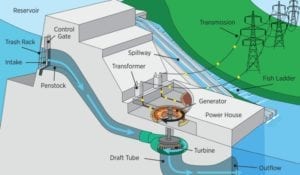 It’s widely known that hydropower is clean and renewable. But it’s value to the grid too often goes unnoticed. Here are a few ways hydropower benefits America’s electrical grid:
It’s widely known that hydropower is clean and renewable. But it’s value to the grid too often goes unnoticed. Here are a few ways hydropower benefits America’s electrical grid:

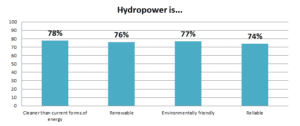
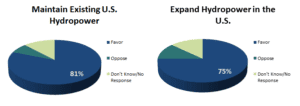
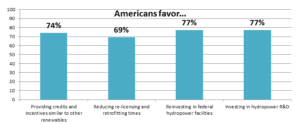


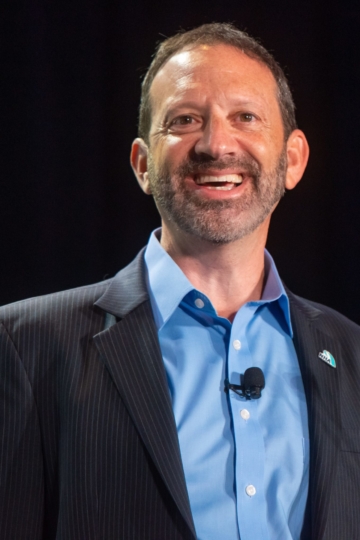


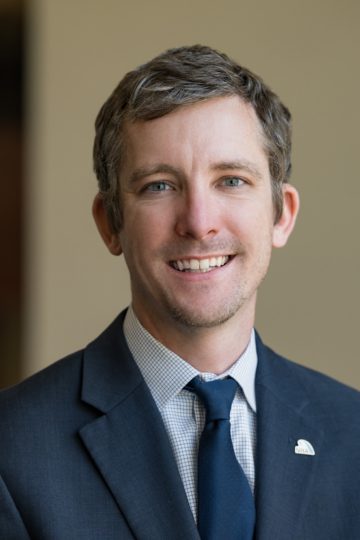
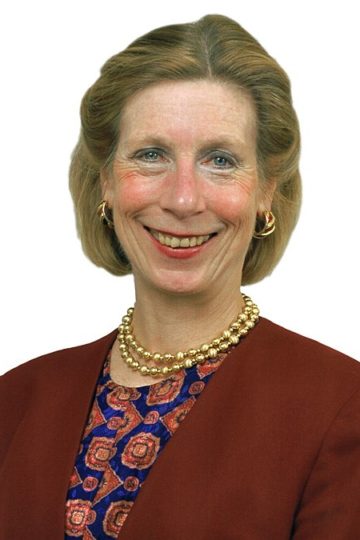
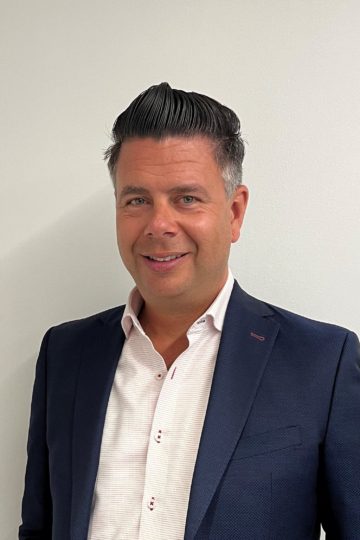



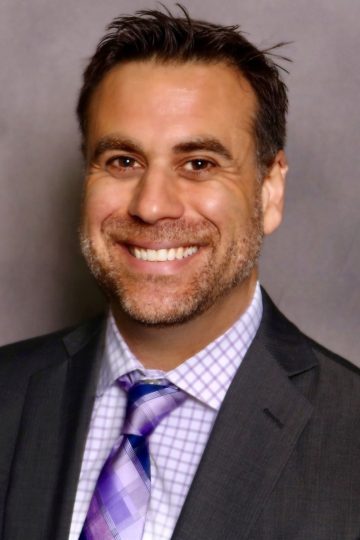


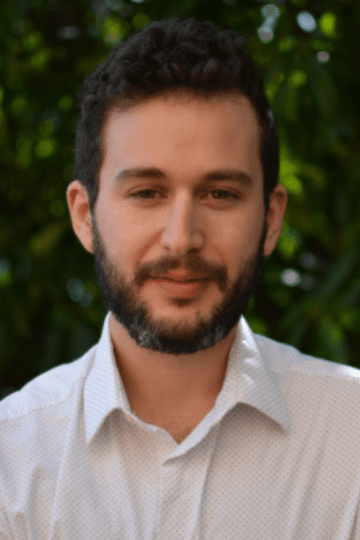


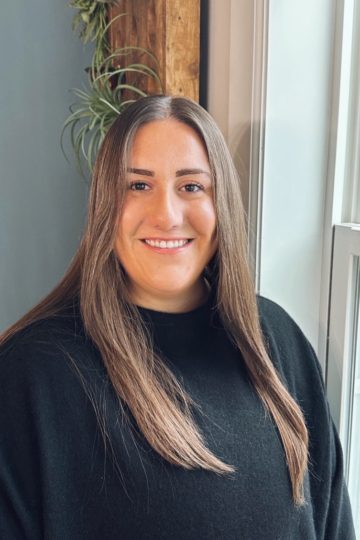


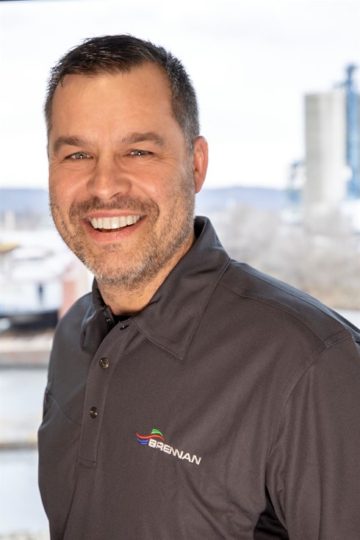

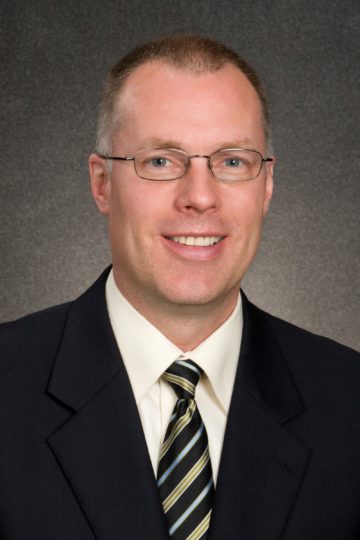
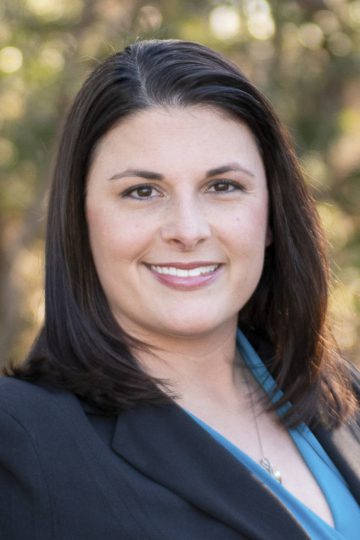



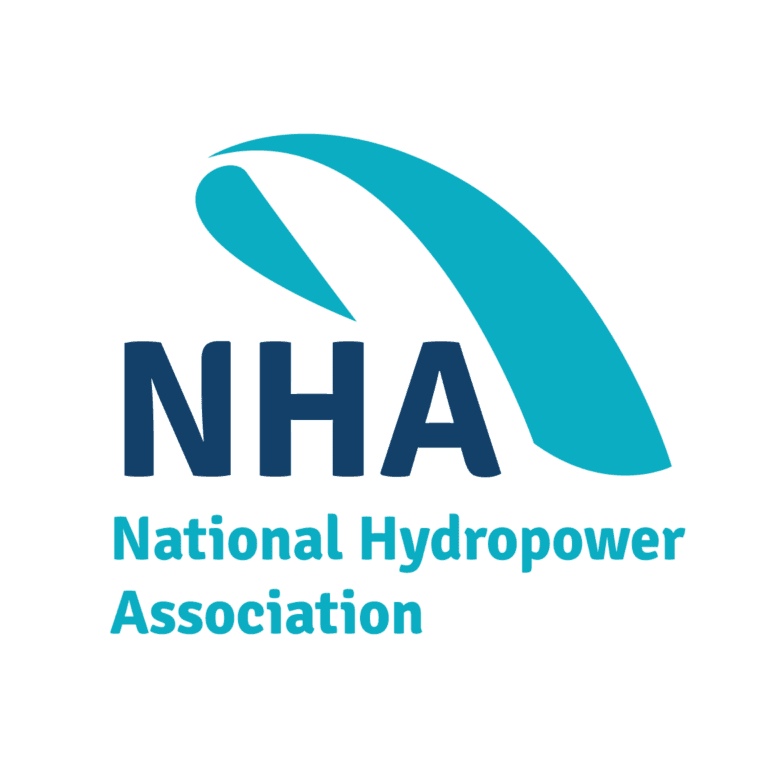

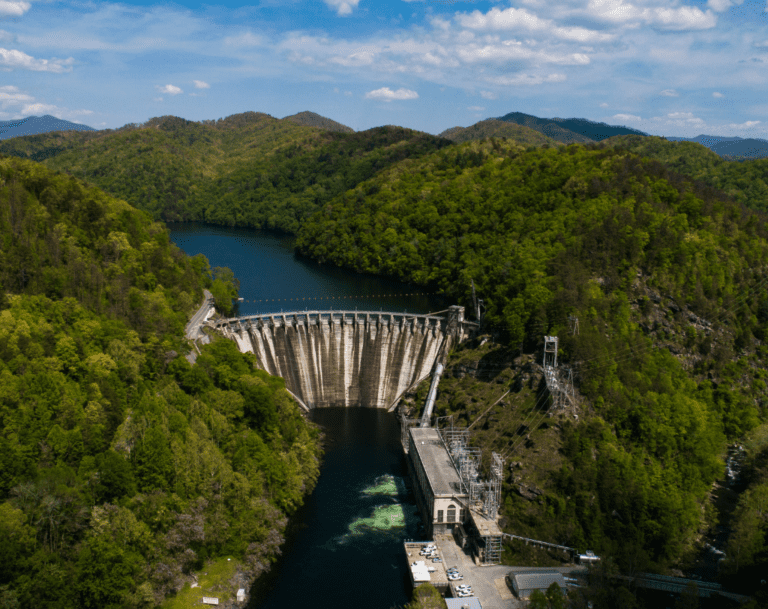



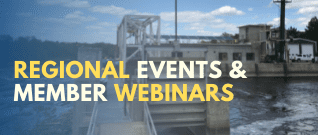





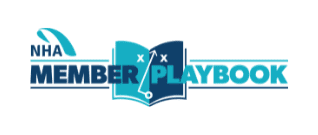
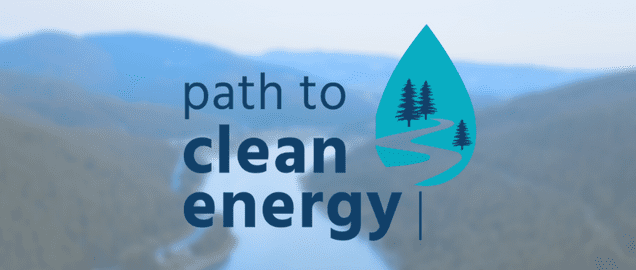
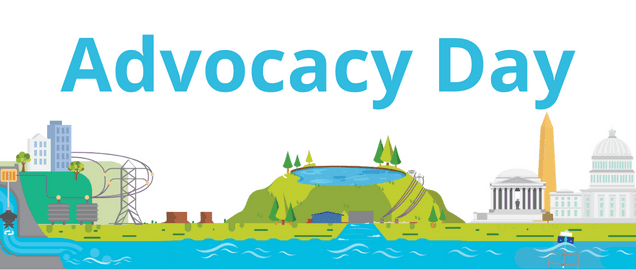
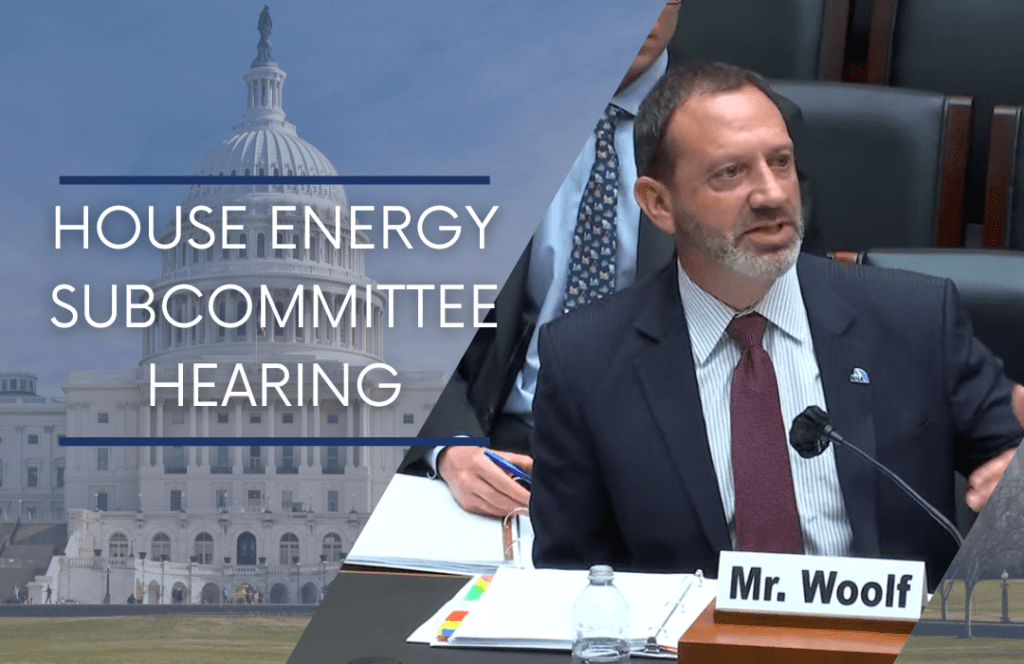
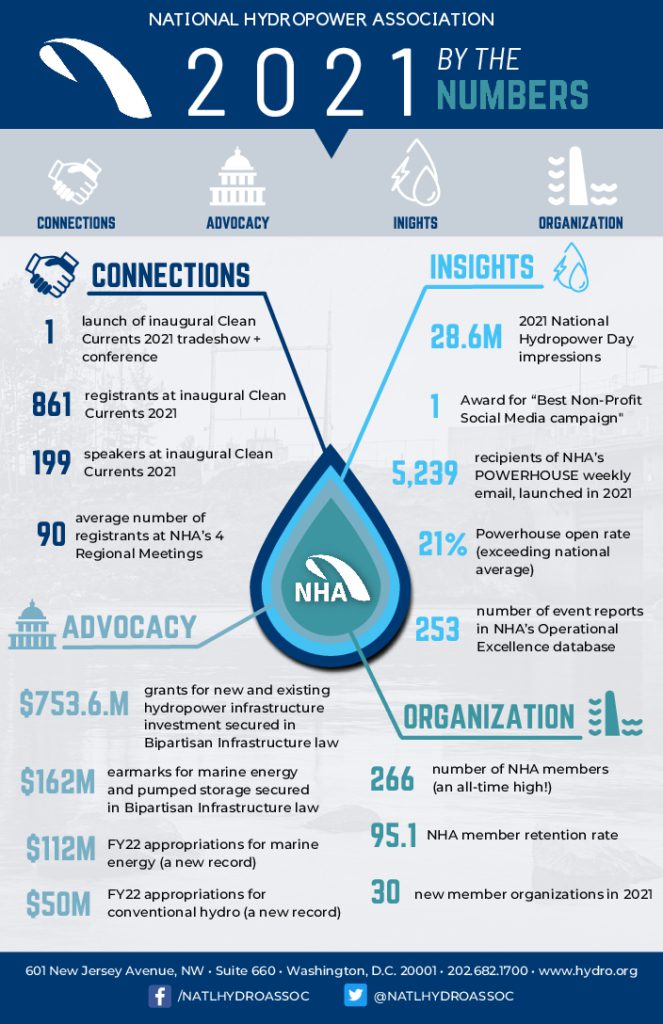
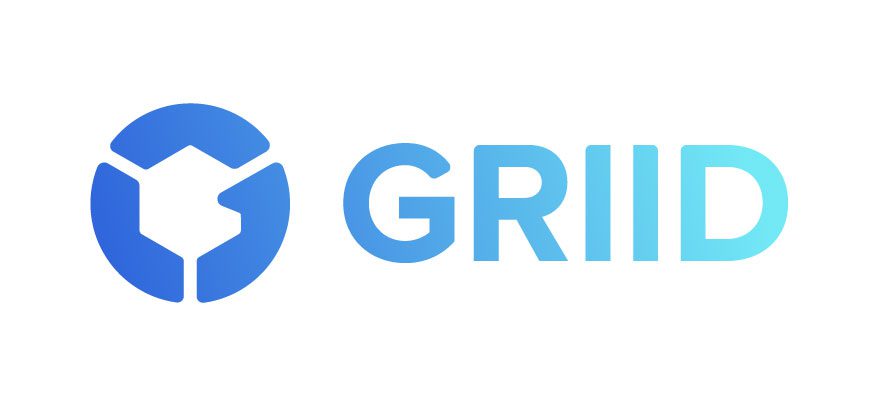







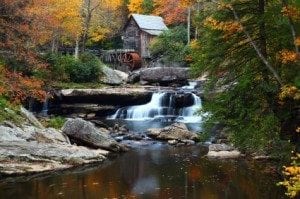 Hydropower has been used in the U.S. since the late 1800’s and the origins of the technology reach back thousands of years. Ancient cultures from the Greeks to Imperial Rome to China used water-powered mills for essential activities like grinding wheat.
The precursor to the modern hydro turbine was developed in the mid-18th century. One hundred years later, inventors were steadily improving the efficiency of these technologies. In 1849, an engineer named James Francis developed the Francis Turbine, the type of turbine that is most widely used today.
Hydropower has been used in the U.S. since the late 1800’s and the origins of the technology reach back thousands of years. Ancient cultures from the Greeks to Imperial Rome to China used water-powered mills for essential activities like grinding wheat.
The precursor to the modern hydro turbine was developed in the mid-18th century. One hundred years later, inventors were steadily improving the efficiency of these technologies. In 1849, an engineer named James Francis developed the Francis Turbine, the type of turbine that is most widely used today.
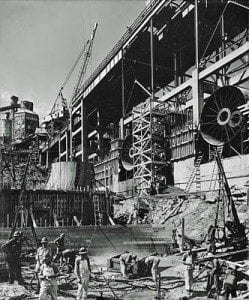 1937: The Hoover Dam begins to generate power on the Colorado River.
1941-1945: Bureau of Reclamation dams ramped up power output to support America’s efforts in World War II, producing enough electricity to make 69,000 airplanes and 5,000 ships and tanks during a five-year period.
1980: Conventional hydropower capacity is nearly triple compared with 1920 level.
Today: A vast expansion of hydropower’s potential is possible through new technologies for conventional, pumped storage and marine and hydrokinetic projects, modernizing existing hydropower facilities and adding generation to existing non-powered dams.
Source: DOE
1937: The Hoover Dam begins to generate power on the Colorado River.
1941-1945: Bureau of Reclamation dams ramped up power output to support America’s efforts in World War II, producing enough electricity to make 69,000 airplanes and 5,000 ships and tanks during a five-year period.
1980: Conventional hydropower capacity is nearly triple compared with 1920 level.
Today: A vast expansion of hydropower’s potential is possible through new technologies for conventional, pumped storage and marine and hydrokinetic projects, modernizing existing hydropower facilities and adding generation to existing non-powered dams.
Source: DOE










